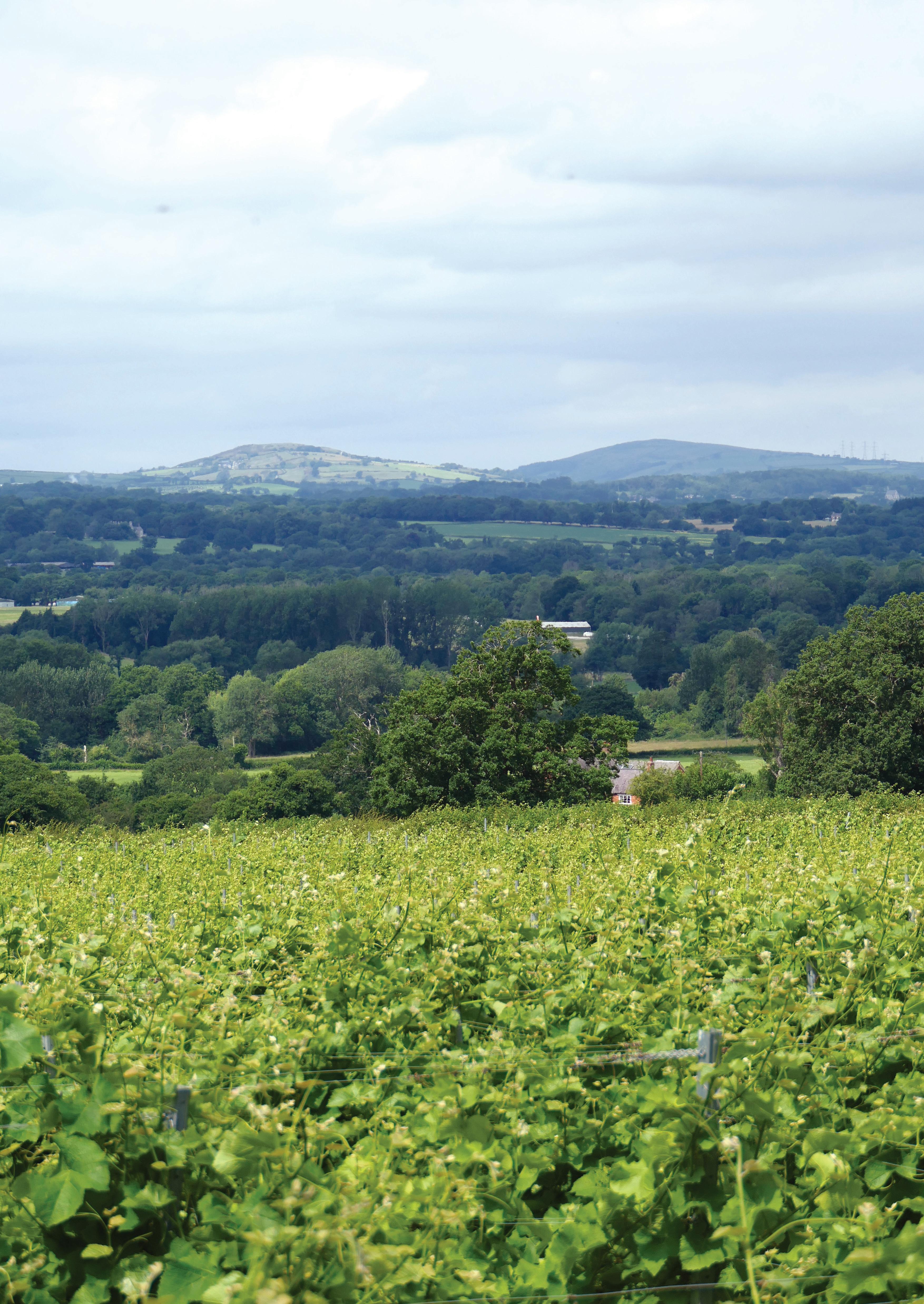

Welsh wonder
Gwinllan y Dyffryn literally translates to The Vale Vineyard, a place of stunning beauty in North Wales.
INSIDE
Vision and ambition at Itasca Wines
Bacchus – a signature grape
Last chance to order three spectacular wines
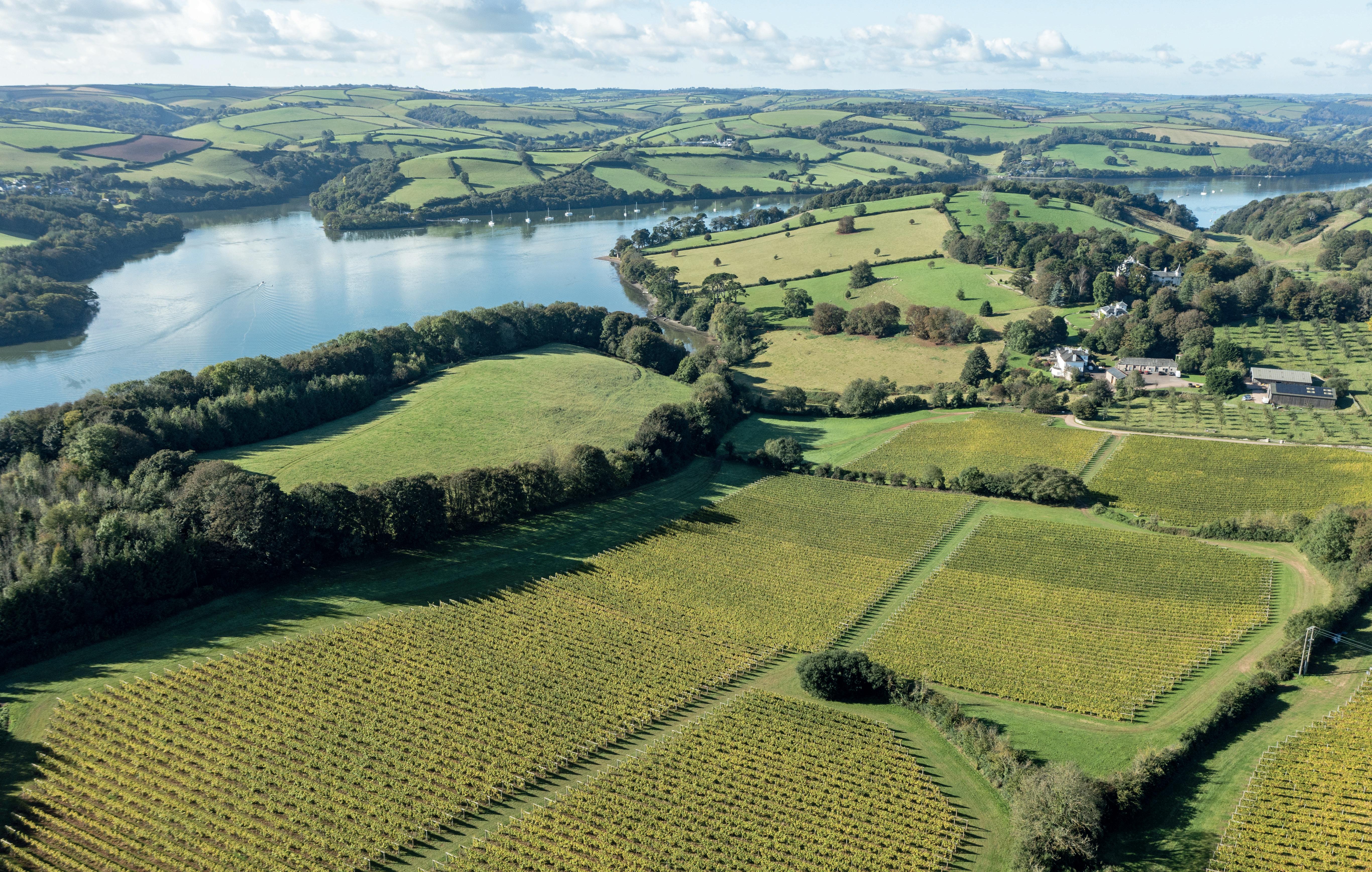



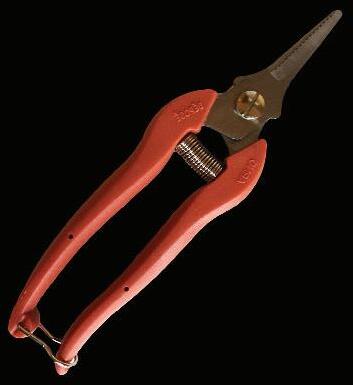

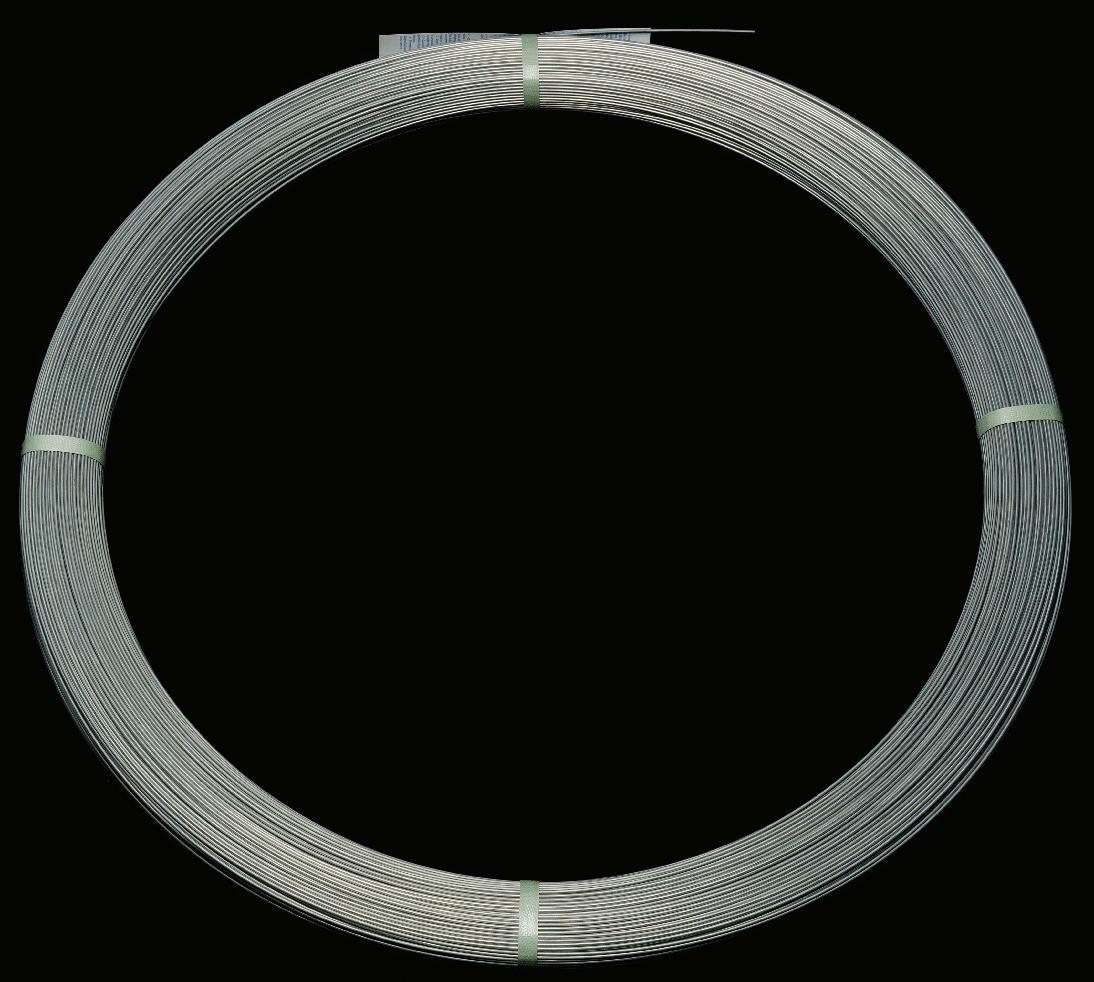
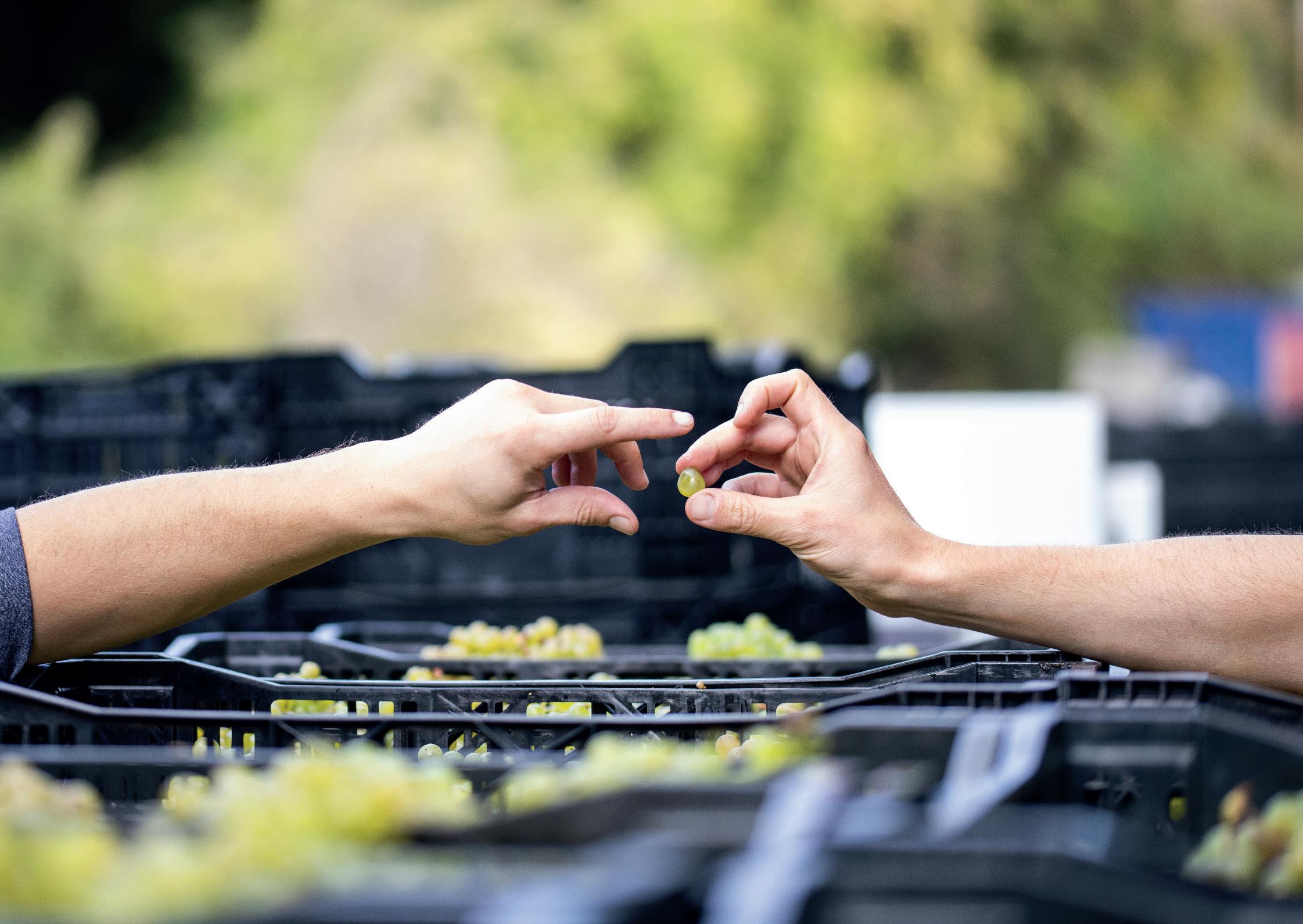
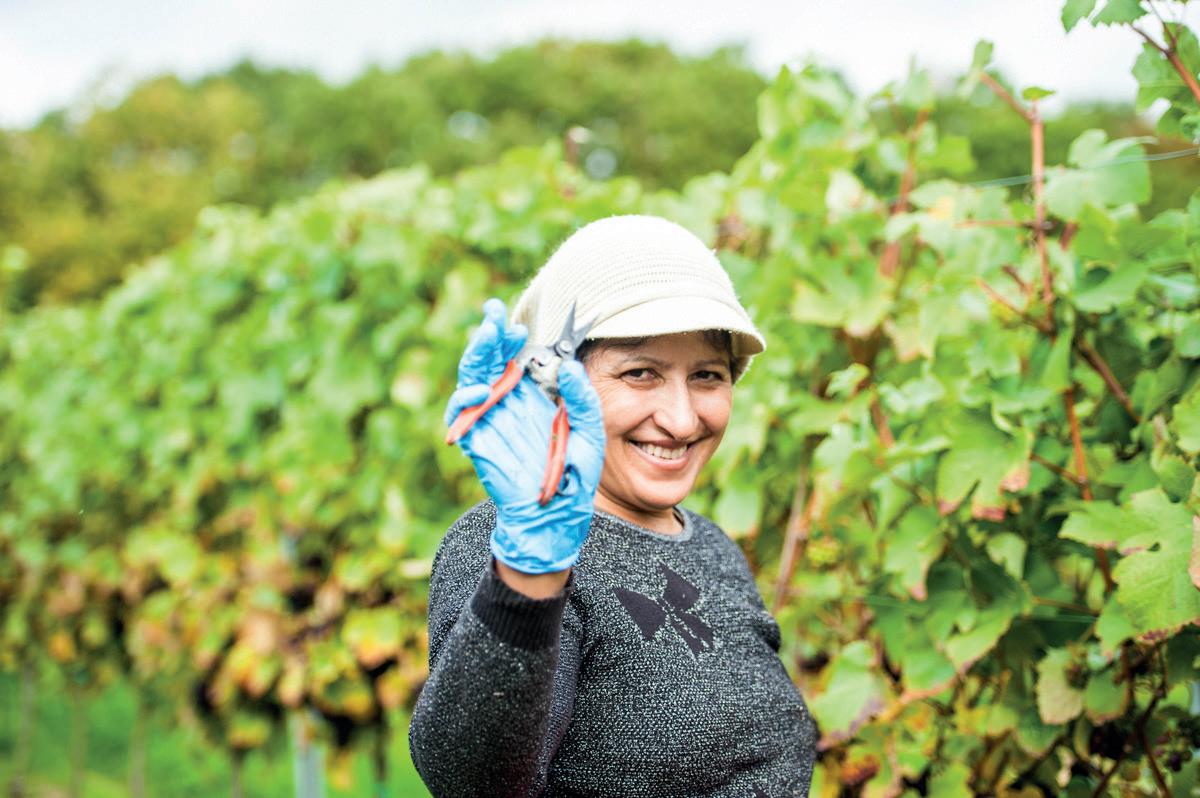


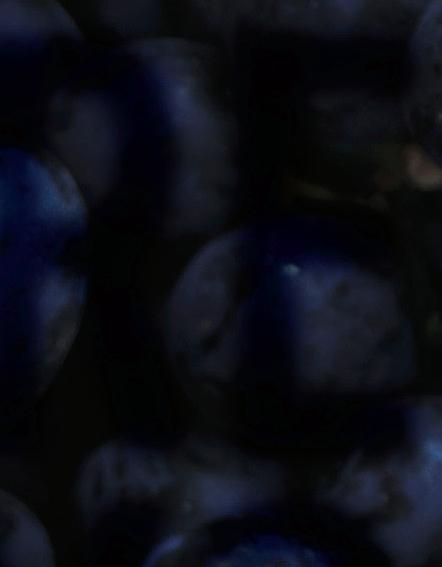


Letina tanks available from stock at Core Equipment
Worried about running out of tank capacity this year?
To take the stress out of buying tanks for this harvest, Core have secured a significant quantity of both fixed and variable capacity
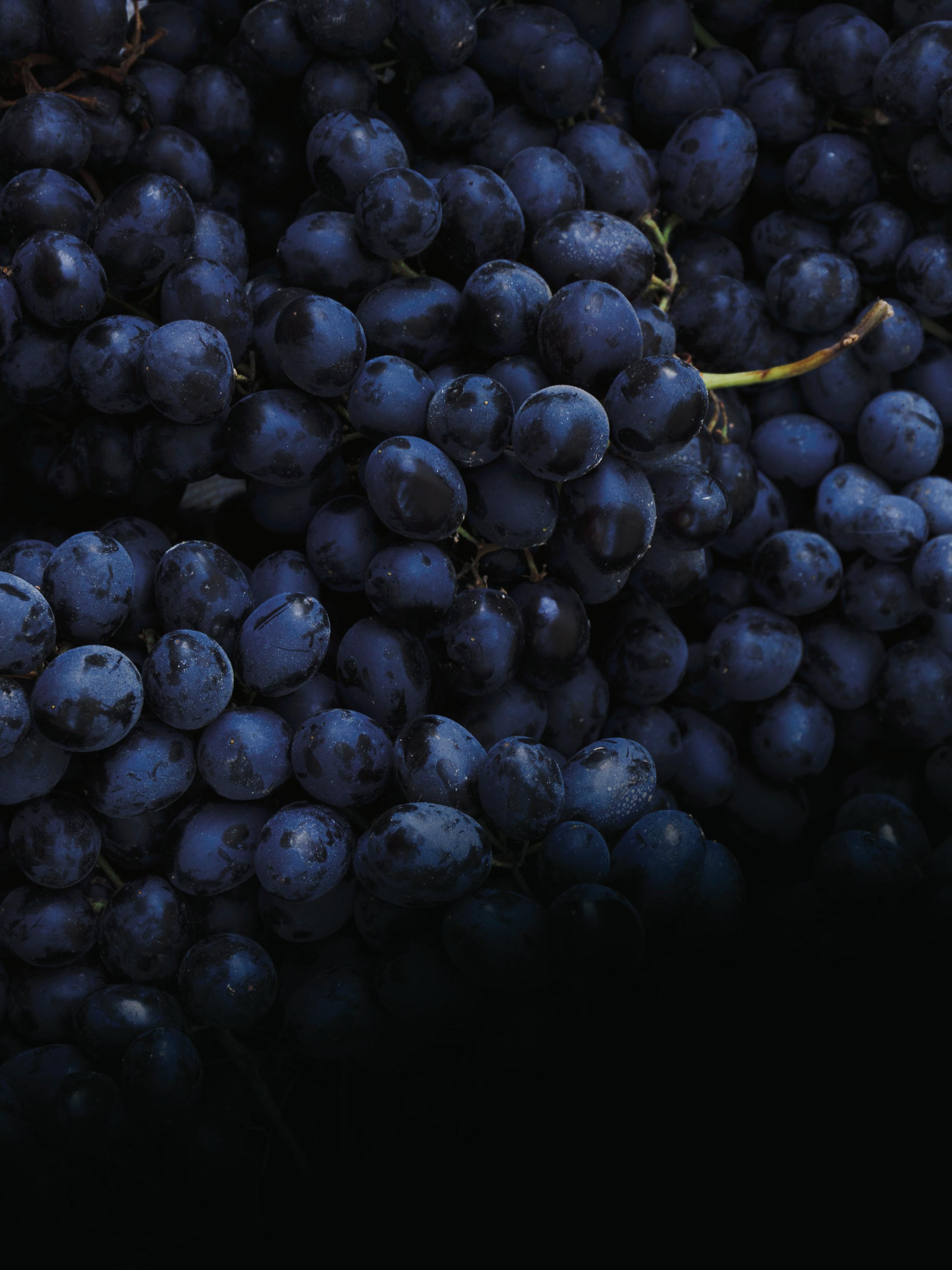


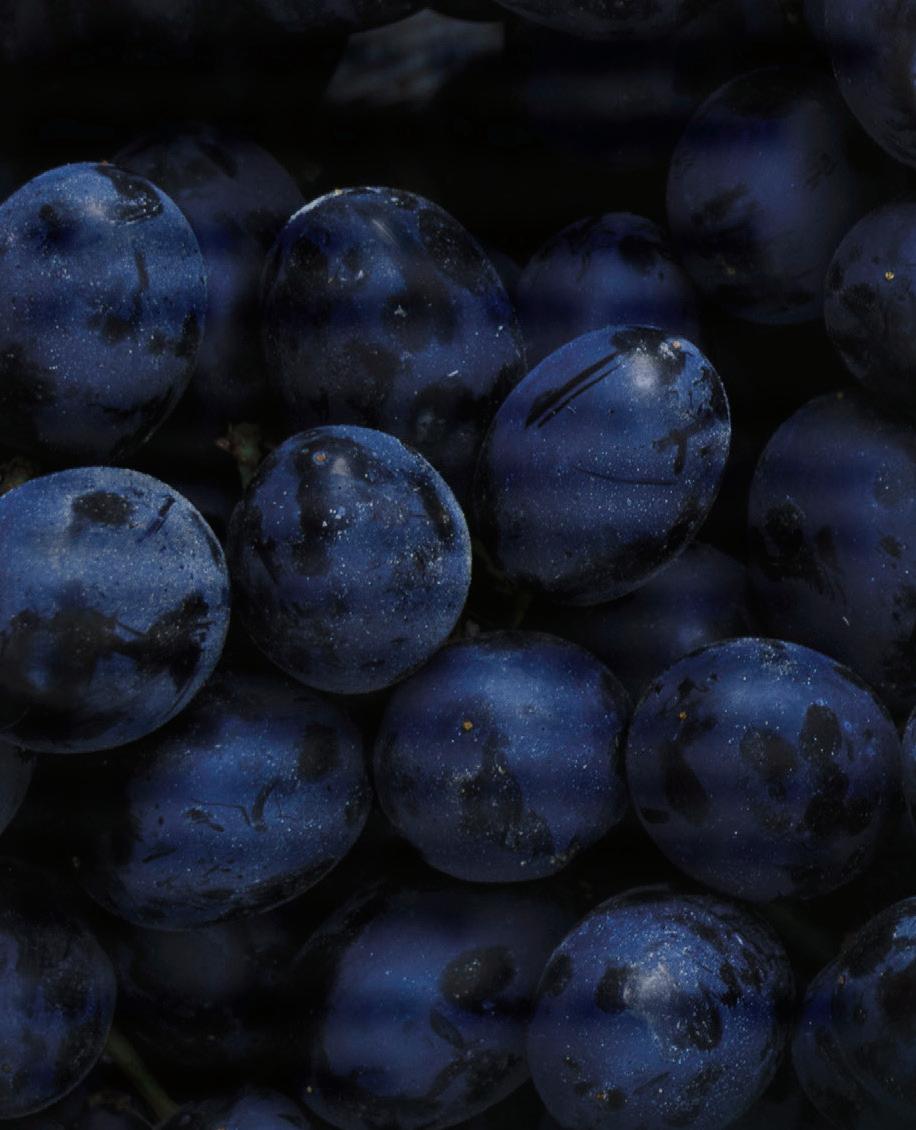
Letina tanks from 1,000 litres through to 20,000 litres. As Letina’s largest European distributor and exclusive UK distributor, our close relationship with the Letina factory has enabled us to secure additional stock for delivery this spring.
Contact the Core sales department to secure yours.
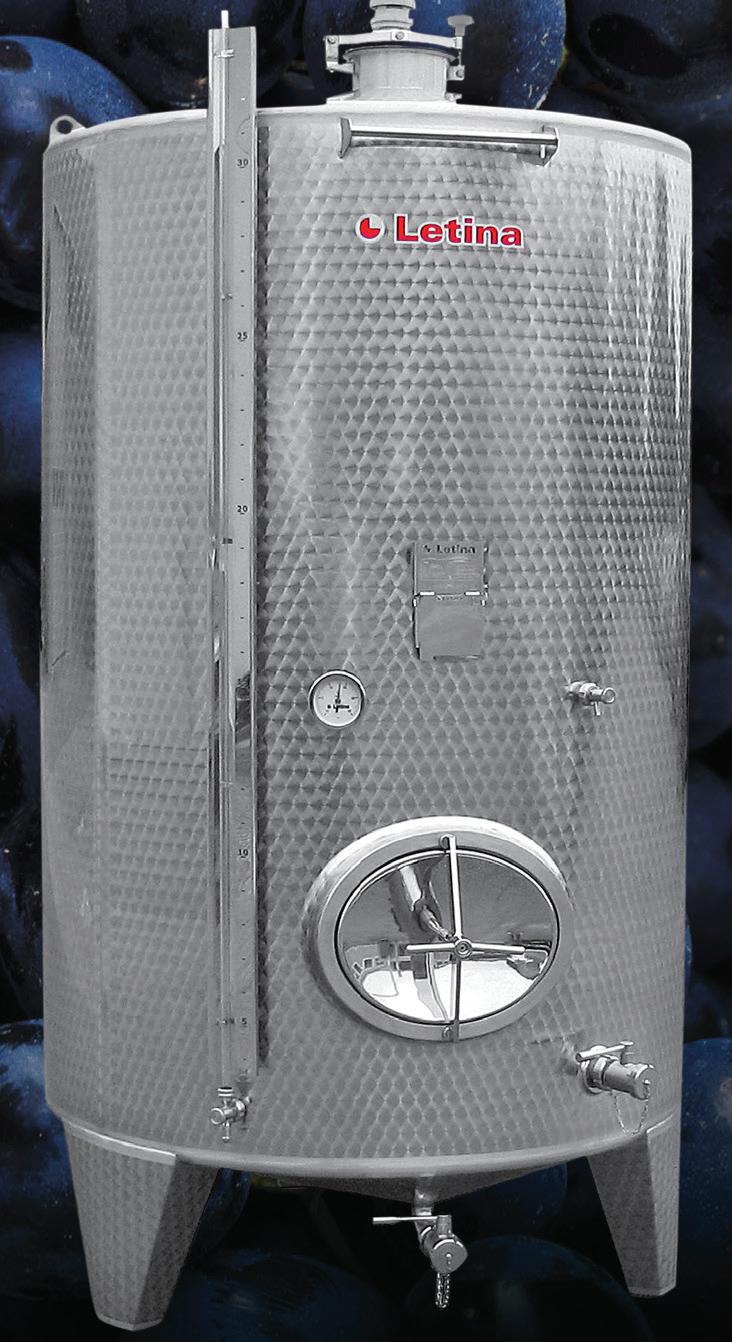
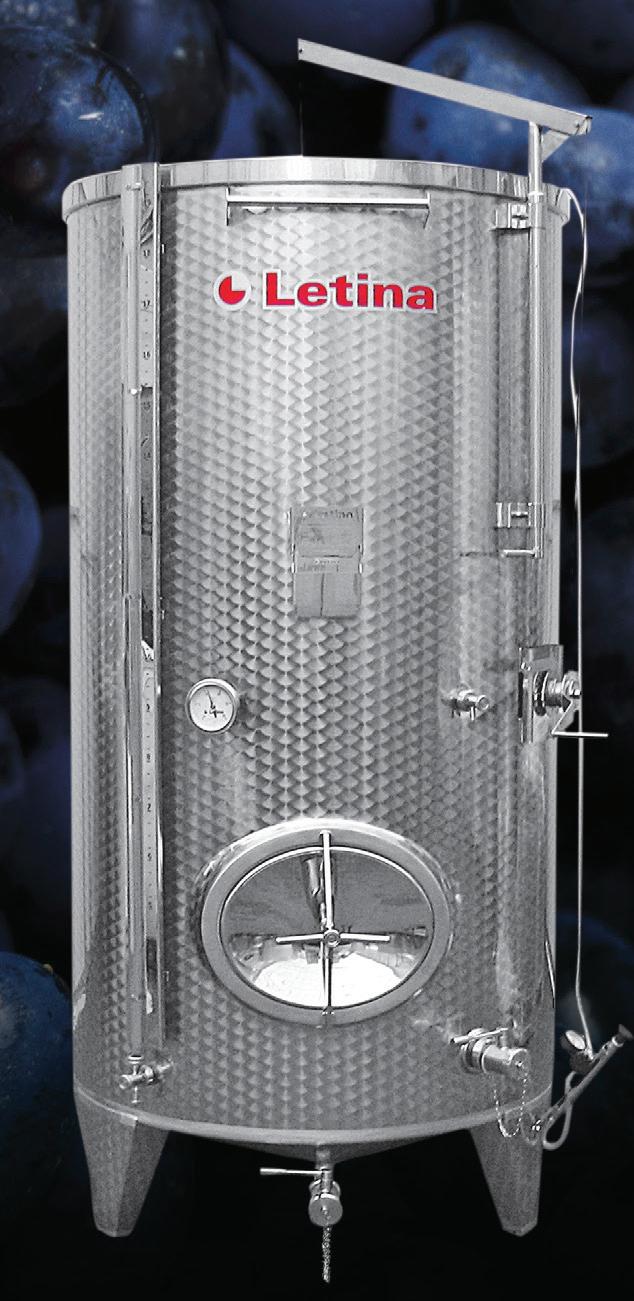
www.vineyardmagazine.co.uk
VINEYARD
Kelsey Media, The Granary, Downs Court Yalding Hill, Yalding, Maidstone, Kent, ME18 6AL 01959 541444
EDITORIAL
Editor: Rebecca Farmer vineyard.ed@kelsey.co.uk
Features: Malcolm Triggs
GRAPHIC DESIGN
Jo Legg Flair Creative Design jo.legg@flair-design.co.uk
ADVERTISING & MARKETING
Jamie McGrorty 01303 233883 jamie.mcgrorty@kelsey.co.uk
PHOTOGRAPHER
Martin Apps www.countrywidephotographic.co.uk
MANAGEMENT
]CHIEF EXECUTIVE OFFICER: Steve Kendall
DIVISIONAL MANAGING DIRECTOR: Fiona Mercer
PUBLISHER: Jamie McGrorty
RETAIL DIRECTOR: Steve Brown
SUBSCRIPTION MARKETING MANAGER: Claire Aspinall
PRINT PRODUCTION MANAGER: Kelly Orriss
DISTRIBUTION
Distribution in Great Britain: Seymour Distribution Limited 2 East Poultry Avenue, London EC1A 9PT Tel: 020 7429 4000 www.seymour.co.uk
Distribution in Northern Ireland and the Republic of Ireland: Newspread Tel: +353 23 886 3850
Kelsey Media 2025 © all rights reserved. Kelsey Media is a trading name of Kelsey Publishing Ltd. Reproduction in whole or in part is forbidden except with permission in writing from the publishers. Note to contributors: articles submitted for consideration by the editor must be the original work of the author and not previously published. Where photographs are included, which are not the property of the contributor, permission to reproduce them must have been obtained from the owner of the copyright. The editor cannot guarantee a personal response to all letters and emails received. The views expressed in the magazine are not necessarily those of the Editor or the Publisher. Kelsey Publishing Ltd accepts no liability for products and services offered by third parties.
Kelsey Media takes your personal data very seriously. For more information on our privacy policy, please visit https://www.kelsey.co.uk/privacy-policy/
If at any point you have any queries regarding Kelsey’s data policy you can email our Data Protection Officer at dpo@kelsey.co.uk
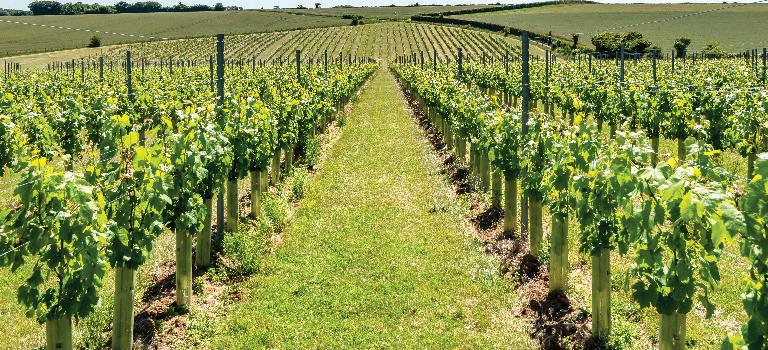
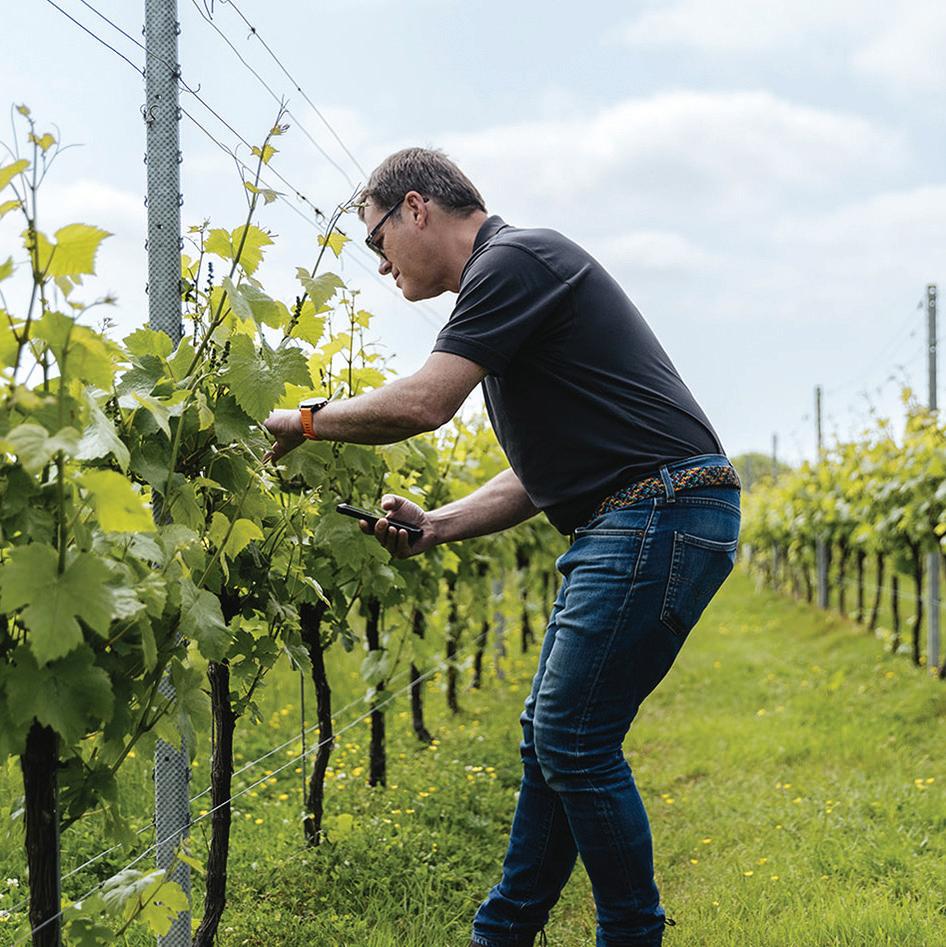
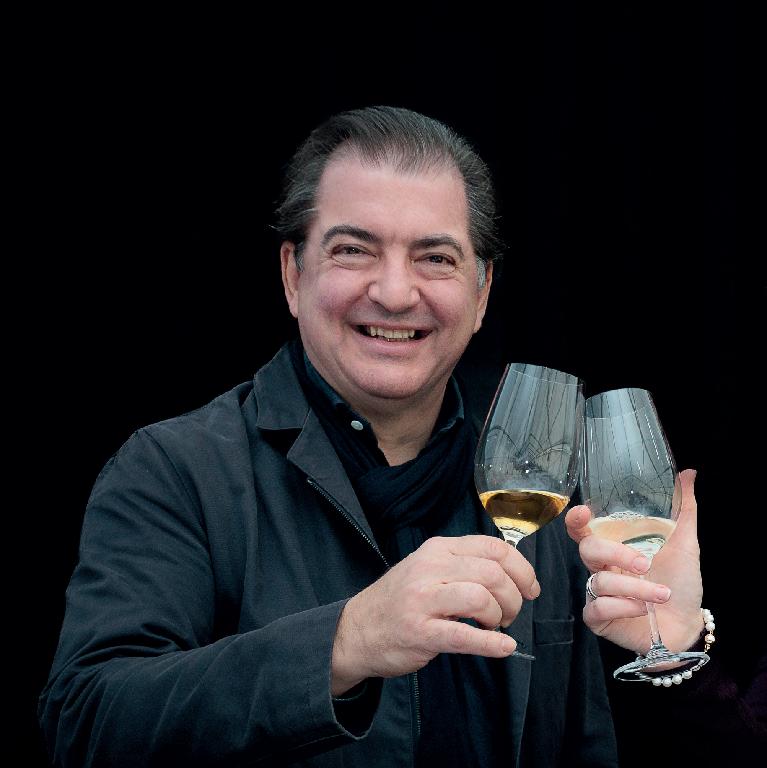
partnership Kirkland UK announces exclusive partnership with BURRO AI to import and distribute autonomous transport solutions across the
A range of trimmers Provitis understand that performing efficient summer trimming leads to easier and more cost-effective winter pruning and cane pulling,
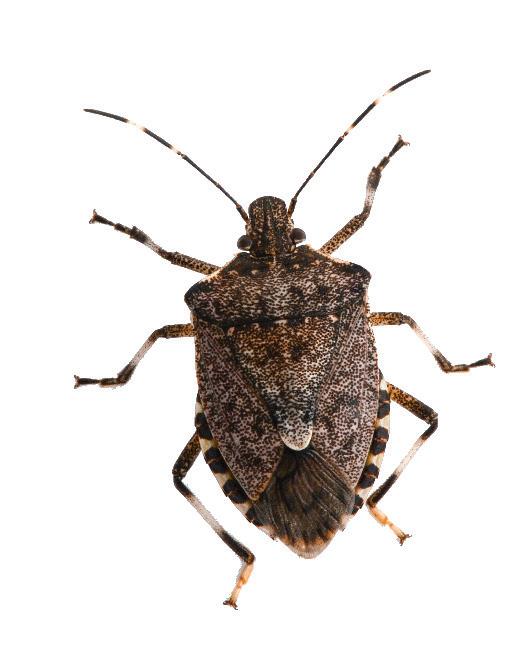
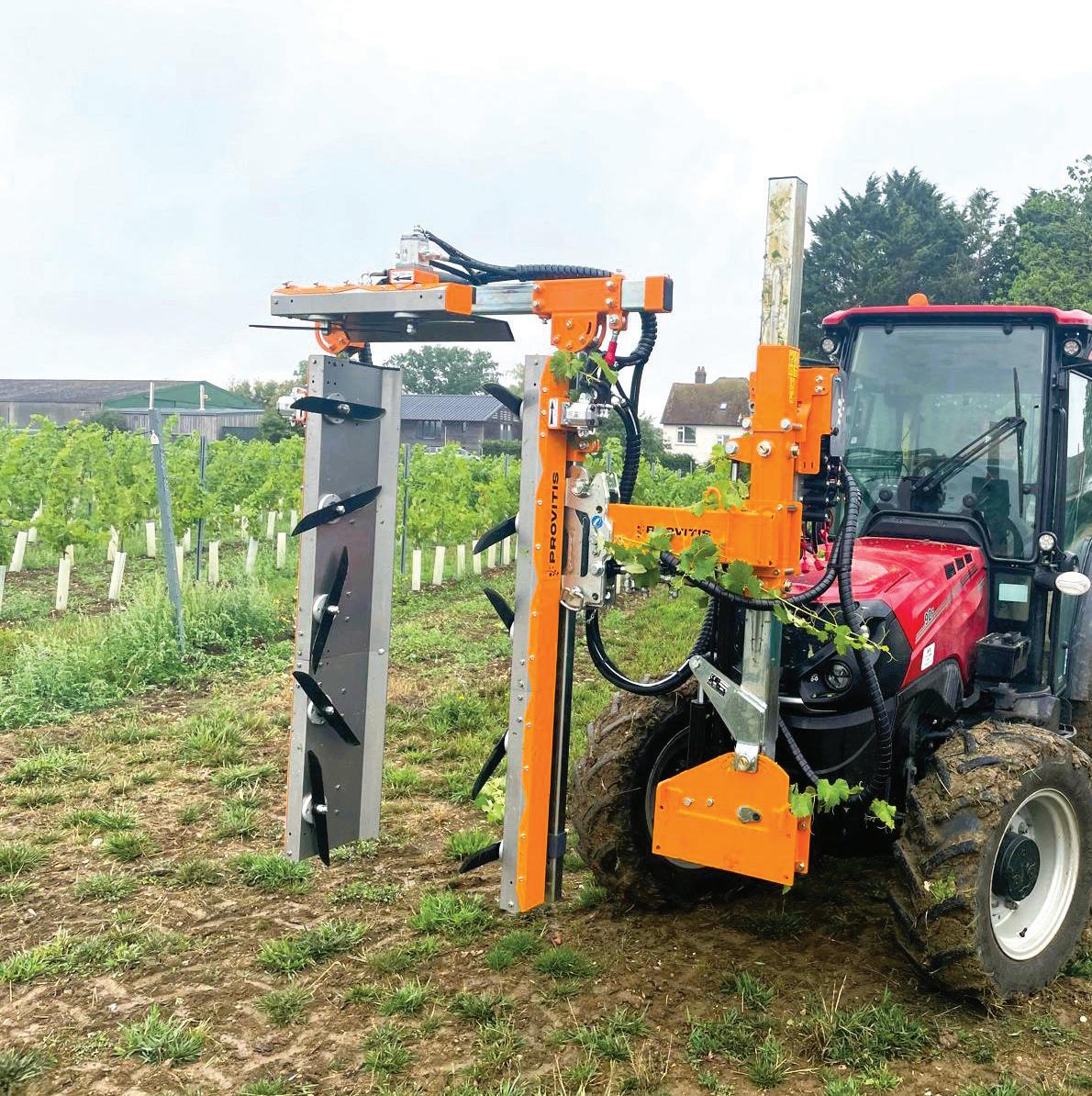
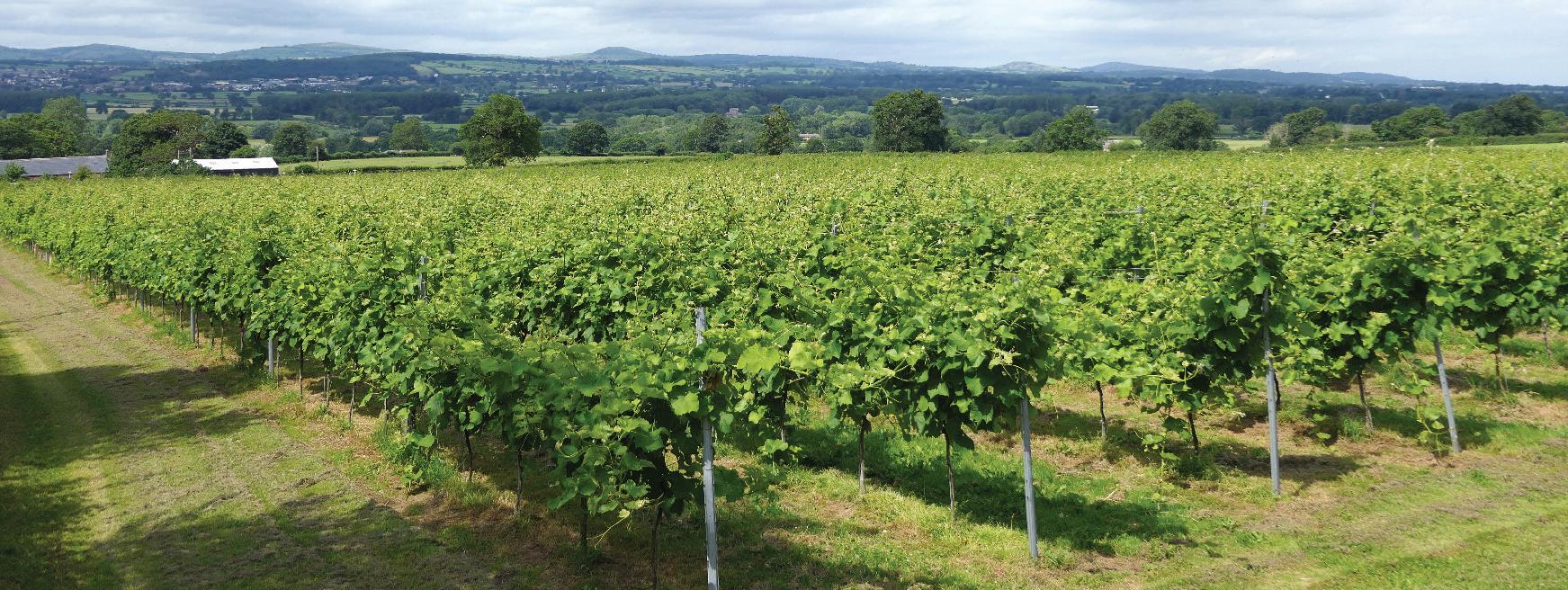
22
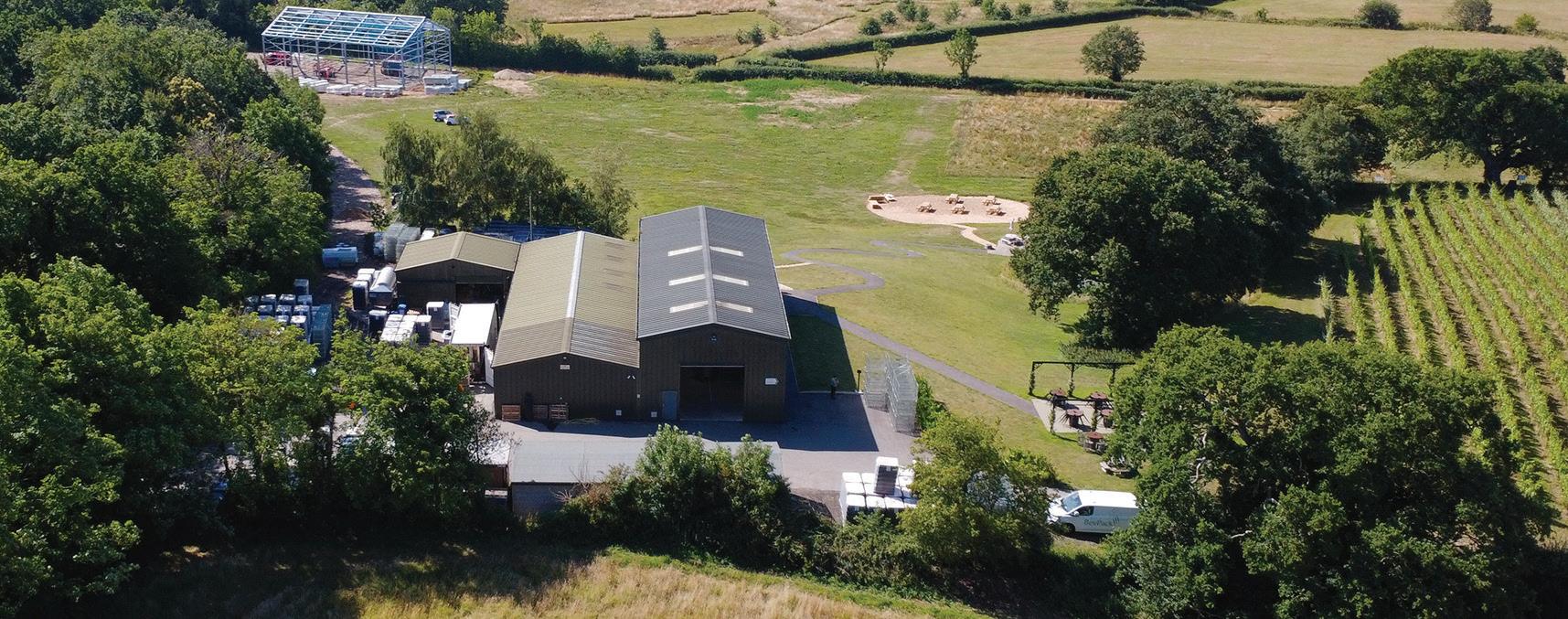
30
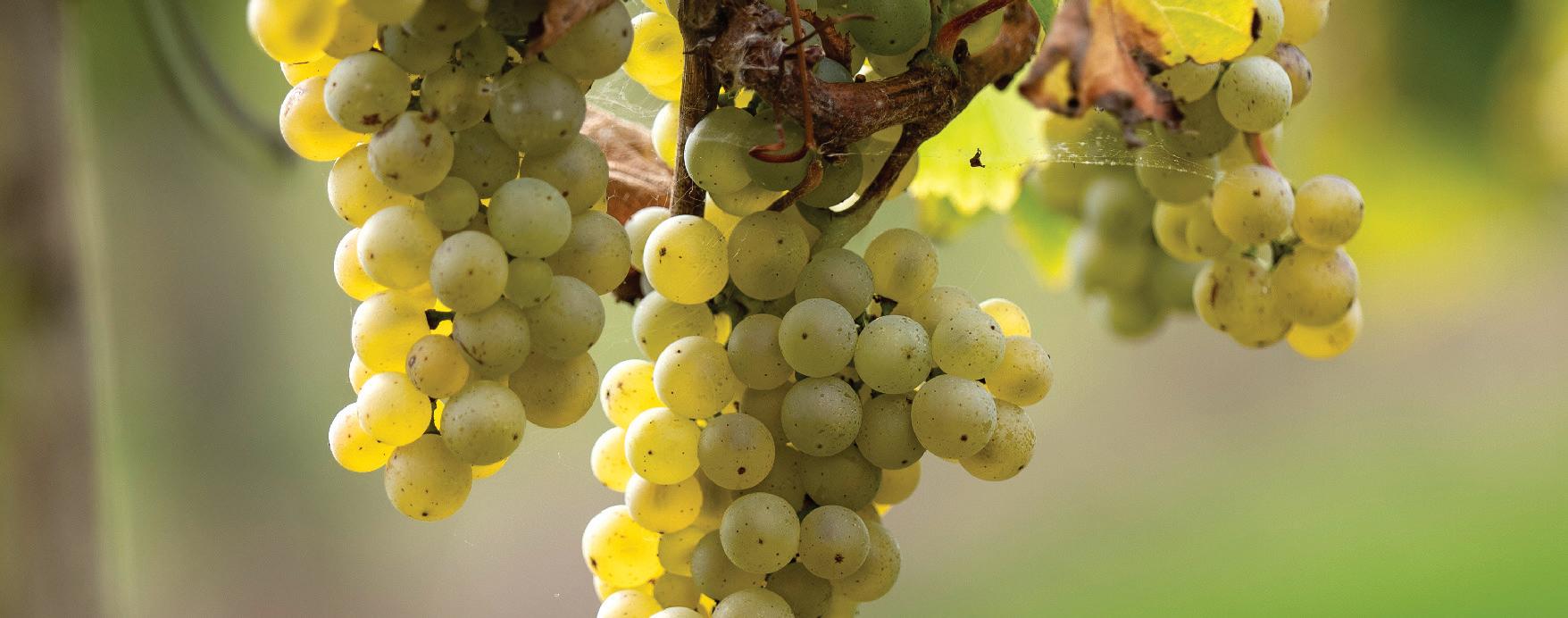
34
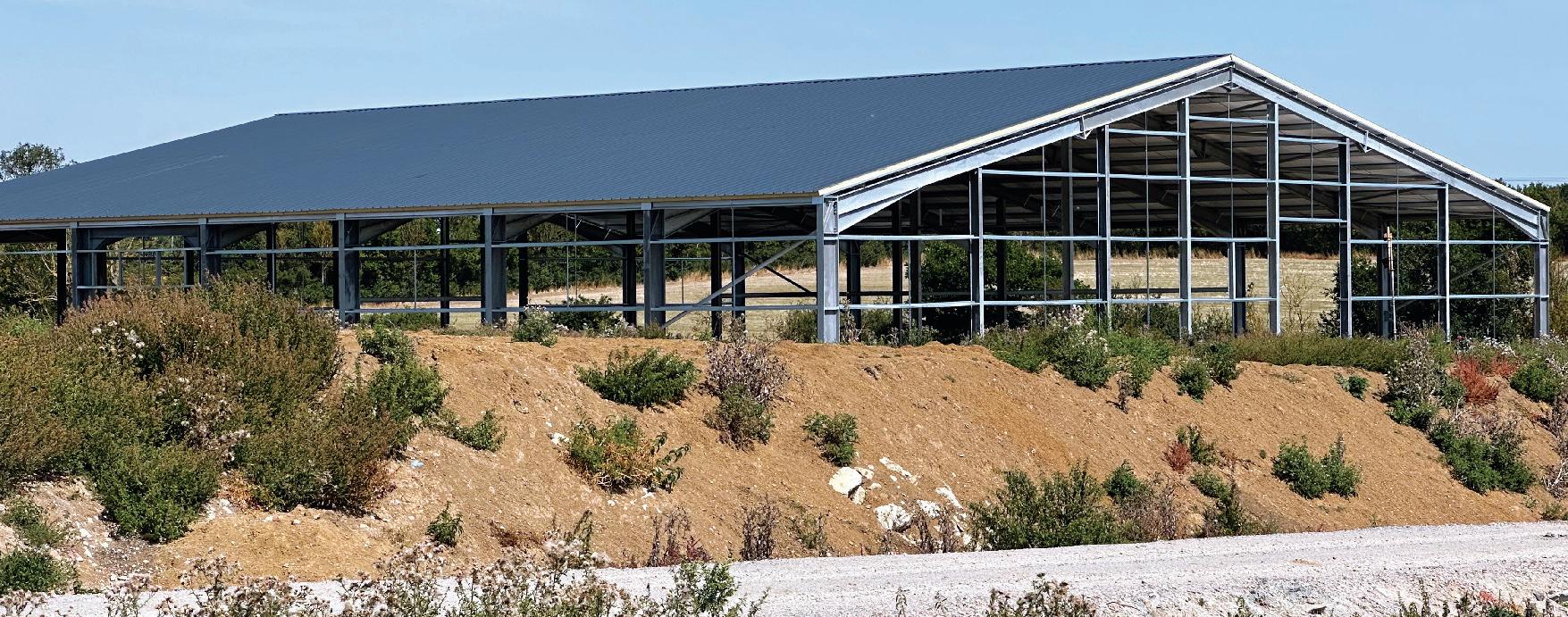
Features
Welsh wonder Gwinllan y Dyffryn literally translates to The Vale Vineyard, a place of stunning beauty where views of the North Welsh countryside surround the vineyard.
Growing reputation amongst winemakers
Repeat business is the goal, and that’s as true for building companies as it is for winemakers, which makes Keith Stoner and Forma an impressive, must-buy vintage.
Focus on Bacchus
Some commentators have gone so far as to call Bacchus the signature grape of the English wine industry.
So let’s take an indepth look at this (still relatively young) grape variety.
Itasca Wines
44
Vision and ambition are the defining characteristics of Itasca Wines, which is on track to become the biggest contract winemaking business in the country – just five years after launching
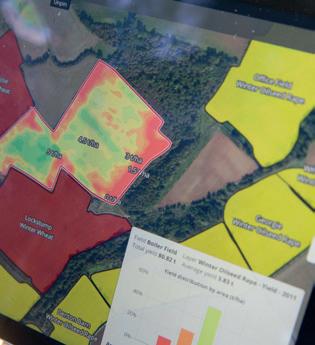
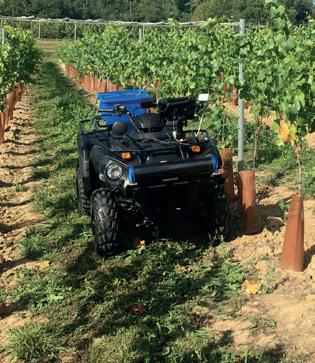
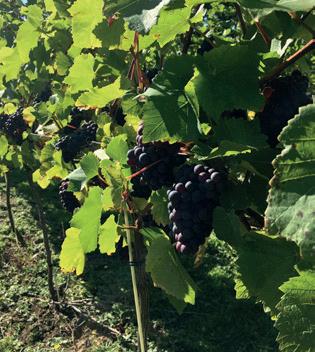
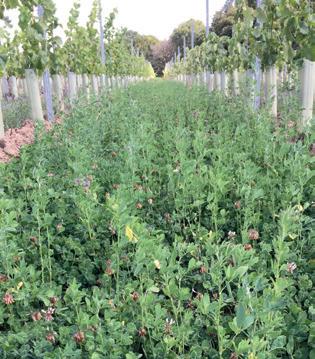
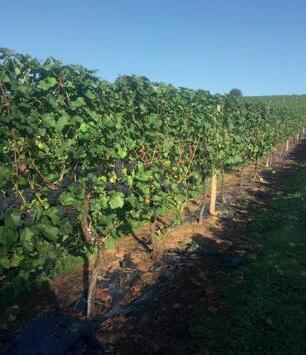
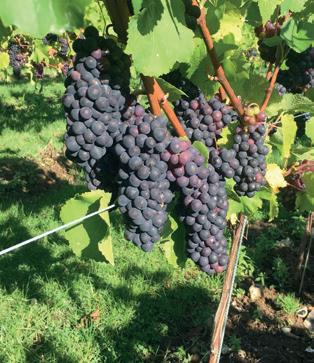
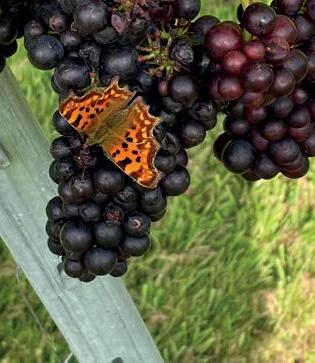
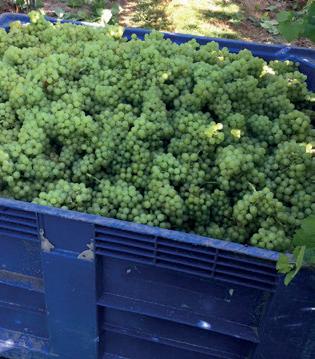
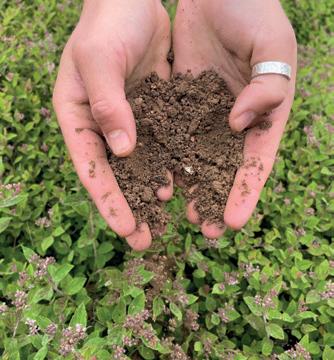

From the editor
“In all things of nature there is something of the marvellous.”
Aristotle
This month the news has been filled with images of wildfires not only across Europe but also across the United Kingdom. There have been devastating pictures of smoke filled skies and burned land.
One of the articles struck a chord as it mentioned that the recent removal of a significant area of vines has contributed to the spread of a fire in France. The article pointed to vines as a natural fire break. There are of course other plants and trees that have similar fire break properties such as olive trees and the idea that nature is a problem solver is truly marvellous.
As children we used to look for dock leaves as the antidote to the sting of a nettle and that same concept is being expanded in the vineyards of England and Wales. The use of sheep as natural lawnmowers and mobile fertilisers and the encouragement of beneficial insects that will act as natural guardians for the vines are just two of the most basic applications of this model. They may not be the most high tech examples but their simplicity is their strength.
Vineyards in England and Wales work exceptionally hard to maintain natural balance. A constant effort put forward by many in the industry to keep improving the environment not just for now but for generations to come. Sometimes terms such regeneration and nature recovery are things that are heard but not really felt. These words are used so often across multiple marketing platforms that their actual power can be diluted down to an abstract concept. Healthy soils are visible at depth and from their results, however the growth of wine tourism allows vineyards from every corner of England and Wales across a diverse landscape to literally breathe life into this message and to showcase the results.
The life cycle of the vine is itself marvellous and a visit to North Wales (see page 22) highlighted that maintaining the balance in a vineyard is not easy. That balancing act continues beyond the vineyard and into the winery and the WineGB awards (page 40) highlighted just how successfully this balance is being managed by vineyards and wineries across England and Wales. As the season continues to gather pace remember to take a few moments to reflect on nature at its most marvellous.
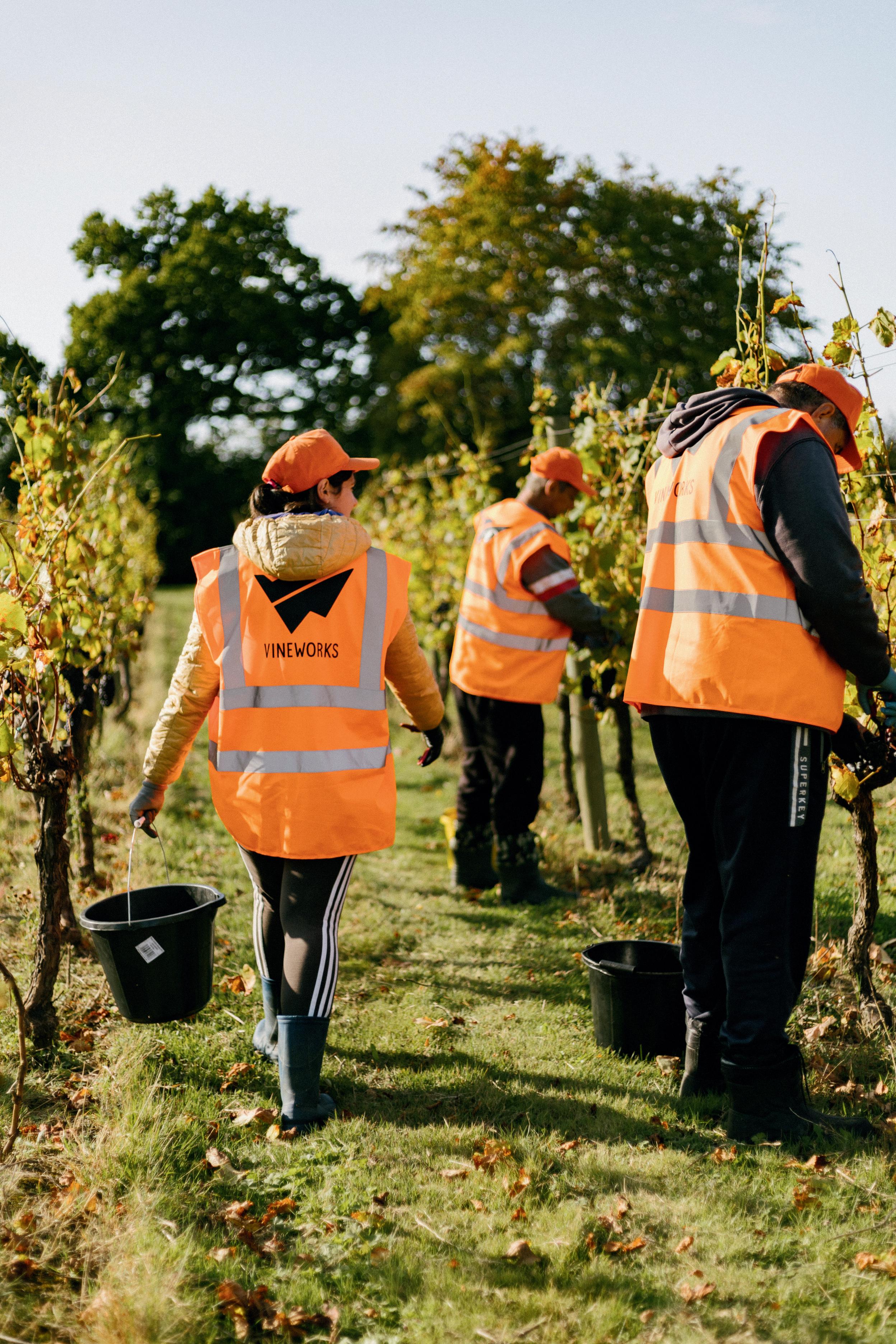
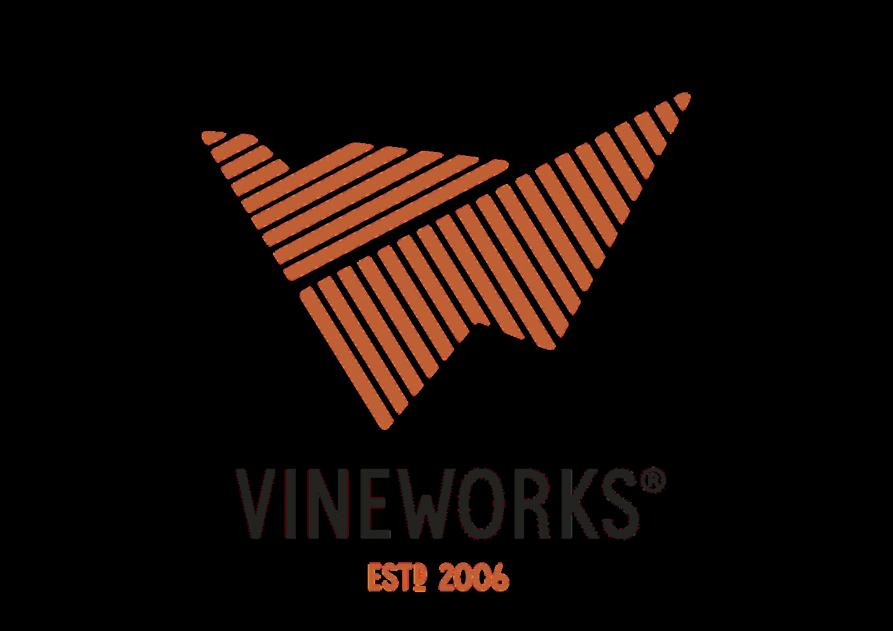
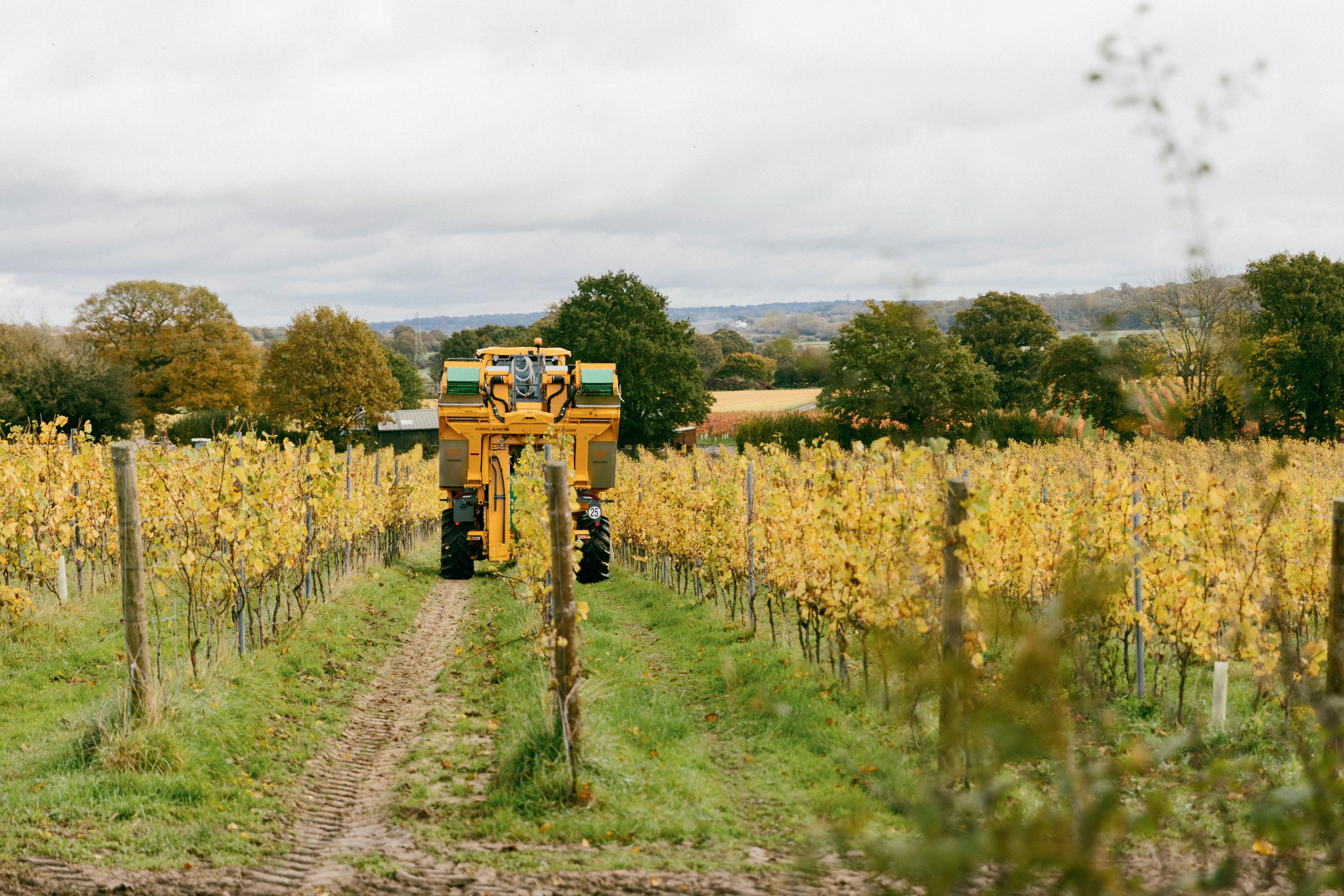


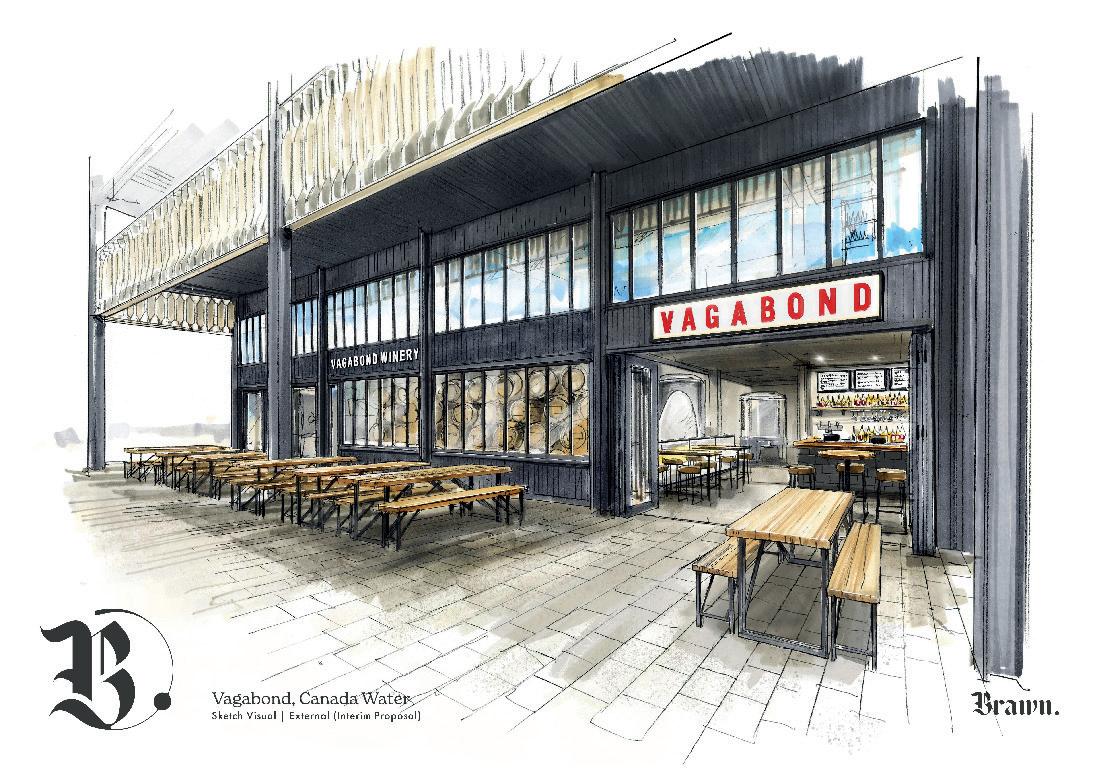
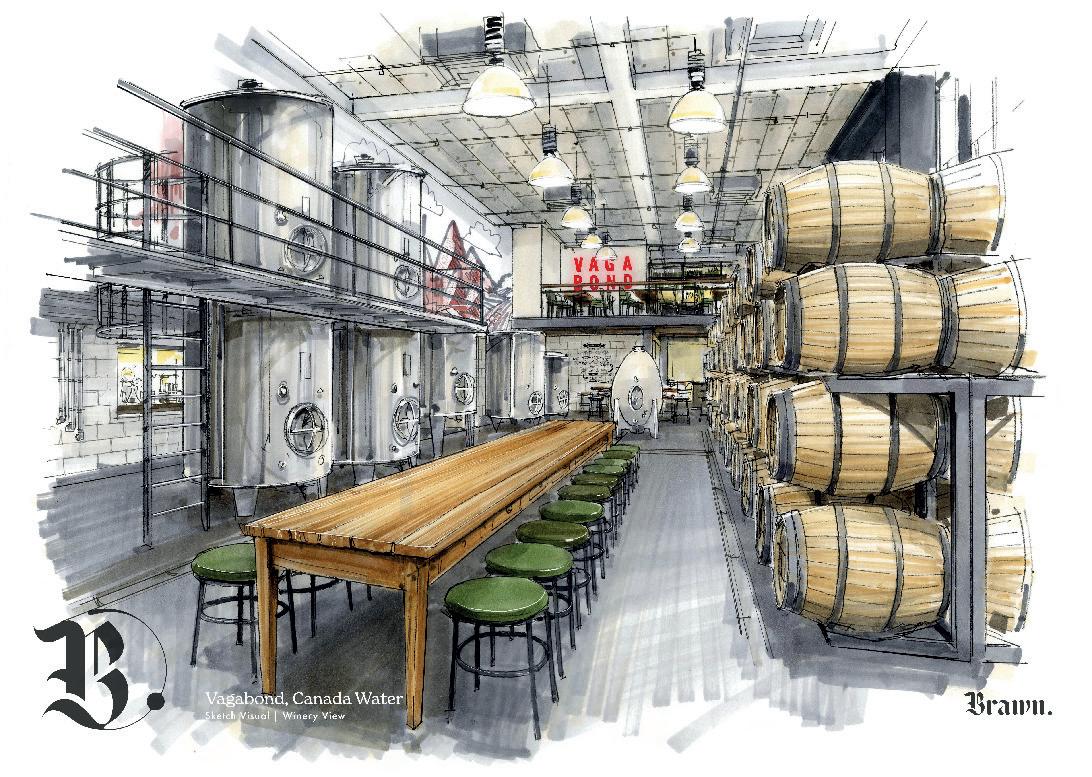
Vagabond to open UK’s largest urban winery
Vagabond Wines, the self-pour wine bar group, has agreed terms to take 6,000 sq ft of space at British Land and AustralianSuper’s 53-acre Canada Water Masterplan, with doors set to open later this year.
The new Vagabond bar will be home to the UK’s largest urban winery – bringing large-scale winemaking, immersive experiences, and over 100 wines by the glass to Central London.
Backed by investment from owner Majestic Group, the winery is expected to quadruple Vagabond’s English wine output, supporting the growth of its small-batch, multi-award-winning still and sparkling range – including the recent Best English Still Wine win at the Independent Wine Awards for Solena, as well as WineGB’s Boutique Producer of the Year 2024.
Under the guidance of José Quintana, Vagabond’s Head Winemaker, the winery will feature standout design details such as a striking concrete egg fermenter and an experimental solera system, allowing guests to see, smell, taste and enjoy wine at every stage of its journey.
The unit is located on the ground floor of the recently completed Dock Shed, a mixed-use building with HQ-ready workspace above and the new Canada Water Leisure Centre to the rear.
The space will feature a working 100-tonne winery, a Vagabond bar with the brand’s signature self-pour wine machines, and multiple event and private hire spaces – from weddings to tastings, winemaker dinners to corporate events. With production capacity of up to 100,000 bottles per year, and space for more than 300 daily visitors, the new winery will offer visitors the chance to see, smell,
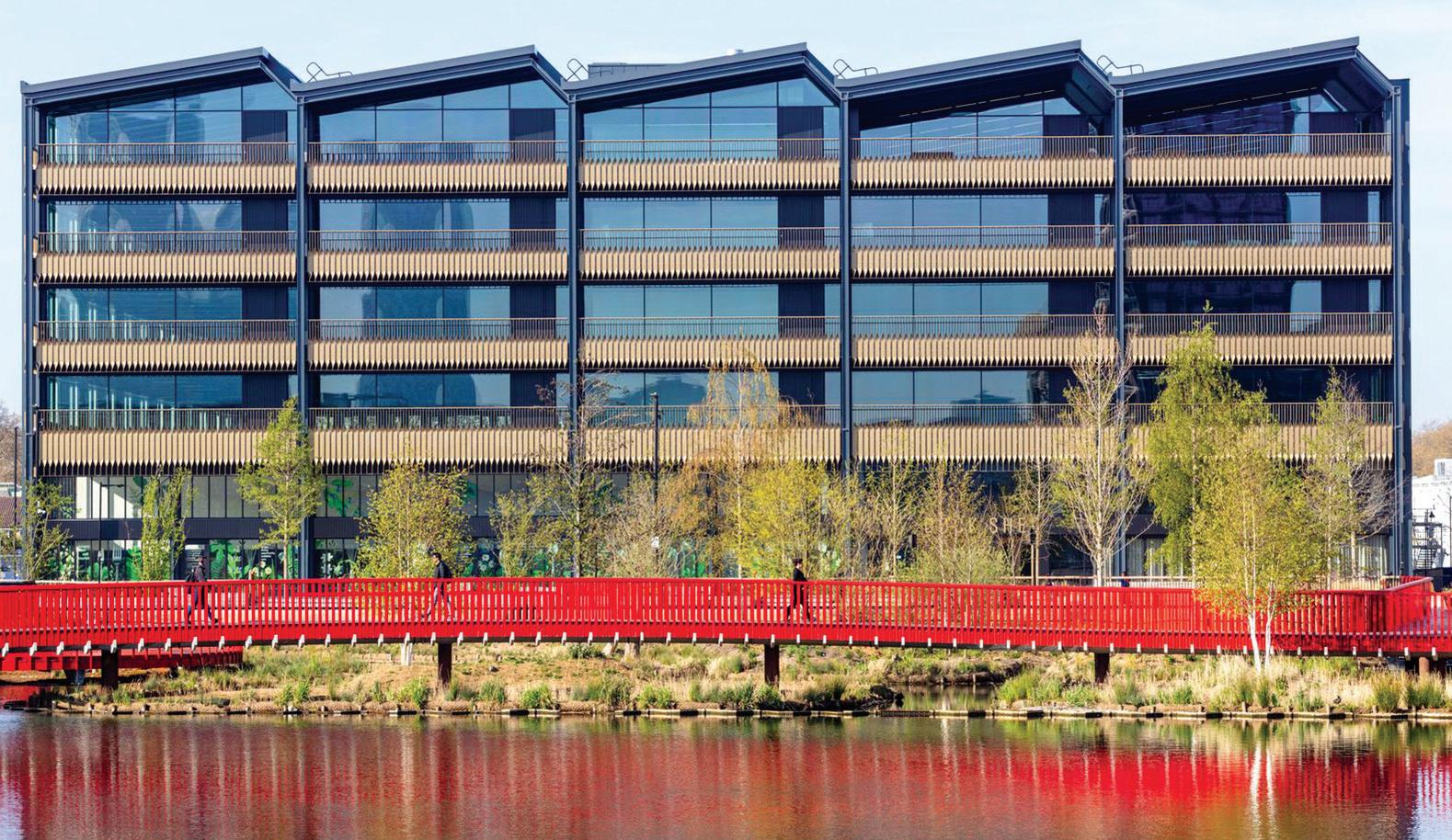
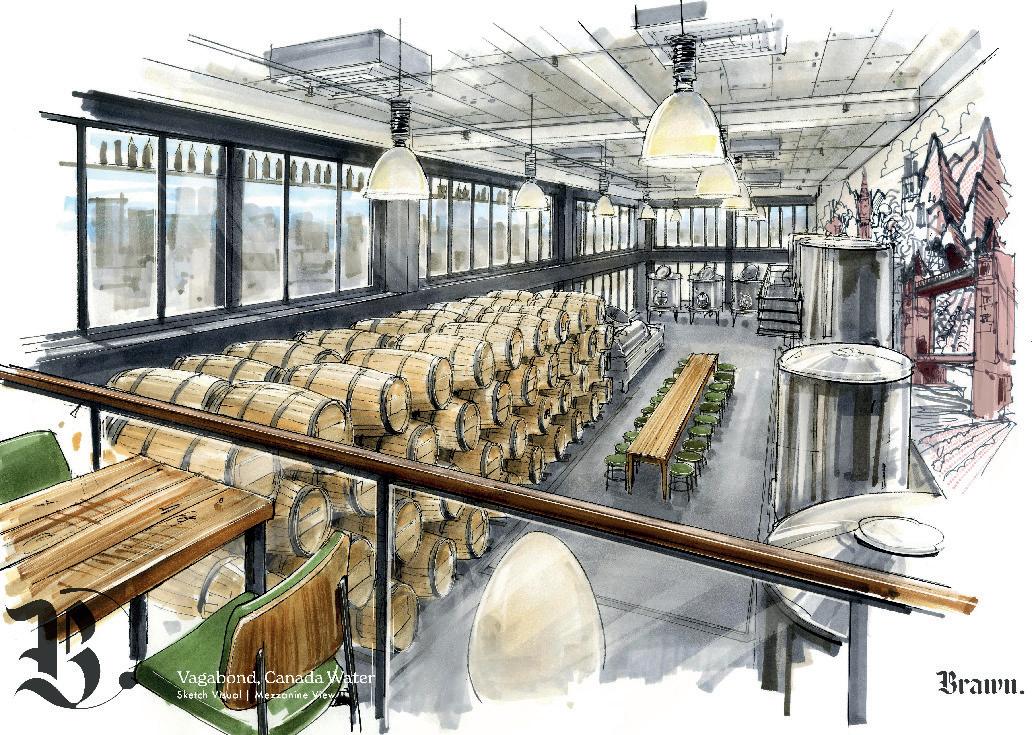
taste, and enjoy wine at every stage of its journey.
The new Vagabond location will sit alongside a host of experience-led offerings in Canada Water, including the area’s newest leisure and entertainment venue, Corner Corner – home to the immersive Minecraft experience – and the upcoming Titanic exhibition in adjacent venue Dock X. The urban winery is the latest in a series of indoor F&B production spaces, following the opening of Harvest London’s indoor farm earlier this year, which grows salad and herbs used within Corner Corner’s food hall as well as in local restaurants and cafés.
Wine tourism in the UK is booming, with a 55% increase in visitor numbers since 2022, according to WineGB – reaching over 1.5 million wine tourism visits last year. Vagabond’s urban winery will bring that trend to central London for the first time at this scale.
The launch forms a key part of Vagabond’s wider growth strategy, working exclusively with the retail and leisure team at Savills to double the size of its estate in the next three years. The first tranche of openings later this year includes new bars in St Paul’s and at British Land and GIC’s Broadgate, Liverpool Street.
Vagabond Managing Director Christobell Giles said: “This urban winery is unlike anything we’ve done before. It’s a cathedral to wine – a space that lets people get up close to the winemaking process and connects them to the stories and passion behind every bottle. Wine shouldn’t live on a dusty shelf. It should be alive, expressive, and social – and that’s exactly what we’re building.”
Majestic Group CEO John Colley said: “We are really excited to be launching the Uk’s largest urban winery, in a prime central London location. This is a project we have been working on for a number of months and we can’t wait to welcome our first guests later this year. This significant investment from Majestic Group demonstrates the huge potential we see in the Vagabond brand, and we are committed to supporting its expansion into major towns and cities outside of London in the coming years.”
Alice Keown, Leasing Director Restaurants and Leisure at British Land, added: “The addition of Vagabond to Canada Water forms a key part of our vision to create one of the most vibrant cultural and experiential destinations in London. It will be in a prime position surrounded by brand new homes, workspace and the Leisure Centre. The in-house winery will be a flagship attraction, combining innovation, hospitality, and community under one roof.”
The first phase of the Canada Water masterplan completes this summer, delivering 300,000 sq ft of workspace and 13,000 sq ft of retail at Three Deal Porters and Dock Shed, a new leisure centre for Southwark Council and 186 new homes at The Founding. Two further restaurants will also be opening soon, Sushi Revolution and Village Tree, adding to Canada Water’s destination appeal.


Exton Park to join the Mentzendorff portfolio
Mentzendorff is delighted to announce that Hampshire based English Sparkling Wine producer, Exton Park, will be joining their portfolio.
Since 2009, Exton Park has crafted English sparkling wine at their 60-acre single vineyard in the heart of Hampshire’s South Downs. Guided by the pioneering vision of their late Founder, Malcolm Isaac MBE, Exton Park’s philosophy is rooted in quality, innovation and forging their own unique path in pursuit of excellence. Malcolm’s unwavering vision to make world-class English sparkling wine was difficult to imagine back then but he recognised the true potential of the soil at Exton Park. His patience and determination to succeed made him one of the great trailblazers of English sparkling wine.
Exton Park offers a signature collection of Reserve Wines dating back to 2011, guaranteeing consistency across the range, with wines found in the top Michelin Star Restaurants and the most prestigious wine shops. The Limited Release range consists of vintage wines, only produced in years where the fruit is exceptional. Not content with just producing great wines, Exton Park are committed to innovation. They were the first in the UK to experiment with sea-aged wine, are the originators of pure Pinot Meunier Rosé and offer some of the longest lees-aged vintages in the country. Every bottle produced by Exton Park is made with grapes grown from their own single vineyard, which is key to the continuous high quality of their wines. They only use grapes grown themselves to ensure this quality at every stage of the production process from vineyard to bottle, with the additional freedom to experiment and push the boundaries of what English sparkling wine can be. Exton Park is also a founding member of Wine GB’s Sustainable Wines of Great Britain accreditation, taking the most natural approach possible to growing, managing and harvesting their fruit.
Robin McMillan, CEO at Exton Park said: “After 15 years of dedicated investment and development at Exton Park Vineyard,
Malcolm Isaac has left behind a unique legacy, driven by passion and an unwavering commitment to quality. We are now thrilled to be collaborating with Mentzendorff and their team, where numerous synergies and opportunities undoubtedly await. Being part of such a prestigious portfolio backed by Mentzendorff’s expertise and deep knowledge of the UK trade, we aim to build on our recent growth and elevate Malcolm’s vision for Exton Park to new and exciting heights.”
Mentzendorff Managing Director, Justin
Liddle said: “It is without a doubt that English Sparkling Wine is an incredibly exciting category at present, and the pioneering Exton Park forms a natural addition to our portfolio of exceptional producers. Exton Park have already achieved great things, and we see a strong alignment in our values, vision, and approach. It is an honour for us to be able work together, and we look forward to building on their successes.”
Exton Park wines will be available from Mentzendorff from 01 September 2025.
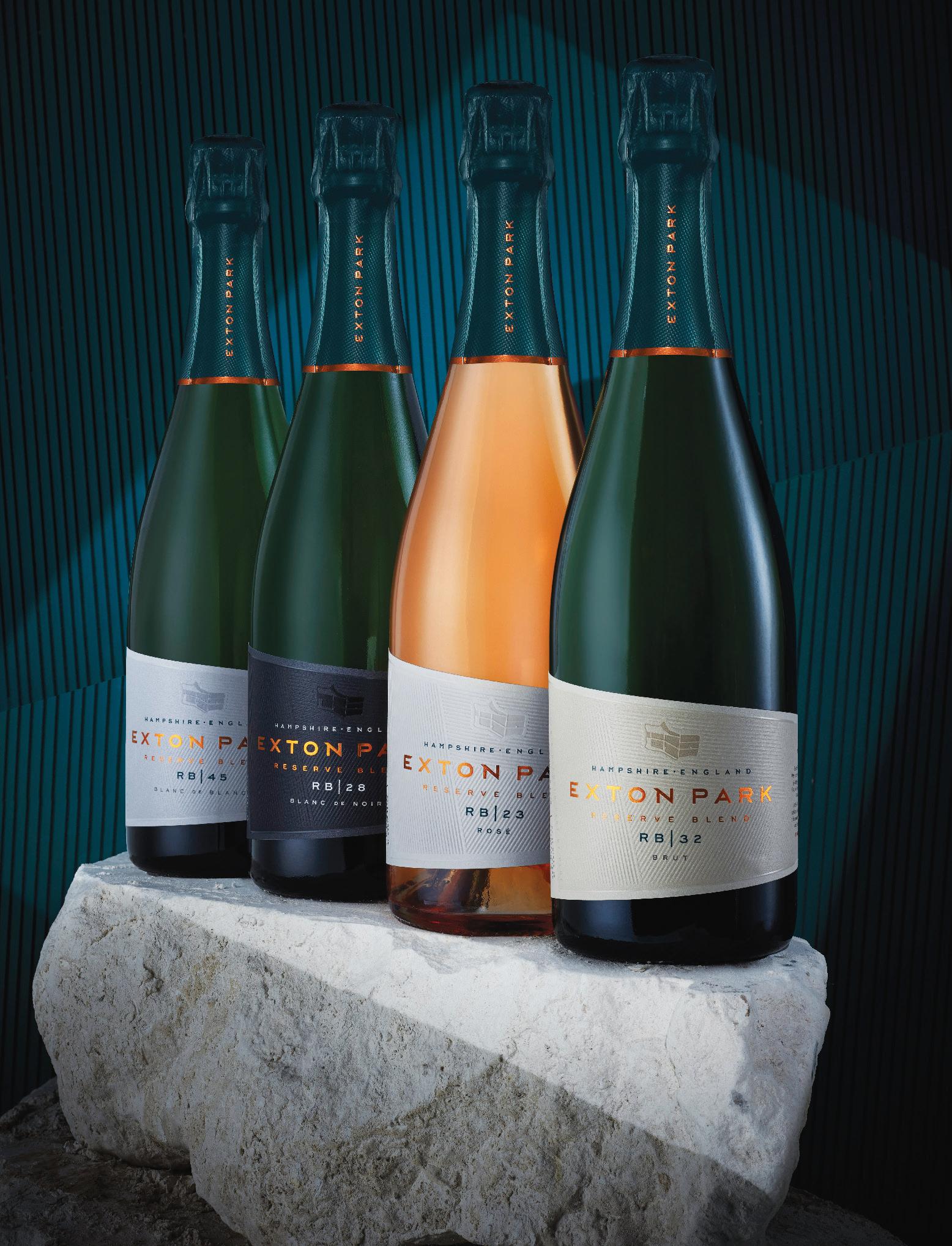
Inheritance tax reforms uncorked

What they mean for English winemakers.
Changes to Business Property Relief (BPR) for Inheritance Tax (IHT) are on the horizon, which will have big implications for some vineyards and wine makers.
What are the current rules?
At present, Business Property Relief gives 100% relief from Inheritance Tax (IHT), for qualifying business assets, with no upper limit. This means that no IHT is payable on business assets held on death, regardless of their value.
Business owners have relied on this relief to allow their businesses to be passed on tax free, making it tax efficient to keep ownership of the business until death. In addition, assets that are inherited receive a capital gains uplift, avoiding any Capital Gains Tax on the increase in value.
What is changing?
From 6th April 2026, the 100% relief will be limited to £1m, with only 50% relief above that, this means that the value of business assets above £1m will suffer IHT at 20%. For example, a vineyard with a value of £3m would face an IHT bill of £400,000.
This is a dramatic change for many businesses, whose plans were based on the previous tax relief. As a result, many business owners are being forced to consider alternative plans.
Despite challenges and protests from business owners and farmers, the government are pressing ahead with the implementation of these changes, with draft legislation being released recently. This legislation is broadly in line with what was initially announced, and gives some further details. For example, it has now been clarified that the £1m relief limit will not be transferable like the Nil Rate Band is, instead being lost if not utilised.
What can be done?
It is important to have a clear understanding of how the changes will affect you. You should consider your existing plans and assess the value of your
estate, this might mean reviewing wills and estate planning to assess the full impact.
Recent confirmation that the £1m relief limit will not be transferable on death means that changes to wills may be needed to ensure that it is used on the death of the first spouse and not lost. Historically it has been common for all assets to transfer to a spouse on the first death, and only to the next generation on the second death, but this now has the potential to result in additional IHT of £200,000 that could be
avoided with proper planning.
Making transfers of assets during your lifetime can reduce the value of your estate, and so minimise the IHT payable. However, other taxes may be payable as a result of transfers, so it is crucial to ensure that all aspects have been considered.
Other options may offer benefits with less disruption, such as investing in life cover which can provide your estate with funds to settle the IHT.

How Carpenter Box can help
Early planning is key to minimising your estate’s IHT liability and passing on the maximum to the next generation. While the changes are coming into effect from 6th April 2026, some actions may need to be taken before then, particularly where trusts are being used.
Our tax specialists can help you arrange your affairs and understand what options are available to you, please do not hesitate to contact us for more information. Please contact our vineyard team for a free initial discussion:
Sarah Fitzgerald, Partner, Vineyard Sector
✉ sarah.fitzgerald@carpenterbox.com
Sarah is a partner in the Business Services Group advising owner managed businesses from new start-ups to established family businesses. She specialises in the viticulture sector, advising in business development and strategic planning alongside providing professional tax and accounting support.
David Rainford, Tax Manager
✉ david.rainford@carpenterbox.com
David is a Chartered Accountant (ACA) and Chartered Tax Adviser (CTA). Working as part of the Tax Advisory team in Brighton and Worthing, David helps vineyard clients minimise their tax exposure and take the stress out of their tax returns.


Opportunity to buy a newly established vineyard
DOVER | KENT
GUIDE PRICE: £600,000 FOR SALE AS A WHOLE
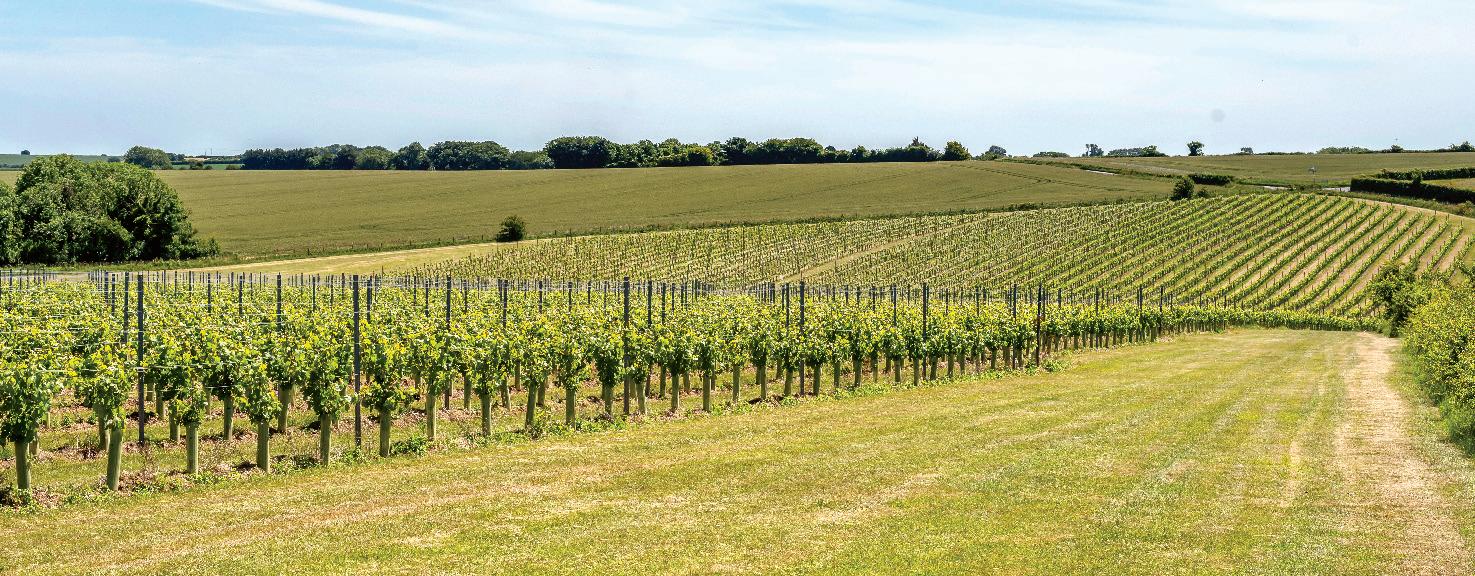
The sale of the Pilgrims Nook Vineyard offers an almost unique opportunity to buy a newly established vineyard with a purpose-built barn suitable as a winery in a peaceful yet accessible location.
The vineyard extends to 5.12 hectares (12.65 acres) and was planted in 2019 to produce English sparkling wine. The vineyard has so far had three successful harvests. It has been managed by the renowned Simpsons’ Wine Estate in recent years. The vineyard has excellent road frontage to Straker’s Hill and Roman Road and a wonderful southerly aspect. It is planted with Pinot Meunier, Pinot
Noir and Chardonnay, with a small area of Ortega grapes.
At the entrance to the vineyard is a recently constructed barn extending to 3,060 sq ft (284 sq metres) with three phase power and water connected. The barn has four roller shutter doors with the ability to create dock loading bays if required.
The vineyard received prior approval of the construction of an irrigation pond and drainage pipework for irrigating the vineyard under Dover District Council reference 19/00825. Further details are available from the agent.
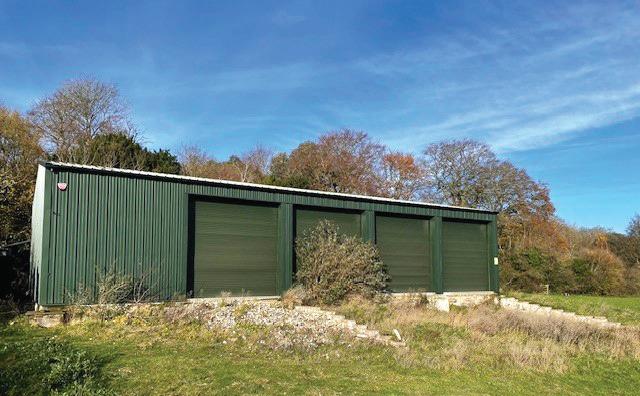
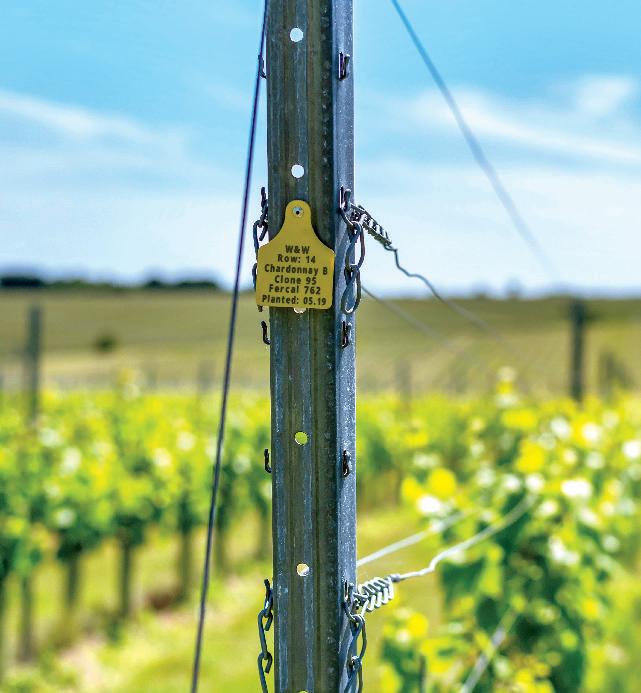
Viewing is strictly by confirmed appointment with Nicholas Rooke. Email n.rooke@finns.co.uk or call 01227 454111.
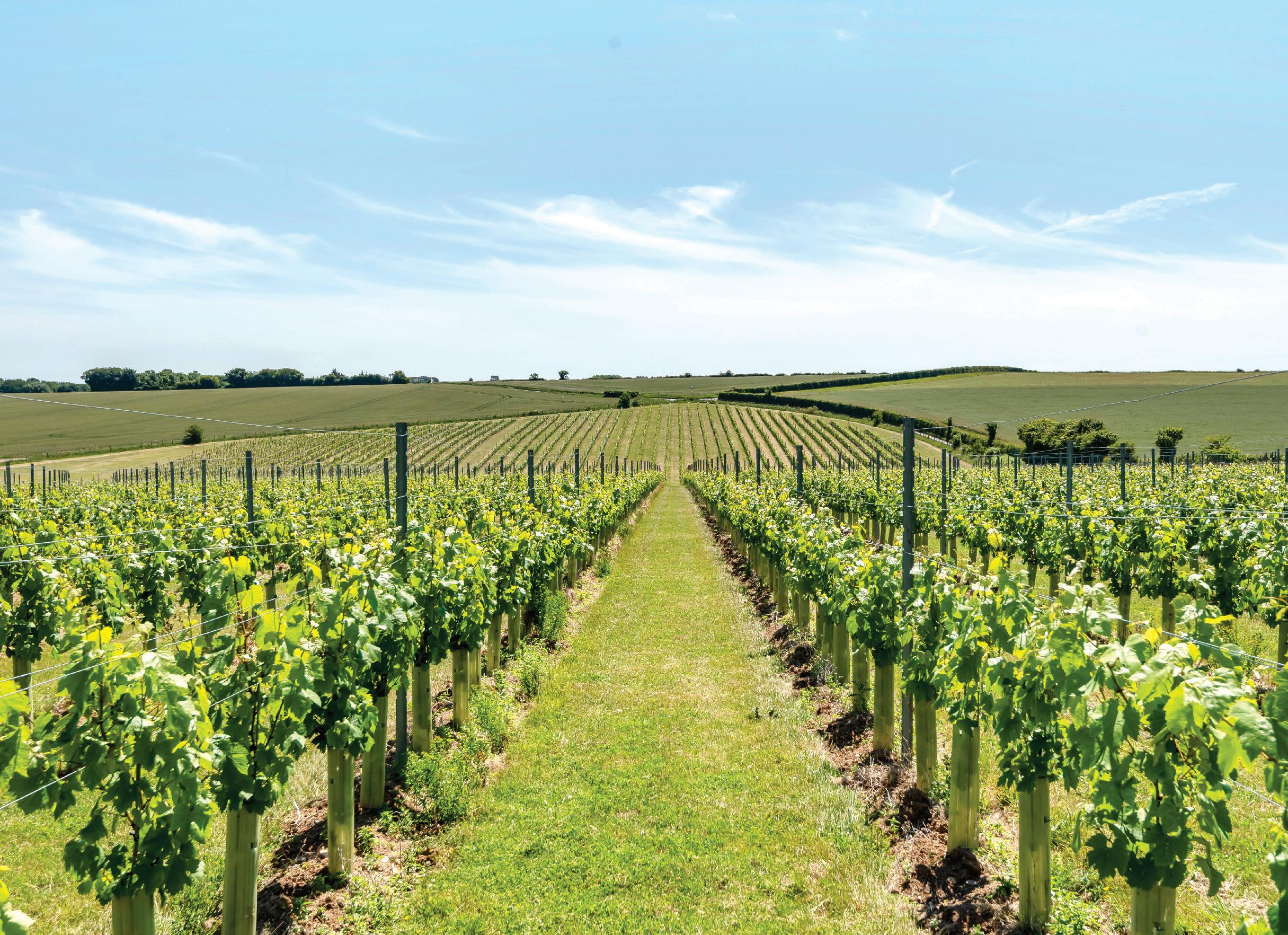

A toast missed
The State Banquet snubbed English wine explains Richard Alleyne, journalist and communications consultant.
You are all far too busy and diplomatic to say it, so let me say it for you – the State Banquet for the French President was a tragic wasted opportunity for your wine industry.
The State Banquet for President Macron last month was a dazzling showcase of exquisitely choreographed British diplomacy, soft power, and all that is best about – French winemaking.
Five of the six bottles poured that evening were French. The lone English representative? A sparkling wine from a French producer.
I’ve nothing against Domaine Evremond, it was game-changing when it set up here, and its inclusion was a lovely example of Franco-British collaboration, which King Charles rightly highlighted in his speech. But it is barely out of the nursery in wine terms and not yet a benchmark for the quality now being produced in this country.
There are winemakers in Kent, Sussex, Hampshire, Essex and beyond who’ve spent decades building an industry from nothing, often battling scepticism and snobbery, only to be overlooked on the biggest stage of the year – if not the decade.
Worse still, alongside Taittinger’s English outpost on the menu was an actual Champagne. Why?
This isn’t about excluding France – some French wines were, of course, appropriate for a French President – but to default so heavily to them, especially in 2025, shows laziness, insecurity – and a kind of extravagant indifference only the British ruling class could have.
It sends a terrible message to British producers – and the world’s consumers – alike: that our wines are not good enough. Queen Camilla, the President of WineGB, surely knew this. As a figurehead for the UK’s flourishing wine industry, she should have known how powerful that moment could have been – and how damaging its absence now feels.
This wasn’t a private dinner. It was a taxpayer-funded state event, broadcast globally. As any public relations or advertising professional will tell you, these events really matter.
The Royal Family is one of Britain’s few great global institutions we have left – and definitely our most powerful. It still commands enormous attention, respect and influence across the world. What appears on the Royal menu doesn’t just reflect taste. It shapes taste.
King Charles, and the Royal family, are part of a long tradition of this patronage. It was his namesake, Charles II who helped put Champagne on the map in the 17th century.
That same prestige could now be lent to the likes of Sugrue South Downs, Hattingley Valley, Hambledon or Nyetimber – or the stills of Crouch Valley. These wines are picking up international awards – and are attracting a lot of interest from Champagne and Burgundy winemakers. They can match many of their continental cousins – not just in sparkling, but increasingly in still wine too.
Of course, some will argue, probably rightly, that French wines remain the best in the world – but that’s not the point.
When you go abroad, you do so to experience other people’s culture and cuisine. Would any other wine making country outside France serve only French produced wines at a state banquet?
Or perhaps the Palace was worried that Macron and his wife’s
delicate palettes would gag on an English wine, and they would flee in a fit of vapours and a hail of Sacré Bleus? And the resulting diplomatic fallout would lead to us being shut out of all EU trade?
An interesting aside, Lord Ricketts, the Chair of the Government Wine Committee, is now in charge of bringing the Bayeux Tapestry to England on loan– another French import we helped create.
It’s tragic really. This could have been a game-changer. Had just three English wines featured at a banquet for the president of the world’s wine powerhouse, it would have generated headlines, features, debate – and best of all pride.
It would have signalled confidence, not just in our industry, but in ourselves. It would have told the world what most of it still doesn’t know: that the UK makes brilliant wine now.
Instead, we gave the floor to France. Again. Macron and French winemakers must think we are a bunch of mugs.
Nicola Bates, chair of WineGB, recently said we’re “bringing a knife to a gunfight” when it comes to our advertising budgets versus global wine giants. I’d go further: at this banquet, our Commander-in-Chief, King Charles, was fighting for the other side. And let’s not even start on having a French chef cook the meal. At this rate, I half expect the Trump state banquet in September to serve McDonald’s, Coca-Cola and KFC – to honour the giants of US cuisine and the president’s tastes. But even that, at least, would show a kind of cultural consistency.
This isn’t about jingoism or cheap nationalism. It’s about recognising a true British success story – and using the rare platforms we have to celebrate it.
The banquet was a gift-wrapped moment to showcase our wines to the world. We let it pass, glass unraised.
Being polite and diplomatic only gets you so far, we should be fighting to make sure this never happens again.
Imagine if two years ago, Macron had served English wine during Charles and Camilla’s visit to Versailles. He would have been barricaded in the Elysée Palace by a ring of tractors from Bordeaux, Reims and Beaune.
Richard Alleyne
Richard is a former journalist at The Daily Telegraph, who has worked as a communications consultant for a broad range of clients from Amazon to Royal Artists. He currently works with entrepreneurs in the beauty, television, AI and English wine industries.
✉ fivewiseconsultancy@gmail.com
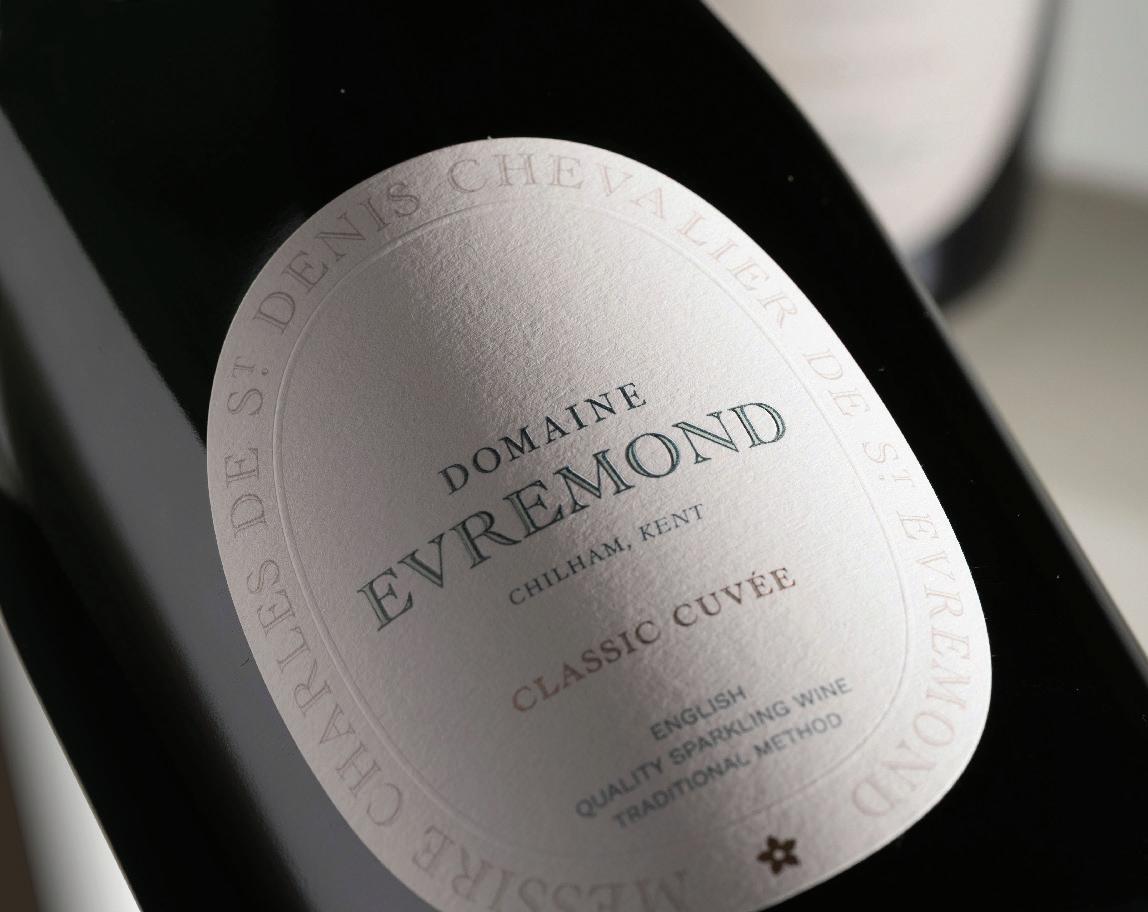
Sustainability success
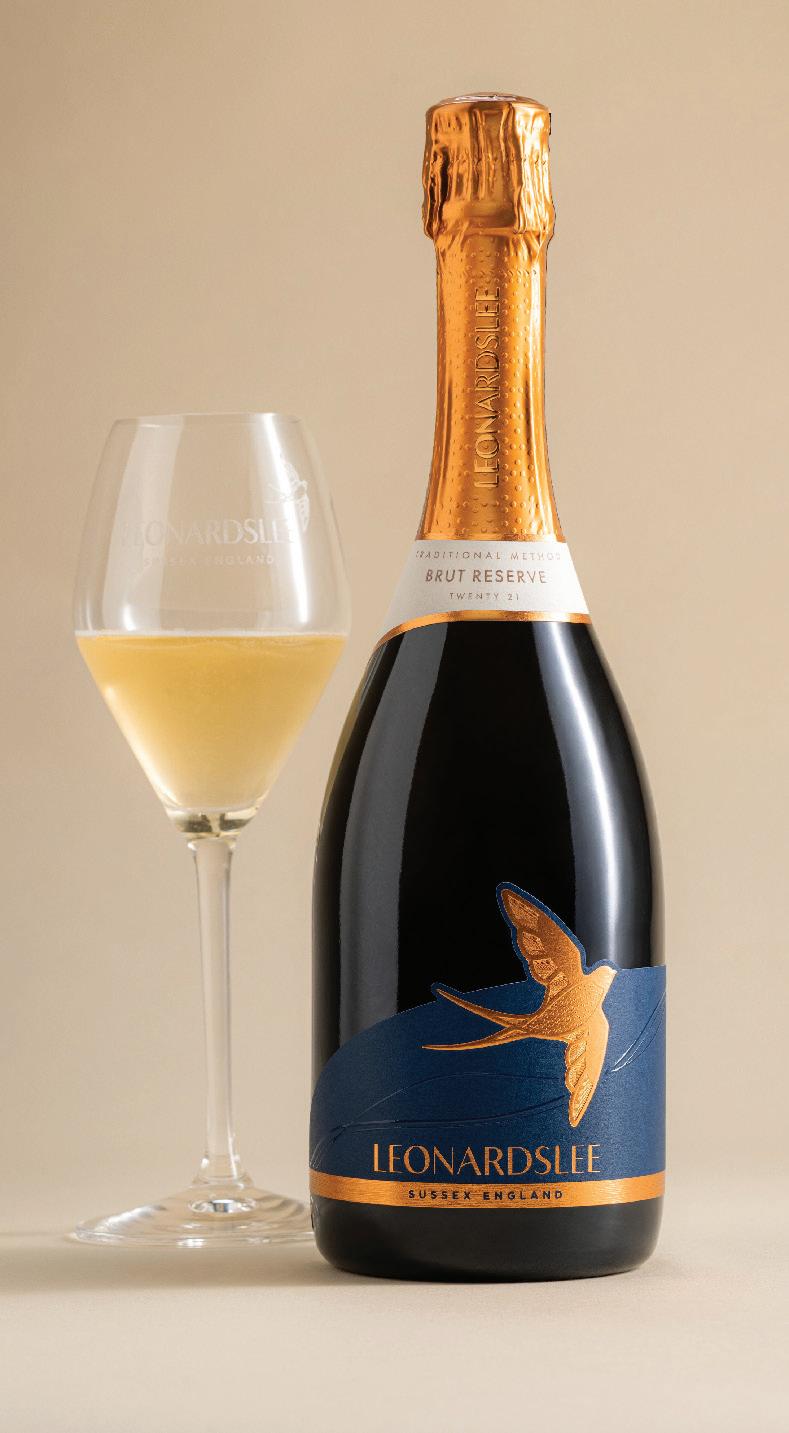
Only one year on from its launch, Leonardslee Family Vineyards is celebrating success from the 2025 WineGB Awards where Leonardslee Brut Reserve 2021 was named a trophy winner with Best SWGB Wine. (Sustainable Wines of Great Britain).
“Stewed apple, evocatively smoky aromas. Fine mousse. Tangy acid. Nice biscuity, toasty and yeasty autolysis. Succulent, umami-opulent palate. Complex and harmoniously rounded. Saline finish. Lovely energy and core focus, steely but also lots of joy here. Smart stuff. Hard to criticise,” said the judges.
Leonardslee Brut Reserve 2021 was awarded 96 points and a gold trophy alongside its SWGB accolade which is a true testament to Leonardslee’s commitment to sustainability across the estate.
This is a huge achievement for this wine which has also just been awarded 95 points from the Decanter Vintage English sparkling wine panel tasting and 94 points from the 2025 International Wine Challenge.
Further success is being enjoyed by
Home of ‘Devil’s Punchbowl’ to become new national reserve
A landscape in Surrey beloved by lizards and literary greats and home to an area known as the Devil’s Punchbowl, is to become the latest National Nature Reserve.
The Wealden Heaths National Nature Reserve, in the heart of the Surrey countryside has been declared by Natural England the ninth National Nature Reserve in the King’s Series.
The reserve has secured its status as a haven for wildlife, ensuring that it can provide a home for rare species such as nightjars, sand lizards, adders and natterjack toads into the future and an area of 2,765ha of greenspace accessible by hundreds of thousands of people.
Wealden Heaths National Nature Reserve boasts a rich mix of open dry and wet heath, acidic grassland, regenerating woodland, and scrubby heath.
Heathland habitats are incredibly
important for a range of species. However, heathlands in England have declined by around 80% in the last two centuries, making this declaration vitally important for their survival.
This landscape is also widely known as the home of The Devil’s Punchbowl, a dramatic natural amphitheatre in the heathlands near Hindhead which is steeped in legend. It is said to have been formed when the Devil scooped up earth to throw at Thor, which some say is how the nearby area of Thursley got its name.
This area has already benefitted from the Heathland Connections Nature Recovery Project, which provided funding from Defra and Natural England. It is an ambitious project working with partners, including wildlife charities and private landowners to enhance, restore and connect the special habitats found in the westernmost section of the Surrey Hills National Landscape.
Leonardslee with another major trophy for the West Sussex wine estate. Interlude, its Michelin star and Michelin green star restaurant has been named the Best Restaurant with Rooms of the Year in England at the prestigious AA Hospitality Awards 2025/2026.
Leonardslee Blanc de Blancs 2020 and Leonardslee Brut Rosé 2021 have both received additional recognition, both wines were awarded 94 points by the 2025 WineGB Awards and scores from the Decanter Vintage English sparkling wine panel tasting, July 2025 (94 points and 92 points respectively).
Barry Anderson, Managing Director and head viticulturist at Leonardslee commented: “We are so incredibly proud of our wines and the awards we have won so early in our journey. Our first year has been incredible, and to receive such a prestigious award for one of our wines and our sustainability efforts is immense. We take this issue incredibly seriously at Leonardslee across the whole estate, consumers really relate to this message and it’s wonderful to gain such recognition.”

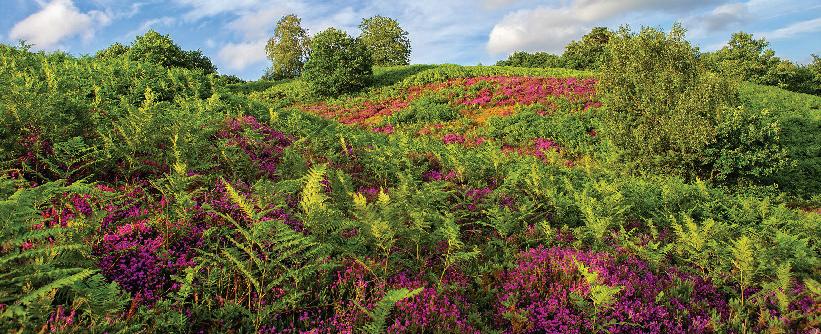
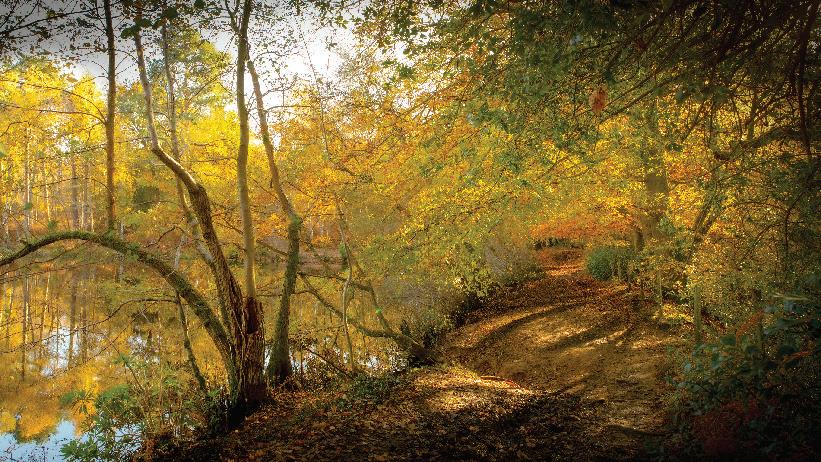
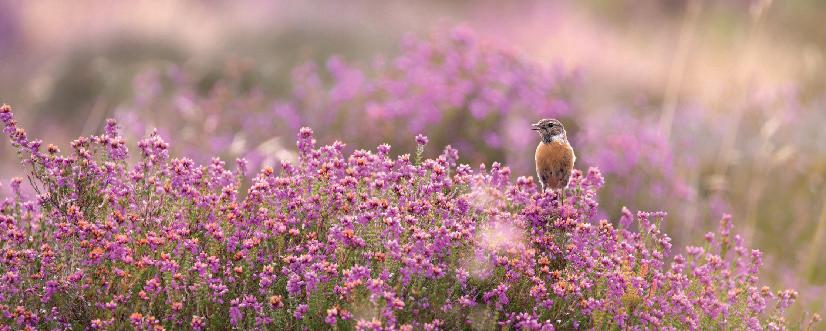
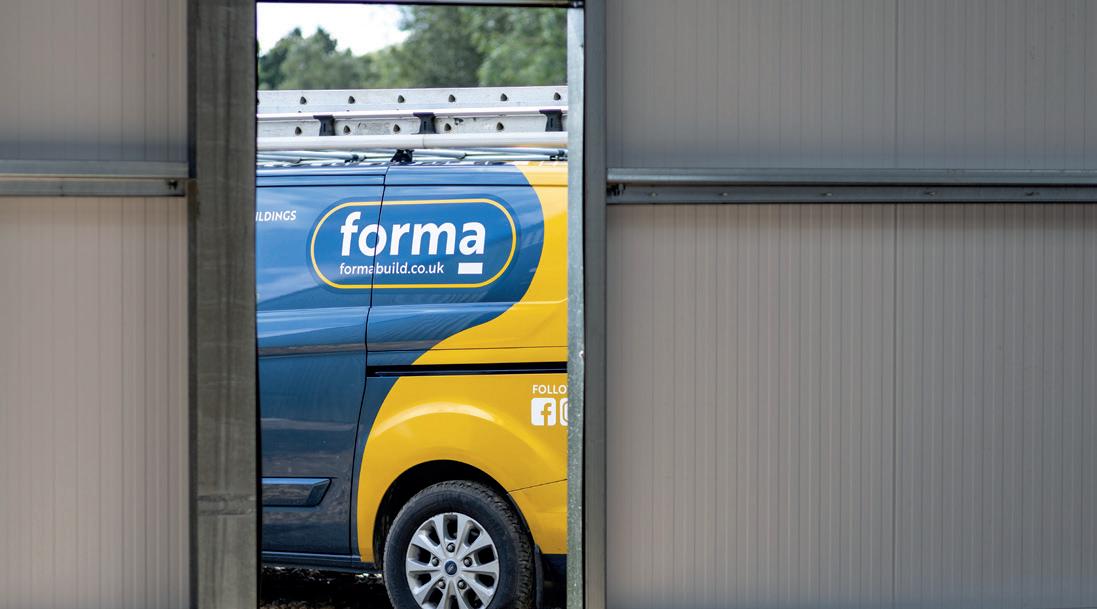
















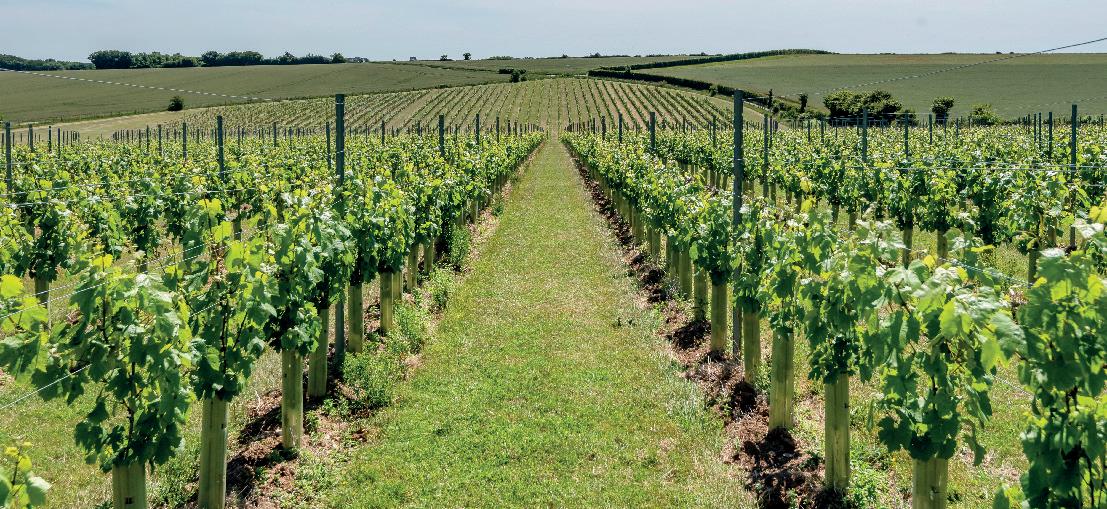


















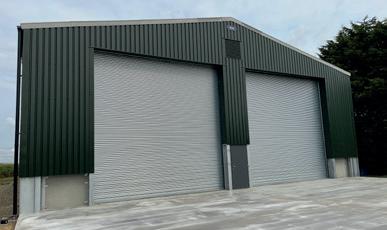
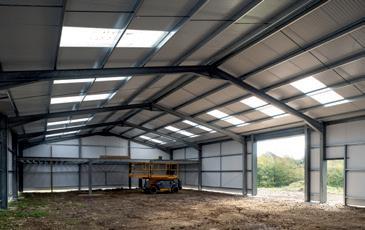
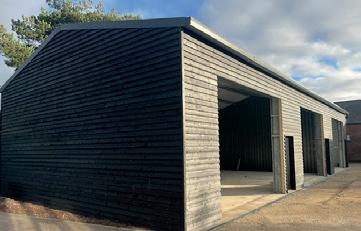
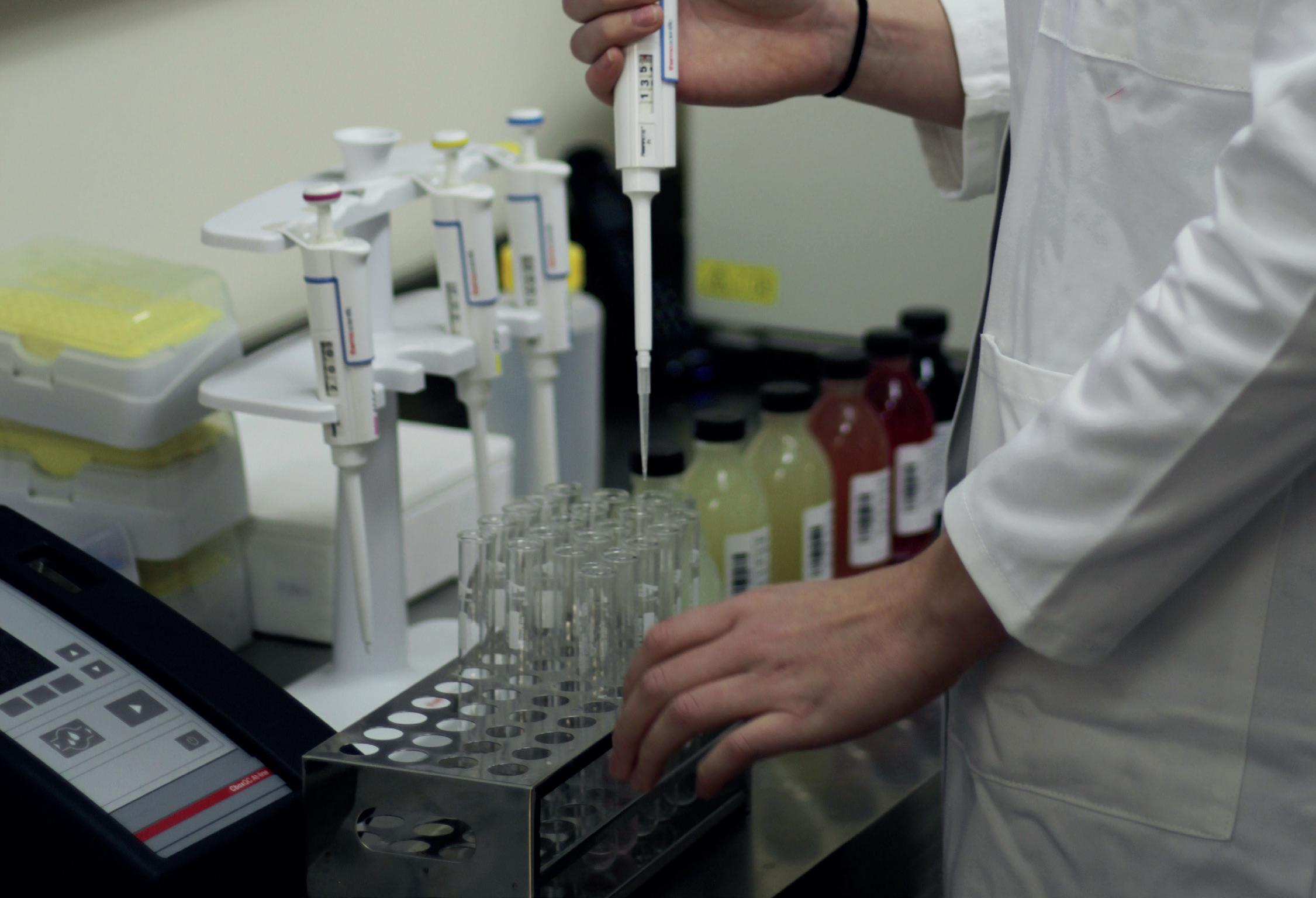
Oastbrook's summer party
Tucked away in the serene Sussex countryside, Oastbrook Estate came alive for its much-anticipated annual Summer Party – a joyful celebration of English wine, Brazilian flair, and warm hospitality, hosted by vineyard owners America and Nick Brewer. The event welcomed Wine Club members and their guests to what co-owner America Brewer described as "a bacchanalia of fun." With a backdrop of rolling vines and country charm, the day brought together Oastbrook's latest still and sparkling wine releases, delicious food, and a heady dose of carnival spirit.
"This is the only event where you get to try all of our wines," said America, who moved to England from Bahia in Brazil and has brought elements of her cultural heritage to the vineyard in joyful, expressive ways. "I always like to share a little bit of my Brazilian culture with music from my country and of course Samba carnival dancers." And she certainly did. The event combined elegant wine tasting with moments of festive energy, as samba performers and live Brazilian music filled the air, creating a vibrant contrast to the otherwise laid-back English vineyard setting. It's this duality – a fusion of precision winemaking and celebratory warmth – that defines Oastbrook.
Guests were treated to a Brazilianinspired BBQ lunch served buffet-style, encouraging relaxed mingling and shared tables under the summer sky. Throughout the afternoon, glasses were kept filled with the full expression of the Oastbrook
portfolio. A curated masterclass led by celebrated broadcaster and drinks expert Andy Clarke provided an educational highlight to the festivities.
Clarke, known for his work on Saturday Kitchen Live and This Morning, brought an energetic presence to the tasting, combining storytelling with expert palate notes. His deep knowledge of the UK wine scene made him a fitting host for a party that was as much about learning as it was about leisure. For America and Nick, who lead the tours and tastings themselves throughout the season, the Summer Party is a flagship moment in their calendar. It embodies the philosophy at the heart of Oastbrook – that great wine should be shared, celebrated, and rooted in place. Oastbrook has quickly earned a reputation as one of England's most distinctive wine destinations. Known for its innovative and award-winning wines, it also offers immersive vineyard tours, family-friendly experiences, and even luxury accommodation in their Vineyard Hollow. The estate is a founding member in the newly launched Rother Wine Triangle – a tourism initiative supported by Rother District Council that aims to shine a light on the region's vibrant wine culture.
With its combination of exceptional winemaking, unique personality and warm, welcoming atmosphere, Oastbrook continues to stand apart on the Sussex wine scene. Events like the Summer Party showcase not only the quality of the wines, but the vision and values behind them – a shared love of wine, family, and celebration.


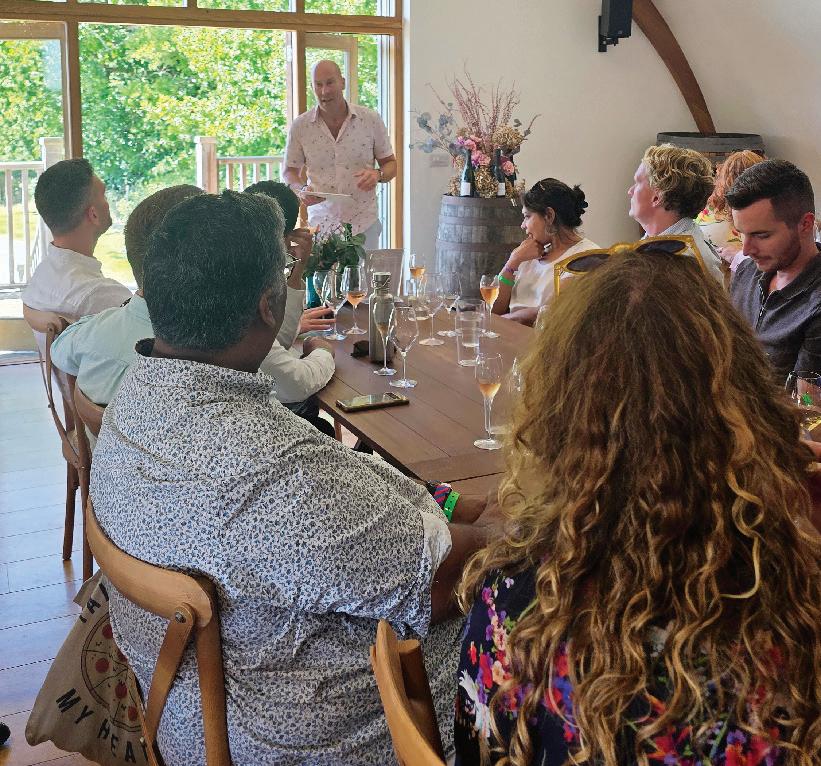

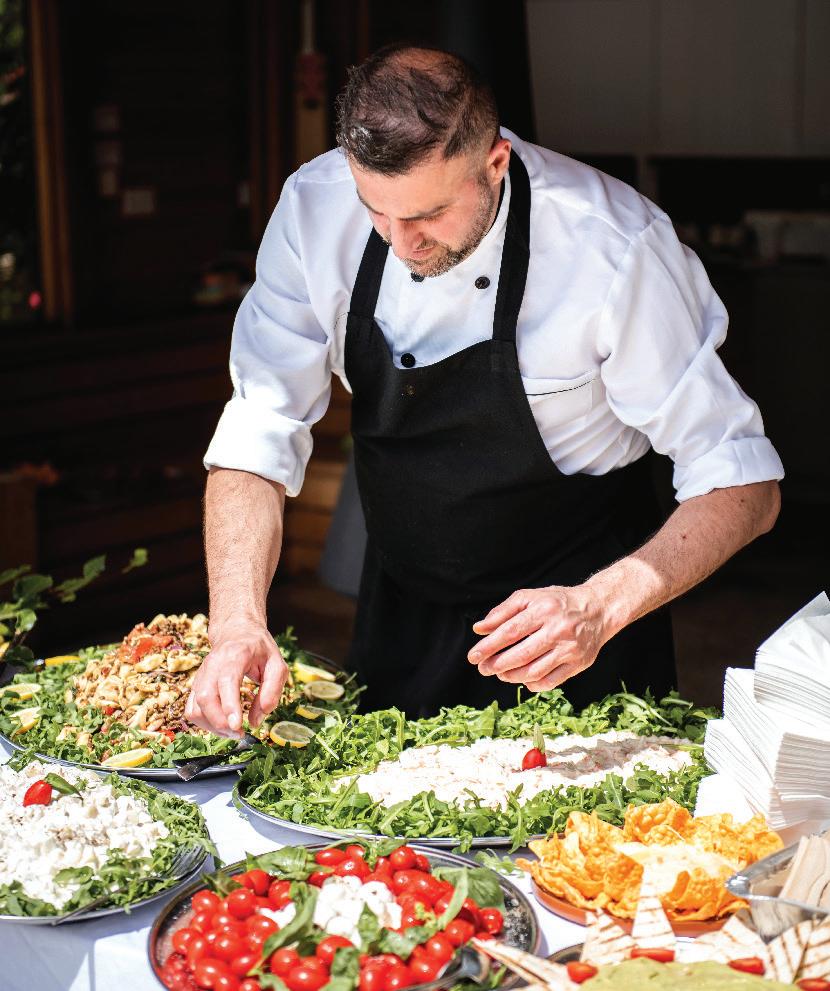
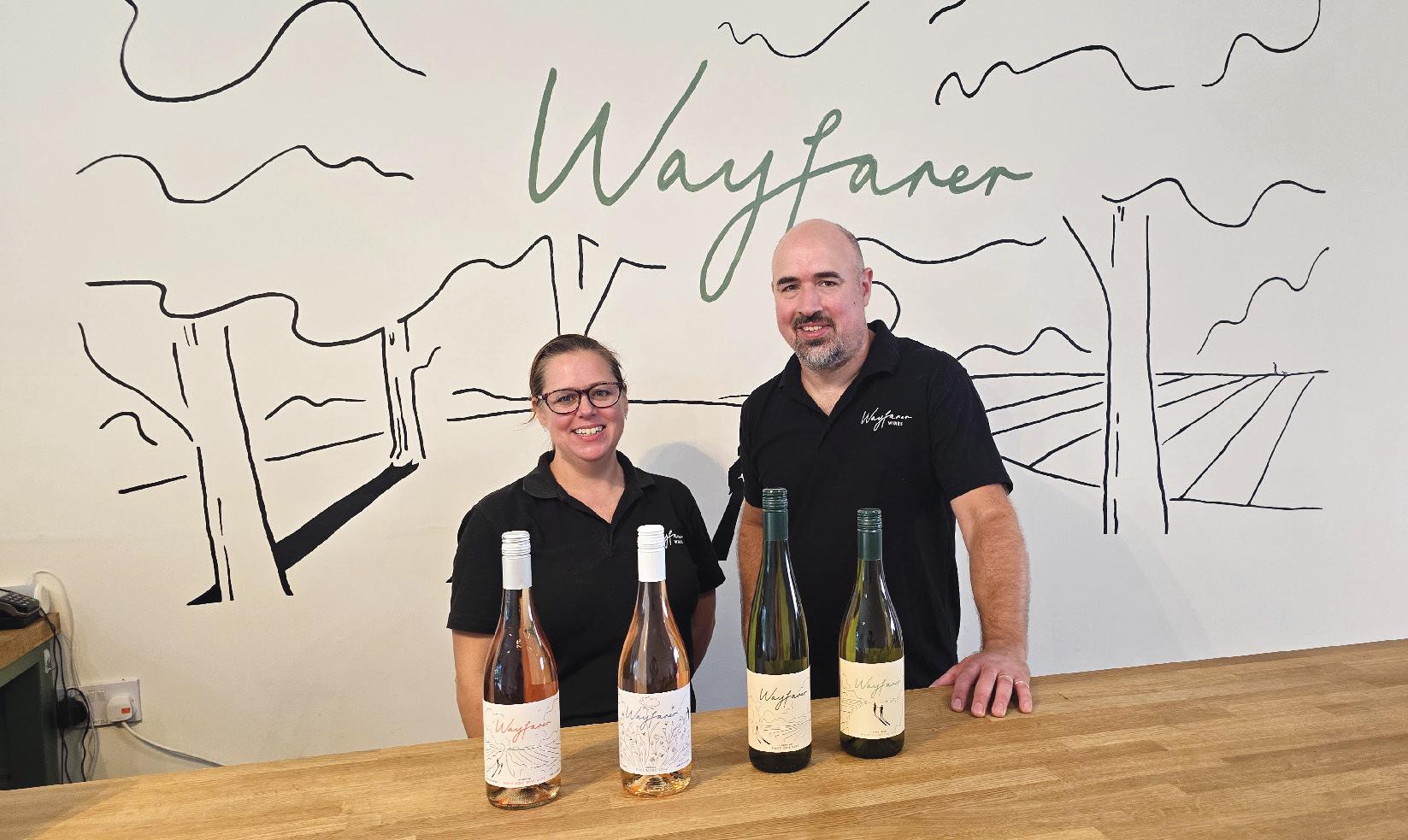
South American twist
Wayfarer Vineyard brings Asado BBQ to Kent vineyard.
Nestled amidst the rolling hills of Kent's Weald, Wayfarer Wines recently hosted its inaugural Asado-style BBQ at Highfield Farm Vineyard just outside Ashford, delivering an afternoon that perfectly captured the essence of English wine hospitality with a South American twist. The estate, run by the close-knit Ashford family – Matt alongside Karen, Emma, and parents Jeff and Linda, all serving as directors – has built an impressive reputation since planting their first vines behind the family home in 2016, establishing themselves as one of England's premier producers of still wines.
Despite an overcast day that moved celebrations indoors to the vineyard's welcoming tasting room, the event lost none of its rustic charm as guests gathered around long communal tables to enjoy flame-cooked cuisine and award-winning
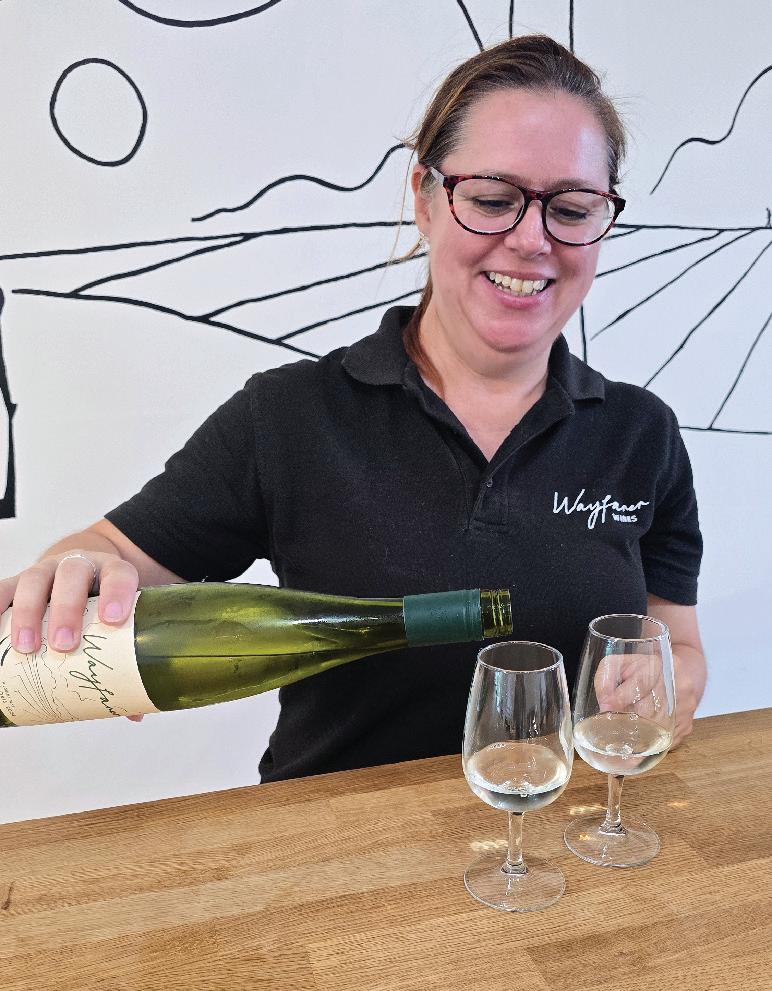
wines. The South American-inspired menu showcased asado-style lamb with chimichurri and Mexican-style chicken with lime crema, accompanied by vibrant sides including squash salad, ensalada criolla, and flame-roasted new potatoes, all enhanced by live musical accompaniment that created an atmosphere both relaxed and memorable. What truly elevated the experience was Wayfarer's exceptional wine portfolio, alllowing guests to sample the whole range with standout bottles including the Pilgrims Way Pinot Gris 2024, (bursting with ripe pear and citrus notes and boasting excellent texture from battonage), and the moreish Hedgerow Pinot Noir Rosé 2022, (alive with wild strawberry and summer berry flavours).
As one of the few English estates focusing exclusively on still wine production, Wayfarer offered guests the opportunity to explore their diverse range from vibrant rosés to complex reds, each glass reflecting the
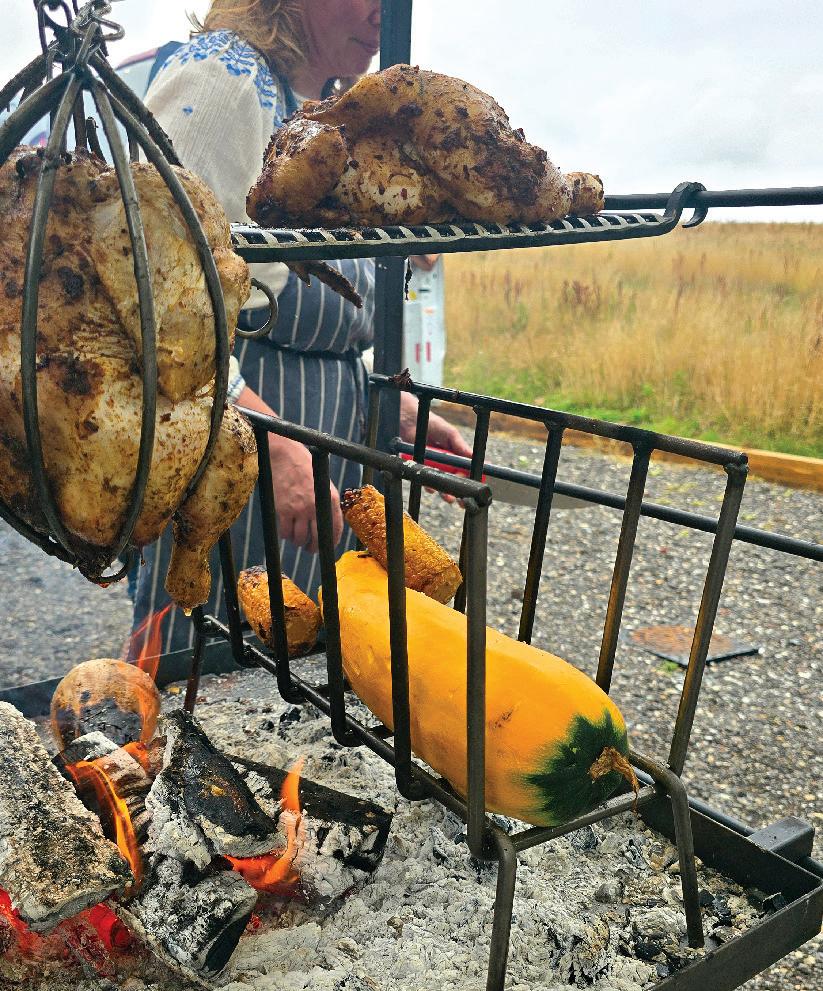
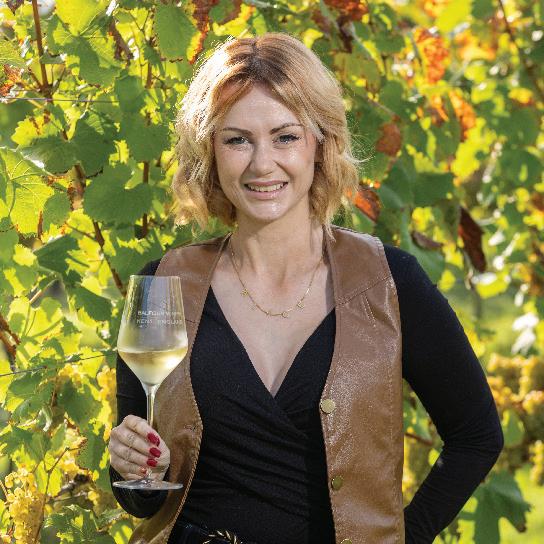
Alice Griffiths
Alice Griffiths is a wine communicator boosting the profile of English and Welsh Wine on social media, under the popular handle of Posing With Alcohol. Alice has worked within the agriculture industry for the past 20 years, spending time as a lecturer and a smallholder before discovering her passion for viticulture, winemaking and wine tasting.
Get in touch to have your events featured: ✉ Posingwithalcohol@gmail.com
INSTAGRAM Alice can be found on social media under @posingwithalcohol on Instagram.
family's unwavering commitment to quality, care, and craftsmanship.
The inaugural Asado BBQ embodied everything that makes Wayfarer special – unpretentious yet rooted in excellence, creating an experience that reinforced the sense that this isn't merely a wine brand, but a family sharing their genuine passion for exceptional wine and memorable moments. With more events planned throughout the year and their continued focus on creating experiences rooted in place and purpose, Wayfarer Wines continues to distinguish itself in the ever-evolving English wine scene, proving that great wine and warm hospitality remain the perfect pairing.
www.wayfarerwines.com
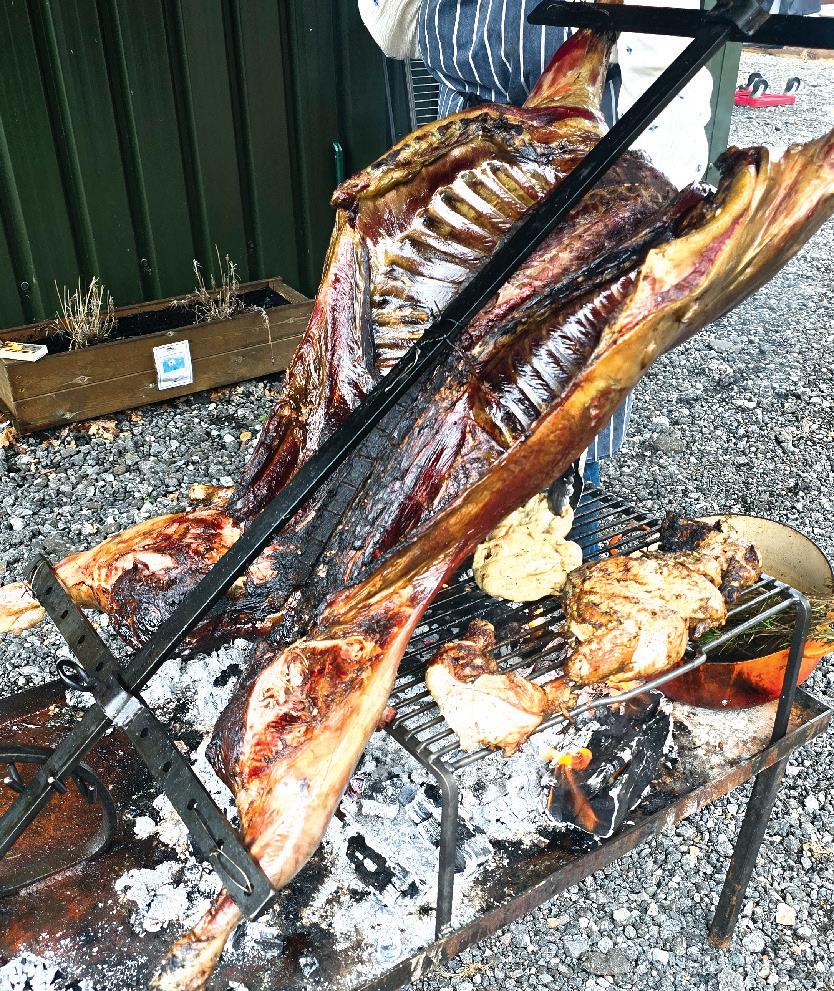
Reducing chemical inputs
Biobest UK is excited to exhibit at the Vineyard & Winery Show 2025, showcasing its leading range of biological solutions designed to support sustainable and profitable viticulture.
With a strong focus on Integrated Pest Management (IPM), Biobest offers growers innovative tools to reduce chemical inputs while maintaining crop health and quality. With increasing pressure on vineyards to reduce pesticide use and meet sustainability targets, Biobest delivers proven solutions that align with both environmental goals and economic viability.
Biobest have several products that are ideal for vineyard applications, including:
◆ Predatory mites such as Amblyseius montdorensis and Amblyseius andersoni, which are particularly useful in vineyards for controlling pests like thrips, broad mites, and spider mites, helping to maintain healthy plants and improve grape quality.
your
◆ A Spotted Wing Drosophila (SWD) lure Drosinal is proven to be extremely attractive to SWD and is used by soft fruit growers across the UK.
◆ A range of biopesticides (e.g Delfin) which can be used for safe, effective control of vineyard pests and pathogens.
◆ Sticky traps and monitoring tools – Essential for early pest detection and decision-making as part of a robust IPM strategy.
“It is a pleasure to be breakfast sponsors at the 2025 Vineyard & Winery Show. Biobest’s technical team will be on hand to discuss tailored strategies for vineyard pest management and the integration of biological controls with existing practices,” said Jorge Tirado, Product Manager at Biobest.
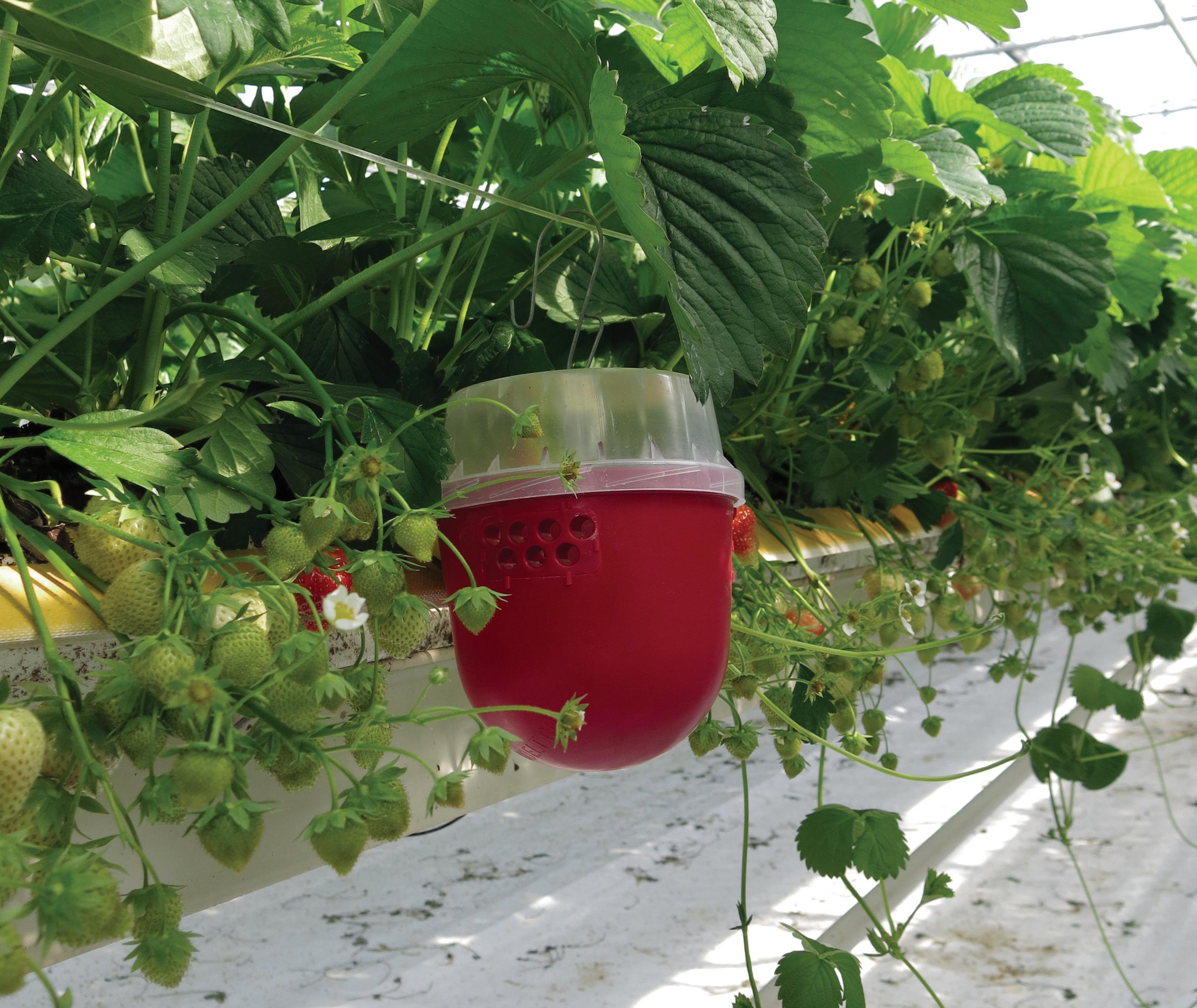
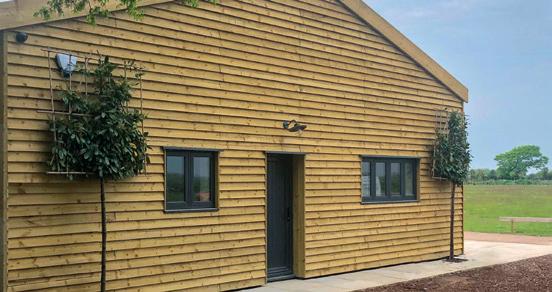
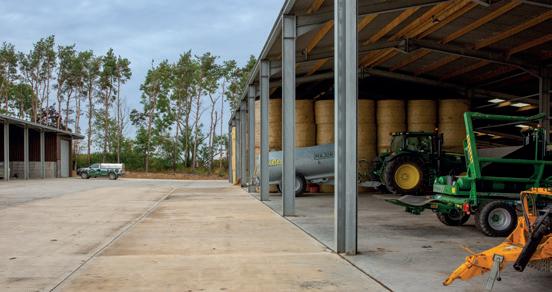
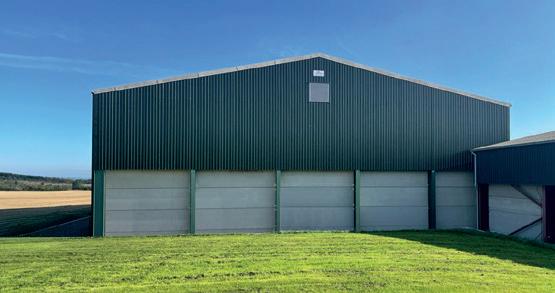
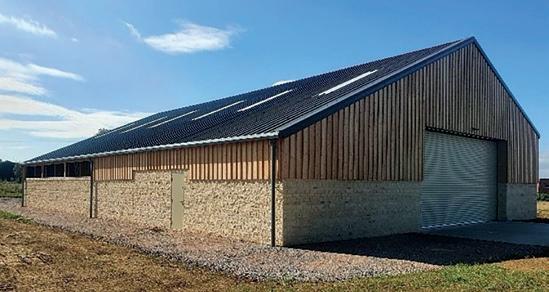

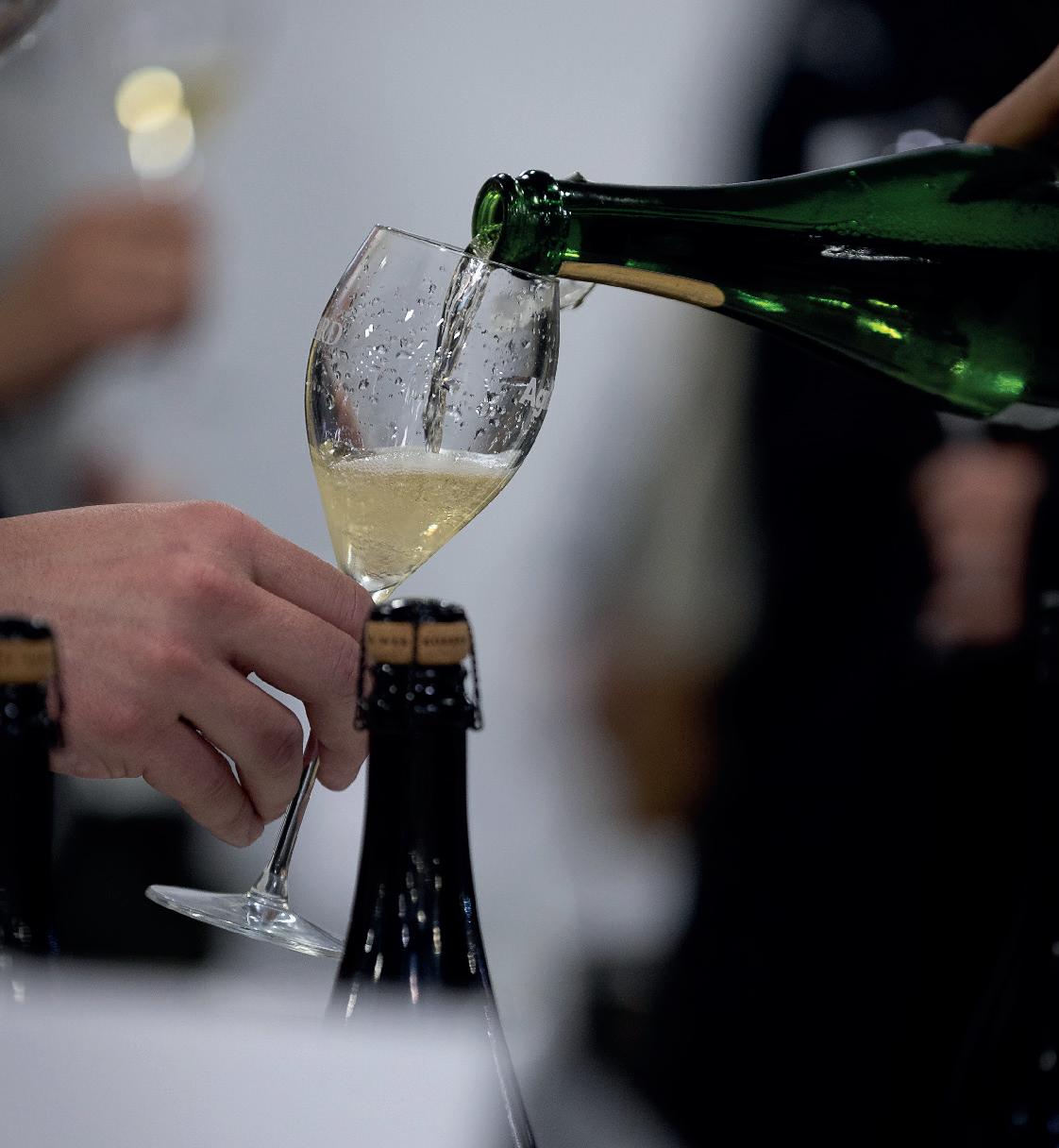

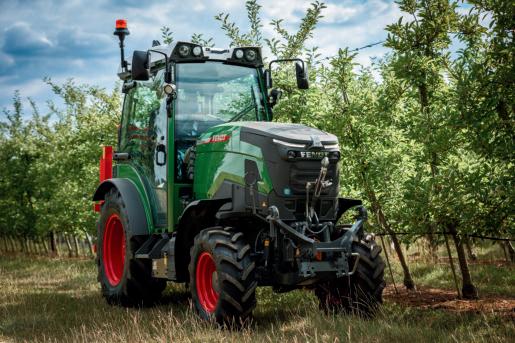
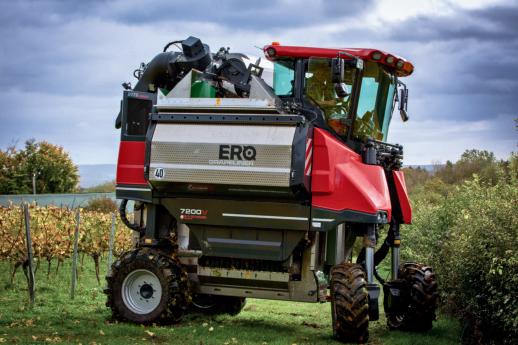


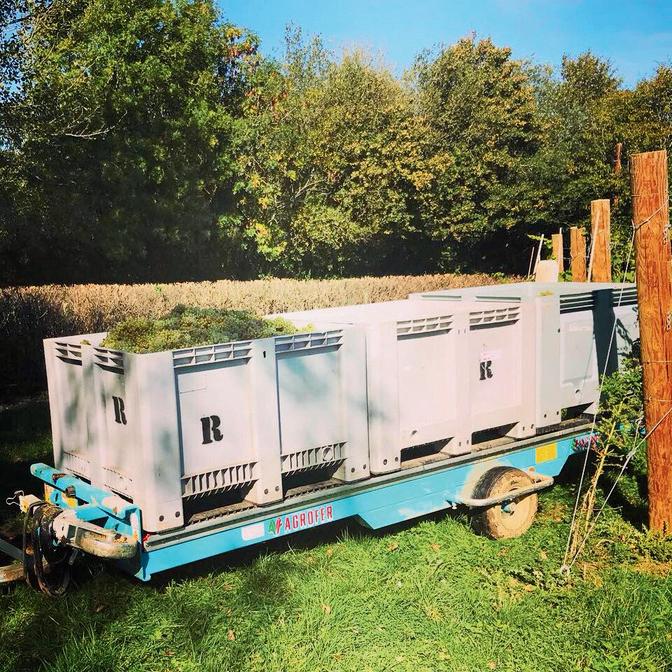





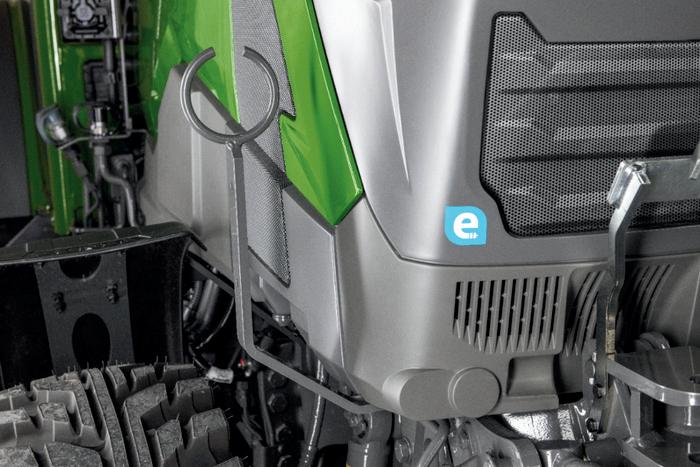
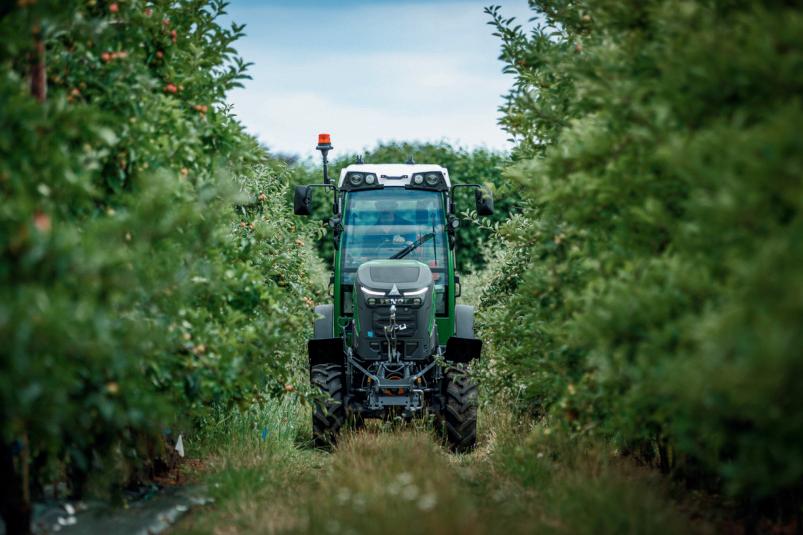

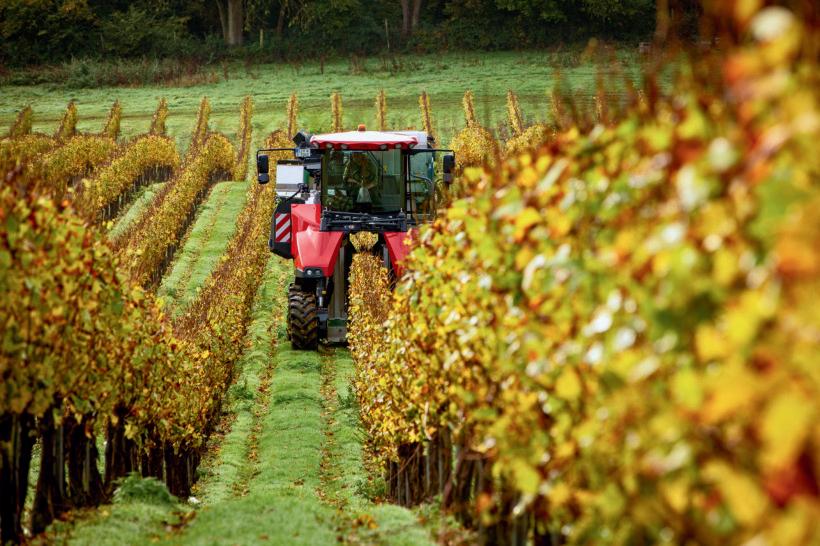






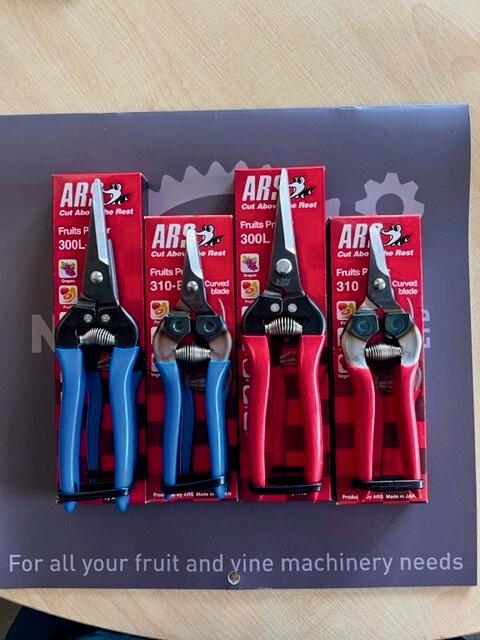
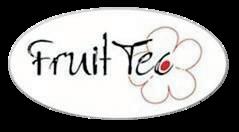


I am guilty as charged of wanting to taste wines as soon as they are bottled. It is my job. Better still, when they are in a barrel or a tank, it is my job. I like scoops. It is my job. However, continuously chasing young wines, pre-release screenings, if you will, is the job of the reviewer or critic, but in the case of wine, it is rarely when these wines taste at their best. If I were a film critic, standing on the set would have little bearing on the final cut of the film. But seeing it before the red carpet is unfurled is essential to being able to prime the public. In the wine world, I find it immensely useful to see wines, especially those bottles I like best, on as many occasions during their life as possible. This privilege informs me of their potential, their curve of enjoyment, and the ability of each bottle to open doors to undiscovered perfume and vaults of evolving flavour, which, in truth, is the reason why we drink this stuff in the first place. Having been working in this industry for nearly forty years and having had the pleasure of drinking many of the so-called greatest wines of the 20th century (and a good few from the 1800s, too), I am aware that the finest bottles from this millennium are all still figuring out their journey plans,
which is fascinating.
This month’s piece is not concerning the ‘last orders’ bell ringing in a pub, but a last chance to order three spectacular wines that have years ahead of them in terms of drinking, but which will be usurped by newer vintages being released. This is, in effect, the absolute opposite of any piece I have written before.
These wines might be ‘old’ releases, but they are still young wines, and I have had the pleasure of tasting all three several times, so plotting their drinking graph is a doddle. And, importantly, they have all inched closer to the peak of their drinking windows, and this is the critical piece of information you need to digest.
While most wines ought to be snapped up on release for fear of missing out on owning valuable stock down the track when they have sold out, these wines ought to be placed in cellars until they are ready to drink. In this new world of immediate gratification and the distinct absence of cellars in modern dwellings, we ought to be seeking out those wines that are at the peak of their powers, as opposed to the newborns! So, I raise my glass(es) to these three wines that are still, just about, in stock, AND utterly stunning with it!

As Waitrose prepares to move on to the new vintage, Camel Valley HQ still has stocks of this celestial vintage. It is fair to say that this wine style is Camel Valley’s most famous.
There is always a perfect Pinot perfume emanating from the glass in this 100% Pinot Noir sparkler. The palate follows with glorious volume and silkiness, which the Lindos attribute to a long fruit hang time and their medium-loam soils.
Camel Valley is not an estate that demands the drinker squirrel this wine away for aeons before popping the cork, as they understand that most buy to drink without delay. However, there is a magnificent degree of fruit integrity here that genuinely needs a few years to blossom to reveal its peacock’s tail of talent. So, while I do not doubt that the new vintage will be delicious, there is no doubt it cannot hope to match the allure and complexity the 2021 shows right now.

2018 Woodchester Valley, Blanc de Blancs
£45.00
www.woodchestervalleyvineyard.co.uk
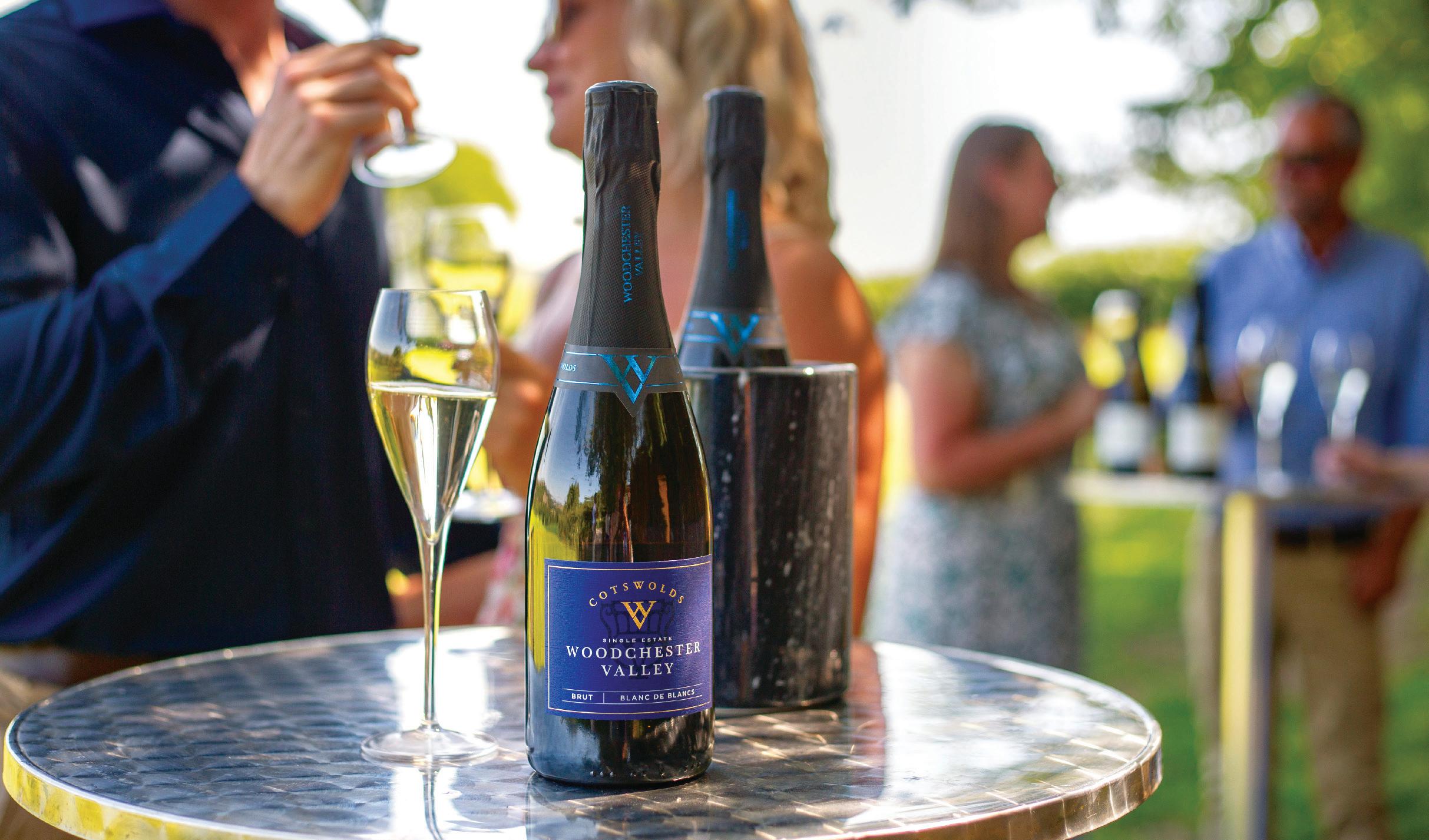
I fell for this 100% Chardonnay BdeB nearly a year ago, noting its balance was nothing short of epic. Significantly, I added a ‘+’ to my score of 18/20 in my notes, and this designated a wine that will greatly benefit from extended ageing.
Of course, this does not preclude drinkers from enjoying this wine now, but it informs readers that the length of this wine’s life might shock people who ordinarily think it needs to be guzzled at speed.
This plus sign relates, more often than not, to the acid profile of a wine. It does not, however,
imply that the acid is in any way powerful or marked. By contrast, it signals a wine with a visible battery pack that is in harmony with its accompanying fruit notes.
I am convinced that Woodchester’s thrilling 2018 Blanc de Blancs was a wraith-like creation in its youth that flatters and tempts, but which has metamorphosed into a revelatory beauty now that it has reached its mid-life. And there will be more excitement to come. This is a landmark wine for this brilliant Cotswolds estate, and there will be many more chapters to keep us turning the page.
2020 The Grange, White from Black, Hampshire £43.00 www.thegrangewine.co.uk
Leaving aside the prominent and hopefully provocative notion of shunning the French expression for a white wine made from black grapes, and the fact that I was privileged to write this wine up as a genuine scoop on this very page two years ago, this wine is the one that inspired this month’s column.
Yes, it was delicious when it was first released. Unresolved, but mouthwatering. But Pinot Meunier, from the excellent 2020 vintage, could not hope to be exhibiting its full array of skills and moves at only three years of age. The clock has ticked by, and the assimilation of the orchard fruit and spice is finally complete.
Not only does this wine today taste more complex, engaging, and complete, but it has also finally found its identity, setting it apart from all others in the country. This was worth waiting for. I signed off my previous note with, ‘I have no doubt it will age beautifully, too!’. It has, and I urge those of you who have not tasted a wine of this pedigree made from Pinot Meunier to jump in quickly. 2020 WfB has ascended to its higher plane of enjoyment, and it has never looked better.
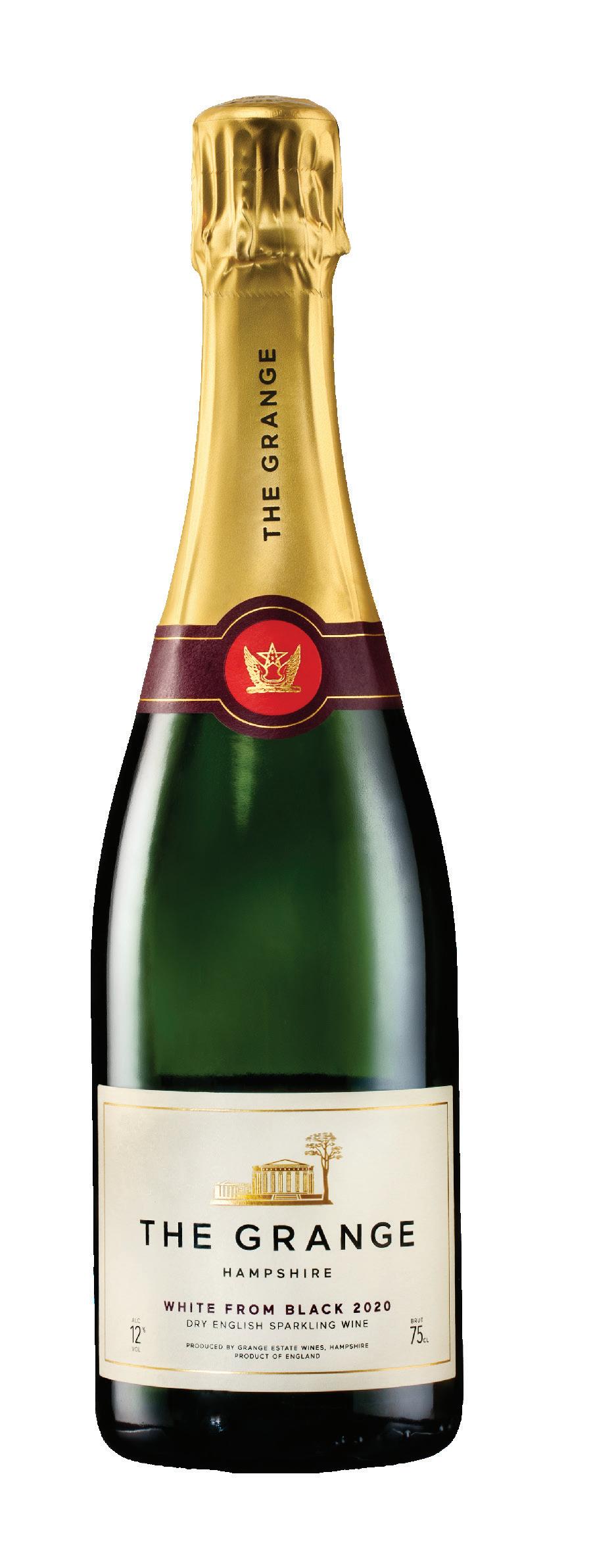
Welsh wonder
Gwinllan y Dyffryn literally translates to The Vale Vineyard. Located in the Vale of Clwyd it is a place of stunning beauty where views of the North Welsh countryside surround the vineyard as if encapsulating it in a blanket of lush hills and scenic views.
The vineyard at Llandyrnog is situated ten miles from the coast and the climate is heavily influenced by a rain shadow from the mountains of Snowdonia with the Clwydian Range to the east. This means that the harsh and forbidding North Wind used to great literary effect by the ancient Welsh poets Taliesin and Dafydd ap Gwilym is somewhat moderated with the vines enjoying a more gentle experience than these poets would suggest.
Husband and wife team Rhys and Gwen Davies both have farming backgrounds and grew up on farms within five miles of the vineyard. They both attended Harper Adams College though not quite at the same time. Gwen and Rhys decided to purchase the property in 2009 and with a refreshing honesty they both explain that they were initially looking for a family home not a farming opportunity. In 2018 a field and barn adjoining their property became available and Gwinllan y Dyffryn – The Vale Vineyard became a reality with the first vines planted in 2019.
Gwen had previously worked for Farming Connect, a Welsh Government funded project that would look at diversification opportunities for farmers. Through discussion groups that she organised Gwen had come across Welsh Vineyards such as White

Castle, “Rob from White Castle visited the site in the early days and saw the potential, and was a mentor for us in the first couple of years,” she said.
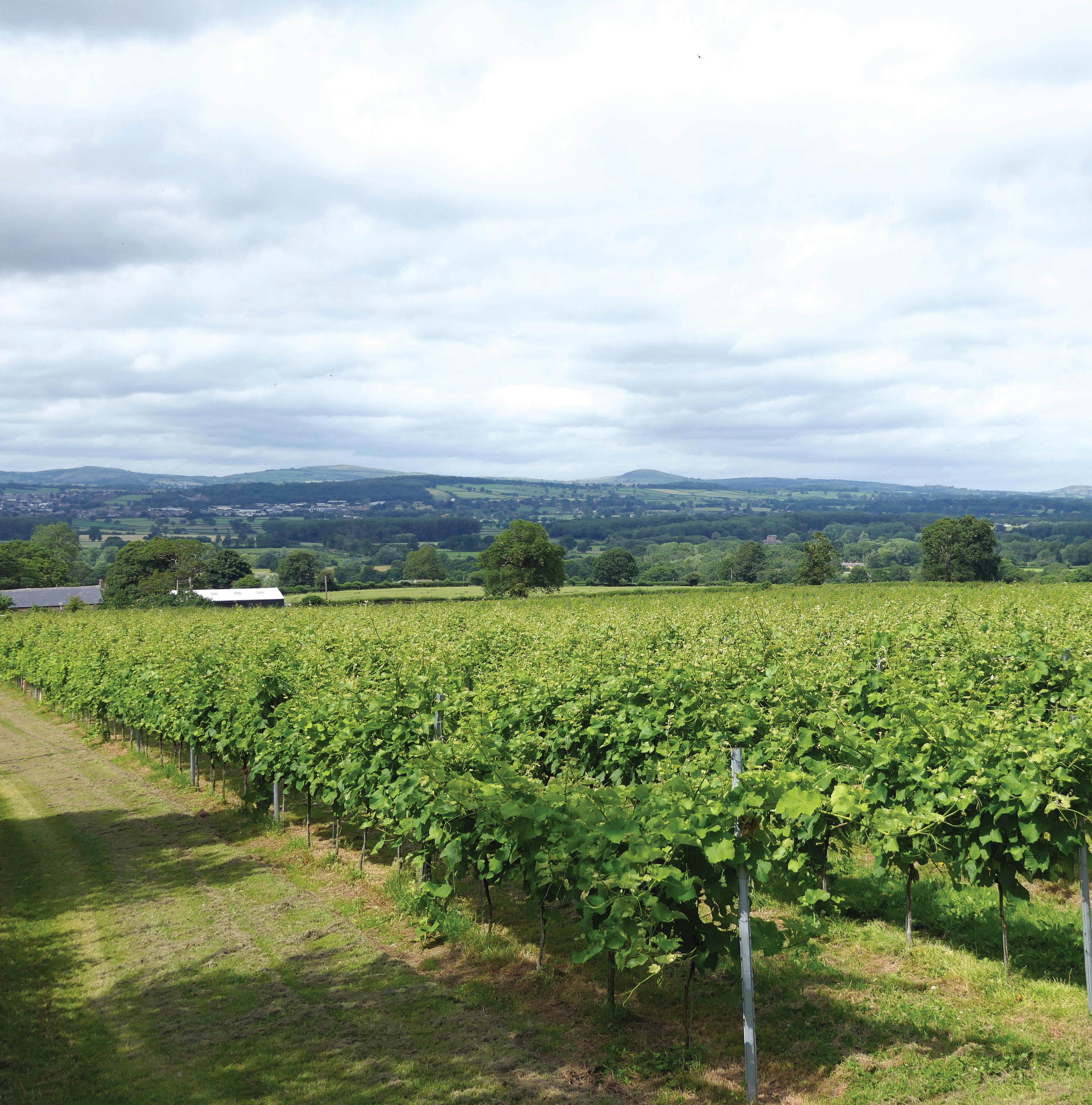
Rhys is a chartered surveyor by profession and a former Nuffield Scholar “I do have one thing I would change with hindsight, I went to places such as South America, New Zealand and California looking at beef and sheep but not the grapes,” said Rhys with a laugh. He is now the estate manager at Rhug Estate owned by Lord Newborough, 8th Baron Newborough who is known for his commitment to sustainable farming practices. The Estate is run organically and has about 12,500 acres. Rhys is no stranger to diversification as the Rhug Estate have a herd of American Bison. “There is a farm shop on the Rhug Estate that also sells our wines,” said Rhys.
Gwen and Rhys also credit the late Martin Vickers of Halfpenny Green as a real source of support at the start of their wine journey.
“We had a chance meeting with Martin Vickers at the Royal Welsh show where Martin and Tina were serving their wine at a reception and that is where the serious thoughts about planting vines and winemaking came from,” said Rhys with warmth. He and Gwen both fondly remember Martin arriving at the property a week after
their first meeting and he was a huge help on their wine journey as he was for so many other growers. With a sense of symmetry both Martin Vickers and his son Clive Vickers both went to Harper Adams just like Gwen and Rhys. “Halfpenny Green do a great job as our winemaker,” said Rhys and Gwen together. “They are the experts and as a partnership we want them to be proud of the wines they make with us,” Rhys added.
As testament to the truth of these words Gwinllan y Dyffryn - The Vale Vineyard won Best Alternative Red for its Robin Goch 2023 at the WineGB awards ceremony held in London on 17 July. The Robin Goch is a blend of Rondo, Caberet Noir and Divico. At 12% the wine is well balanced with a fruit forward flavour profile highlighting all that is possible from wine in Wales.
Robin is the name of Rhys dad who has helped to establish the vineyard. “He still does a fair amount of wire lifting and tucking in over the summer,” said Gwen. This really underlines the family unity in the vineyard. Robin Goch also means Red Robin in Welsh and is a playful welsh language nursery rhyme. The use of this name is designed to reflect the land from which the wine is made but in a way that warmly invites all to become a part of the experience and the journey. “We want people to celebrate with us the fact that this is Welsh wine but not push that on them,” said Rhys with humility.
“The Robin Goch is also a very approachable wine even for people who don’t usually like red,” said Gwen. This sentiment is also true of the vineyard itself. With a relaxed atmosphere in a glorious setting there is a feeling of approachability both for those new to Welsh wine and for those with significant wine knowledge.
Gwinllan y Dyffryn - The Vale Vineyard is no stranger to success, with the debut white sparkling made from 100% Seyval Blanc picking up a Regional win at the WineGB awards in 2024 and the debut Sparkling Rosé which is a blend of Pinot Noir Précoce and Seyval Blanc being awarded best sparkling rose at the Welsh Vineyards Association. All the sparkling wines are being released as vintage wines. <<
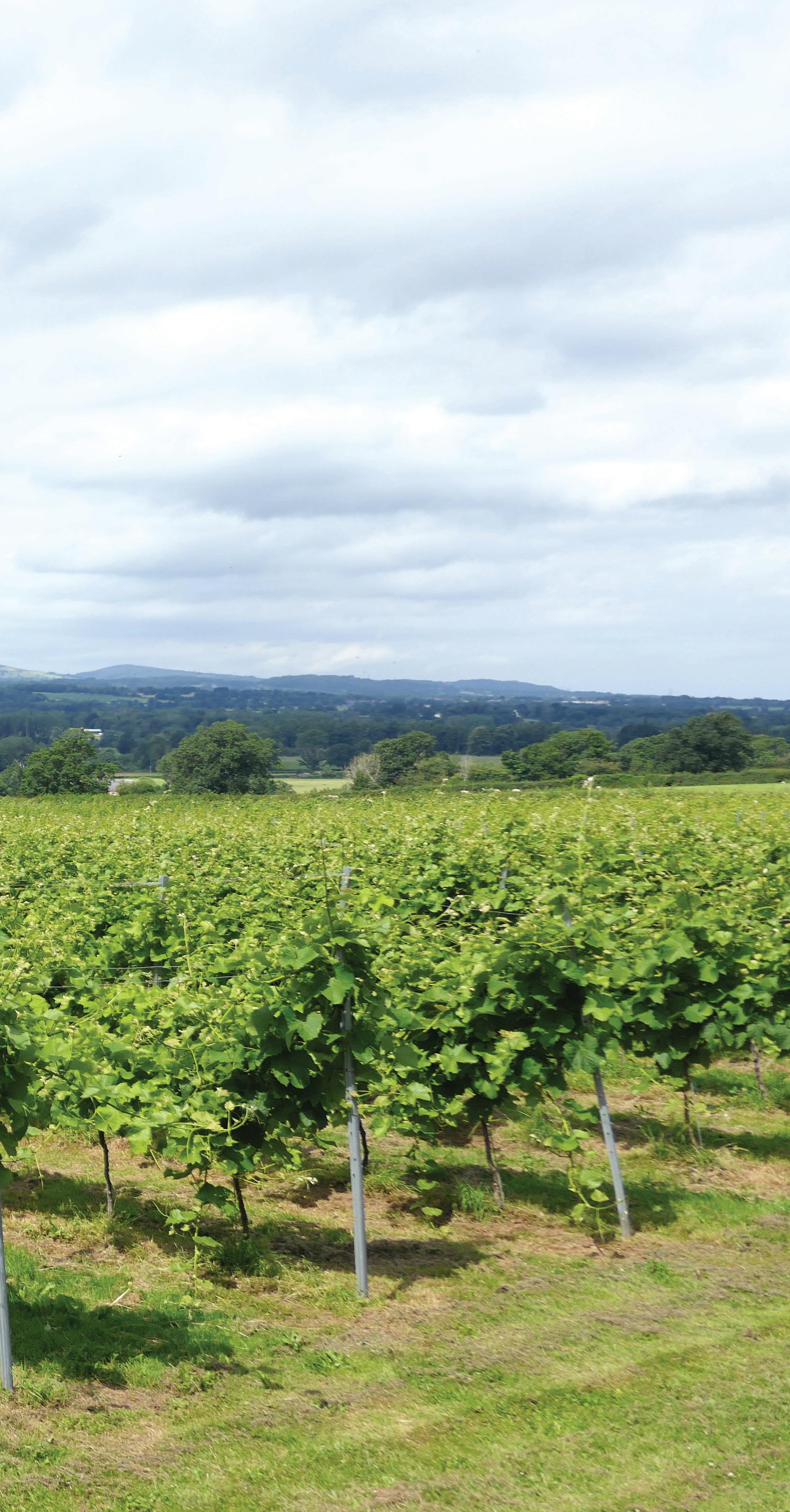

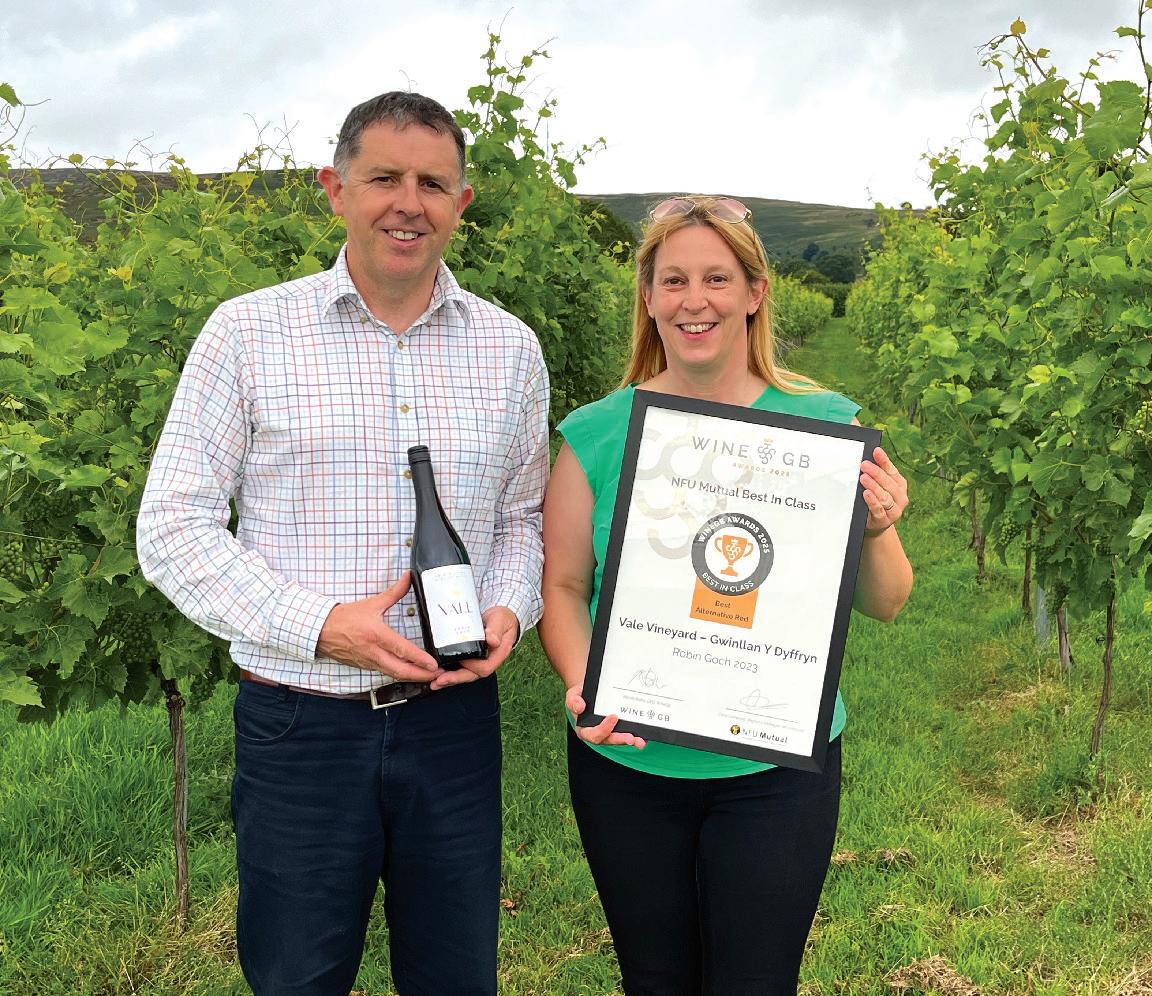
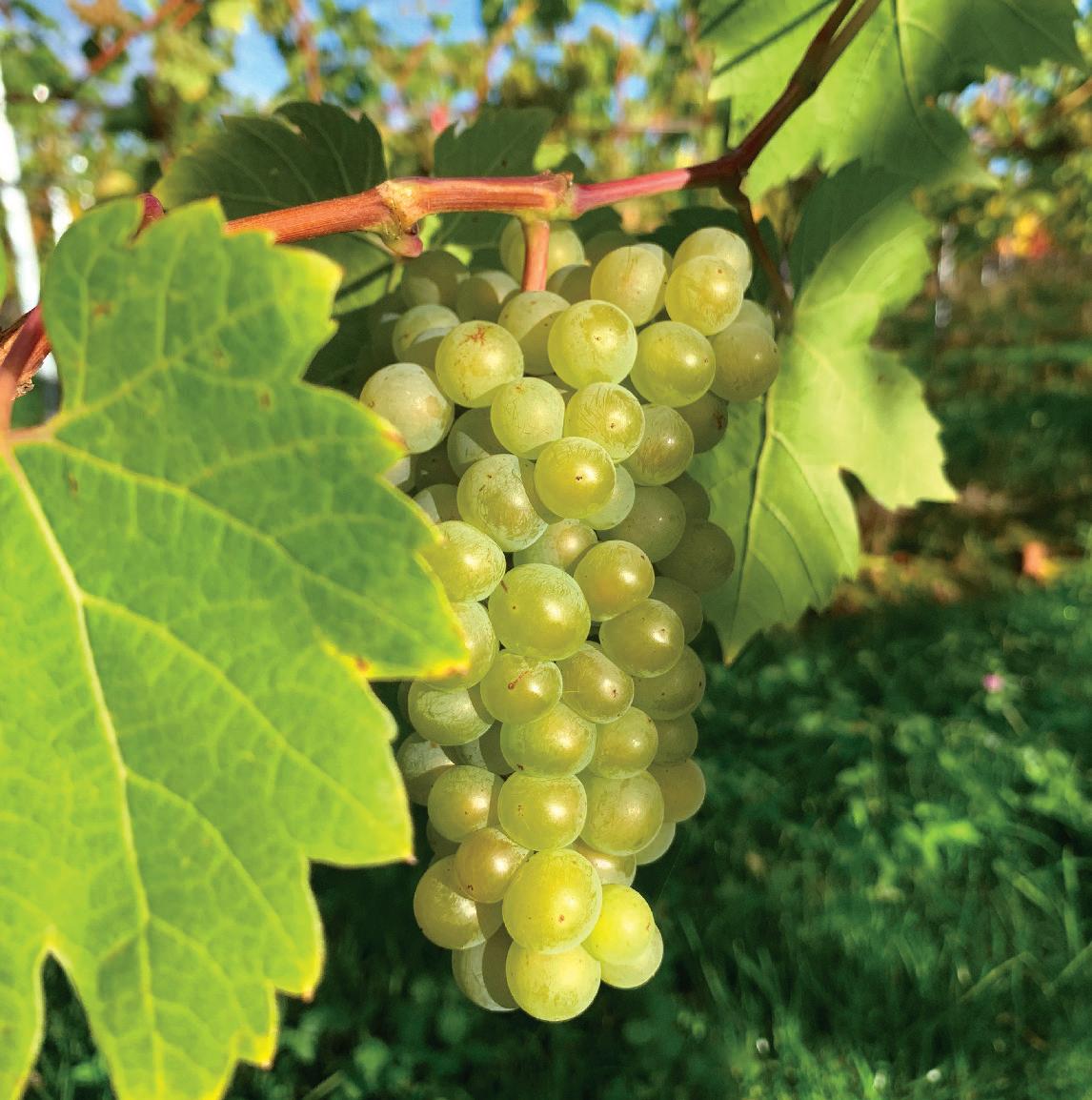
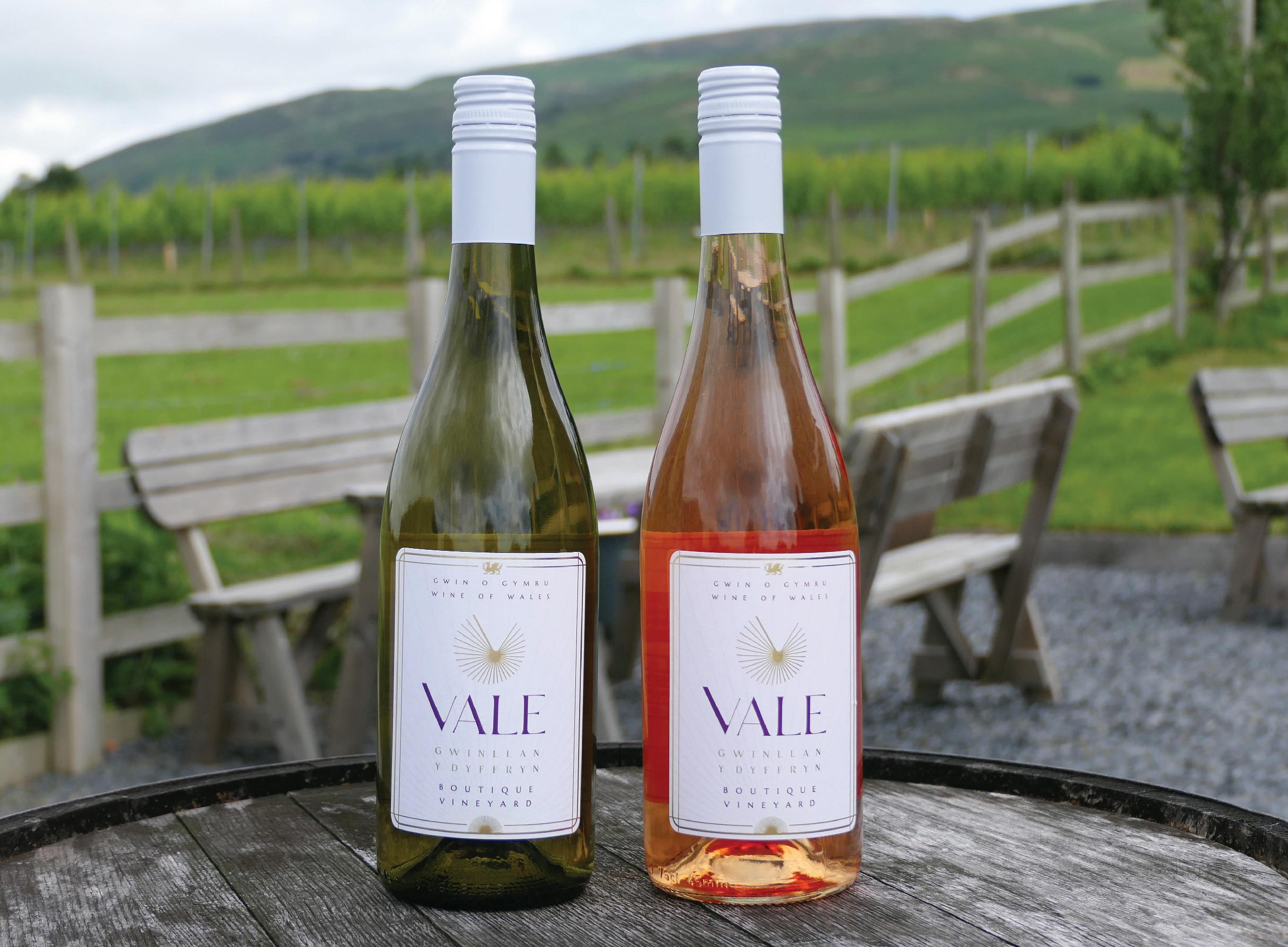
<< On the decision to make still wines, Rhys and Gwen explained that right from planting they wanted to have the options to produce a good variety of wines. “Conversations with Martin of Halfpenny and Duncan McNeill of McNeill Vineyard Management made us think and as Pinot Noir Précoce can be sparkling, rosé or red that is our most planted vine.” The first wines were launched in July 2022 and were a still white and a still rosé. “We have noticed that the reds need time to settle once they are bottled.” There is a 100% Caberet Noir wine but there are currently two blended red wines, “every blended red wine will be unique as it will depend on the varietal yields each year,” said Gwen.
The wines are sold mostly through the cellar door and through events with a few local on trade businesses stocking the wine and
John Buchan AGRONOMY LTD
local farm shops. Gwen pointed out that the wine merchant Gwin Dylanwad have supported the vineyard from the beginning and are big supporters of Welsh Wine. Gwen and Rhys both agree that this is an exciting time for wine in Wales – as the vineyards and wine styles available are growing, so too are the number of people who are both drinking and championing Welsh Wine.
Gwen is full of praise for the support for new businesses in Wales through various schemes including Food and Drink Wales. “I was able to have a winemaking course at Plumpton this year that was part funded,” she said.
“We have also been able to access technical support that is often fully funded,” she added. Gwen and Rhys are both qualified for spraying

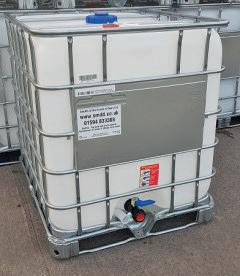
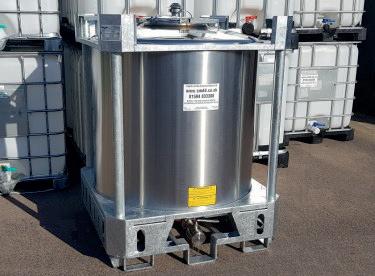
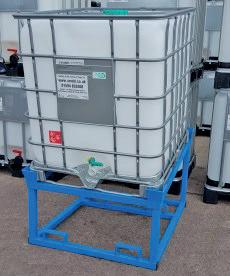
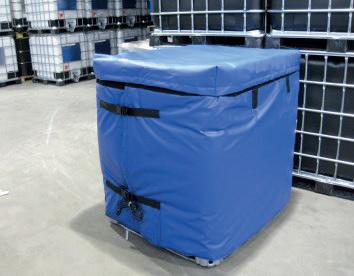
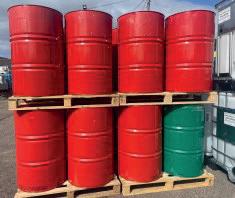
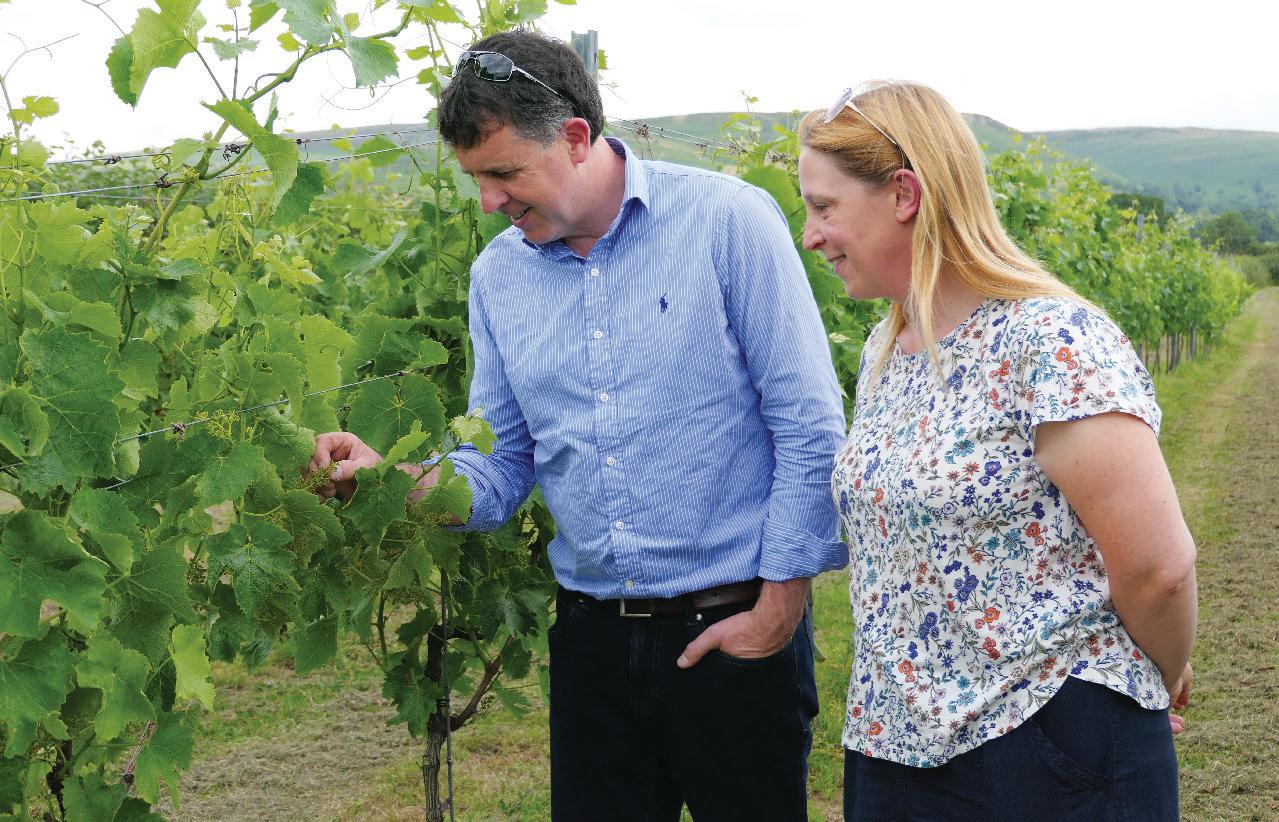
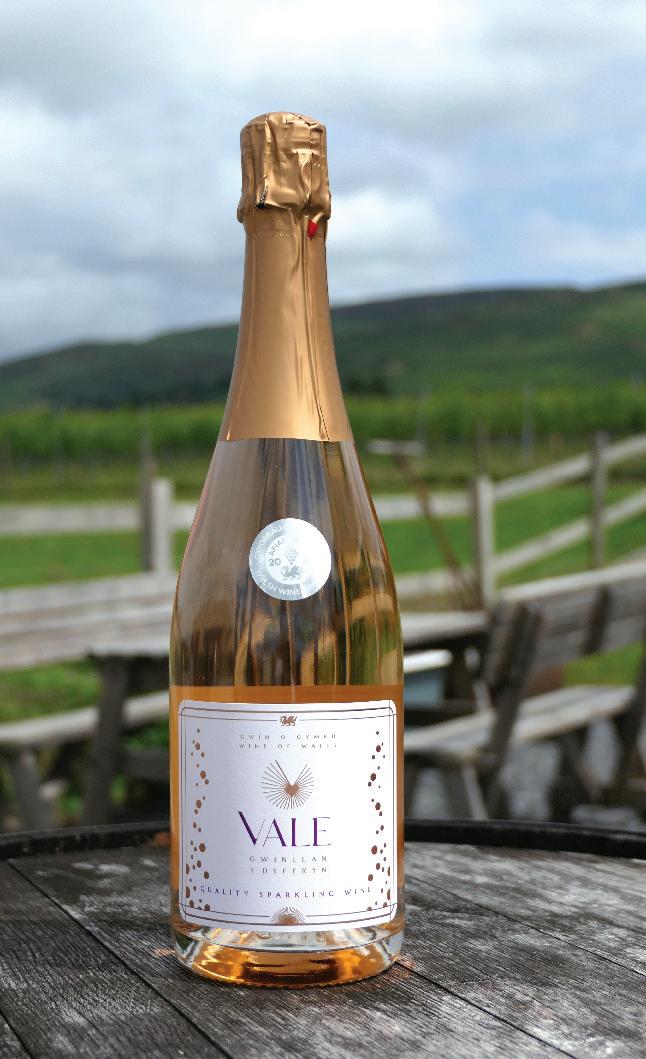
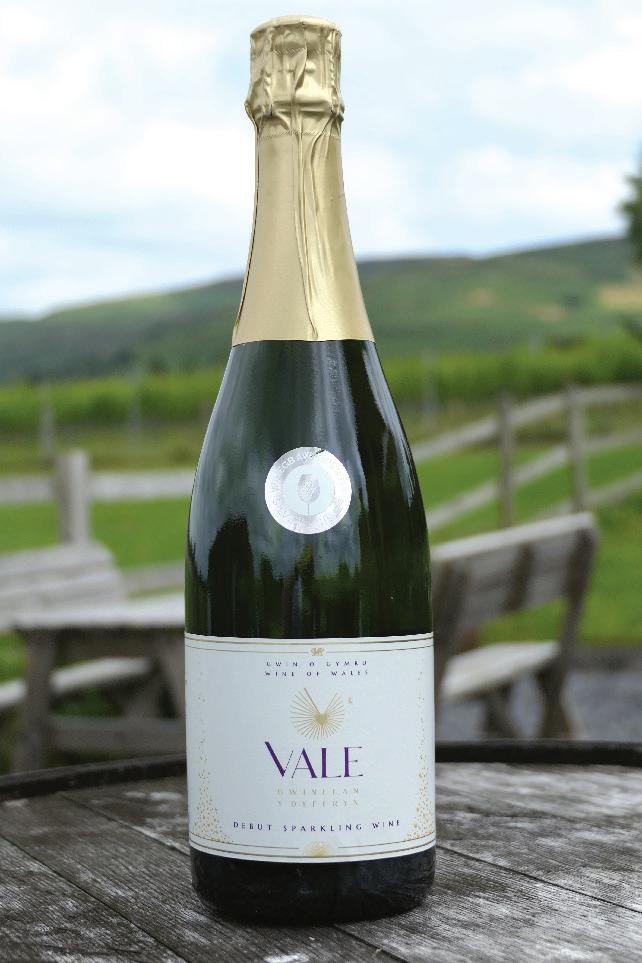
but Rhys is the one who undertakes the task and the couple share a joke or two about this. The majority of vines planted are PIWI varieties so Gwen and Rhys use a light touch spray programme and soil sample every other year to insure optimum nutrient levels can be sustained. Rhys pointed to the close tight bunches of the Seyval Blanc as making it particularly susceptible to Botrytis so it is a variety that needs close attention. Gwinllan y Dyffryn - The Vale Vineyard have hosted a Knapsack spraying course and a mist spraying course.
The varieties that are planted include “Seyval Blanc for the sparkling,” said Gwen. There are Rondo vines alongside Pinot Noir Précoce, Caberet Noir and Divico. There are only about 300 Divico vines. “We had intended to plant more Rondo but due to supply we were unable to obtain the Rondo so we have planted more Seyval Blanc,” said Rhys. I asked Rhys if the location of the vineyard in North Wales had anything to do with their inability to source enough Rondo vines and his answer was emphatically no. “We didn’t give a long lead time. We ordered the vines at the end of 2018 and it all happened very quickly and fair play to Duncan McNeill he sorted out all the vines and all the trellising very quickly,” said Rhys appreciatively.
The vines are planted with 2.2m rows and 1.1m between the vines. “We were concerned about the ability to get equipment because we are located in an area known more for livestock,” said Rhys. “I have ordered a de-leafer and trimmer from Lamberhurst Engineering and it will be arriving from Italy,” said Rhys with a smile. “It was so wet last year that we struggled to keep on top of the growth,” he added. “You had a good gym workout last year with the trimmer,” said Gwen with a glint in her eye that proves this husband and wife team take adversity in their stride with humour as their secret weapon. It is said
The vineyard has just taken delivery of a Rinieri trimmer and leaf stripper which is going to enhance canopy management, hopefully helping manage vigour and improve yield and quality
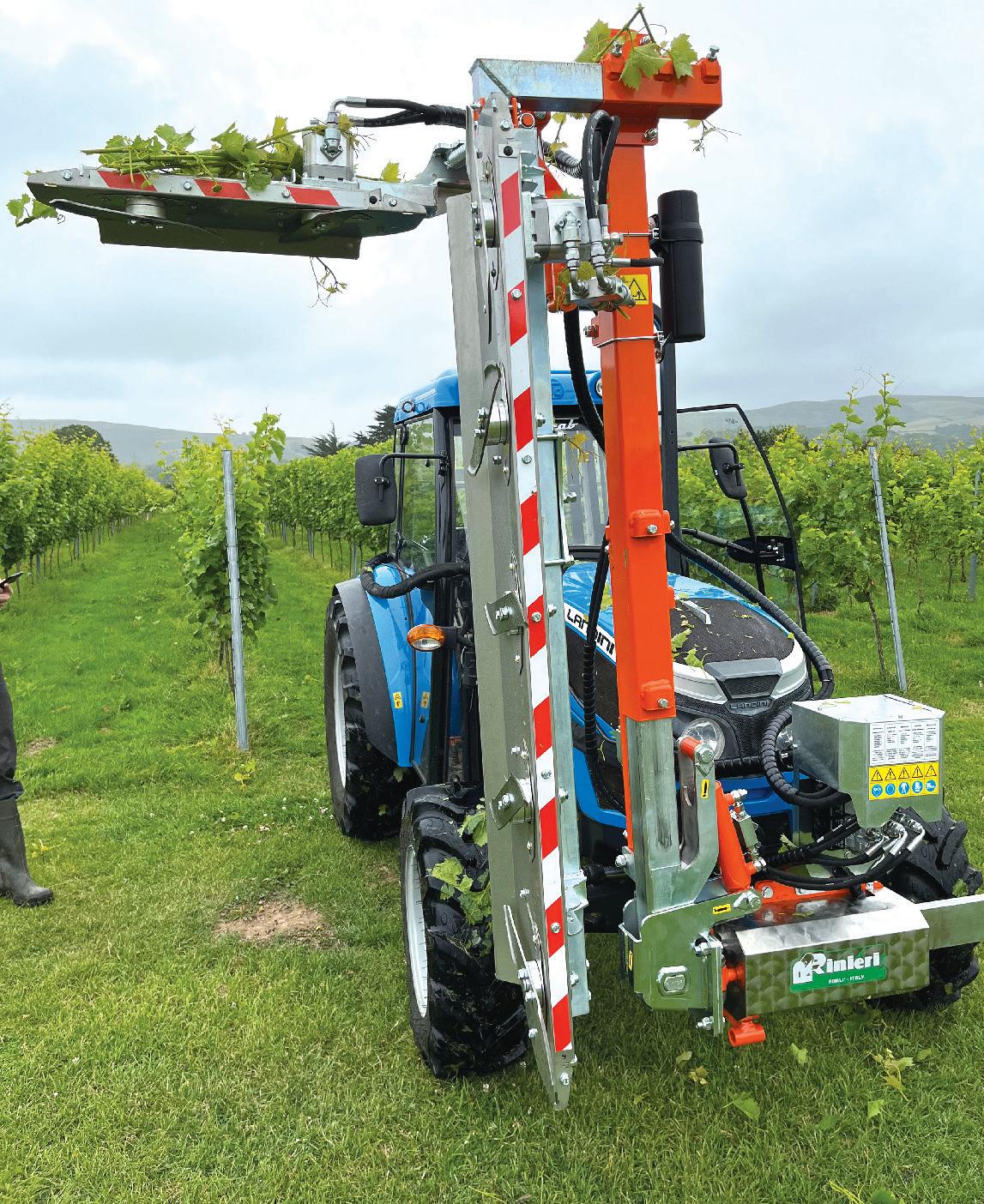
Gwen and Rhys both agree that this is an exciting time for wine in Wales – as the vineyards and wine styles available are growing
that the couple who laugh together stay together but Gwen and Rhys prove that humour can see you through a year even as disappointing as 2024. “We realised the damage that can be caused by a late frost but we did not quite realise the amount of damage that would be done by a wet flowering,” said Gwen.
The Solaris is planted on SO4 and is incredibly vigorous on the sandy loam soil. The first heavy crop was in 2021 with 2022 and 2023 also producing excellent harvests for the Solaris. Like many vineyards in both Wales and England the weather in 2024 meant that the harvest was severely reduced. Half a tonne was harvested from the Rondo and Caberet Noir which created a still rosé. In comparison the total harvest figure for 2023 was over 10 tonnes.





“We have only had three harvests besides 2024 but eight tonnes will be the long term goal whilst keeping everything in balance”
Gwen pointed out that the effects are continuing this season with the vines putting out greater vegetative growth and less fruit.
“We had a video call with Cameron at Vinescapes about the problem and he suggested we do more leaf stripping now so that there is more light on the canes and potentially experiment with some different pruning methods. We are currently on single guyot and we are thinking about doing some double cross over to stress the Solaris vines a little more and manage the vigour,” Gwen explained.
With their farming background, the couple are pragmatic about the unpredictability of different seasons and definitely have a resilience that is impressive. “It averages out but the difference here is that it is averaging year to year not across the year. If you are a sheep farmer you may have a slow start but it will pick up as the same amount of grass usually grows across a year but with vines at flowering you just get one chance,” said Rhys. “It was a bit difficult to go out and prune again in the winter, a bit of psychology comes into play,” added Gwen candidly. “Martin Vickers gave me some good advice last year because he warned me that these years usually come in twos and this was not said in a negative way but made us aware that things will not just bounce back straight away,” said Rhys with warmth in his voice.
Speaking about expected yields really highlights the couples’ farming roots. “It is still early days,” said Gwen. “We have only had three harvests besides 2024 but eight tonnes will be the long term goal whilst keeping everything in balance,” added Rhys.
It is a two and a half hour journey each way to Halfpenny Green so harvest takes place over the weekend in the mornings and the trailer leaves by the early afternoon. Harvesting at the weekend enables the vineyard and the winery team to work together efficiently.
To maintain quality the vineyard has not yet needed to green harvest but the team have been very selective at harvest. “We have a team of friends and volunteers that come back every year and they will be very selective with anything sub standard,” said Rhys. The couple have two children Steffan and Nansi who are both part of the harvest team. Both children have their favourite parts of the process with Nansi part of the organisation of the space and Steffan showing a growing interest in machinery “they enjoy

helping out but they can honestly do what they want,” said Rhys with his customary practical approach to life.
At between 60m and 80m above sea level Rhys pointed out that the vineyard has never had any problems with frost. Local knowledge has played its part in the choice of planting vines in this location as Rhys explained that when the conditions are right it is possible to actually see the frost pocket sitting below the vineyard. “The frost rolls down to the River Clwyd which is between us and Denbigh,” said Gwen. The vineyard is also at least a couple of degrees warmer than the farms where Rhys and Gwen grew up.
“Initially I wanted sheep,” said Rhys with a laugh. “My family still have a pedigree flock of Lleyn,” he said fondly. Where many vineyards have to think about incorporating regenerative practices with sheep this practice has naturally become a part of the vineyard calendar. “We stop mowing in the middle of August and we bring the sheep in after harvest and they stay until the end of February. We split the vineyard into two with an electric fence, and the sheep graze one half and then the other. If you prune with the sheep in the vineyard they just drag the prunings everywhere,” said Rhys with a knowing smile. “We also flail the prunings back in every other row,” explained Gwen. <<
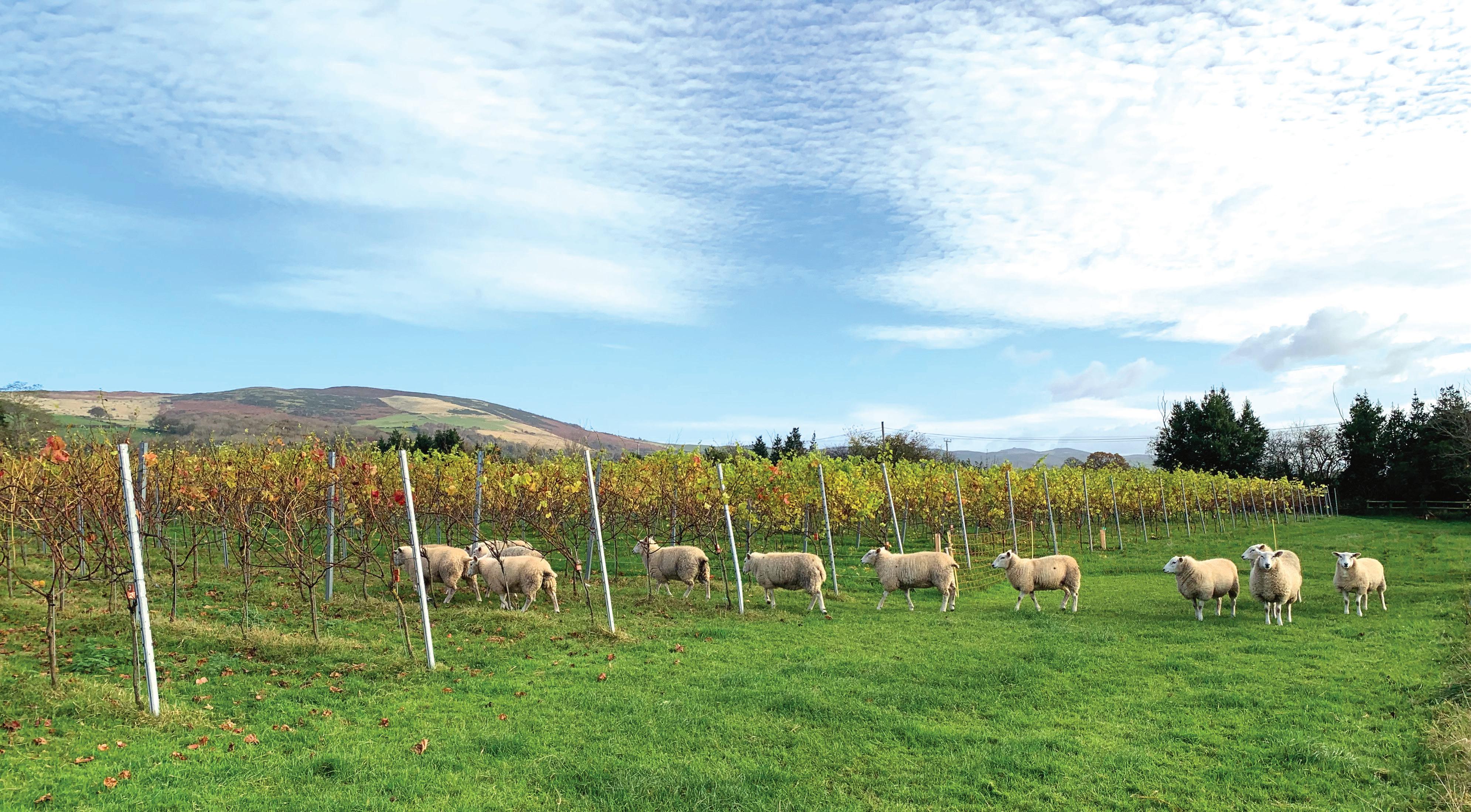
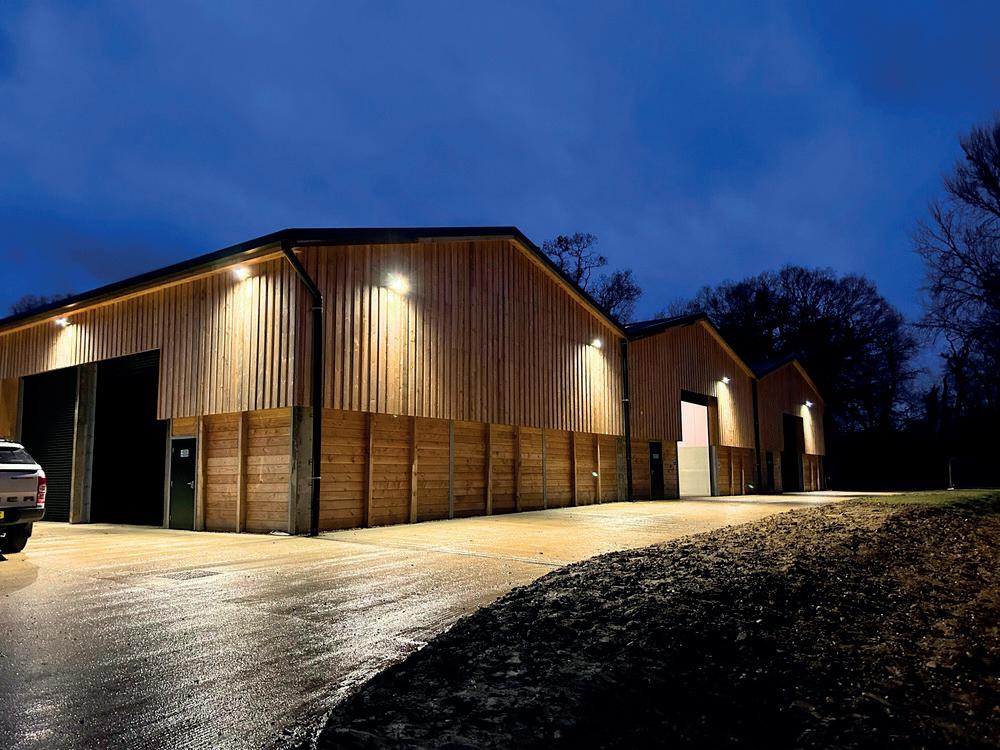
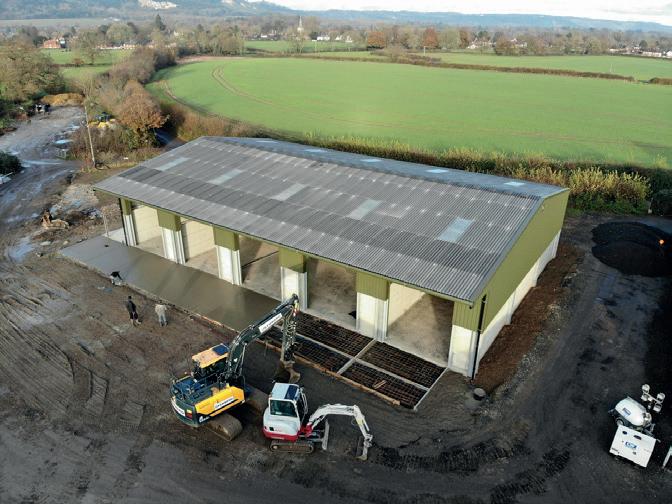

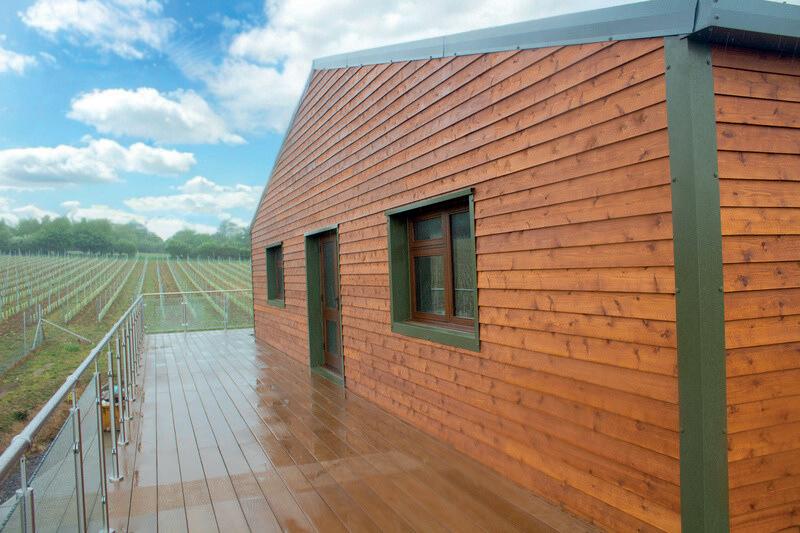
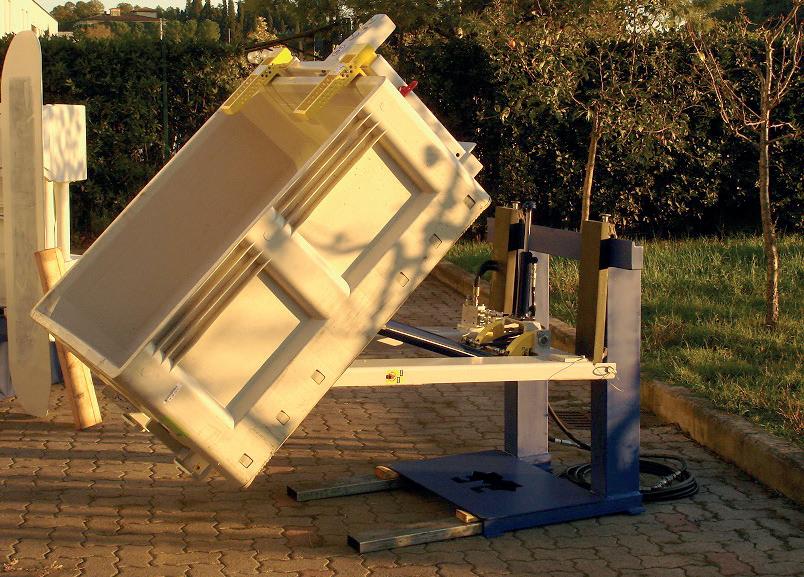
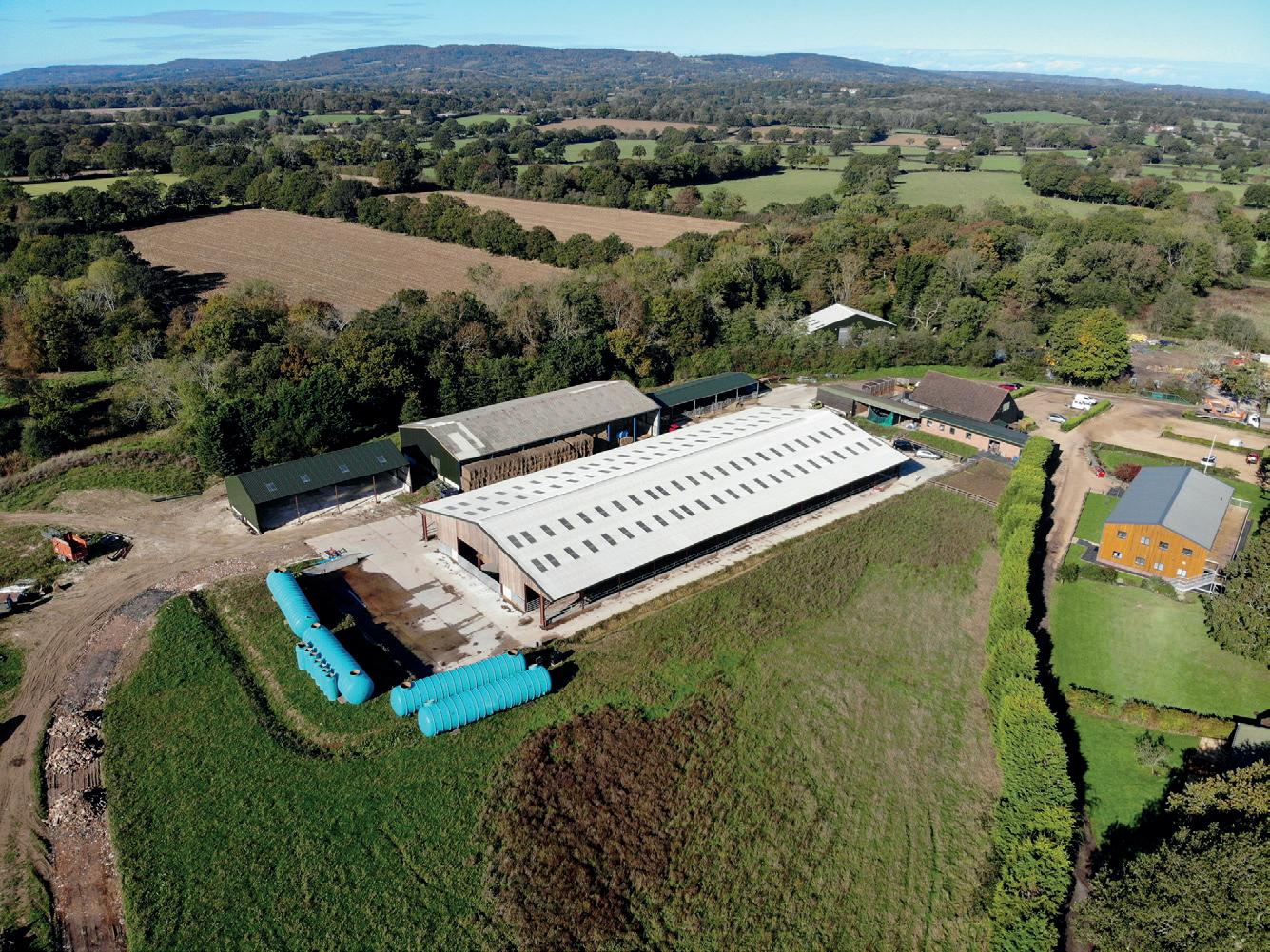
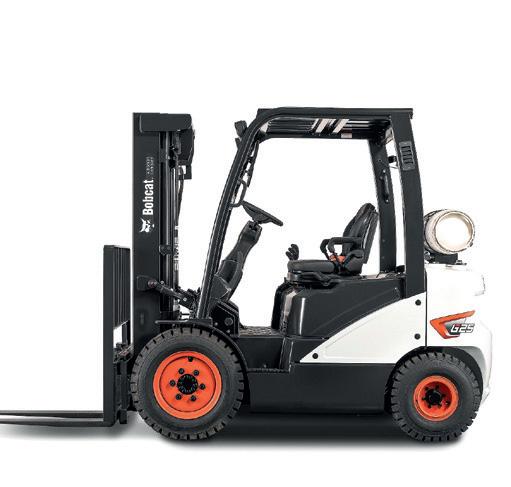
The tasting barn that features a full picture window framing the surrounding countryside was developed during the Covid-19 lockdown. “This barn was in a bad state of repair and every time there was a storm in the morning you would get up and see more slates that were balancing just on the edge of the roof,” said Rhys with a smile. The tasting barn is now a beautiful space where visitors can enjoy both the wines and the views at the same time.
The vineyard is open for tours and tastings on Saturdays from May to September. Both Rhys and Gwen conduct the tours. “We take people through the vines and tell them how the vineyard was established,” explained Gwen. The tour also addresses the differences between the reality of the climate and how people might assume the climate to be. This is something that is particularly pertinent to vineyards across Wales with the perception of what the climate delivers, often differing wildly from the reality. As an example, Gwen explained that the Solaris has been among the first fruit delivered to contract winemaker Halfpenny Green so the site is often slightly ahead. We are in close proximity to some of the sunniest places on the North Wales Coast. “Dr Alistair Nesbitt told us that this area in Wales along with an area of Anglesey are of significant climatic interest,” added Rhys.
“It is great to see the reaction of the people on the tours,” said Gwen. In response to a question about the nationality of the visitors Gwen laughingly responded that in the first year it was mostly local farmers but on a serious note she pointed out that a large number of visitors come from cities such as Liverpool but visitors also come from Dorset, Poole, Royston and they even had a visitor from America who had learnt Welsh during the Covid-19 pandemic. “We do gift vouchers for the tours and they seem to go everywhere,” said Gwen. Gwen and Rhys are amongst a handful of Welsh speakers that are
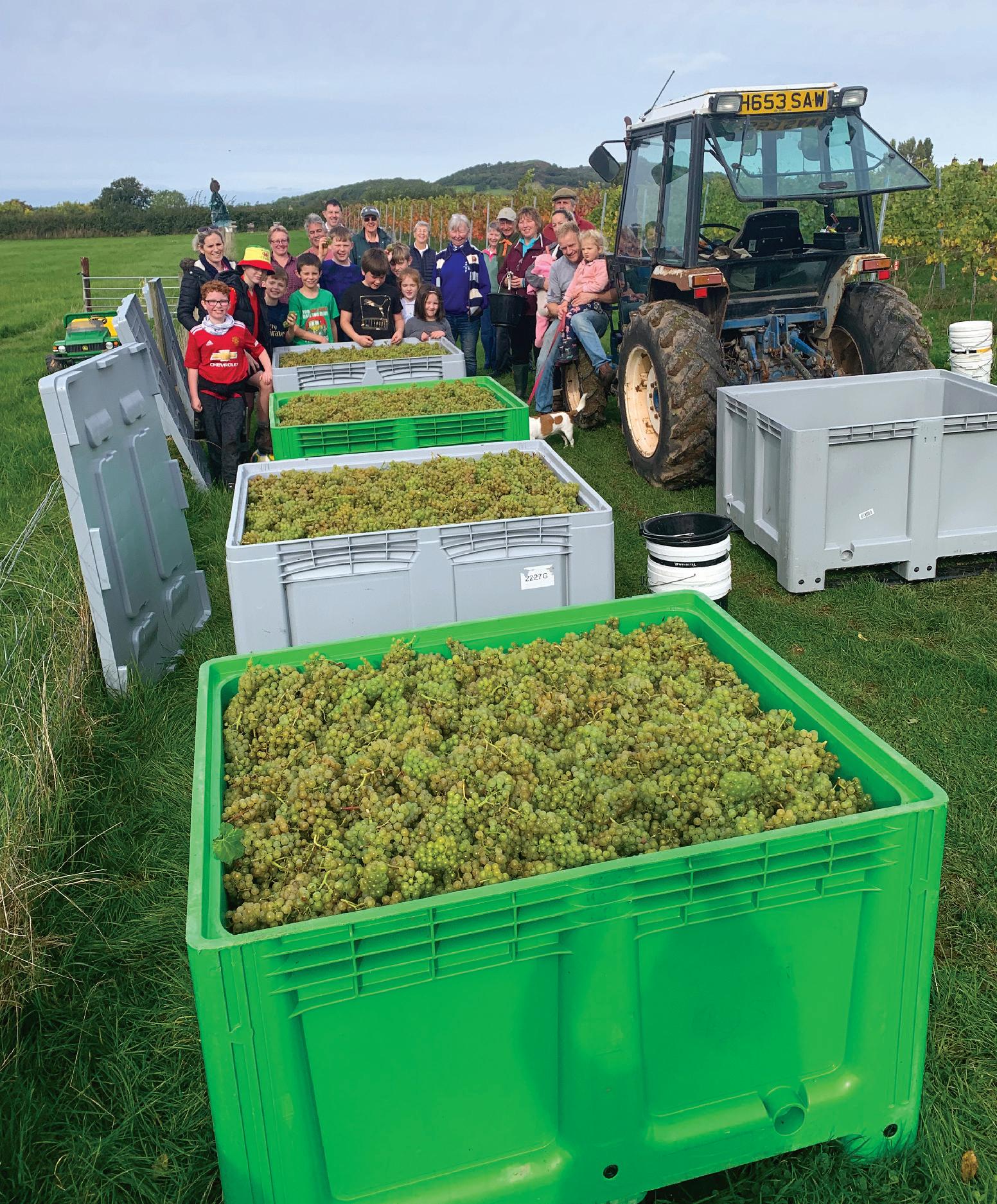
The vineyard tour addresses the differences between the reality of the climate and how people might assume the climate to be
part of the Welsh Vineyards Association and therefore are able to offer Welsh Language tours of the vineyards. Gwen and Rhys work with organisations that are promoting the Welsh language and often visitors to the tours are those who are learning the Welsh Language. This connection to the land and the language creates something truly special at Gwinllan y Dyffryn - The Vale Vineyard. The relaxed atmosphere and the beautiful views are complemented by the fantastic
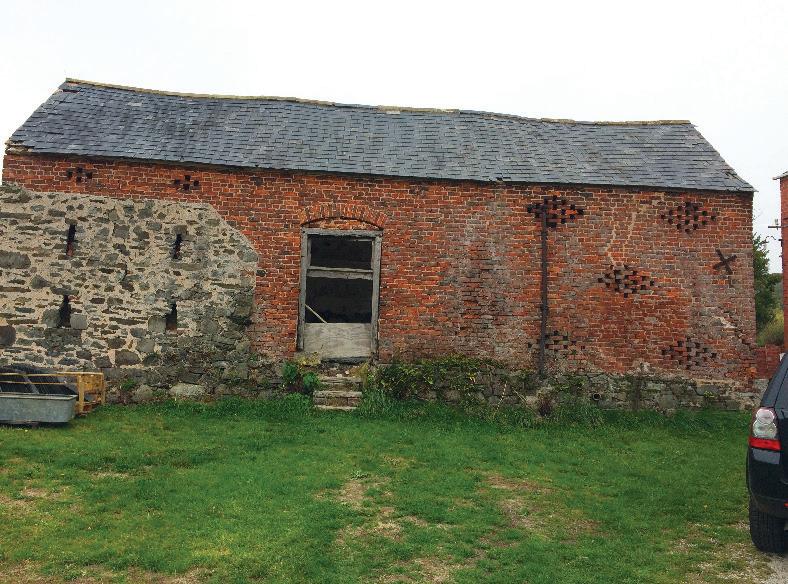
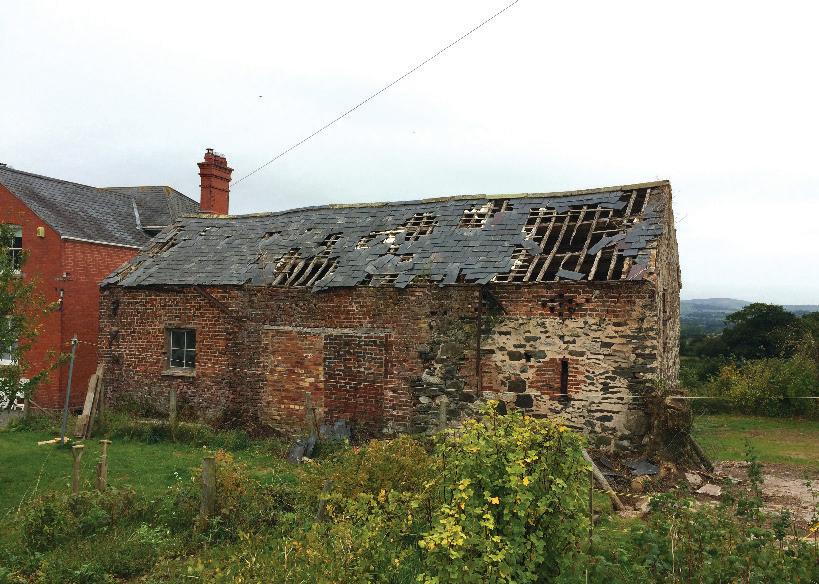
wine but more than that Gwinllan y Dyffryn - The Vale Vineyard is a place of balance. Not just in the wines and nature but in the family atmosphere and the way Gwen and Rhys are trying to give back by supporting the community along with other growers who may be thinking about diversifying into wine. This balance is achieved with a sense of humour and a touch of serenity that is extraordinary and charming in equal measure.
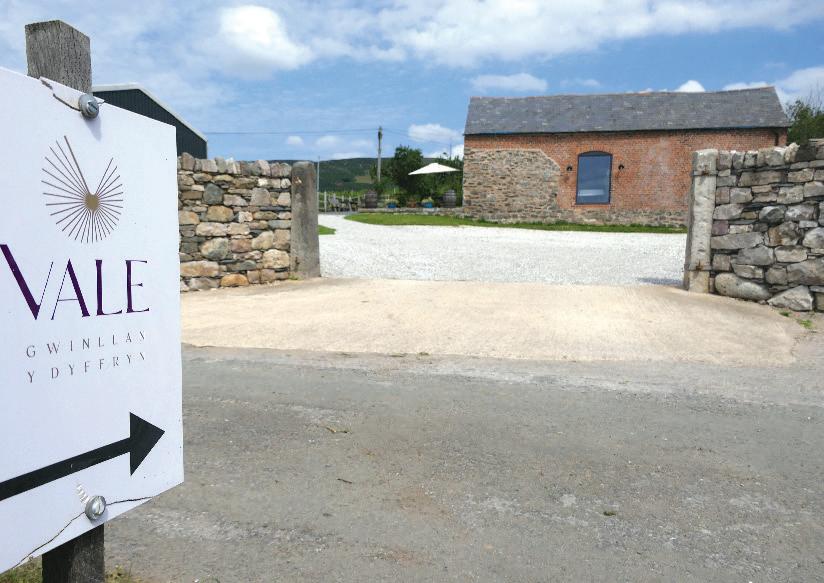
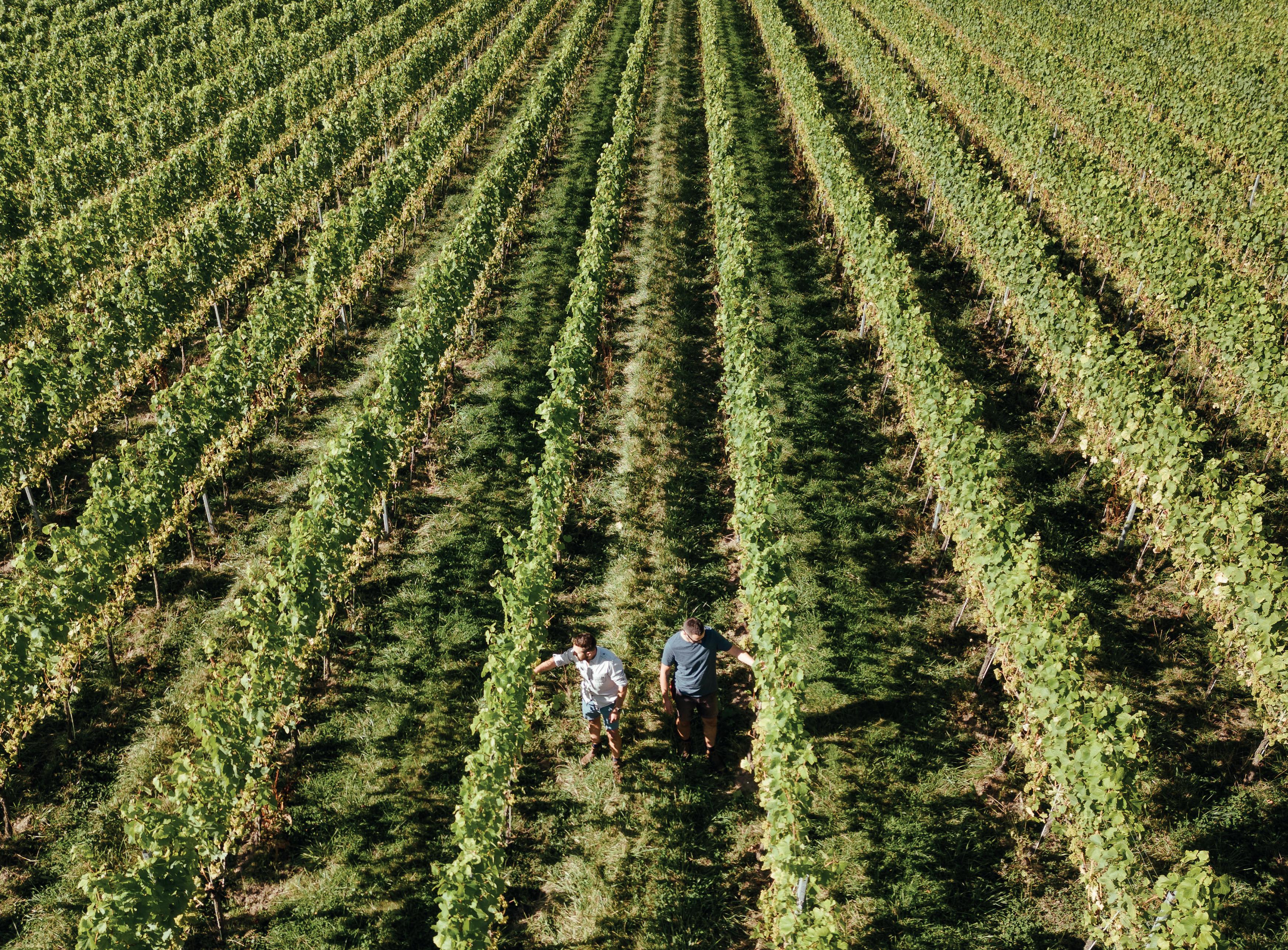

Growing reputation amongst winemakers
While medals and awards are important, perhaps the best tribute anyone can pay to a wine is to buy a second – and then a third – bottle of it.
Repeat business is the goal, and that is as true for building companies as it is for winemakers, which makes Keith Stoner and Forma an impressive, must-buy vintage.
Forma is regularly asked to return and carry out second and even third projects for satisfied customers, while his growing reputation amongst winemakers is such that the company has completed nine steel-framed buildings at vineyards in the South East of England in the past three years.
As he arrived to meet Vineyard at one of Forma’s current projects, Henners Vineyard at Herstmonceux, Keith revealed that he had just finished a sign-off meeting for a general purpose and livestock barn and another general-purpose barn, complete with all the groundworks, at Honeywood Farm, near Burgess Hill in Sussex.
“As soon as we had finished signing off that project, the landowner started talking about another new building that he needs us to erect,” he added.
While wineries and related buildings make up a large part of Forma’s order book, the company also builds everything from grain stores and storage buildings to wineries, classic vehicle storage buildings and cold stores, all to a high standard that reflect Keith’s several decades of building experience.
Forma’s fully galvanised, steel-framed buildings are just part of the story. “We aim to make life easy for growers by taking on the whole project, from groundworks through to the electrical fit out, drainage, driveways and power-floated floors – and anything else that might be required,” said Keith.
“Vineyards are often relatively new businesses, and owners have enough to do without trying to manage complex projects and deal with different trades and sub-contractors, even if they have the skillset needed. We take that headache away.”
One new vineyard that turned to Forma for help with a new facility was the Newick Wine Estate in East Sussex, where Keith’s team erected a new general-purpose building as the vineyard was being established. The estate is expecting its first harvest this autumn and the launch of its first still wine in spring 2026.
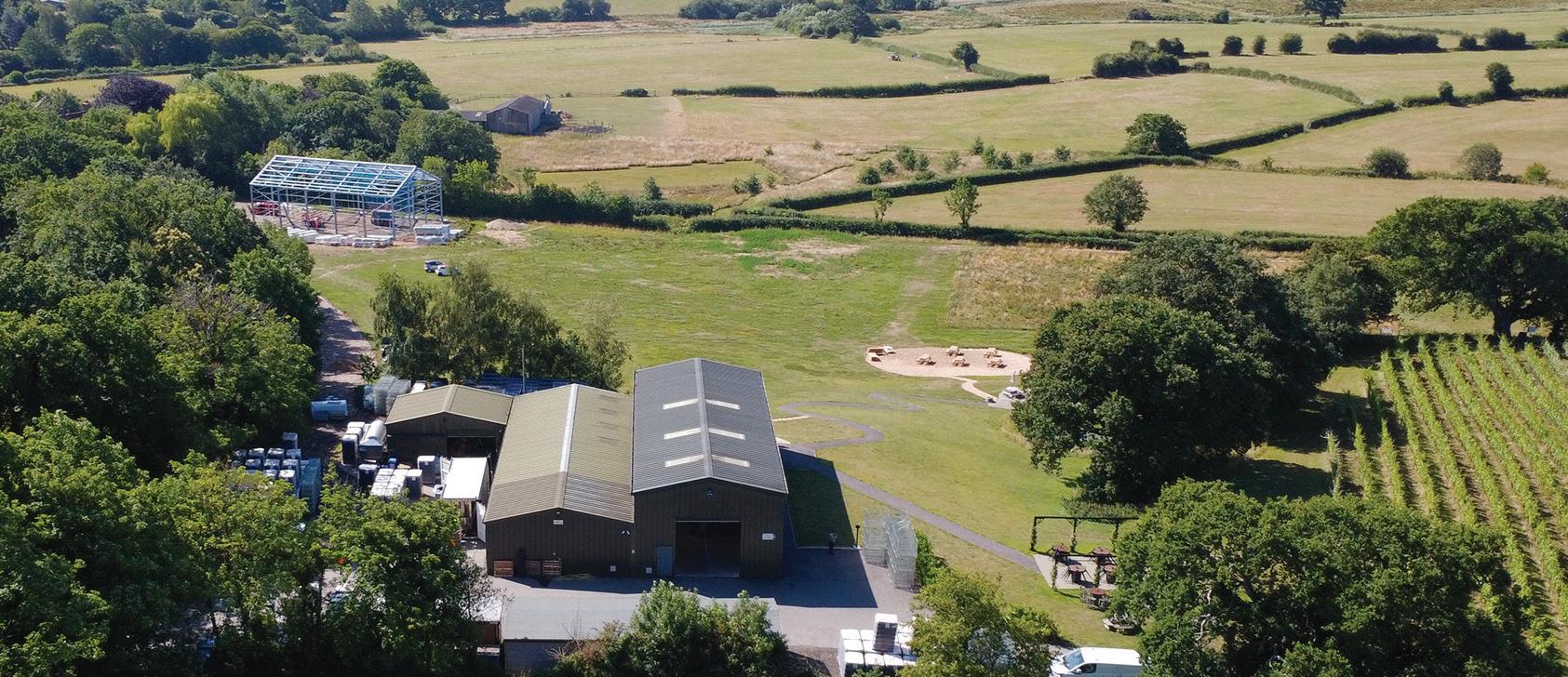
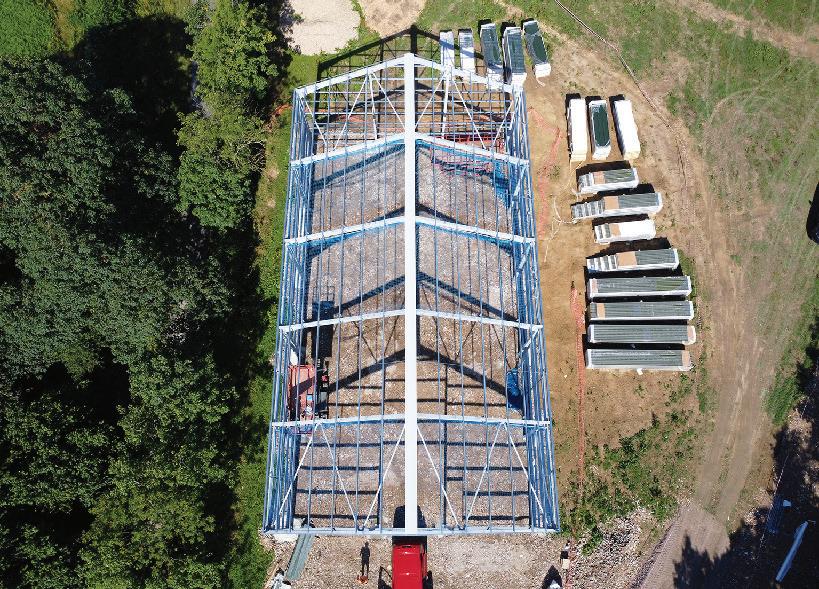
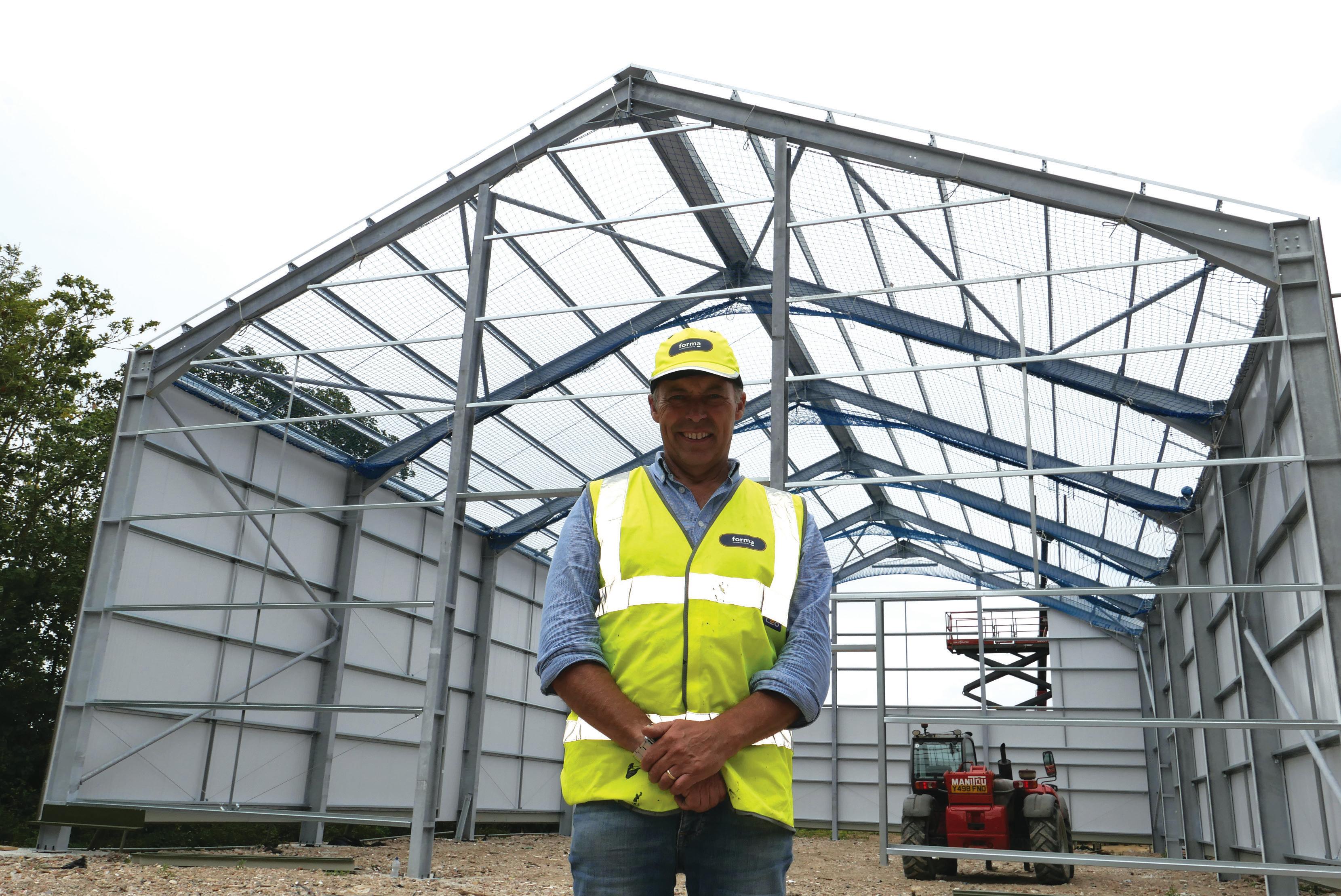
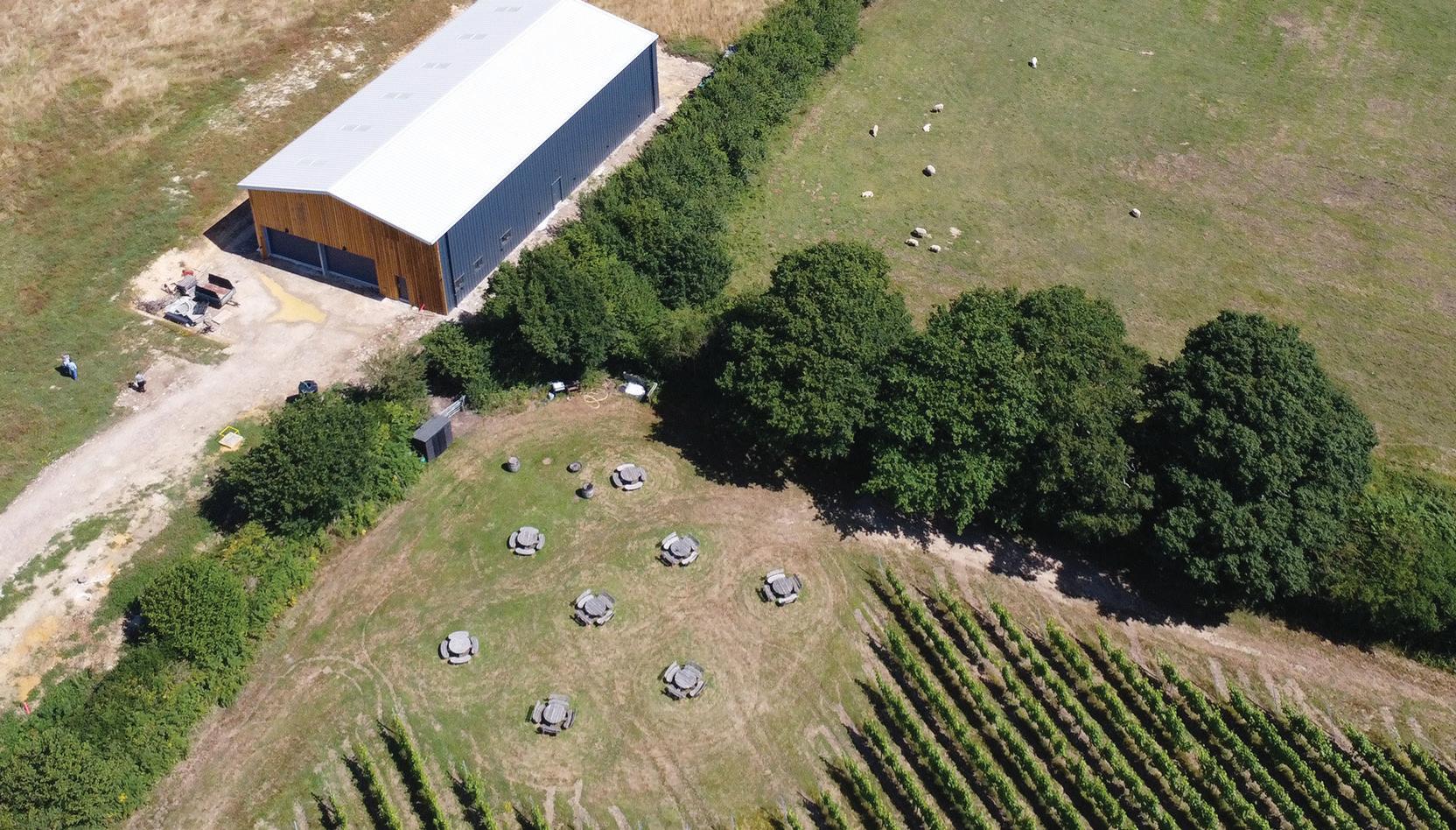
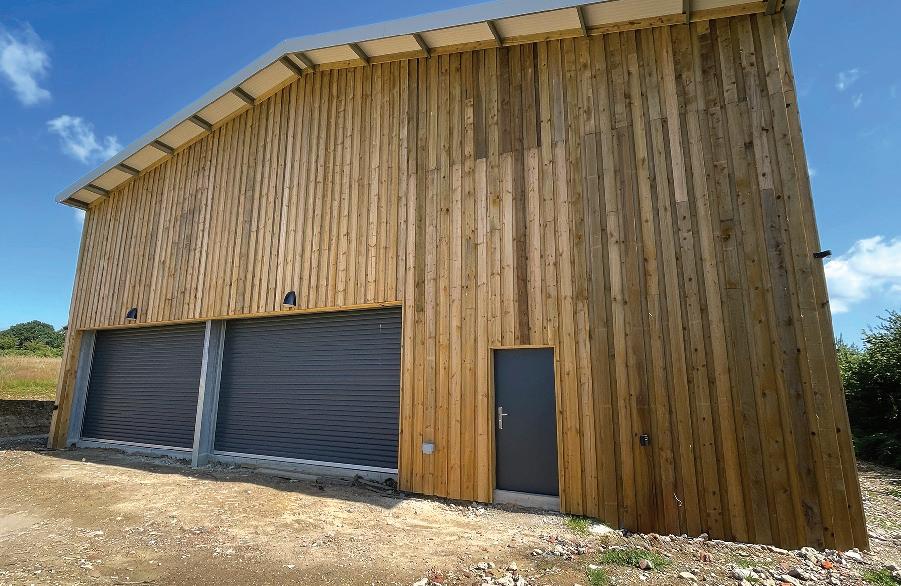
Forma’s support for Beacon Down Vineyard at Cross in Hand near Heathfield in East Sussex included the groundworks for a new shop and café as well as a 30m x 16m winery building with power floated floor slab, electrical fit out, storage and septic tanks, drainage, landscaping and access track.
The project at Henners also represents repeat business. “Four years ago, we built a winery at the top of the site, including a mezzanine, a tasting room, staff facilities and a shop,” Keith explained. “We also built an outside seating area for tastings, along with a pond, parking and drainage.”
Now Forma has returned to build a second winery on the lower part of the site, complete with storage and office space and trackways that will link the two buildings within the site.
The galvanised steel frame, 30m by 18m and 6.5m to the eaves, is being clad with composite insulated panels to help keep the building’s temperature constant. White on the inside, the panels’ olive green box profile exterior will help the building blend with the landscape.
Forma is also delivering the drainage, electrical fit out, doors, windows and insulated roller shutter doors, while a new terrace


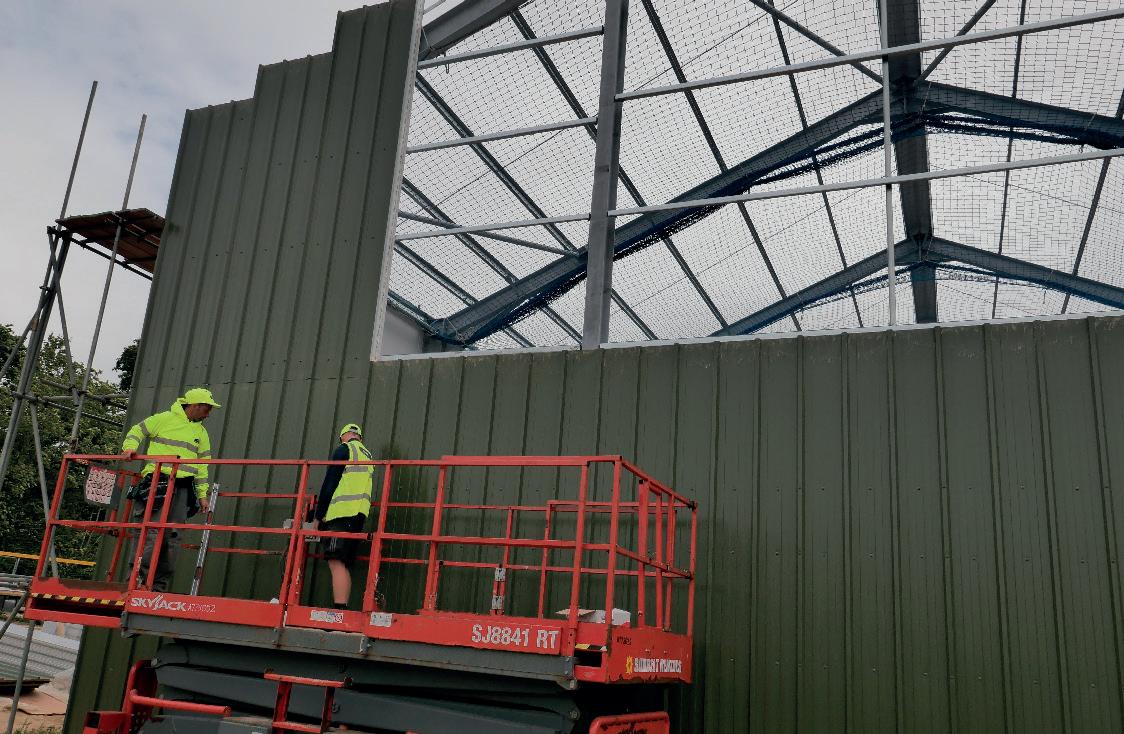
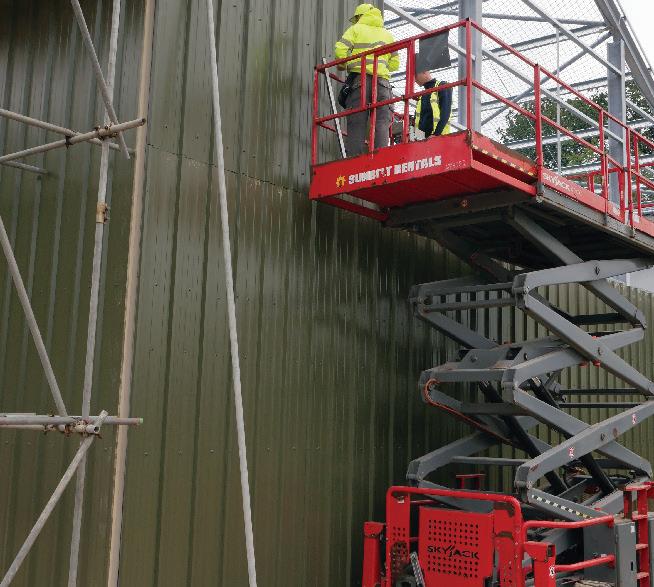
and tarmac paths will complete the project. The company is also installing a self-contained klargester septic tank.
Always looking for ways to add efficiencies, Forma has installed an innovative diverter system into the drainage so that any acidic washoff during the harvest period can be safely stored in a 20,000 litre storage tank and then pumped out and disposed of safely. At other times, the relatively clean wash off water is allowed to go into the drainage system.
Keith’s approach is straightforward. “We like follow-on work, so we always make sure we do a first-class job. We have a transparent pricing structure, we only take on two or three jobs at a time so that we can give them the attention they deserve, and we never compromise on materials.
“We promise to provide a quotation for work within seven days of being briefed and we provide elevation drawings free of charge. That’s usually all a planning department will need in the case of a 28-day permitted development application and it saves the client an extra expense.
“It’s all about making life as easy as possible for the grower.”
AGRONOMY DIARY
Be vigilant
The
warm spring and hot summer has favoured a new pest to UK vineyards, which growers need to be vigilant for as harvest approaches. Hutchinsons
agronomist Will Robinson explains more.
Warm, sunny conditions through spring and the first half of summer have led to a very early season so far, with flowering over in a few days, and many vines one to two weeks ahead of normal, at the time of writing.
The brown marmorated stink bug (BMSB) is an invasive pest native to Asia that was first recorded in the UK in 2018 and could be on the rise this season.
Last year marked a significant milestone for the pest, as juveniles were found for the first time; fruit damage is typically caused by the second generation of the pest, and seasonal temperatures in the UK have not previously been sufficient for BMSB to complete two generations, but with warmer winters and hotter summers – such as we experienced this year – there is a risk of increased populations and second generations of BMSB could be present by September.
Indeed, the pest was sighted in some parts of the south east in July, prompting some large orchard growers to begin precision monitoring to assess and manage any risks to crops.
Adults are prolific fliers, but it is believed the main entry route into the country is from BMSB “hitch-hiking” on imported goods, caravans, motorhomes and other vehicles coming into the country.
How does it affect grapes?
BMSB can cause issues in vineyards in two main ways. The first is the fact that they are
Identifying BMSB
sap feeders, so when the adult’s mouthpart pierces the skin of ripening grapes to feed, this creates a potential infection point for Botrytis and sour rot to develop.
Second is the issue that gives BMSB its name; the odour. When the bug is stressed, it releases a pungent coriander-like odour as a defence mechanism, and this is also released when the bug dies or is crushed, as may occur if it gets into the wine press amongst bunches. It is believed that one bug could taint 2.5kg of grapes, and it is a flavour that is impossible to remove.
Vigilance in the run-up to harvest is therefore essential, as is strict hygiene in and around the vineyard, storage areas, sorting tables, etc, once picking gets underway.
If you think you have BMSB, take a photograph and report it to NIAB (BMSB@ niab.com), which is monitoring BMSB as part of a DEFRA funded project. BMSB is easily confused with several similar looking native species, so it is best to check.
Species-specific pheromone traps are available to help assess adult stink bug activity and should be placed at head height on the end of rows as stink bugs fly fairly high above the ground.
Limited control options
Generally, there are very few chemical controls available for BMSB, although pyrethroids may have some effect on the juvenile population if applied once eggs have just hatched, and there may be
◆ Adults are 12-17mm long, similar in appearance to some native UK shield bugs
◆ Brownish colour with extensive cream and black mottling, and banding along edge of abdomen
◆ Lighter bands on the antennae and darker bands on the membranous, overlapping part at the rear of the wings, distinguish BMSB from other species
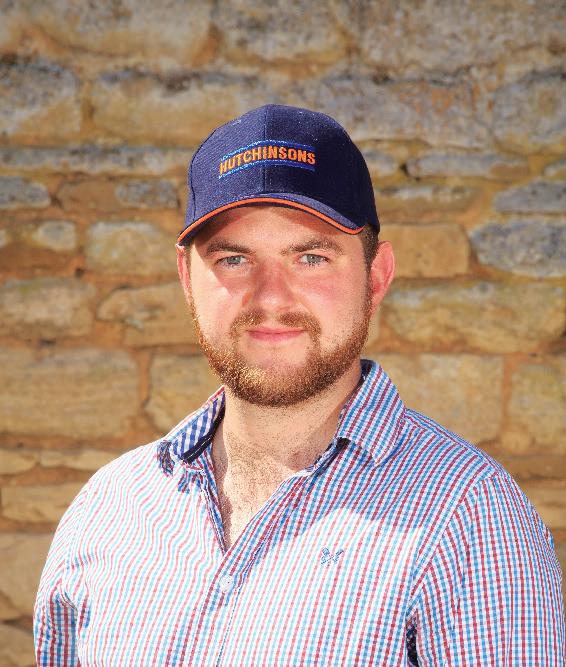
some indirect control of juveniles from treatments applied for Spotted Wing Drosophila (SWD).
However, research suggests the adult population in countries that have experienced the pest for a number of years may be showing resistance to pyrethroids.
Some countries in Europe (e.g. Italy, Switzerland) and elsewhere, including New Zealand, have allowed the release of a parasitic wasp, Trissolcus japonicus (also known as the Samurai Wasp), as a biological control agent for BMSB. By parasitising the eggs, it can reduce the population by 30%, although T. japonicus is non-native, so is not currently allowed in the UK.
Research is ongoing to see if there are any native predatory or parasitic insects in the UK that will help control BMSB at the egg or adult stage. Generalist predators, such as earwigs and spiders, will offer some control, but are not specific enough to prevent economic damage.
Given the comparative lack of control options, some growers may have to consider protecting vines with insect-
◆ Underside is pale with very few (if any) markings
◆ BMSB has a distinctly rectangular head
◆ See also https://planthealthportal.defra.gov.uk/assets/factsheets/Halyomorpha_halys_Defra_Pest_Factsheet_FINAL_2024.pdf
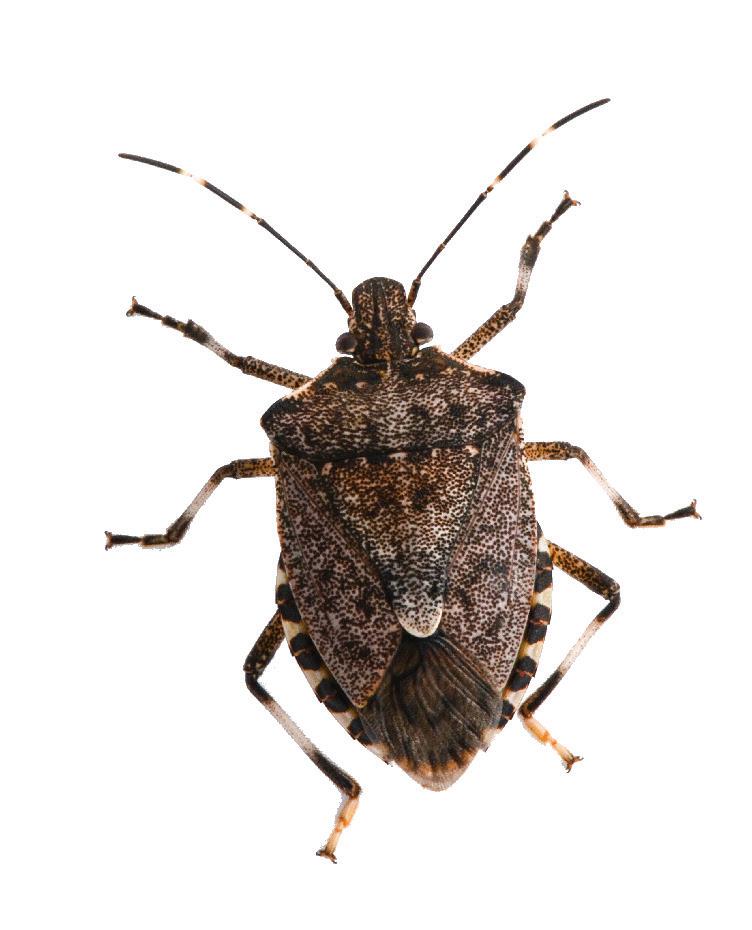

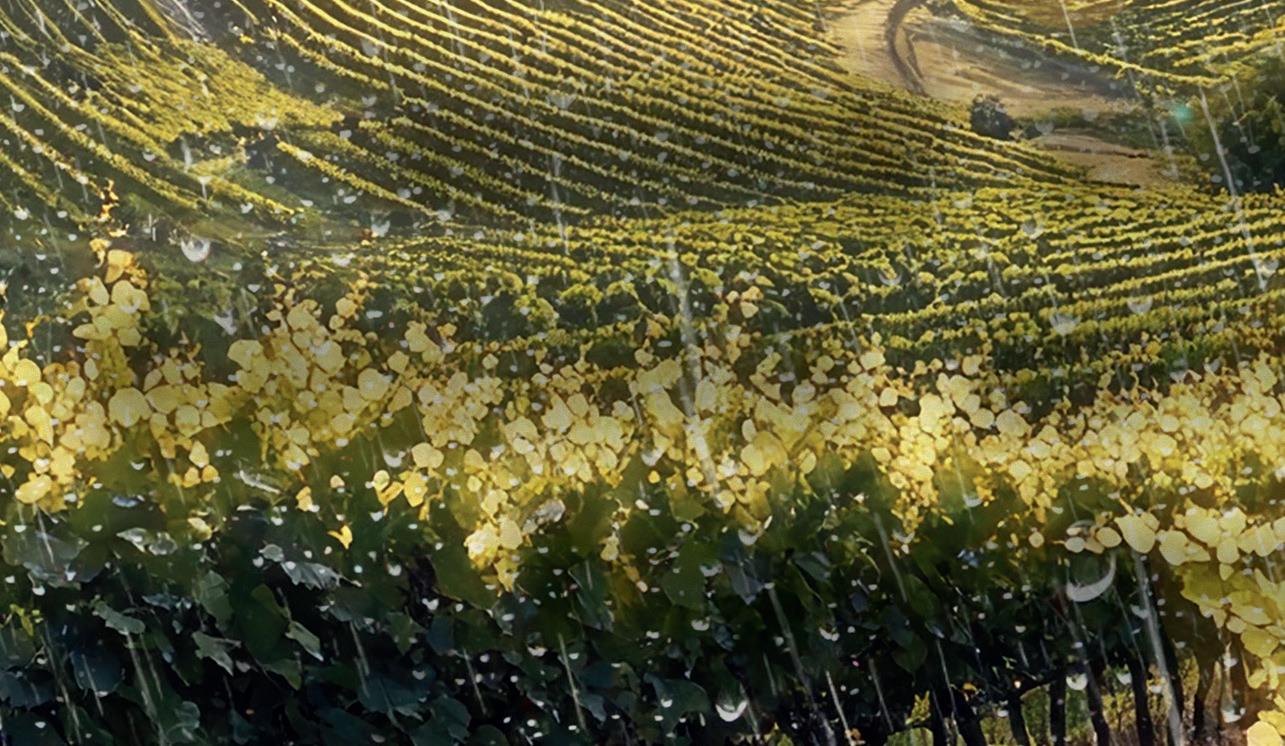
WINE MASTERY BEGINS WITH GRAPE PROTECTION
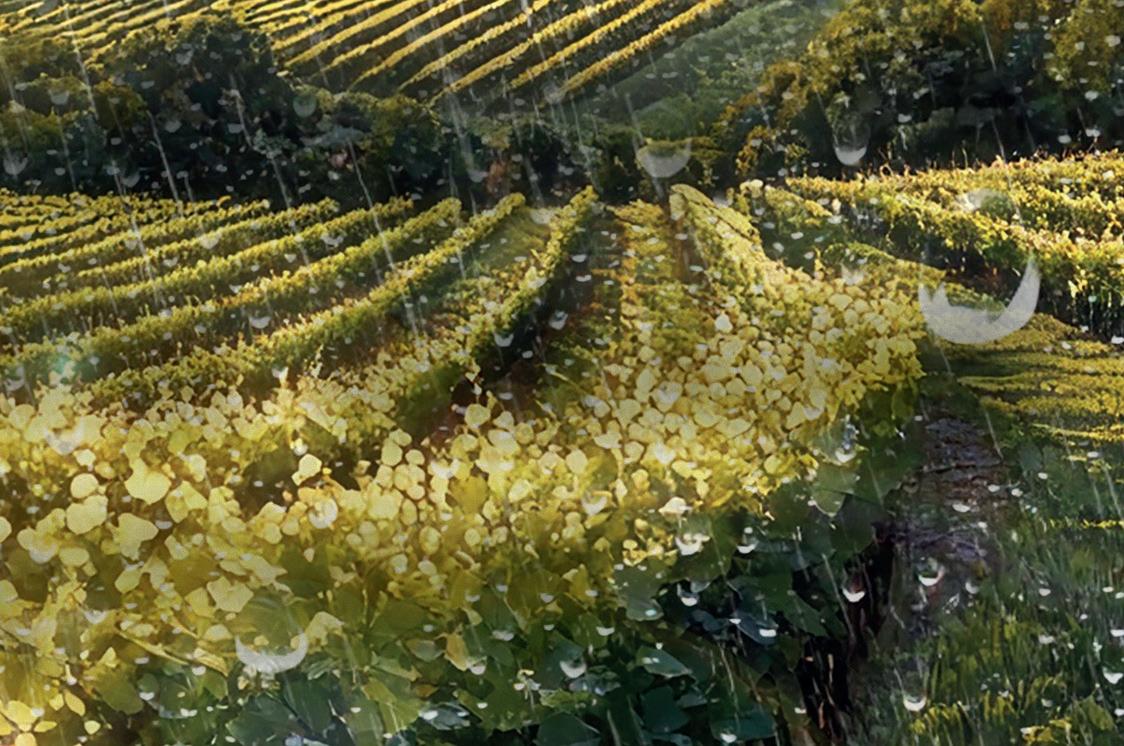
Outcompetes Botrytis with the naturally-occurring microbe Aureobasidium pullulans.
Leaves no residues, certified organic, and safe for people and the environment.

Poses no risk to winemaking, unlike other microbial or chemical fungicides.
Rainfast and effective up to harvest, providing flexibility for the UK’s variable climate.

leaves no space for Botrytis
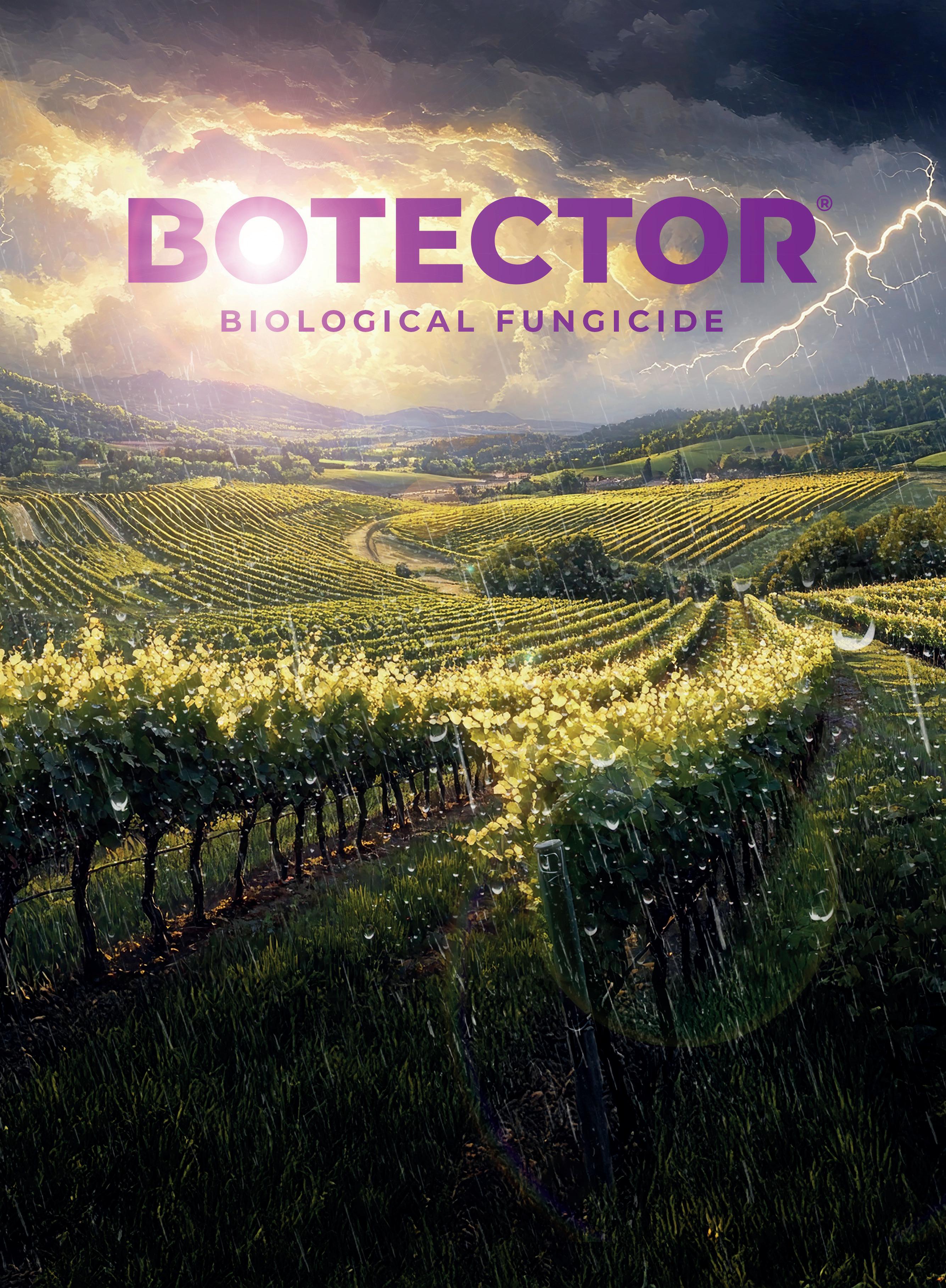
For
FOCUS ON BACCHUS
The signature grape of the English wine industry
Laura Hadlan

Bacchus, named for the Roman god of wine and wine-making, is the fourth most planted grape variety in England and Wales.
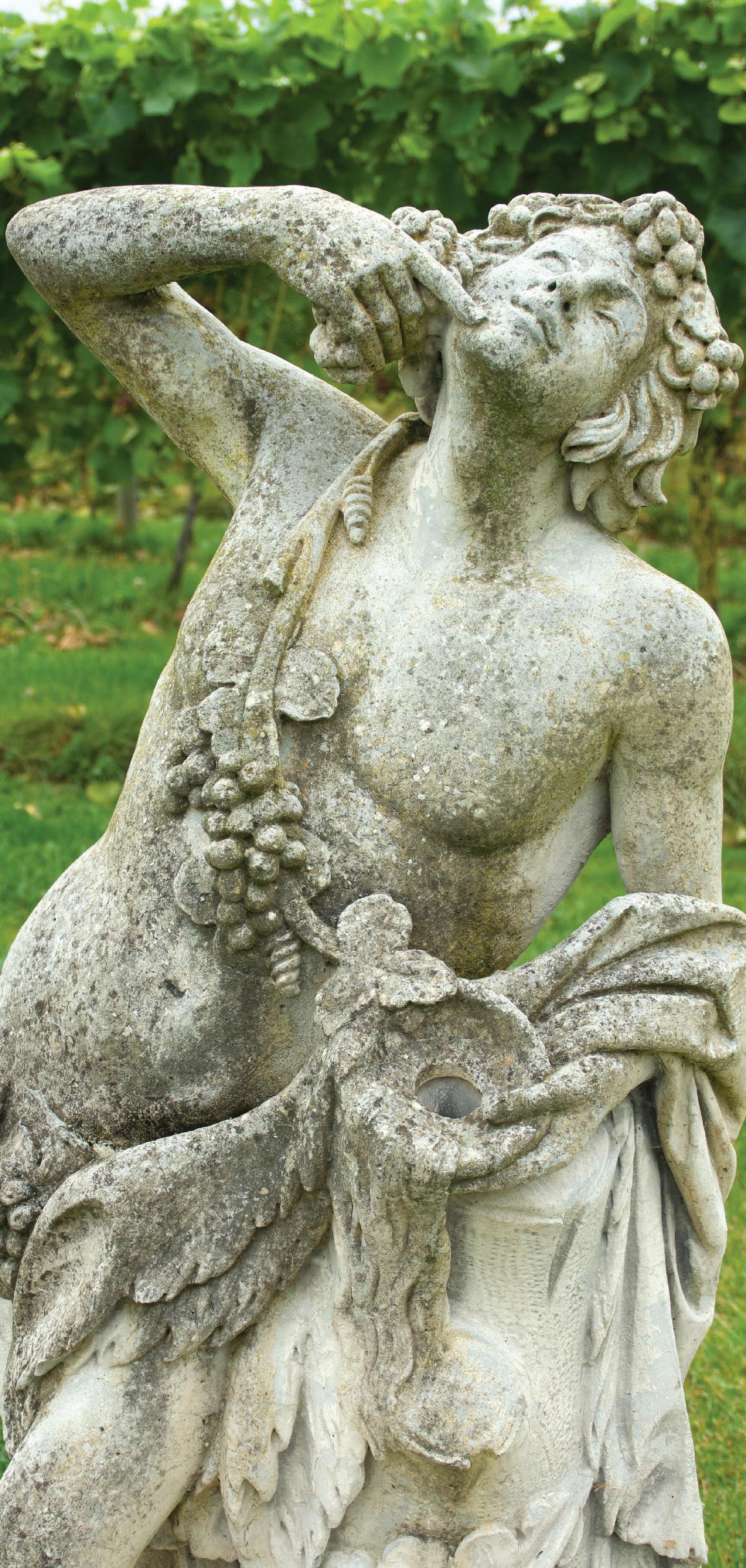
Bacchus accounts for around 8% of plantings and is predominantly, but not exclusively, used to make still white wines.
Many draw a comparison with Sauvignon Blanc because of Bacchus’ crisp acidity and aromatic flavour profile. Wines can offer a complex spectrum of flavours. The standard array includes citrus tones, elderflower, green orchard flavours and a touch of spice. Some wines even feature juicier peach and passionfruit notes but still with a zesty, light finish.
Some commentators have gone so far as to call Bacchus the signature grape of the English wine industry; something that speaks uniquely of our land and our climate. So let’s take an in-depth look at this (still relatively young) grape variety.
History
The grape was first developed at the Geilweilerhof Institute for Vine Breeding in Siebeldingen, a town in western Germany. Its story began in 1933, when agronomists Peter Morio and Bernhard Husfeld, bred a complicated cross – mixing an existing Silvaner and Riesling cross with Müller-Thurgau.
Of course, those parents are themselves crosses – Silvaner coming from Traminer and Oesterreichish Weiss, and Müller-Thurgau arising from Riesling and Madeleine Royal. It’s perhaps fair to describe Bacchus then, as a mix of a number of aromatic varieties with a big hit of Riesling.
This long and complicated process of breeding desirable characteristics took a long time. In the early part of the 20th century, some hybrids had a poor reputation because the evaluation of their strengths and weaknesses was not complete and they were producing poor quality wine. Many countries forbade the use of hybrids and vine breeding programmes petered out, but in Germany fungal resistance breeding continued with government support.
When it was finally included in Germany’s permitted varieties and released as a general cultivar in 1972, Bacchus reached the attention of English winemakers because of its early ripening. Bacchus was hardy against disease and offered the promise of a higher yield for UK winegrowers than the classic historic grape varieties.
In Germany, Bacchus has not enjoyed any particular success. Its small number of plantings in 1985 had reduced by around 50% in 2016, blamed on lower acidity levels in the finished wines which did not meet with market preference at the time. In England, the cooler climate gave a long, cool growing season. This has resulted in Bacchus grapes with a slightly higher acidity and more prominent phenolics leading to more aromatic and interesting wines.
The breakthrough moment for Bacchus in the UK came with Winbirri Vineyard’s Bacchus 2015 winning Best White Single-Varietal Wine in the World at the 2017 Decanter World Wine Awards.
Winbirri Vineyards – Still Bacchus
Quite reasonably, Lee Dyer at Norfolk’s Winbirri Vineyards was first inspired to plant Bacchus by searching for the perfect match for the flavours he’d enjoyed on his own personal wine journey before he even began his career in the family business. Marlborough Sauvignon Blanc and Rioja style wines were particularly to his taste.
“My winemaking can reflect that preference quite closely,” Lee said. “We make our Bacchus a little bit more racier and a bit zingier than some of the softer forms you see out in the market.”
The Decanter win was a watershed moment for more than just Winbirri, in Lee’s opinion:
“It did us so much good, really put us on the map - and put our business into complete and utter meltdown overnight! But it put English white wine on the map globally. To be fair, it was the impact that England needed for our still wines. We’d already won the argument with sparkling. But prior to that date English still white wine was a hard sell.
“In 2016, I’m not going to lie to you, it was pretty difficult just to get people to try it, let alone to buy it. So after that award win it all changed. Obviously if one English producer can make an amazing Bacchus then someone’s down the road isn’t going to be horrendous, is it?”
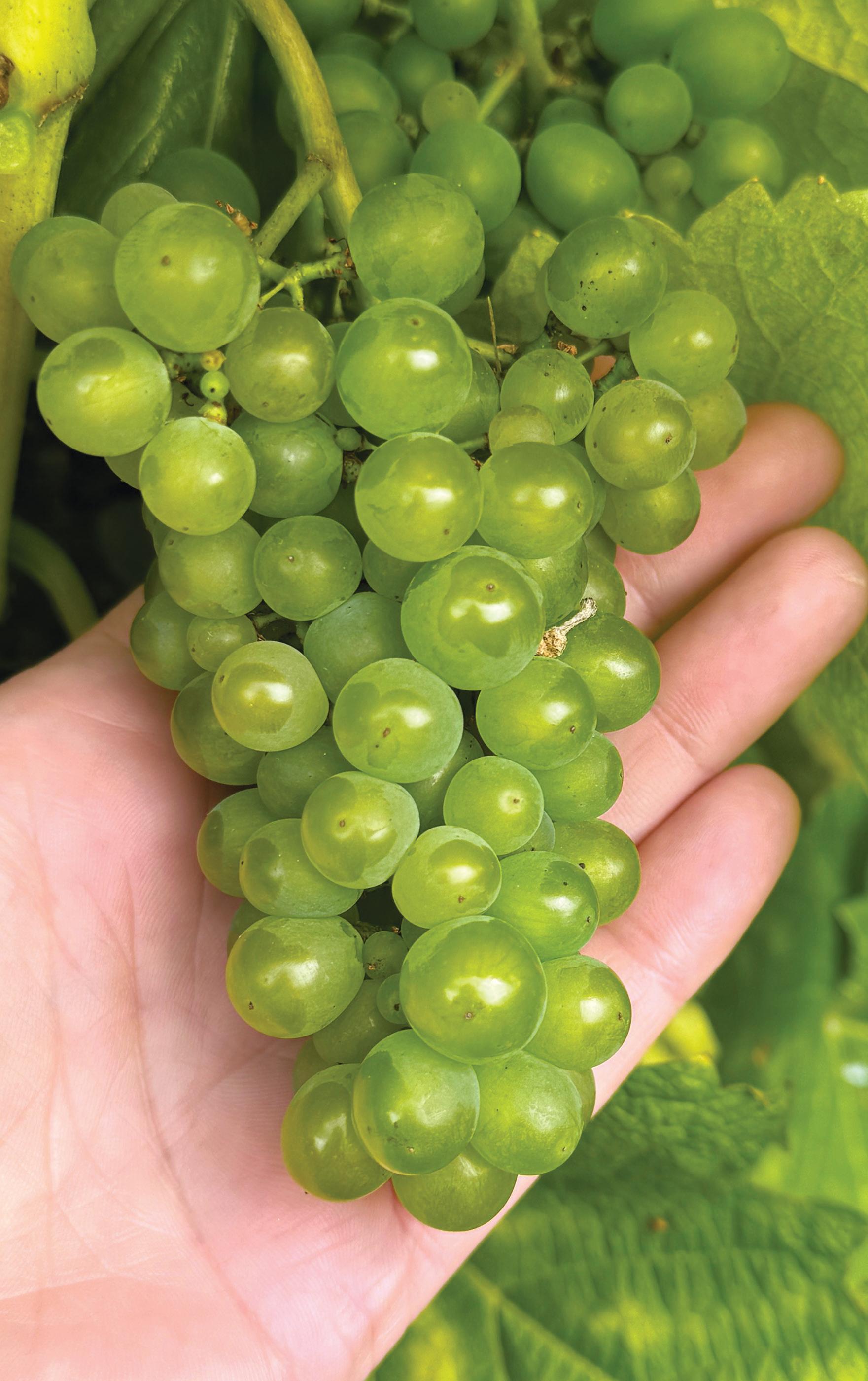
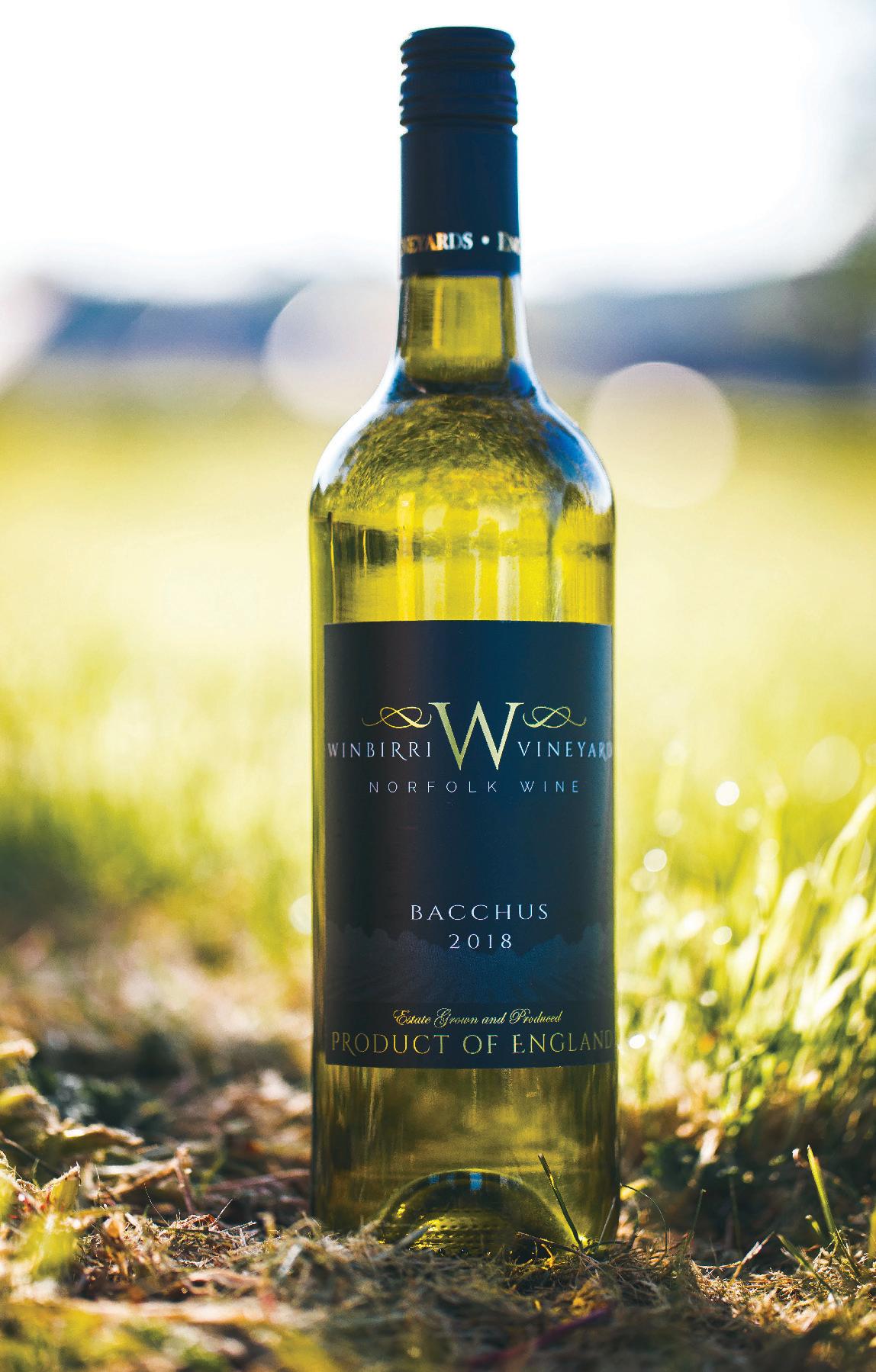
“Bacchus is reliable, it’s right for our climate now. In the English wine industry we need good consistency.”
Since 2017, Winbirri’s Bacchus (and other varietal wines) have been going from strength to strength. They had a bit of luck with their planning since they’d already increased their Bacchus plantings in 2016 before the win was announced, which added another 150% to their yield. Those vines are at full yield now, and Bacchus accounts for around 40% of Winbirri’s estate. But in the years while those new vines were getting established, Lee has focused on organically building capacity whilst retaining quality.
“It’s a great variety and we [English and Welsh winemakers] can do it amazingly well,” Lee said. “Every year I’m seeing more and more people who are trying to make Chardonnay the poster grape for English wine, but I feel it’s only in certain years you can make amazing Chardonnays in England. Bacchus is reliable, it’s right for our climate now. In the English wine industry we need good consistency.”
Consistency in sales is something that Winbirri Vineyards have enjoyed thanks to their award-winning Bacchus. After having to restrict sales in the immediate aftermath of the win to keep the stock available for longer, the 2022 vintage took just six months to sell out. The next year, it was only thanks to the unusually large harvest that the release didn’t sell out on advance sales alone.
The many faces of Bacchus
While the bulk of UK Bacchus winemaking focuses on still white wines, there is also a good deal of experimentation with styles taking place, which shows what flexibility and potential the variety offers, in the right hands.
Hattingley Valley Wines –“the first English style ice wine”
While Hampshire’s Hattingley Valley’s young vineyard was still establishing itself in 2011, assistant winemaker Jacob Leadley took a year out to train in New Zealand. The experience inspired him to embark on an unusual experiment with Bacchus – making an ice wine.
Since the UK climate is not cold enough to make ice wine in the traditional way, the fruit was harvested as normal and then placed in an industrial freezer. Hattingley’s Cocquard Champagne press was used to leverage sufficient pressure to press the frozen fruit. It can take anything from 36 to 72 hours, with the press having to be restarted every three hours. The winemaking team takes shifts sleeping on the tasting room sofa to make sure that the process is overseen throughout.
The pressing leaves a huge quantity of compressed frozen matter in the press which can take up to a fortnight to fully thaw. The team learned to leave this job until the very end of harvest to prevent delays elsewhere along the line. Afterwards, they set to work steaming and chipping away to attempt to speed up the great defrosting in the press.
Only a small batch was made in the first year, 2013, which wasn’t commercially viable. But off the back of that test run, the next year four tonnes of Bacchus was harvested specifically to make more. This is how Hattingley’s Entice Dessert Wine NV was born.
A blend of multiple vintages, Entice gives a rich sweetness balanced against crisp acidity that helps to accentuate the aromatic fruit flavours.
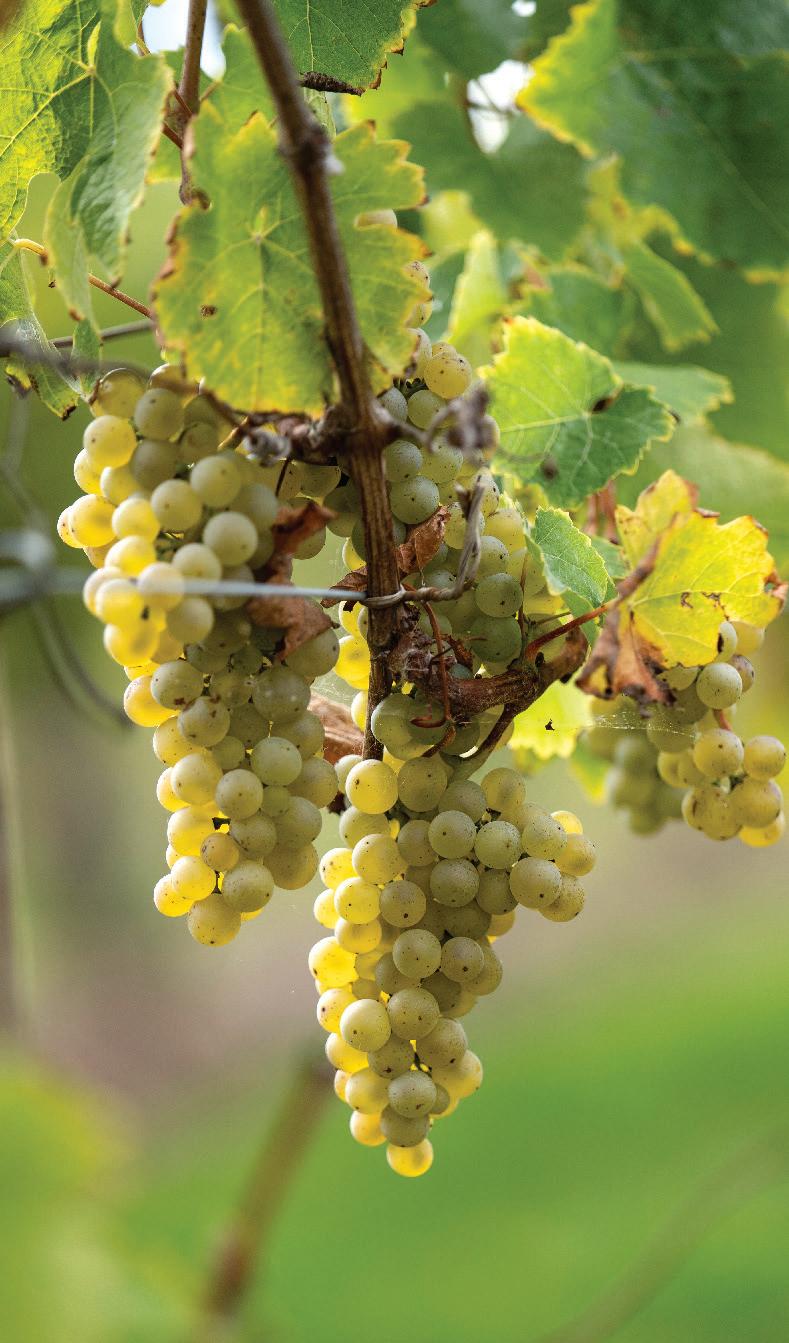
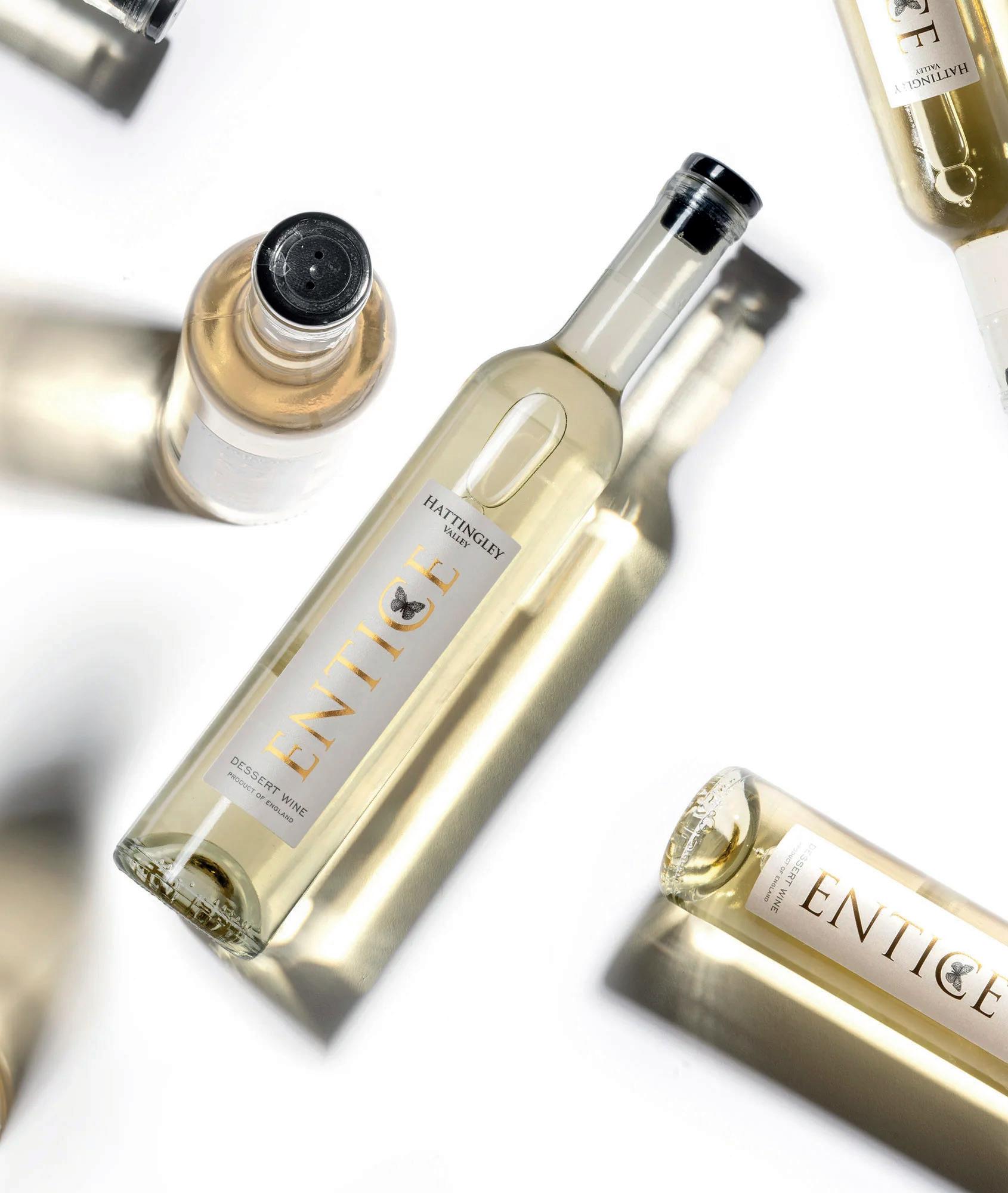
New Hall Wine Estate –Railway Barn Sparkling Bacchus
Essex’s New Hall Wine Estate may have been founded before Bacchus’ commercial release, but that hasn’t stopped them from embracing the potential of the variety.
They were still early adopters of the grape, as Estate Manager Andy Hares describes:
“We have over 10 hectares of Bacchus with planting dates ranging from 1976 to 2018, all grown in different styles, reflecting the ‘best practice’ at that time. Bacchus responds well to our microclimate here in East Anglia and particularly well in the Crouch Valley, with more Growing Degree Days than anywhere else in the country and low rainfall, we have conditions that Bacchus vines thrive on”.
The inspiration behind planting Bacchus
came from Piers Greenwood, the second generation winemaker at New Hall who spent three years in Alsace undertaking an apprenticeship with the Hugel Brothers. They arranged a six week placement for him at the Geisenheim Grape Institution. He discovered Bacchus and realised the potential it had for success in Essex and also for the growth of the English still wine industry.
Now, the contemporary winemaking team have continued that spirit of experimentation by adding a sparkling Bacchus to their popular Railway Barn series of sparkling wines. Released in May 2025, the team feel that the wine is intended to be “a seriously appealing, inviting Charmat that our customers could enjoy throughout the year.” They emphasise that the flavour profile of Bacchus; the passionfruit, pear, lychee and subtle floral notes make it an ideal candidate for their playful style of sparkling wine.
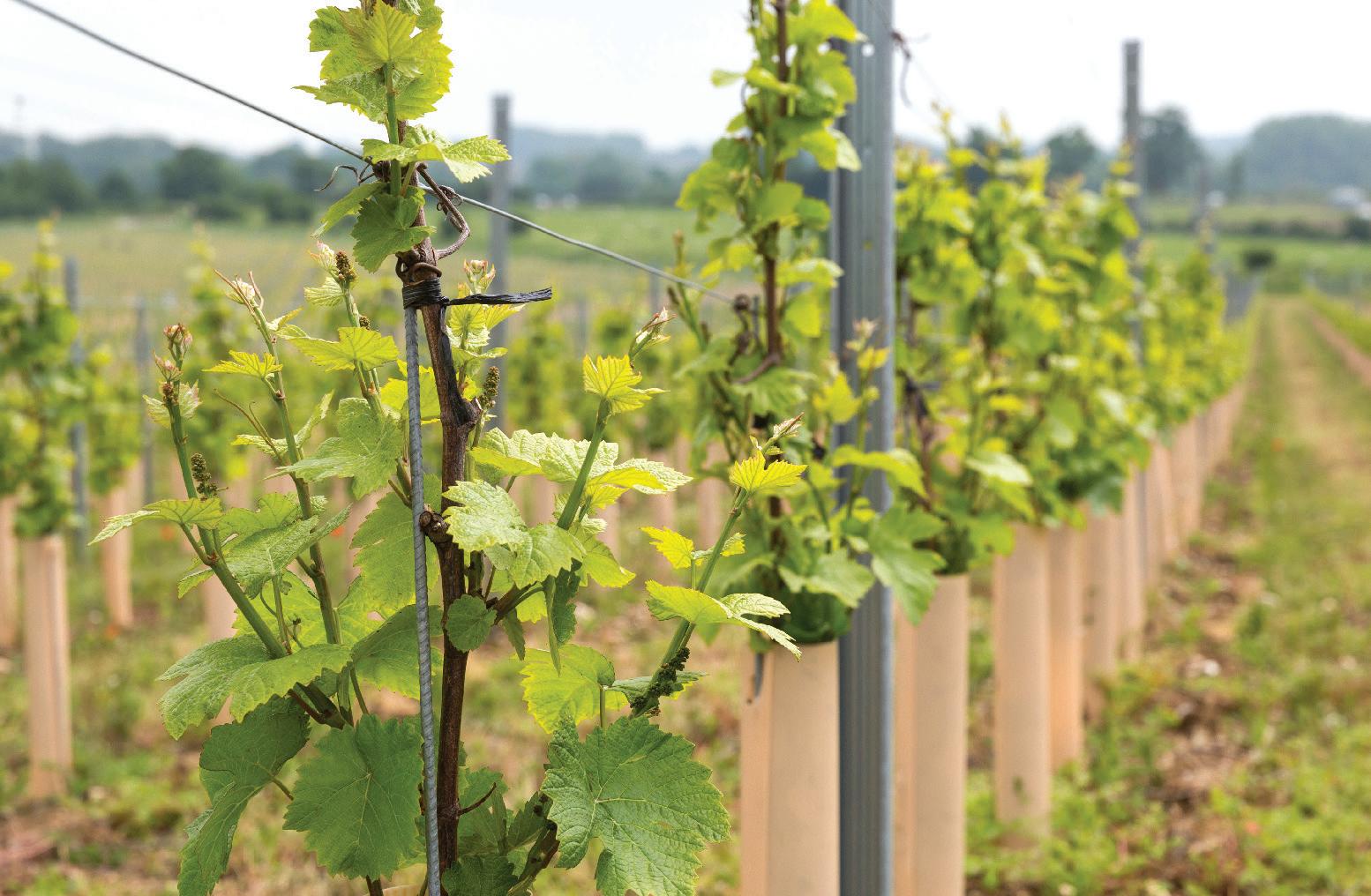
Flint Vineyard –Bacchus Fumé
A number of wineries are making delicately oaked Bacchus wines to much acclaim, thanks to the additional complexity that is added by the maturation. Furleigh Estate and Hidden Spring make well respected examples.
At Flint Vineyards the grapes are sourced from across East Anglia, as well as from Flint’s own vineyards, to ensure maximum complexity. The parcels of fruit are fermented separately, with around 60% de-stemmed and crushed before pressing. The remaining 40% is whole bunch pressed to retain acidity.
Flint’s cool fermentation takes place in older, neutral barrels, concrete tanks and
traditional oak foudres – all porous vessels that help bring on character and texture. Some of the wine is left on the lees in barrel and is aged for six months without malolactic fermentation.
This process gives a dry wine that is crisp and complex. It offers apple, pear and floral tones on the nose and a creamy mouthfeel with flavours of concentrated stone fruit complemented by a refreshing grapefruit note.
In 2023, Flint Vineyard decided to make the jump to only producing a Bacchus Fumé and no longer making the stainless steel Bacchus that they had created since 2016. Head Winemaker and co-founder Ben Witchell believes that the variety needs a little oxygen to really encourage the most character in the finished wine.
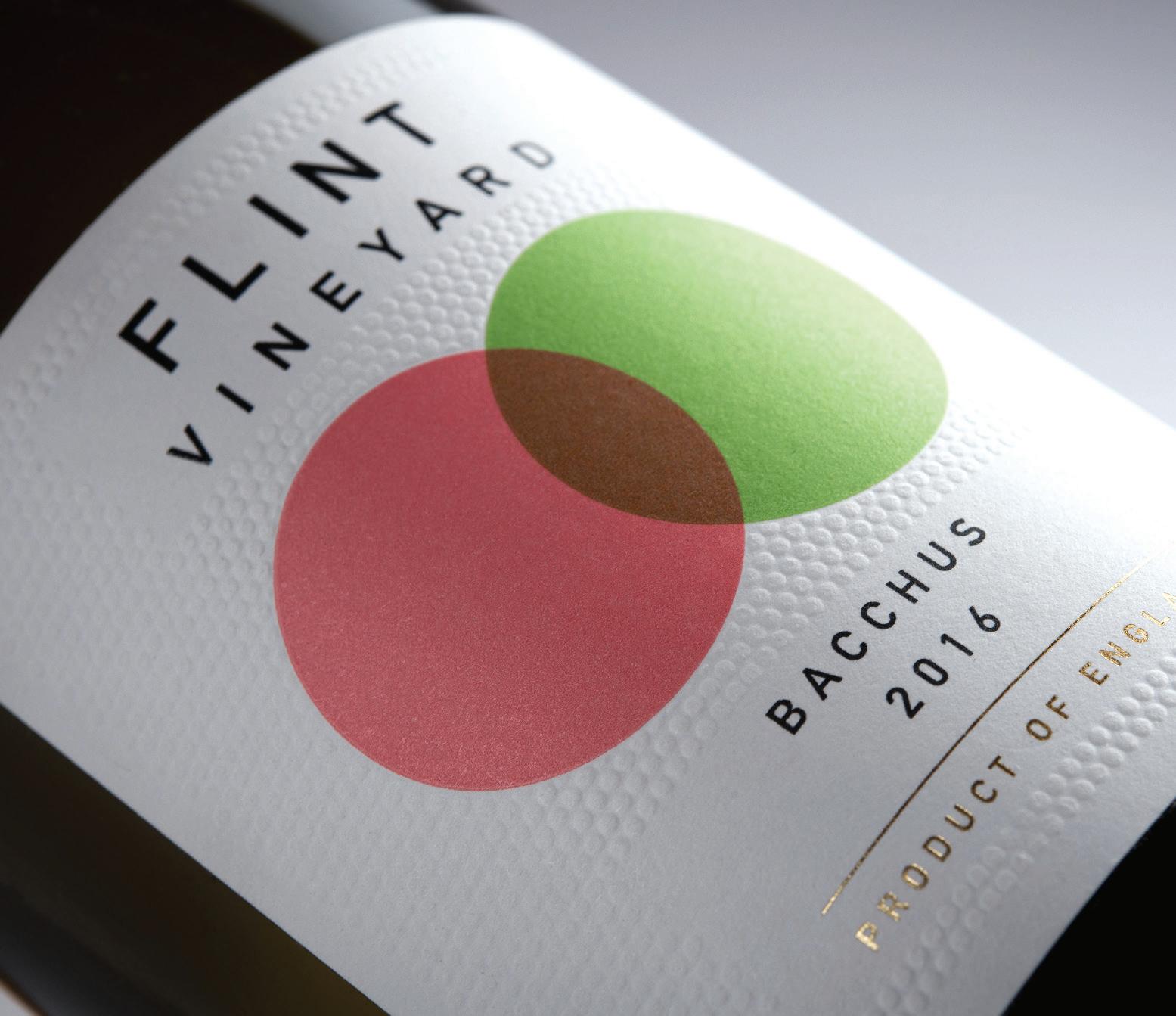
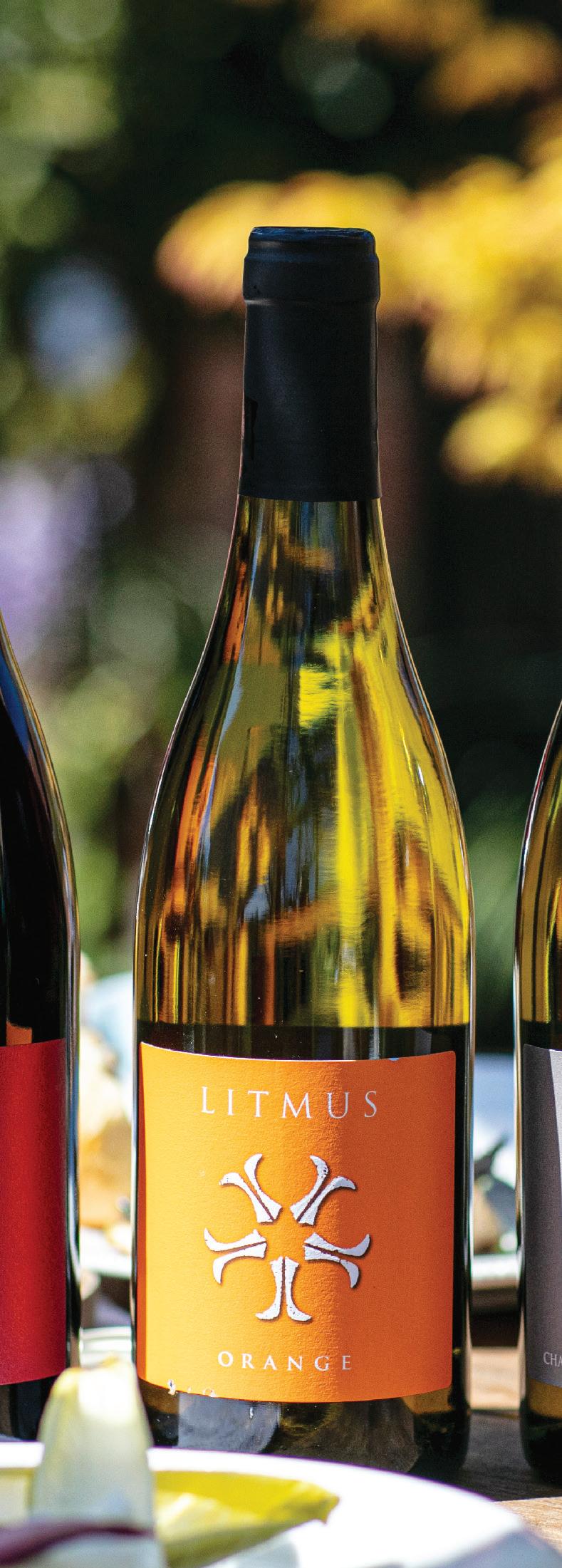
Litmus Wines –Orange Bacchus
Litmus Wines are made in Surrey by Australian-born winemaker John Worontschak. He has a contract winemaking business and also buys up quality fruit from around the UK to make wines of his own. Under the Litmus label, we find an Orange Bacchus, which is fermented and left on the skins for six weeks with sulphur dioxide.
The tasting notes say that Orange Bacchus offers hazelnut and marzipan on the nose, but the aroma is very light, as is the flavour and colour. The wine has an enjoyable peach character, with a dash of white pepper and a light tannin astringency.
The future of Bacchus
The Bacchus story is not necessarily one of complete positivity, however. Esteemed wine writer Fiona Beckett may have found plenty of English Bacchus to recommend to her readership, but does occasionally point out that she doesn’t particularly care for the variety personally.
“But I do think it’s much improved,” Fiona tells me. “However for me it’s still far from the most exciting thing that’s going on in English wine.”
A perfectly acceptable position, but perhaps not quite the ringing endorsement that winemakers are hoping for.
Matt Hodgson at Grape Britannia felt that some of the wines produced in the exceptionally high temperature summer of 2022 were “overripe and lacking in complexity and freshness” as he tasted his way around the 2023 releases.
It seems that climate change will eventually loom large over English and Welsh Bacchus, as it does over all of our plantings. For the time being over at Winbirri, Lee Dyer is not overly concerned for his Bacchus plantings.
“I think it’s still going to hold a place for a while. Other grapes will have their days numbered in the styles that they’re currently used for. For example, Solaris – which is a grape I work with quite heavily as well – is the very first grape we pick in our vineyards. So to keep the style the same as it is now, that’s going to be the first one that will suffer [from the effects of climate change.]
“I’ve probably got three or four grapes that we end up picking before the Bacchus, so I would say it’s got a little while yet – bearing in mind that I’m in Norfolk. For somewhere on the south coast that period of
time may be a lot shorter. For us, Bacchus has still got a lot of time to play out and the general public love it. And I think we should be focusing on creating wines that the public want to buy.”
Meanwhile, in Kent, some producers are already starting to turn away from Bacchus. Having planted vines in 2007 and then adding more in 2018 because of demand, Tom Barnes at Biddenden Vineyards is now starting to grub some Bacchus up to replace them with other varieties that will suit their business better.
“We’re quite an early site,” Tom said. “So Riesling and Gewürztraminer suit us really well as we can let the fruit hang for longer and really get that phenolic ripeness.
“We’ve never had a problem growing Bacchus. It’s a very consistent grape variety and low maintenance for us. I just feel there’s more exciting things to be done in the UK and also everybody’s doing it. Everybody has Bacchus in one form or another. When you’re looking at how you’re going to keep your tourism and retail business consistent for another 20 or 30 years, you’ve got to have different offerings and you’ve got to continuously look for that next challenge.”
While Tom can easily grow Bacchus – and make commercially successful wines with it – he is reserved about taking the easy option of a reliable variety and ending up with more stock than is pragmatically needed.
“The industry as a whole doesn’t need a colossal amount of fruit that we have not got a market for at the moment,” Tom muses. “It needs interesting new things that keep people interested and talking about us, rather than all focusing on the same thing.”
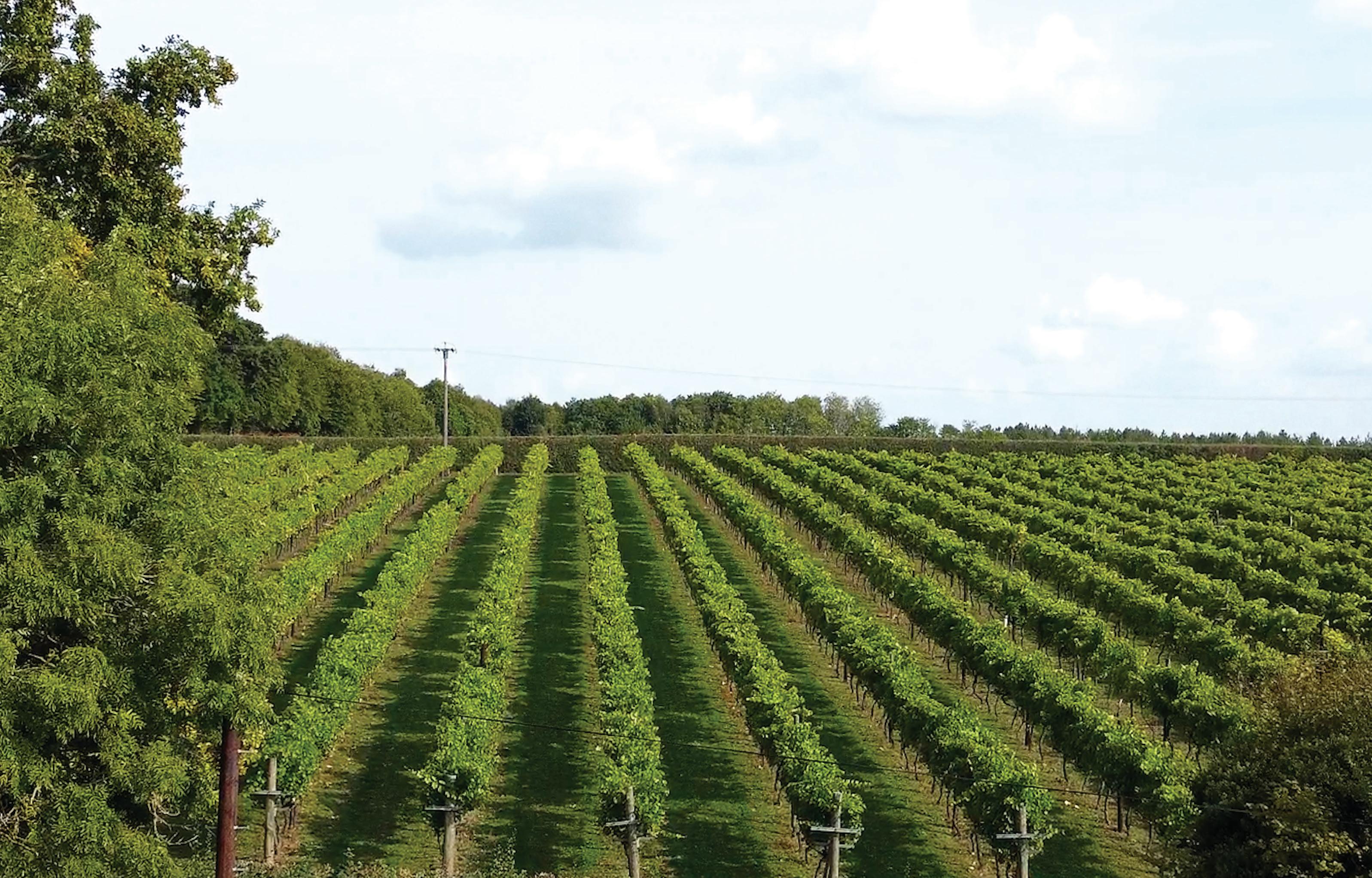
Biddenden Vineyards is now starting to grub some Bacchus up to replace them with other varieties that will suit their business better
Smart scheduling for sustainable vineyards
Sustainability in vineyards is no longer just a buzzword – it is a reality. Today, growing quality grapes means doing so in a way that protects the environment, preserves soil health, supports workers, and builds long-term resilience. One of the most effective ways to embed sustainability into day-to-day operations is through smart scheduling.
Scheduling in a vineyard isn’t just about staying organised. It’s about reducing environmental impact, using fewer inputs, and making well-timed decisions that align with weather, vine growth stages, and soil conditions.
Reduce ground damage and emissions
Modern tools - such as weather stations, soil sensors, and vineyard software - make it easier to plan tasks with precision. Timing operations like pruning, mowing, spraying, and harvesting can make a real difference to the vineyard’s environmental footprint.
Tractors are among the biggest contributors to carbon emissions and soil damage. Every pass across the vineyard comes with a cost – especially in wet conditions. Working wet soils leads to compaction, which limits root growth, restricts water movement, and reduces long-term soil health.
By grouping tasks to reduce trips, and working in dry conditions where possible, fuel use is lowered and soil structure protected. Even small changes – like mowing only when needed or targeting specific blocks for spraying – can lead to significant improvements over time.
For plant protection, targeted spraying based on pest monitoring and real-time data means fewer applications, lower costs, and better results. It is very important to stick to regular spray intervals, but adjusting your programme to the season’s conditions will reduce chemical use without compromising vine health.
Sustainability is also about people
A vineyard’s most important asset, after the land itself, is its workforce. Seasonal or permanent, local or contracted, these individuals bring skill, knowledge, and care to every task. When workers are treated fairly – through decent pay, proper training, safe conditions, and respect – the benefits are wide-reaching.
From a purely human perspective, ethical treatment is the right thing to do. But the environmental benefits are often underestimated. Well-trained, motivated workers are more likely to carry out tasks with attention to detail. They’re better at spotting disease pressure early, identifying issues in the canopy or soil, and making adjustments that prevent problems before they escalate. This reduces the need for reactive inputs like sprays or corrective pruning – lowering both cost and environmental impact.
A well-supported team also brings consistency and care to machinery use. Tractors are typically operated more efficiently, passes are only made when needed, and equipment is better maintained. These small decisions, made by engaged workers on the ground, add up to less fuel consumption and reduced soil damage over time.
Importantly, ethical practices help retain experienced staff season after season. A stable workforce means less time spent retraining and more time building local expertise.
Teamwork makes it work
At VineWorks, we’ve seen that successful sustainability strategies are built on collaboration. No contractor or consultant can deliver results alone. Growers, vineyard managers, and crews must work together to build a plan that’s both practical and long-lasting.
Our role – developing vineyard strategies and then helping to carry them out – gives us

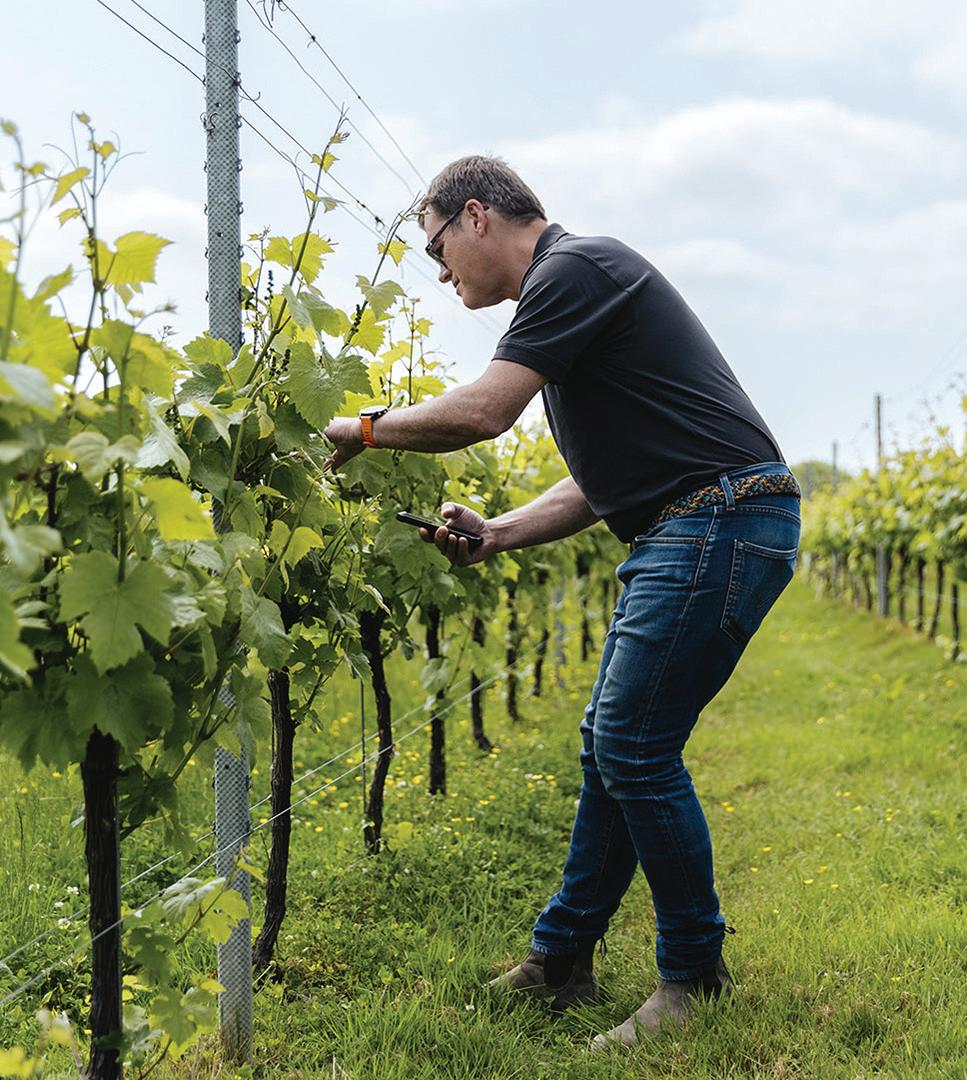
a clear view of what works in the field. True sustainability isn’t about ticking boxes. It’s about making smart choices, being flexible, and improving little by little each season.
Next steps for supporting sustainability
◆ Soil health: Introduce cover crops, minimise tillage, and apply compost.
◆ Resource efficiency: Monitor water use, maintain machinery, and reduce chemical inputs through targeted, well-timed applications.
◆ Biodiversity: Create habitats like hedgerows or wildflower margins to encourage natural pest control and ecological balance.
◆ Waste reduction: Recycle, reuse materials, and cut down on plastics.
◆ Join a scheme: Schemes like Sustainable Wines of Great Britain (SWGB) can help you benchmark progress and stay accountable.
◆ Educate and share: Train your team in sustainable practices and share your learning with the wider community.
Final thought
Sustainability isn’t achieved overnight – it is built step by step, season by season.
Scheduling with care supports healthier soils, better crops, happier teams, and a vineyard that can thrive for the long haul. With good planning and shared commitment, it’s a journey worth making – one vine at a time.
Representing you
Working in partnership with Vineyard magazine for a developing UK wine industry.
WineGB is the national association for the English and Welsh wine industry. WineGB represents, leads, and supports the sustainable growth of the Great British wine sector.
If you are interested in wine production in the UK find out more about WineGB and join us. Visit our website www.winegb.co.uk
WineGB Awards trophies revealed
The trophy winners were unveiled at the WineGB Awards Ceremony in London on 17 July with Langham Wine Estate achieving the competition’s first ever 99 points and eight trophies.
Dorset-based Langham secured eight trophies overall including Supreme Champion, Best Sparkling Wine and Best Premium Sparkling Wine for its Perpetual MV, which received 99 points. The estate also picked up the trophy for the best NV Classic Cuvée for its Culver Classic Cuvée NV, Best Blanc de Blancs for its Blanc de Blancs NV, Best Blanc de Noirs for its Pinot Noir 2019, the regional trophy for Wessex and the title of the Best Producer.
Other high achievers this year were Devon’s Lyme Bay which won Best
Chardonnay, along with Best Still Wine, Best White Wine and the regional trophy for the West for its Martin’s Lane Chardonnay 2020, while London-based Blackbook Winery secured the trophy for the Best Red and Best Pinot Noir for its Nightjar 2022 and the regional trophy for the South East with its Pygmalion South Bank Vineyard Chardonnay 2022. All three of these wines were produced from fruit sourced from the county of Essex.
Sandridge Barton in Devon also picked up multiple trophies. The winery won Best Alternative White and Best Innovative White for its Sonny 2022 Pinot Blanc and the Best Orange Wine for its Pinot Gris 2019. Wiltshire’s Domaine Hugo bagged three trophies (Best Vintage Sparkling,
Best Classic Cuvée and Best Boutique Wine) for its Hugo 2020, winning Best Vintage Sparkling for the second consecutive year. Other winners in the sparkling wine category were Hampshire’s Black Chalk which won the Best Sparkling Rosé for its Wild Rose 2021 as well as Northamptonshire’s Stonyfield (Best Sparkling Blend) for its English Sparkling Wine White 2019.
Somerset-based Wraxall repeated its 2023 triumph and picked up the trophy for Best Bacchus with its Bacchus Reserve 2022, while Best Still Rosé went to Kent’s Cobham House Rose 2024. Flying the flag for Wales, Vale Vineyard – Gwinllan Y Dyffryn was awarded the trophy for Best Alternative Red for its Robin Goch 2023.

This year’s Best SWGB Wine went to West Sussex’s Leonardslee Family Vineyards for its Brut Reserve 2021, Best Newcomer was won by East Sussex’s Walgate, while Best Contract Winery was awarded to Gloucestershire stalwart Three Choirs.
Other regional winners were Flint Vineyard’s Silex 2023 (East), Halfpenny Green Wine Estate’s Brut Reserve 2013 (Midlands & North), All Angels’ 10 Year Anniversary Classic Cuvée 2014 (Thames & Chilterns), and Jabajak Vineyard White House Sparkling Blush 2021 (Wales).
The trophy winners can be viewed and medal winners can be found on the WineGB website.
Co-chair of the judging panel, Peter Richards MW said: “What a year this was at the WineGB Awards! It was not only an immense privilege to taste such a vibrant, eclectic, ambitious range of wines – it was fun too. And that reflects
the fun the winemakers are clearly having experimenting, pushing the boundaries, and fine-tuning their craft. These were wines brimming with confidence and ambition – and both Susie and I together with our brilliant team of judges loved every minute of the judging, which inspired some intriguing (and sometimes heated) discussion. You only have to look at the diversity and quality of the trophy winners to see that the modern GB wine basket overflows with delicious bounties across a wide range of styles. The fact this year saw the first 99-point wine is no coincidence. Standout categories include multi-vintage (and non-vintage) sparkling blends and still Chardonnay. Not forgetting the ‘innovation’ wines – from flor-aged fortified Pinot Blanc to multi-vintage Chardonnay. GB wine is a category you cannot take your eyes off, and the results speak for themselves.”
WineGB membership entitles you to £20 off any packaging order that is £150 ex vat or more from WineGB Gold Patron WBC. Join WineGB today and enjoy exclusive member benefits.
Industry Report 2025
English and Welsh wine shows resilience and growth.
We published our latest Industry Report with updated figures on hectarage, production, sales and employment. Despite the economic and political conditions, the sector has grown sales and production.
The report reveals that vineyard numbers have increased by 74 to hit 1,104 with 25 newly registered wineries bringing the total to 238. The area under vine has also grown from 4,209 hectares to 4,841ha, representing a growth rate of 510% since 2005.
According to the Food Standards Agency Wine Team, there were over 10.6 million bottles produced last year, higher than originally estimated due to more up-to-date active hectarage figures being used.
Sales by volume increased by 3% overall in 2024. Sales of sparkling wine maintained last year’s volumes, a laudable achievement given the reduction in sales within other premium sparkling wine categories last year.
To read the full report and the accompanying press release, please visit the WineGB website.
1 September 2025
WineGB Members’ Webinar –Getting the most out of the Trade Tasting
2-6 September 2025
Plumpton College – Principles of Vinegrowing Intensive Course
4 September 2025
WineGB Members’ Webinar –Wine Tourism Relief
8 September 2025 National WineGB Trade and Press Tasting
9 September 2025
WineGB AGM
15 September 2025
WineGB Members’ Webinar –Hiring Toolkit
16 September 2025 Curious Vines Panel –The Route to Leadership, Women Leading the Way in Wine
22 September 2025
WineGB Members’ Webinar –Customer Acquisition and Retention
Tantalising tannins
From vine protection to wine structure.
As we enter the fourth heatwave of the year and reach for yet another bottle of sunscreen, it occurs to me that red winemaking might take on particular significance this season. That thought led me to reflect on the role tannins play –not only in protecting the vine, but also in shaping the structure, style, and ageing potential of the wine itself.
Much like our cultural attitudes toward getting a suntan have shifted over the decades, wine profiles and tannin use have also evolved. Twenty or thirty years ago, “big tannin” was often synonymous with prestige in certain red styles; today, the emphasis is on low intervention, balance, and integration. Viticulture and winemaking practices have adapted accordingly, reflecting changing consumer tastes, shifting climates, and a far better scientific understanding of phenolic chemistry.
Recent research has been particularly revealing. Studies have explored tannin extraction during maceration, varietal differences in extractability, and the reported ability of certain tannin additions to bind and reduce sulphurous off-odours. Such findings underline why tannin chemistry remains an active and important area of study – it is fundamental to taste, texture, aroma stability, and wine longevity.
Tannins occur naturally in the berry and vine but can also be introduced exogenously during winemaking, or extracted during a wine’s ageing and maturation in barrel. In this article, I’ll explore both: first, the sources and behaviour of tannins in the berry and vine; then the sources and applications available to winemakers during fermentation, ageing, and maturation.
The technical term for grape tannins is

polyphenolic secondary metabolites, primarily proanthocyanidins. Their primary role in the plant is defensive – shielding against sunlight damage and deterring consumption of unripe fruit through bitterness and astringency. This astringent sensation is caused by tannins binding to proteins in the mouth and palate. As grapes ripen, the perception of tannins changes through oxidation, polymerisation, and interactions with other phenolic compounds, as smaller molecules link to form larger ones.
For winemakers and growers, the most relevant tannin sources within the grapevine are the skins, seeds, and stems. Other plant material, such as leaves or woody matter, should be removed prior to processing.
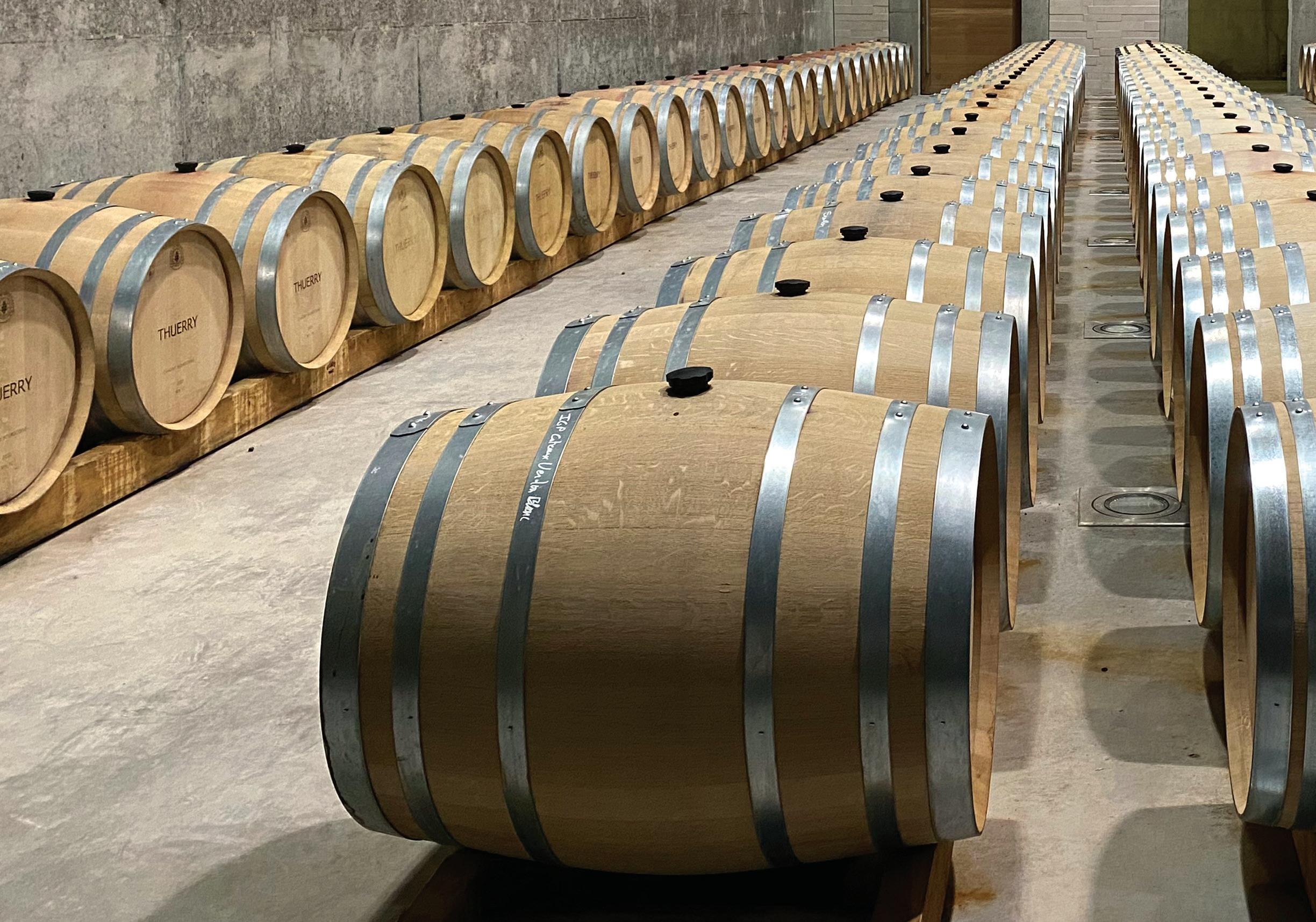
The skins are the primary source of tannins in most red wines, with concentration and composition strongly influenced by sunlight exposure – often higher in brighter growing seasons. Extractability and composition also change as ripening progresses, affecting the quality and character of the tannins available at harvest. The grape variety and clonal type also have an effect on the tannin profile and the sizes of the berries themselves should there be little or heavy rain around the harvest period leading to concentration or dilution respectively.
With rain and damp conditions the risk of fungal disease pressures can lead to tannins being affected and losing the structure as well as colour instability. Choosing when and how to leaf strip is therefore of critical importance but difficult to predict what the medium term meteorological conditions will look like. The seeds don’t lie and right maturity and readiness for harvest is often seen when the seeds are lignifying and turning brown.
As tannins sit in the category of phenolics and total phenolics rise during these hotter spells it is also important to be aware of those phenolics extracted during heavy
pressing that will readily oxidise down the wine making process and tend to be better dealt with during the must phase than later post fermentation.
As the grapes are passed onto the winery post harvest there are many different options the winemaker can utilise to enhance or correct tannin extraction. At their core tannins as a chemical group are a natural anti-oxidant or rather they bind the incredibly reactive element that is oxygen.
The winemaker can utilise tannins during the fermentation and ageing phases of the winemaking process with a vast array of methods, products and containers such as barrels and foudre’s to enhance, remove or balance the tannin and structure. Cold soak maceration with skin and without seeds or with seeds and skin can reduce or increase the astringency, ethanol production during fermentation will hasten tannin solubility which may be desirable when receiving lighter skinned grapes.
Manipulating the fermentation temperature is also with heat increasing extraction and the management of the cap and how this is punched down or pumped over also changes
For winemakers and growers, the most relevant tannin sources within the grapevine are the skins, seeds, and stems
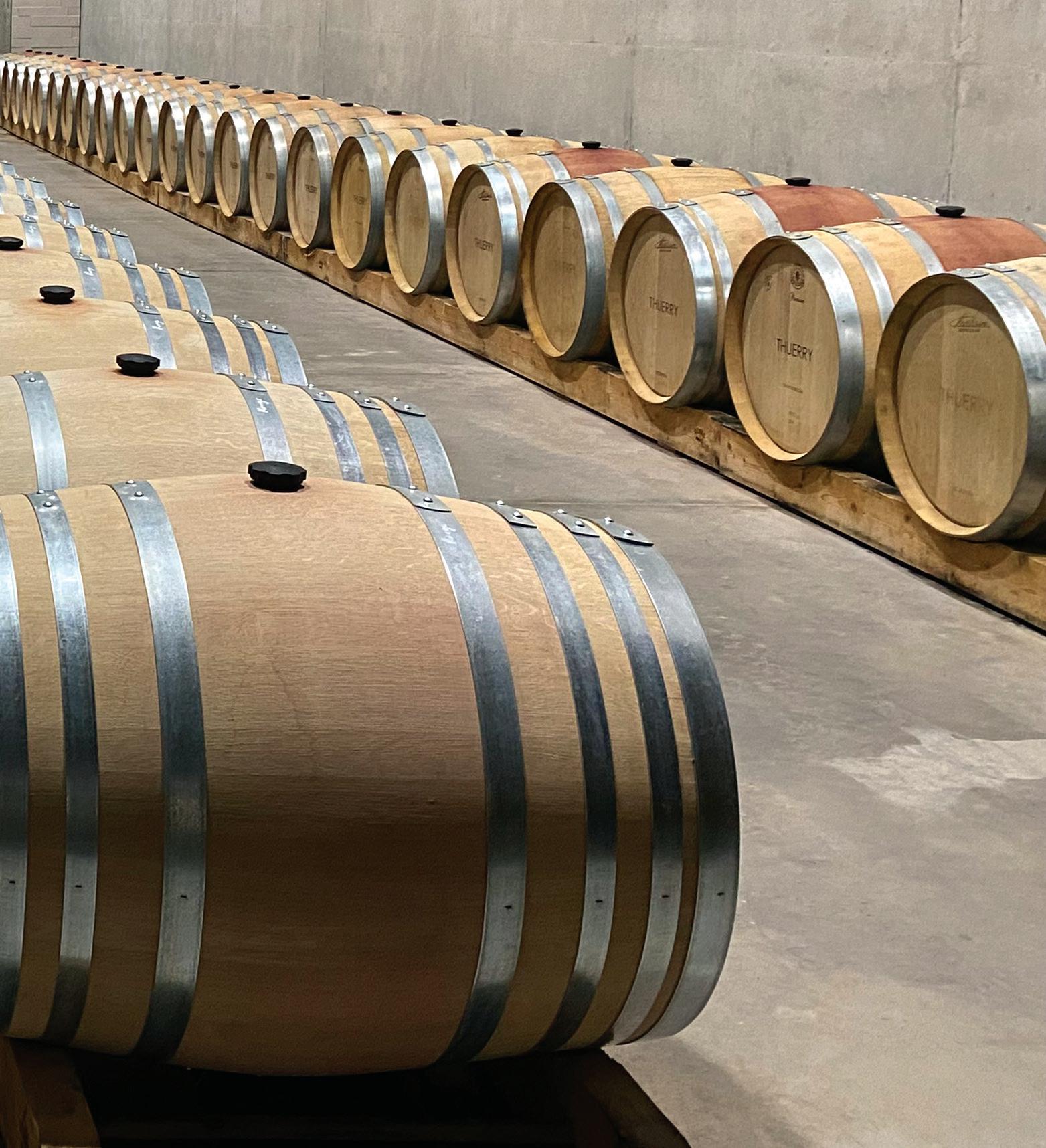
the extraction with gentler passes favouring skin extraction and heavier aggressive punch downs drawing more seed tannin extraction.
All of these mechanisms and manipulations are part of the excitement and dare I say magic of winemaking as there are so many complex reactions happening with many factors to consider (or not) it is a shame that reds globally have fallen on hard times. Exogenous tannins (from various wood sources but primarily oak) is another area that winemakers can call upon should they need additional help in order to control disease and precipitate laccase from botrytised grapes or stabilise colour during fermentation and there are a wide range of products available targeting specific requirements.
Most interestingly the purpose of tannin management is to achieve something where the initial bitterness from smaller low polymer tannin molecules polymerise over time giving way to large more complex groups where astringency and binding to the salivary glands can lead to a silkier finish.
The ageing related tannins are controlled and changed through different means and something I will expand on in combination to the tertiary aroma article later in the year but they encompass three main areas;
Oxygen management – Controlled oxygen exposure encourages tannin polymerisation but too much oxygen can strip fruit and harden tannins.
Oak maturation – Barrels (and to a lesser extent, staves or chips) contribute hydrolyzable tannins from oak, adding oxidative buffering, mid-palate weight, and complexity.
Ageing tannin additions – Grape-derived or wood-derived tannin preparations can strengthen colour, improve oxidative stability, or add structure.
Tannins – and the art of managing them in both the vineyard and the winery –can feel overwhelming in their range of variables and possible approaches. Yet, as in many aspects of life, timing is everything. With careful observation and well-judged decisions, the coming months can stay on course for a positive vintage.
So, to the harvest class of 2025: wear sunscreen – literally for vineyard managers and crews, and figuratively for winemakers and cellar hands. And at least once during harvest, take a break, breathe, and listen to Baz Luhrmann’s Everybody’s Free (To Wear Sunscreen). Good advice, in winemaking and in life.
Vision and ambition
Vision and ambition are the defining characteristics of Itasca Wines, which is on track to become the biggest contract winemaking business in the country – just five years after launching.
Itasca Wines, which also produces its own award-winning wines under the Penn Croft label, opened for business at Crondall on the Surrey/Hampshire border in 2020 and is now constructing a second winery, this one perfectly sited close to Maldon, in Essex’s wine-friendly Crouch Valley.
The two facilities will allow Itasca to process 2,000 tonnes of grapes each autumn, a capacity which long-term commercial director and now main board member John Wilkins (“I’ve done everything over the past five years except make the wine”) said would make it easily the biggest contract winemaker in the UK.
The vision and ambition comes from the unstoppable Malcolm Walker, founder and chief executive of Itasca Wines, which recently went from being a private company to a public limited one (PLC) to give it more flexibility in raising funds to expand still further. “It meant undergoing rigorous checks and spending a fortune, but it was right for the business,” Malcolm said.
As John explained: “It’s been a very, very exciting ride over the past five years.” That exciting ride has included not only making wine for a
number of big-name vineyards and for Penn Croft, but proving a full supply and installation service through its Itasca Technical Services division and moving into wine tourism with the opening of a cellar door at Crondall.
As if that wasn’t enough growth in just five years, the business has now taken on a grade II* listed building at Cranborne in Dorset which dates back to 1730, and is turning it into an upmarket ‘wine hotel’ destination.
Malcolm’s carefully selected team has also grown significantly, with the initial four-strong setup having expanded to 33 full-time staff, with the most recent new signing, James Lambert, coming on board to head up brand development and overseeing the production of ‘white label’ wines for a major UK supermarket.
Fellow founder and former director Simon Porter, whose Penn Croft Farm was the site of the company’s original planting in 2018, has officially retired but still looks after the vineyards and takes an active interest in the venture he helped get out of the ground.
“It’s been a very, very exciting ride over the past five years”
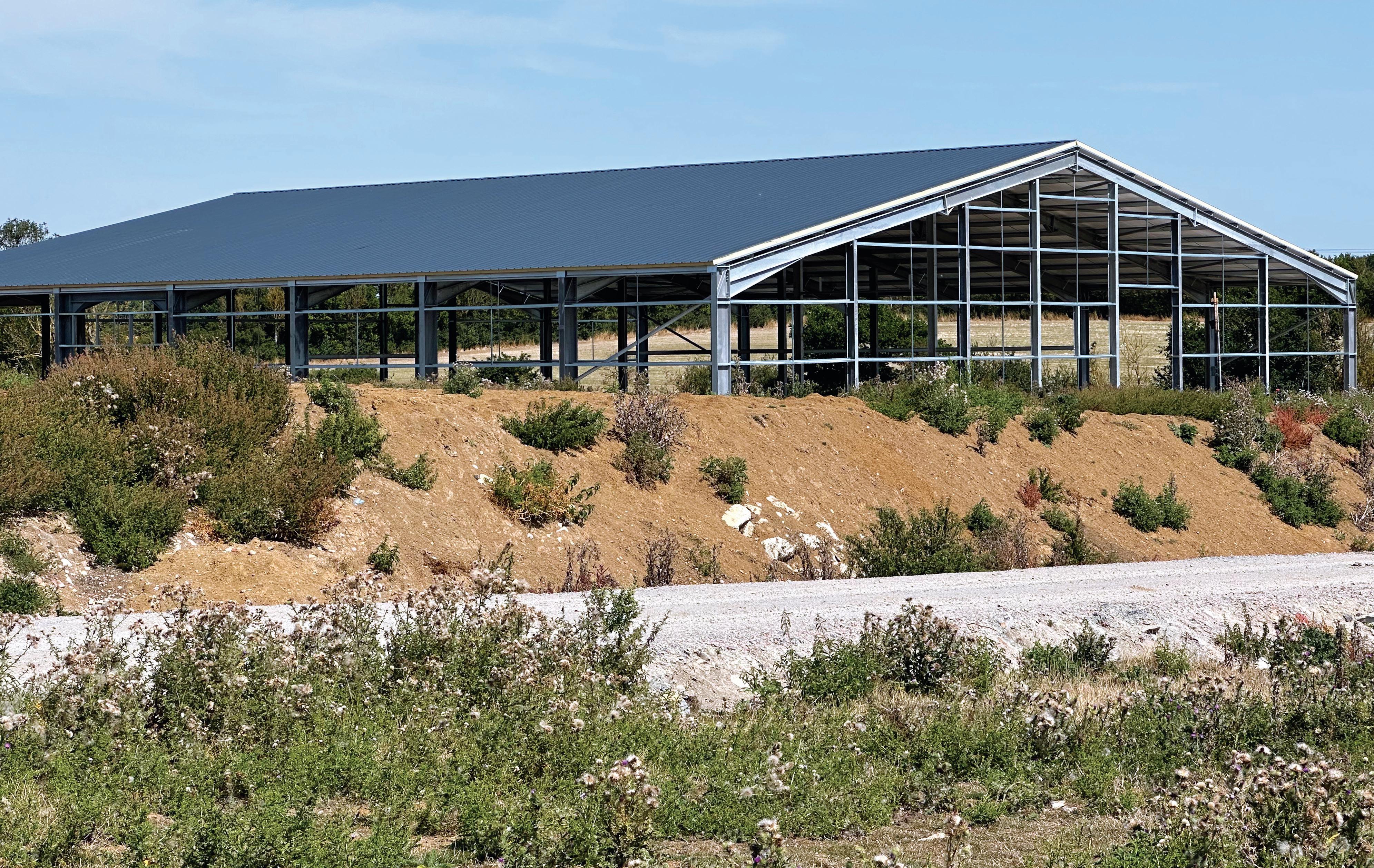
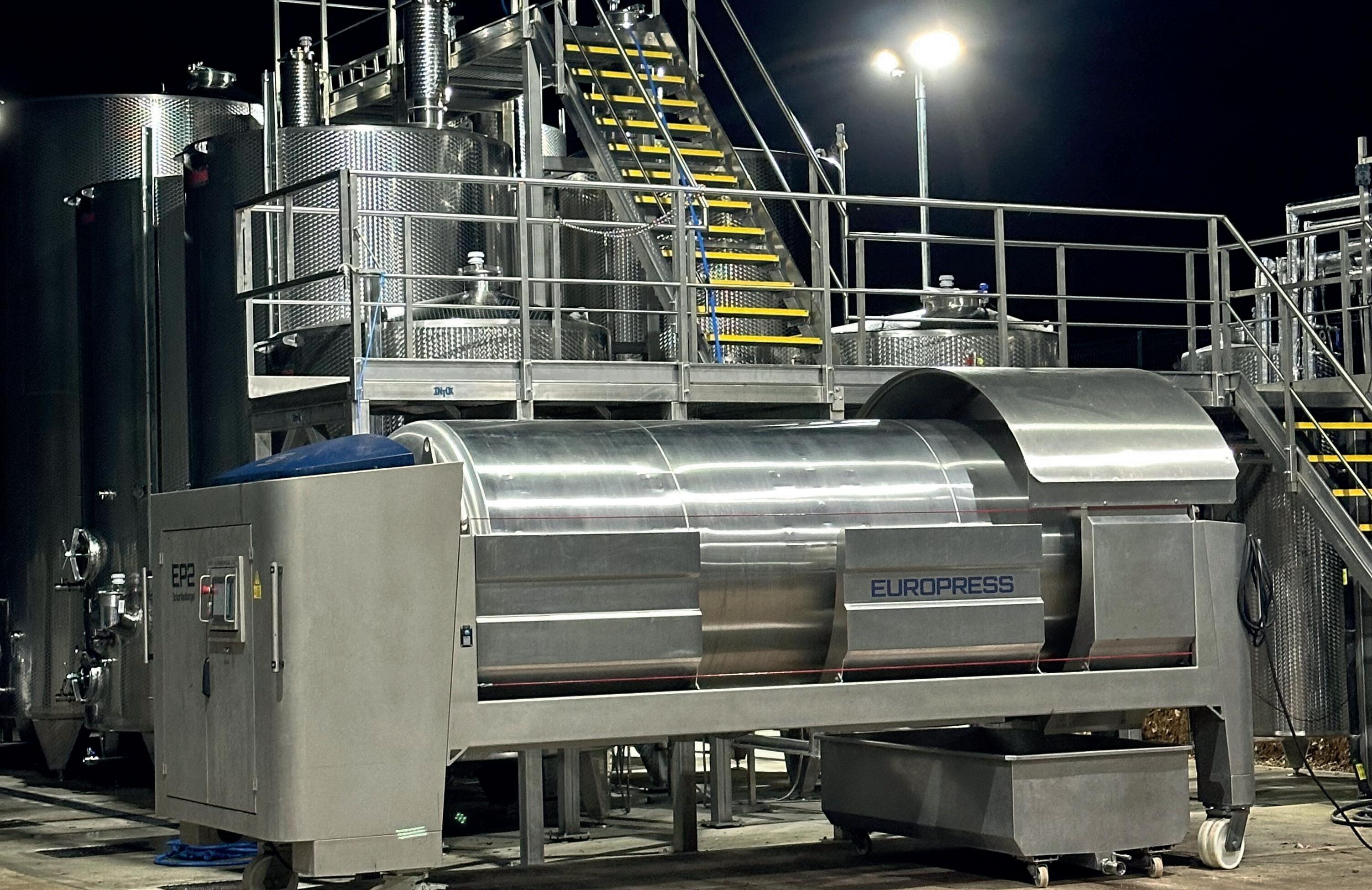
ITASCA WINES
John Wilkins recalled that that first planting was a hint of what was to come. “In 2018 Malcolm said he was going to plant some vines at Penn Croft, and I didn’t think any more about it,” he said. “Then in 2019 he showed me the vines in the ground, and I realised that he hadn’t actually registered them.”
John registered the new vineyard and found a buyer for the grapes and has since been closely involved in the whirlwind growth of Itasca Wines. “Malcolm has idea after idea and just keeps moving forward – I help dot the ‘is’ and cross the ‘ts’,” he said. “You need to be able to move quickly in this business and that’s something Malcolm excels at.”
The excitement around Itasca Wines also inspired the newest member of the team, James Lambert, who had just left Lyme Bay Vineyard, where he had been managing director for the past nine years, to join Itasca, where his role is to build the company’s own brand wines and develop new opportunities such as developing wines for supermarkets “to hit a particular style and usually a low price point”.
He went on: “These are really exciting times for wine and for Itasca. It was Malcolm’s vision that enticed me to join. There is real ambition here.”
Central to the success of Penn Croft and the contract winemaking business is winemaker Ben Smith, who is also general manager of the operation at Crondall.
With the new winery in Essex now taking shape, Ben has been joined by two assistant winemakers from South Africa, Den’e Louw and Annemarie Fourie. “Ben will be moving up to become executive winemaker, with Den’e taking on day-to-day responsibility for the Hampshire operation and Annemarie moving to Maldon in September 2026,” Malcolm explained. Operations director Kat Cran-Crombie is another vital member of the team, working closely with Ben.
While the planning process delayed the start of work on the Essex
winery, building is now well underway, with the custom-designed facility due to be ready to make its first wine following the 2026 harvest and focusing uniquely on still wines.
The Hampshire winery opened in September 2020 despite the Covid-19 pandemic and crushed 50 tonnes of grapes in its first harvest. In 2025 Itasca Wines is set to crush more than 1,000 tonnes at Crondall delivered from 38 vineyards. “And that’s only counting parcels bigger than five acres,” Malcolm added.
Itasca Wines crushes between 50 and 100 tonnes of grapes for each of its five biggest customers, turning them into what are often award-winning wines. “We have lots of gold, silver and bronze medal winners in our stable,” Malcolm commented.
The company’s own brand Penn Croft wine is made from the grapes planted by Malcolm in 2018 plus those grown at Jenkyn’s Place, a vineyard planted in 2006 which Itasca Wines has leased since 2021. “In total we have around 46 acres under vine,” Malcolm said.
To date, the winery has made 10,000 bottles of Penn Croft wine each year, all sold through the website and at the cellar door. After sell-out success over the past three years, head winemaker Ben plans to increase production this year, while James hinted that a new in-house label may also be on the cards.
As well as own label and contract winemaking, the winery provides a disgorging service for vineyards, and is also the UK’s sole importers of yeast, stabilisers and chemicals from Italian brand Enartis, supplying around 85% of the country’s wineries.
“Enartis came to us because it wanted to work with a growing company,” said Malcolm. “We were happy to partner with them because it helped us develop good relationships with wineries around the country.”
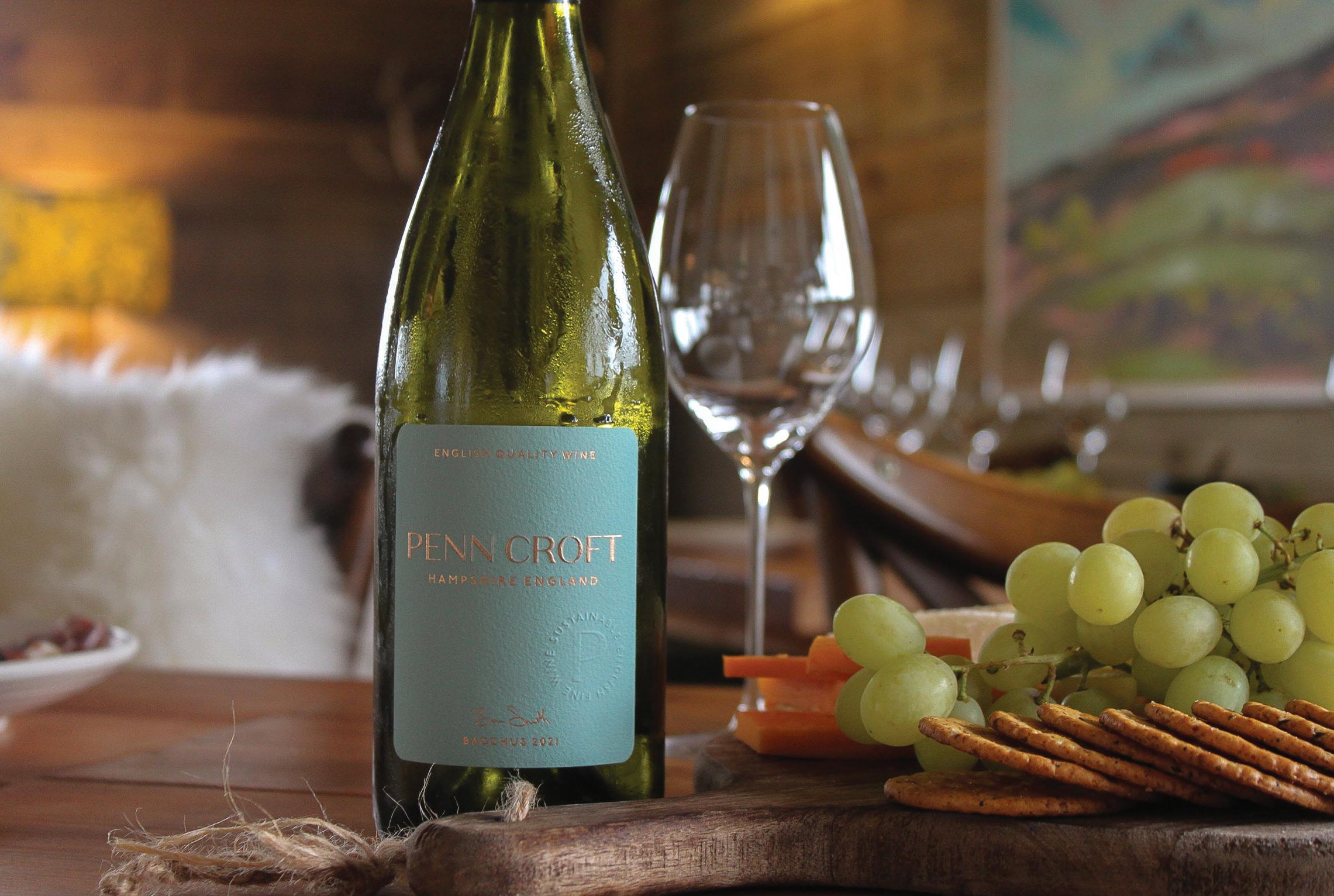
As well as own label and contract winemaking, the winery provides a disgorging service for vineyards and is also the UK’s sole importers of yeast, stabilisers and chemicals from Italian brand Enartis

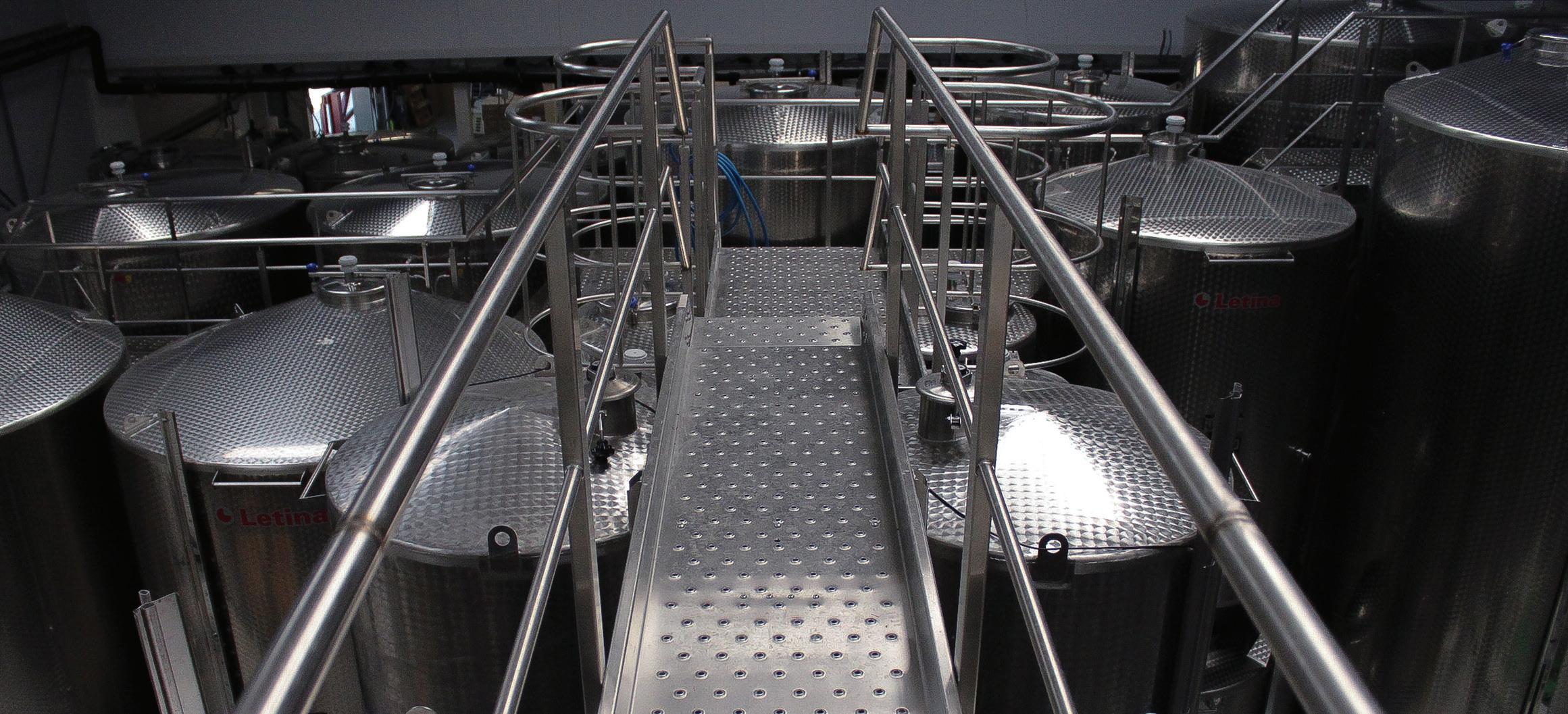
Enartis is just one of the well-known product ranges supplied by Itasca Technical Services, which offers a full supply and installation service to wineries across the UK.
The technical division was set up following a chance meeting at the 2021 Vineyard & Winery Show, when Malcolm, who was looking for an eight-tonne press for the winery at Penn Croft, chatted to representatives from German manufacturer Scharfenberger.
He was invited to Germany to visit the plant, and after some serious discussions about how they could work together, the German company suggested that if Itasca Wines was interested in setting up a distribution company, Scharfenberger would give the business the sole UK import licence.
Itasca Technical Services can provide and install everything a winery needs, from tanks and presses, agitators, filters and pumps to bottling and labelling equipment, additives and chemicals
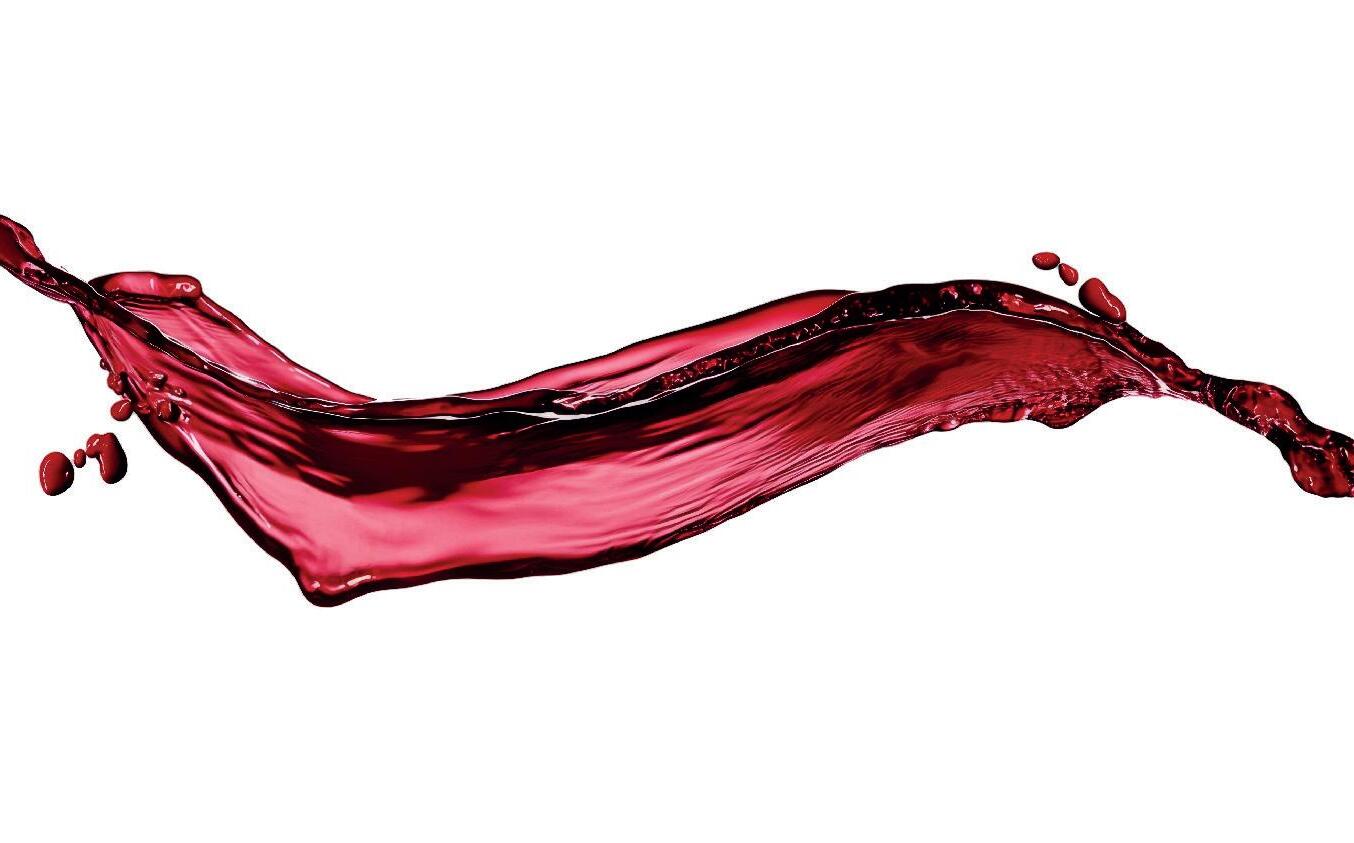
Other manufacturers and suppliers were quick to approach the new company, with the result that Itasca Technical Services can provide and install everything a winery needs, from tanks and presses, agitators, filters and pumps to bottling and labelling equipment, additives and chemicals.

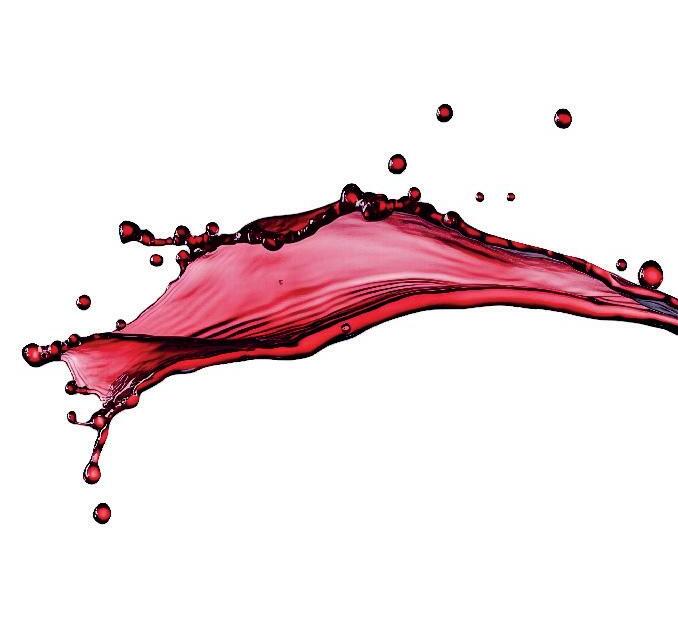
The company also has a UK import agreement with Sraml, the Slovenia-based food processing equipment supplier which specialises in manufacturing wine equipment and juice and cidermaking products, including reception equipment, destemmers and crushers, pumps, presses and bottling lines. Itasca Technical Services also supplies products from suppliers including Steroglass and Oculyze.
Sales director John Simmons heads up the division and is supported by two engineers who handle winery installations. Chief engineer Martin Smith and female engineer Maddi Nippard have installed around half of the 70 Scharfenberger presses currently operating in the UK.
Servicing is another important area of work, with the company offering a set price service package but also being on hand to deal with emergency breakdowns or ad hoc service requests. With harvest this year looking set to happen in mid-September rather than October/November, the team is currently busy making sure customers’ presses and tanks are ready for the task in hand.
The company’s focus on delivering the best possible service is reflected in the opening of a new service base in Ashford to make it easier and quicker to reach customers in Kent and Sussex.
The new winery near Maldon, in the heart of the Crouch Valley, promises to be, in the words of John Wilkins, “a game changer for English wines” when it opens next year.
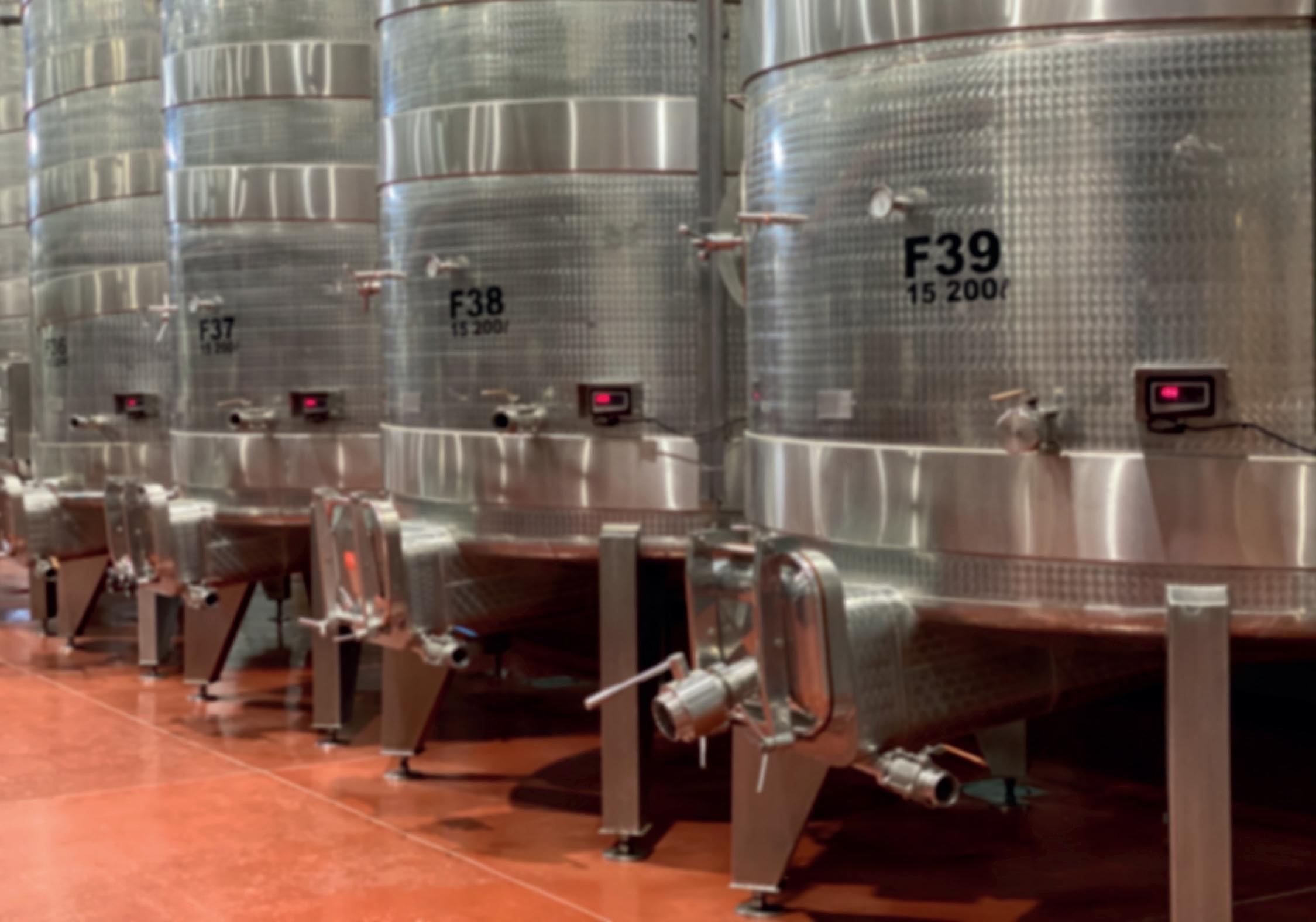


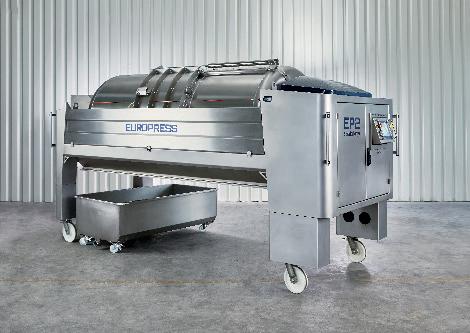
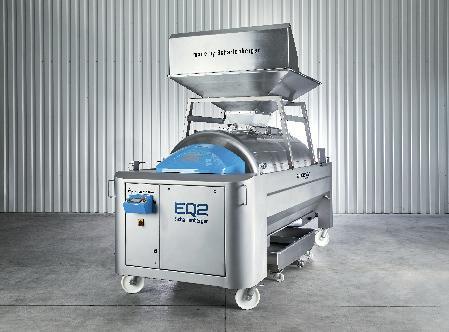
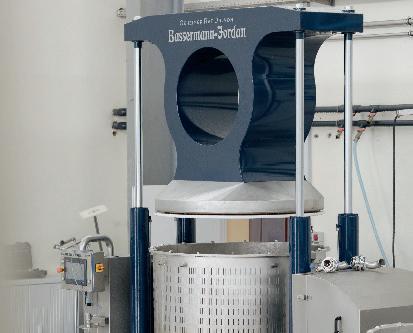
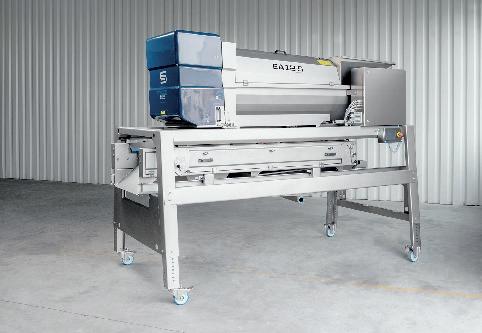
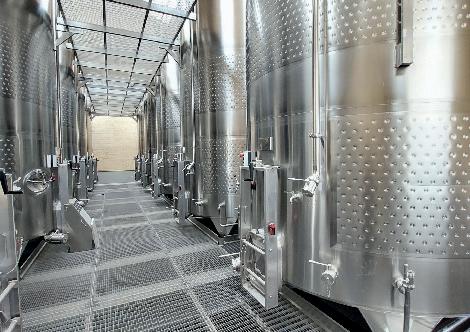
ITASCA WINES
Overseen by director Debbie Reid, who is also the owner of Crows Lane Vineyard, 60 acres of vines at Stow Maries in the Crouch Valley, it has been designed ‘from the ground up’ as a mainly still wine facility, and one with impeccable ‘green’ credentials.
Malcolm believes that although in its infancy, English still wine is rapidly becoming a force to be reckoned with, and with the Crouch Valley on average half a degree warmer than the rest of the country it is rapidly becoming a hot spot (no pun intended) for both red and white wines.
The Maldon winery will, he added, be in the right place to turn the grapes from the 4,500,000 vines estimated to have been planted on the east coast over the past four years into the finest examples of those wines, aided by the skills of Itasca Wines’ Ben Smith and, shortly, Annemarie.
As John Wilkins pointed out: “Essex is the third most planted region in the UK, but while there are lots of vineyards, there are not many
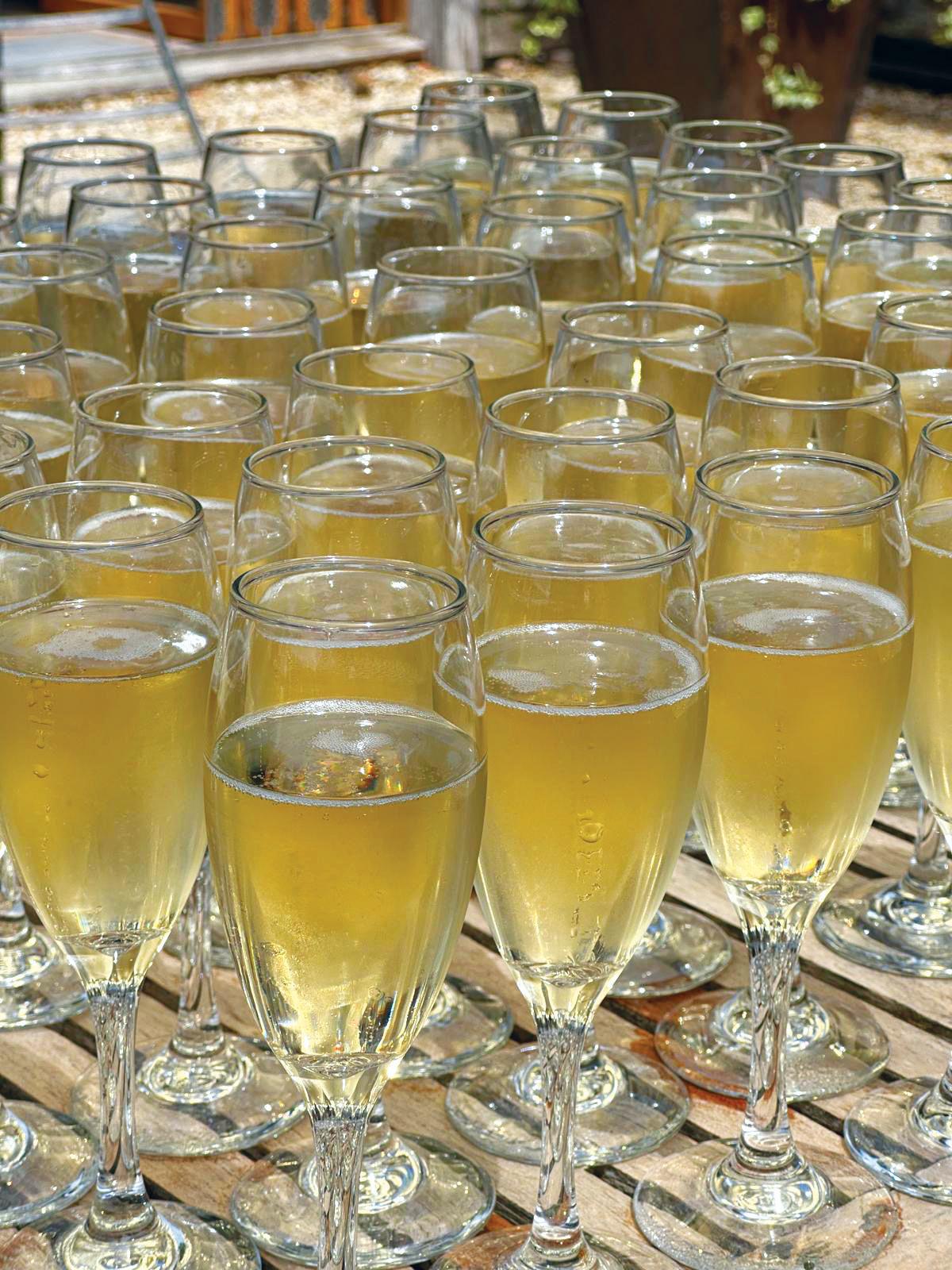
wineries, which gives Itasca Wines a great opportunity to use its skills to support the county’s growers.”
While most of Itasca Wines’ clients, which hail from Essex to Exeter via Kent and East and West Sussex, produce traditional method sparkling wines, east coast growers are increasingly trying their hands at still varieties, which tend to have a much shorter maturation process.
“The white wines, like our sparkling wines, are already top quality, while the reds are quickly catching up,” said Malcolm. “The UK is already producing some nice Pinot Noirs, and they are improving the whole time.”
The Maldon facility expects to deal with “90% still wines” and will feature tanks designed for still wines and more destemmers, while there will be fewer riddling cages. It will be built to process 1,500 tonnes of grapes a year using “the most modern equipment available” and represents a total investment of around £4m.
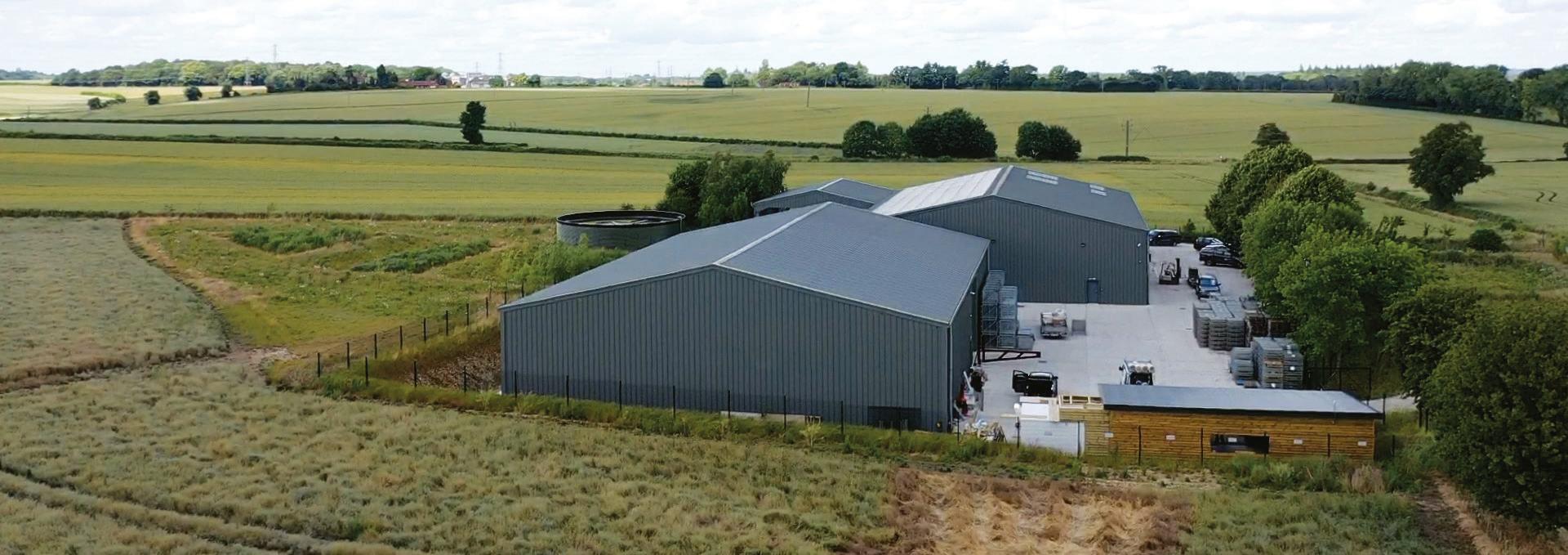
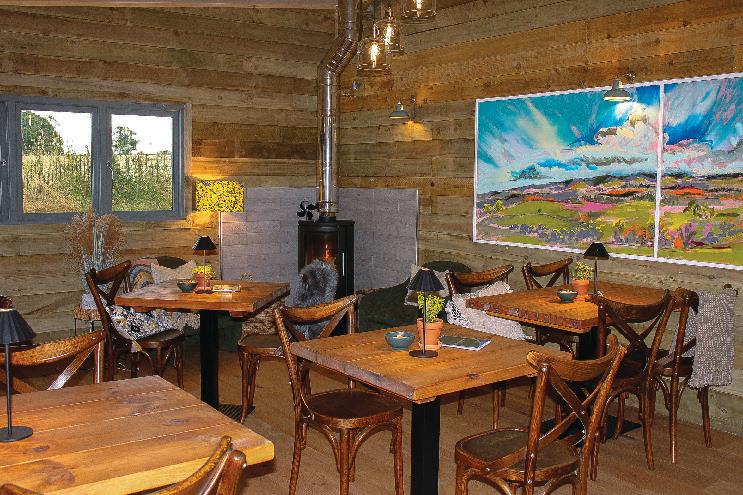
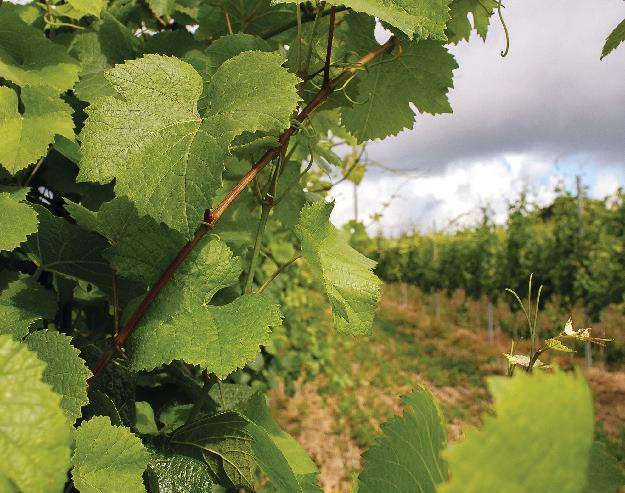
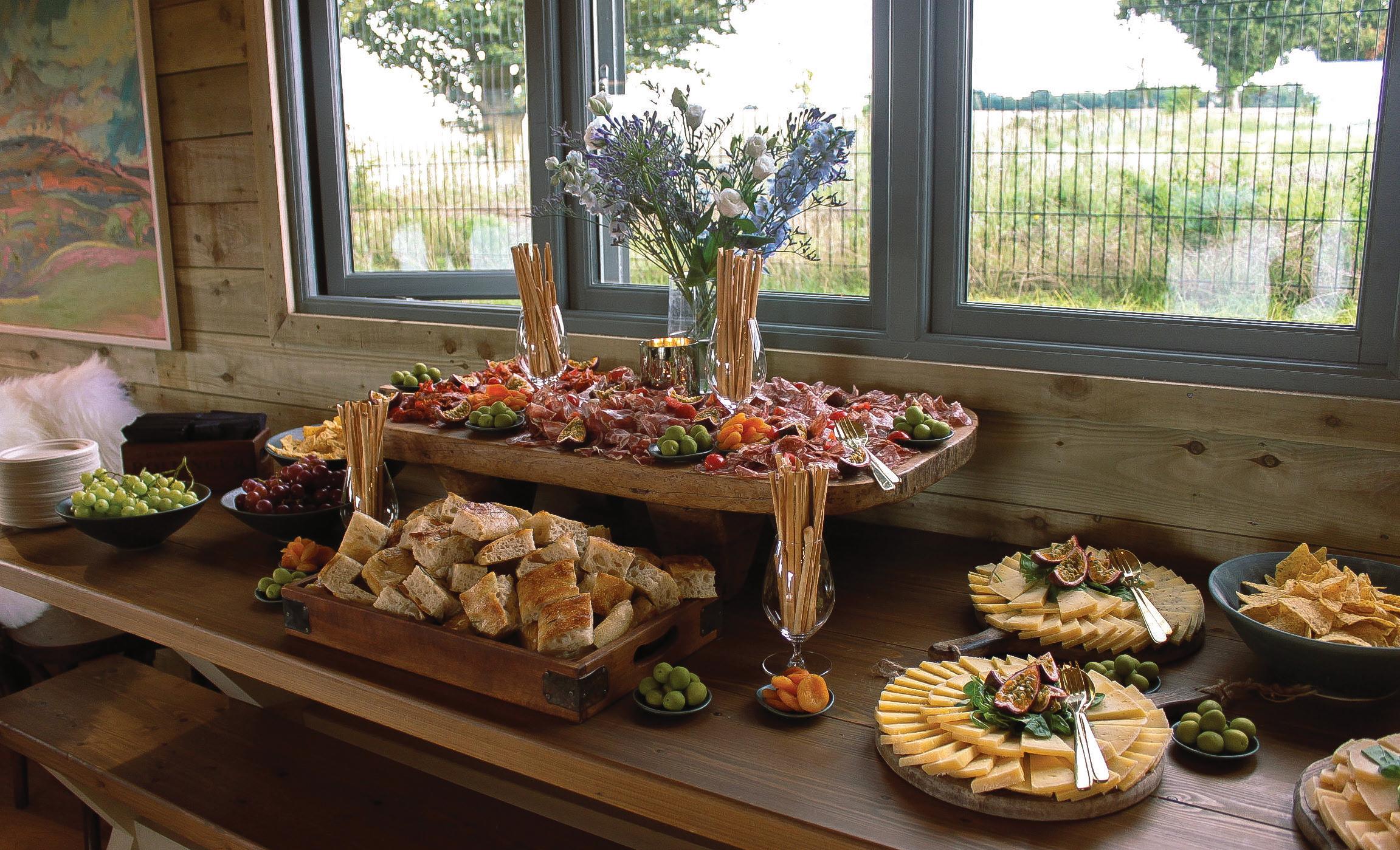


GENTLY PUMPING QUALITY

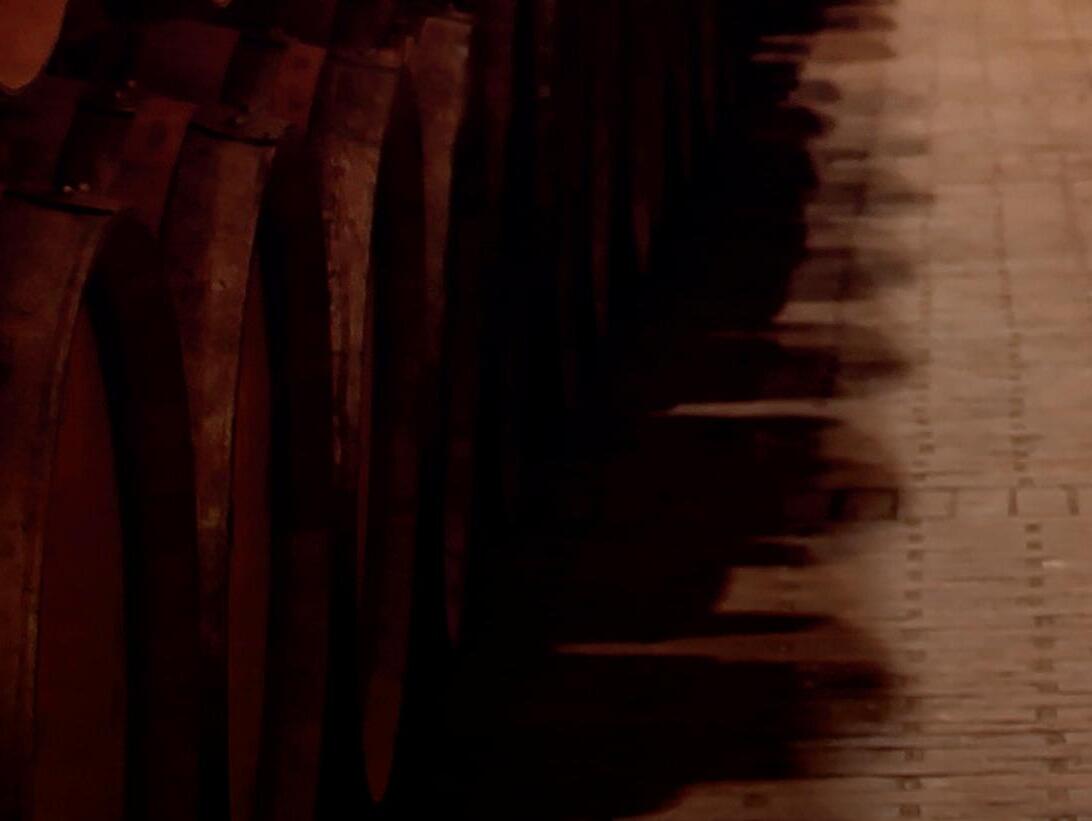
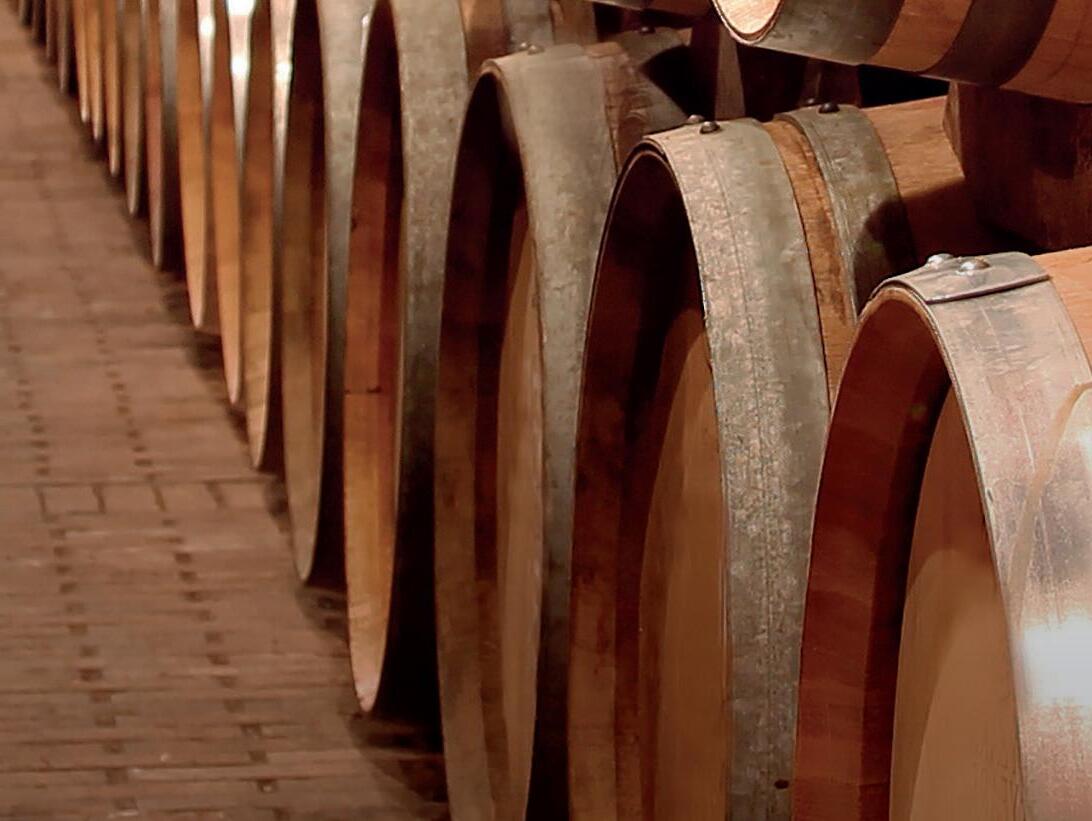
POWERFUL AND VERSATILE
PUMPS FOR ALL WINEMAKING PROCESSES
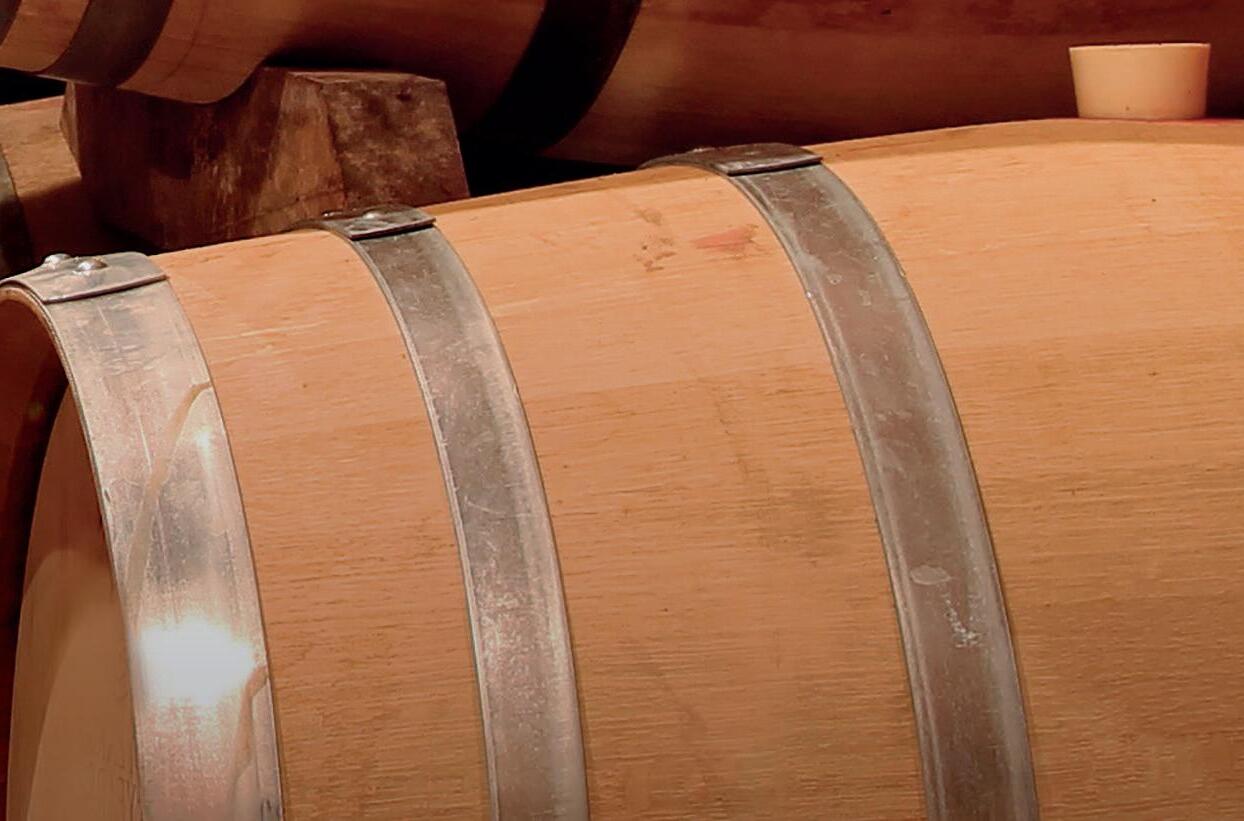
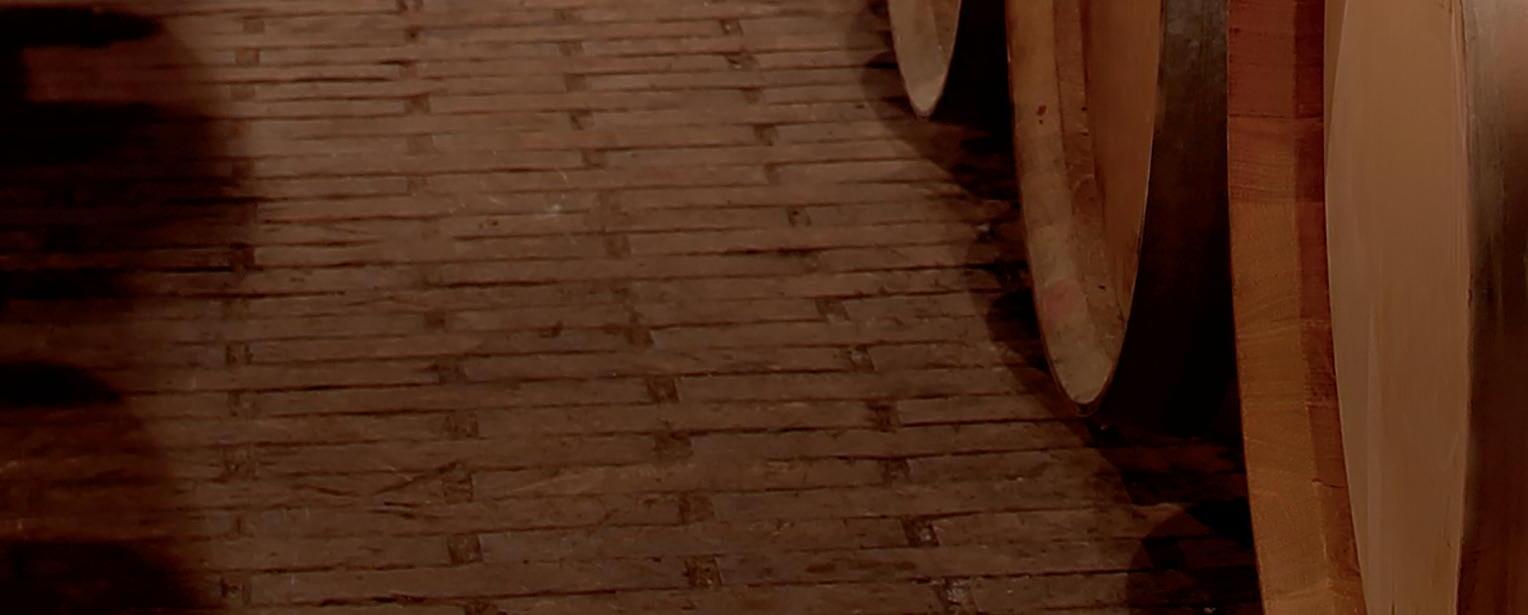



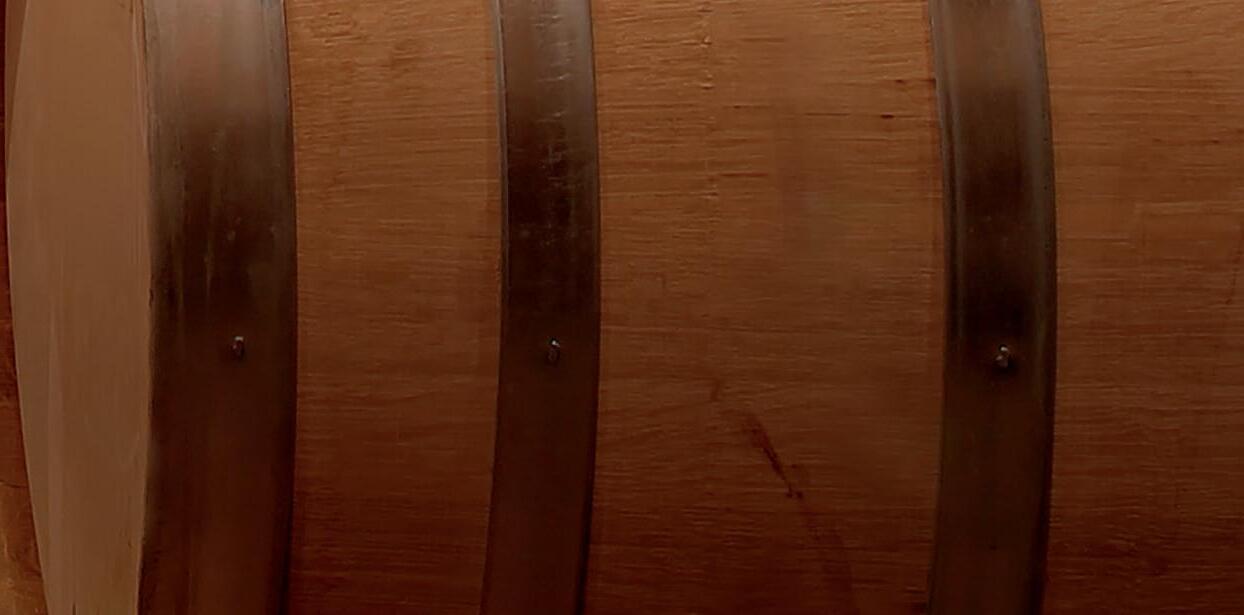






At Vogelsang, we never lose sight of what matters to you: economy and ease of use.
As innovators in the field of pumping techniques, we have developed a pump especially for the winemaking industry to help move liquids and solids without losing any vital flavour and quality of the wine.
The compact, intelligently designed rotary lobe wine pump is created specifically to reduce wine oxygenation through its quiet and gentle operation, and is ideal for recirculation or pumping to and from the cellar, and use in transportation, storage and bottling.
Grapes, seeds, must and wine, everything remains unchanged during the transport process, for the highest quality of the final product.
VOGELSANG – LEADING IN TECHNOLOGY
Contact person: Richard Love
Mobile: +44 7765 902140 | richard.love@vogelsang.info
vogelsang.info










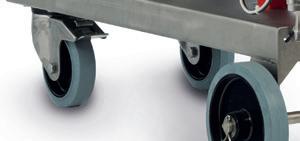







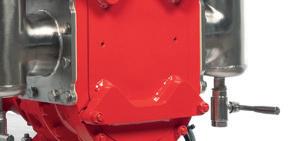



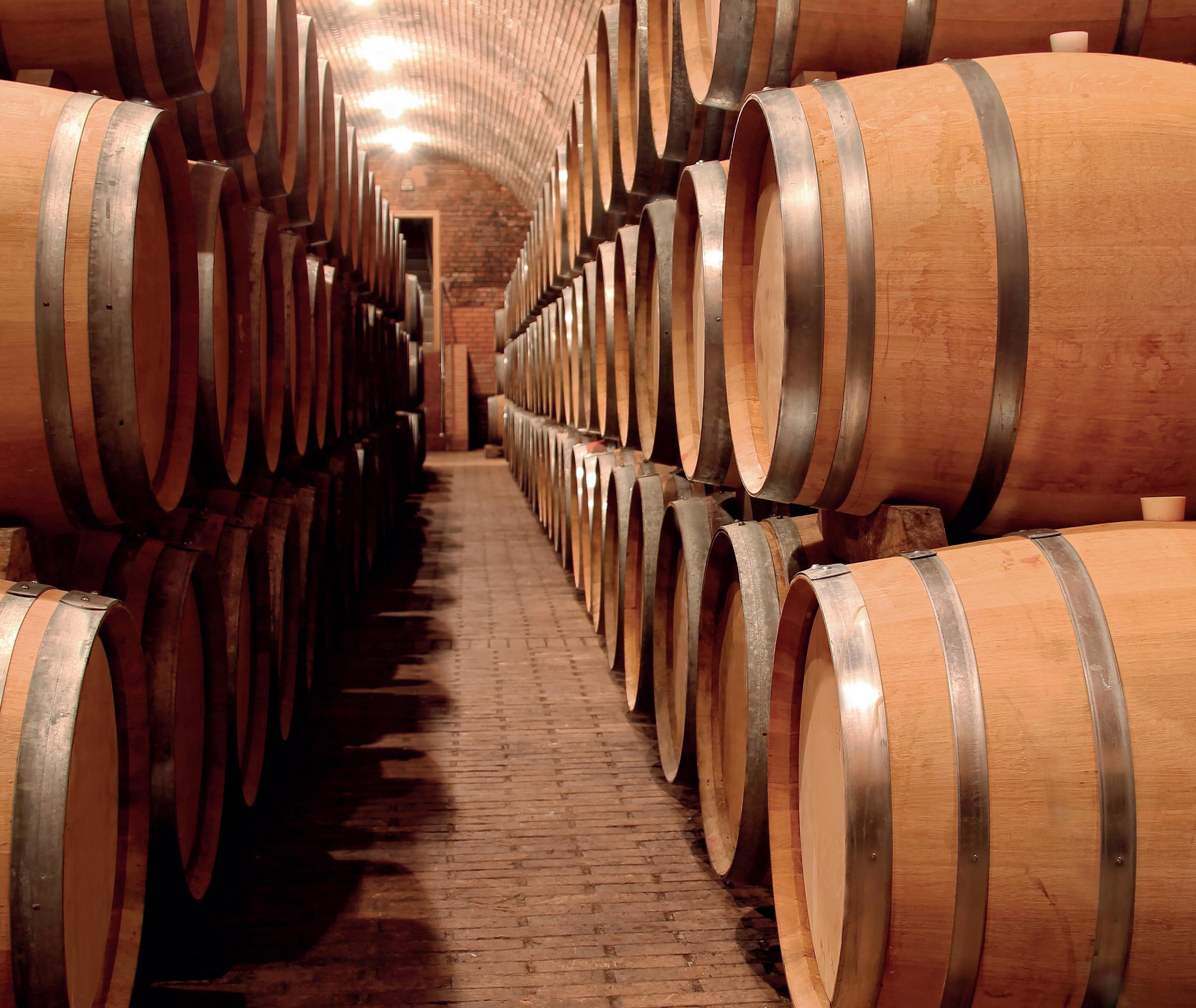



ITASCA WINES
Unsurprisingly, the winery will be built around two eight-tonne Europress presses from Scharfenberger, with tanks from Speidel and other equipment manufactured by Sraml. Itasca Wines believes most of the grapes grown in the area – around 70% – will be machine picked by next year, and so an augur built into the floor will allow the fruit to be tipped directly into a giant hopper and then fed straight into the press.
“It’s much more efficient than using a fork lift with a rotator lifting 220 kilo bins one at a time and tipping them into the press,” Malcolm commented.
The Essex facility will also be as easy on the environment as possible, with solar panels, reed bed-recycled water and other energy saving innovations. The steel-framed building will be insulated, temperature controlled and fitted with the latest technology. Customers are already forming an orderly queue, with 500 tonnes of its pressing capacity sold to date.
Wine tourism is increasingly big business in the UK, and Itasca Wines was quick to take advantage of the fact. “We started four years ago with a couple of scaffold boards placed across two wine barrels and covered with a white table cloth,” Malcolm recalled.
Tours of the vineyard and winery topped off with a glass or two of wine proved popular, and so a cellar door was added at Crondall. “As the cellar door is next to a footpath, we increasingly had walkers asking if we sold coffee, and so we changed direction slightly and developed a café and wine tasting room which now sells salads, cakes and hot drinks as well as hosting wine tasting evenings,” Malcolm said.
“If you visit on a Sunday morning you will often find a bunch of cyclists enjoying a bacon sandwich and a coffee at the end of their weekend run out.” Discounted wines are also available at the cellar door, which is open from Wednesday to Sunday.
In a further diversification, Itasca Wines has now bought Cranborne Lodge, a Dorset Palladian mansion built in 1730.
“Although it is now our building, we tend to see ourselves as custodians rather than owners,” said Malcolm. “It’s grade II* listed and a fantastic building which we are taking pride in developing with love and care.”
Malcolm and his team took the building over on 1 January this year and have already hosted seven large weddings of 150-plus people. They plan to turn it into a worldwide wine destination hotel which will be the home of high-end hospitality events and tastings, as well as planting 12 acres of the 28-acre chalk-based site with vines.
Cranborne Lodge has 14 bedrooms, with stable blocks and other outbuildings having the conversion potential to create a total of 22 units in total. “It’s a useful piece of diversification as the finite tonnage capacity of the wineries creates an income ceiling,” Malcolm explained.
The conversion will, of course, reflect Itasca Wines’ usual high-end philosophy, with architects and historical building specialists Ian Adam-Smith, interior designers Sims-Hilditch and historical planning advisers Whaleback all signed up to help take the project forward.
In what will be another multi-million pound, job-creating investment, Itasca Wines will also be adding a pool and gym to the venue.
Having been on board from the start, the last word goes to Malcolm’s business partner John Wilkins, who said simply: “The first five years have been exciting and the next five look like delivering more of the same.”
The plan is to turn Cranborne Lodge into a worldwide wine destination hotel which will be the home of high-end hospitality events and tastings
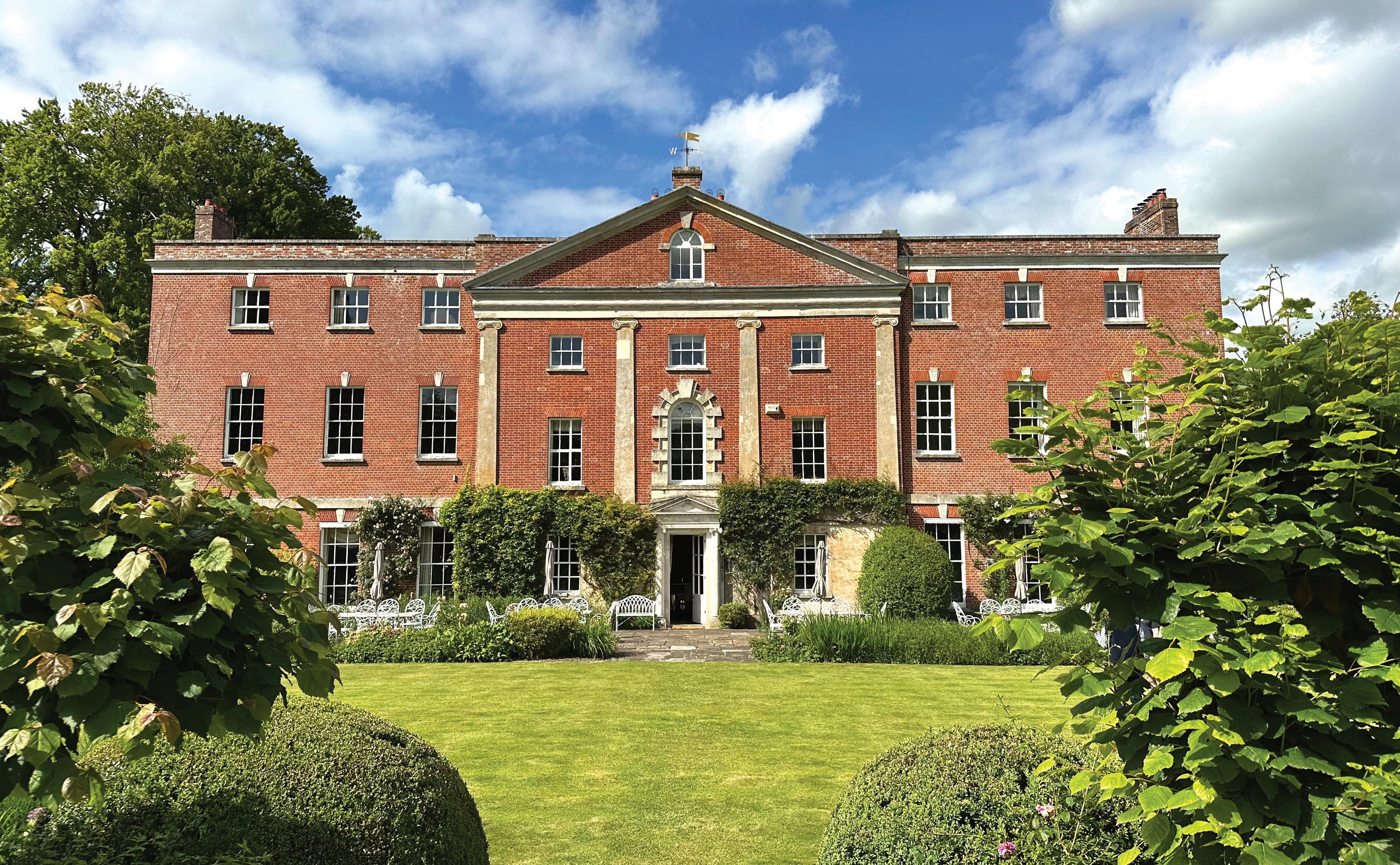





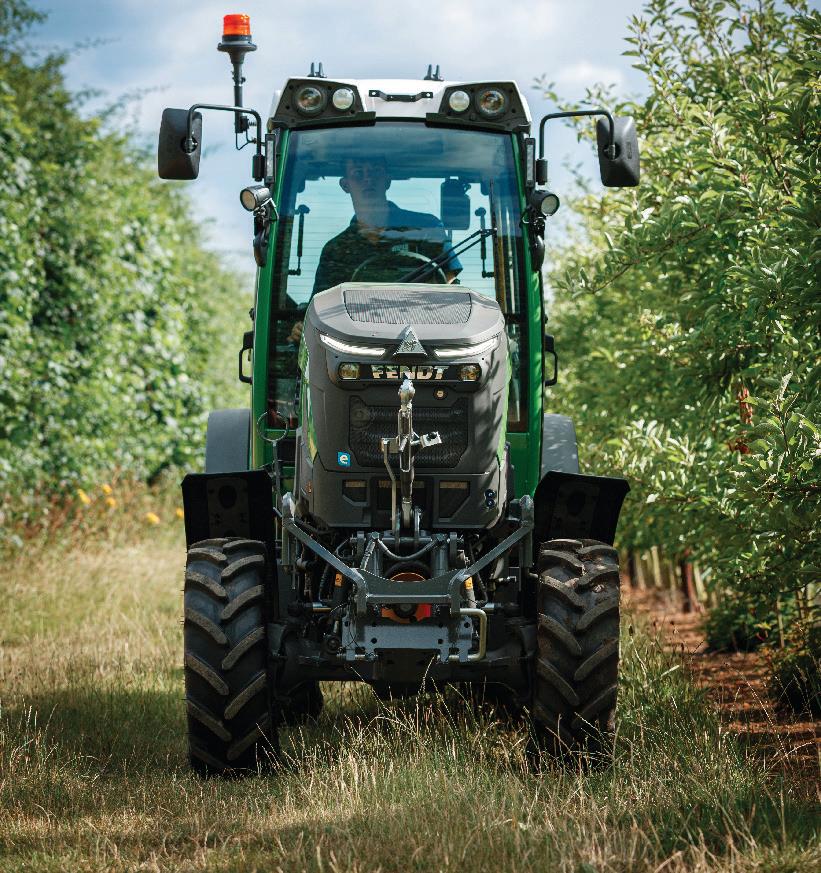
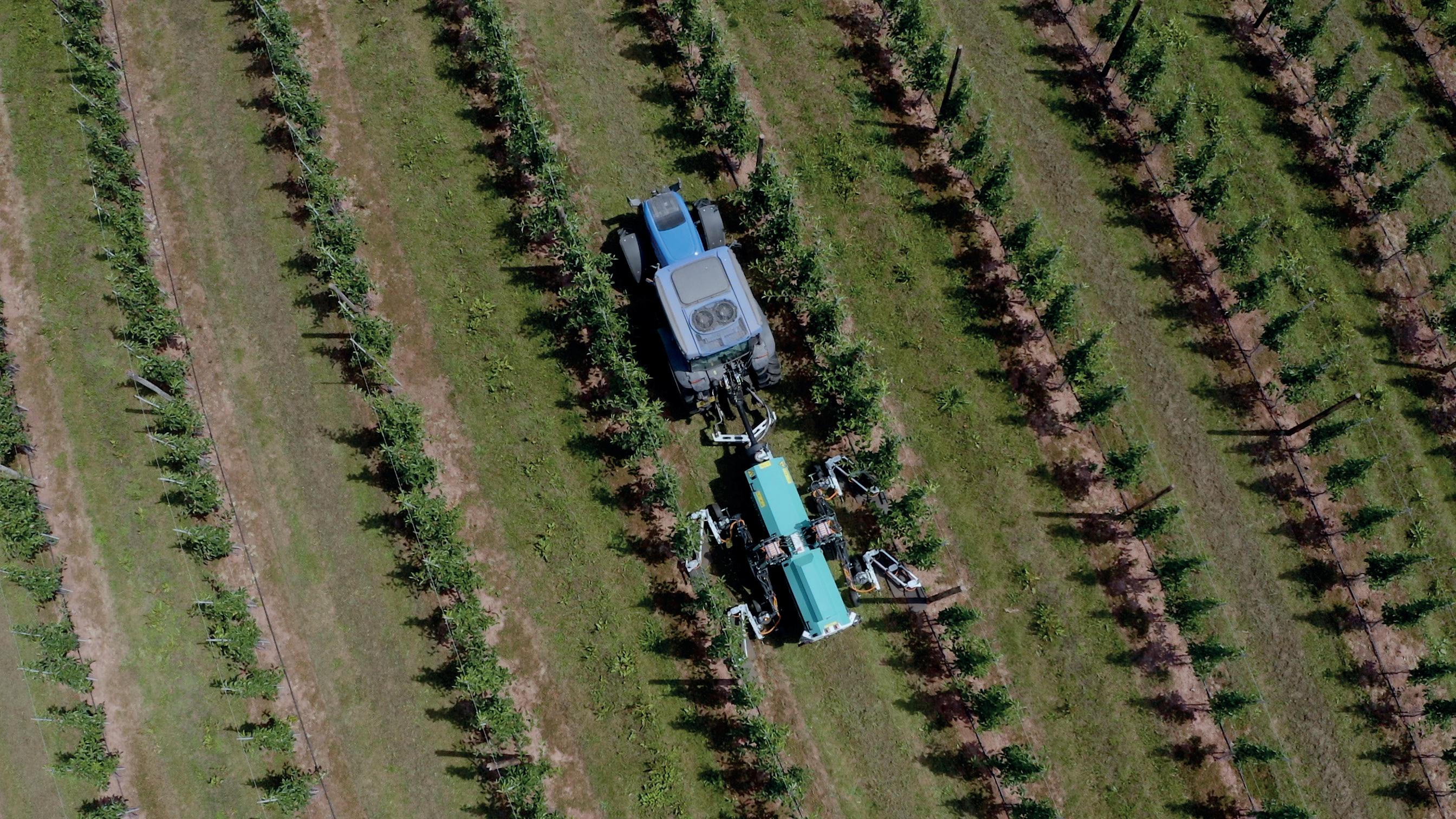



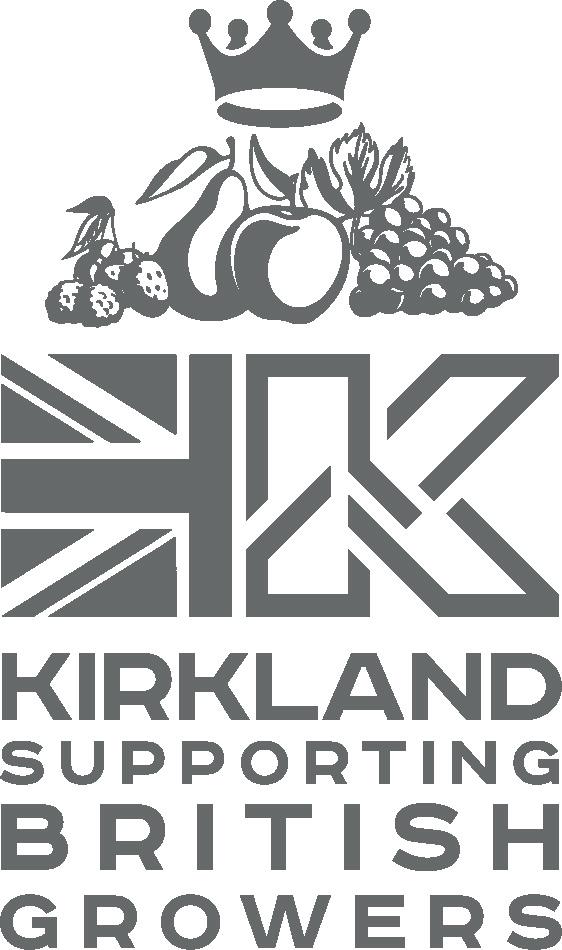
Say goodbye to herbicides in your vineyard. RootWave’s tractor-mounted eWeeder uses high-frequency electricity to kill weeds from the root up — delivering up to 99% control in a single pass. It’s fast, effective, and 100% chemical-free. Book your demo today!

Sustainable tree protection
Tubex, a Magnera brand, has announced that all its marketleading recyclable tree shelters are now being produced using a minimum of 50% recycled content, a significant milestone in the company’s ongoing drive to improve sustainability in tree protection.
Available for the 2025/26 planting season, Tubex’s standard shelters of all heights, including its Shrubshelter and Easywrap range, will all contain a minimum of 50% recycled material, with an increasing proportion of that recycled content coming directly from used shelters recycled through Tubex’s Collection & Recycling Programme.
This latest improvement forms part of the manufacturer’s wider goal of improving the sustainability proposition for tree shelters as Dean Latten, Tubex’s Plant Director, explains:
“It was always our goal to maximise the amount of recycled content in our shelters, but we needed to ensure that we could manufacture consistently at that increased level. Thanks to a brilliant effort from our team in Aberdare, we are now able to do this.
“This is the same leading recyclable shelter range that thousands of landowners and foresters trust, just made with more recycled material. We’re always looking for ways to improve what we offer, and this is another step in the right direction for us.”
Tubex recycled shelters have the lowest carbon footprint in our range and are 100% recyclable at end of life. This closedloop system enables contractors and landowners to minimise waste, meet regulatory requirements and reduce the long-term impact of their planting projects.
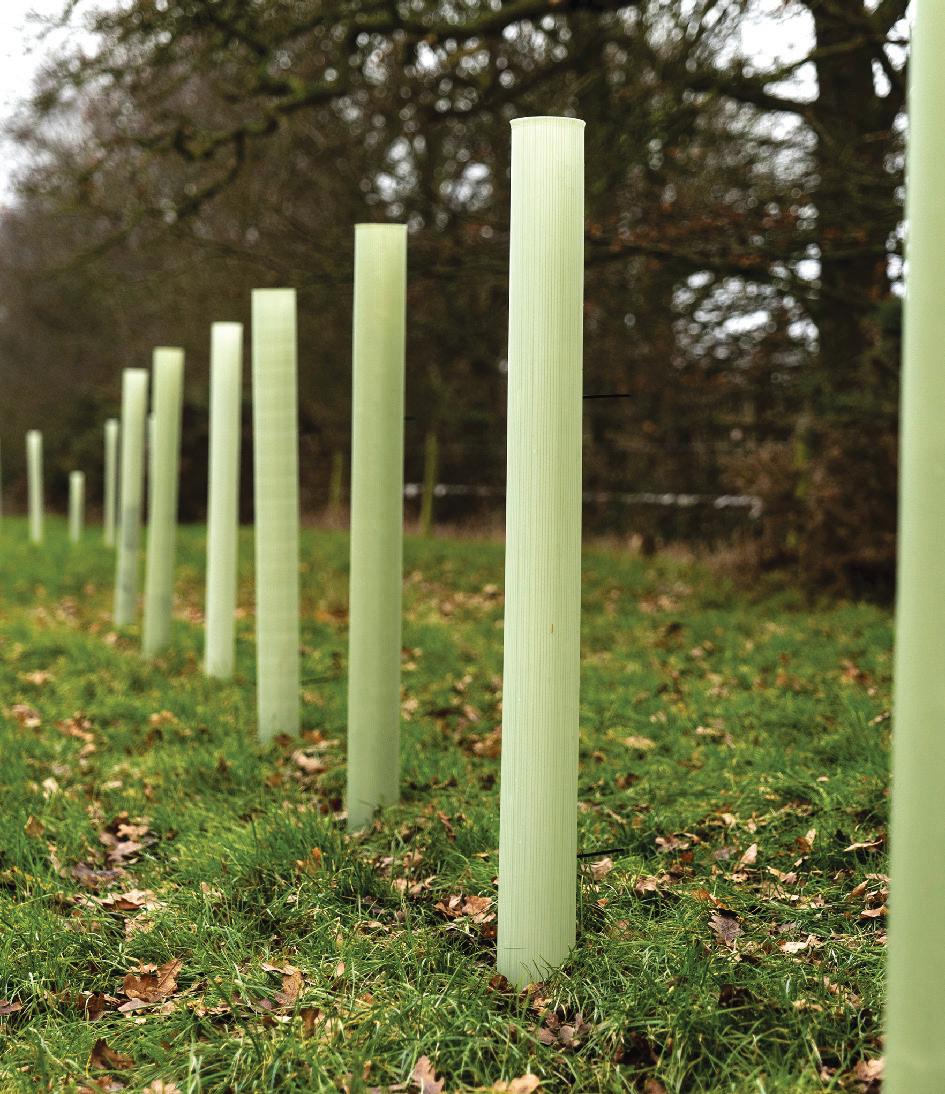
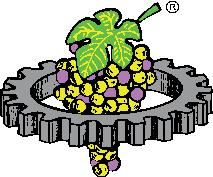
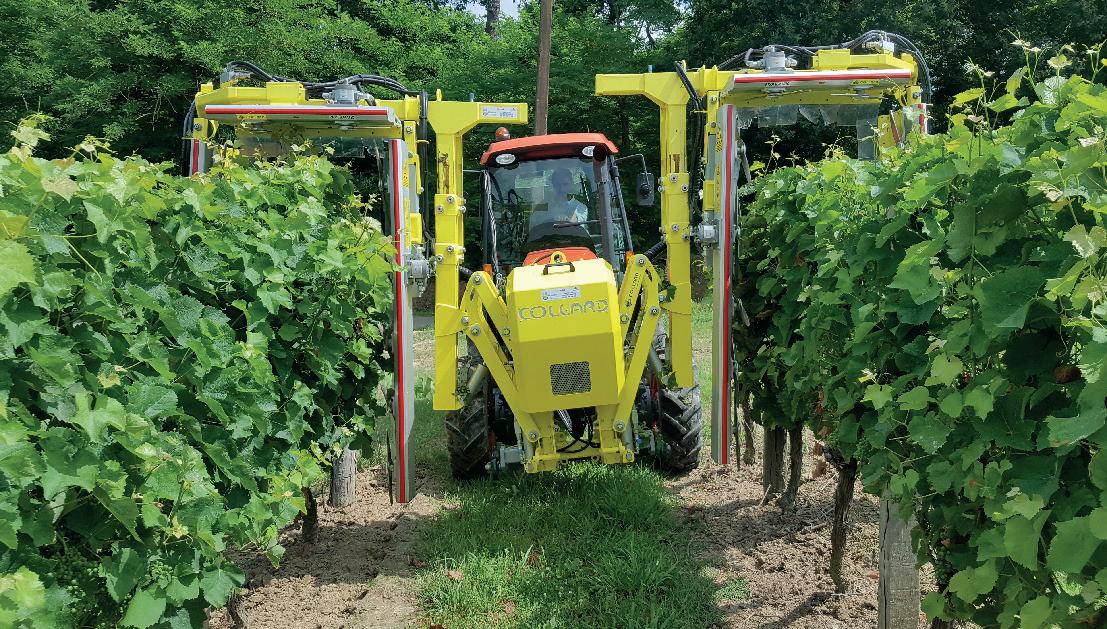
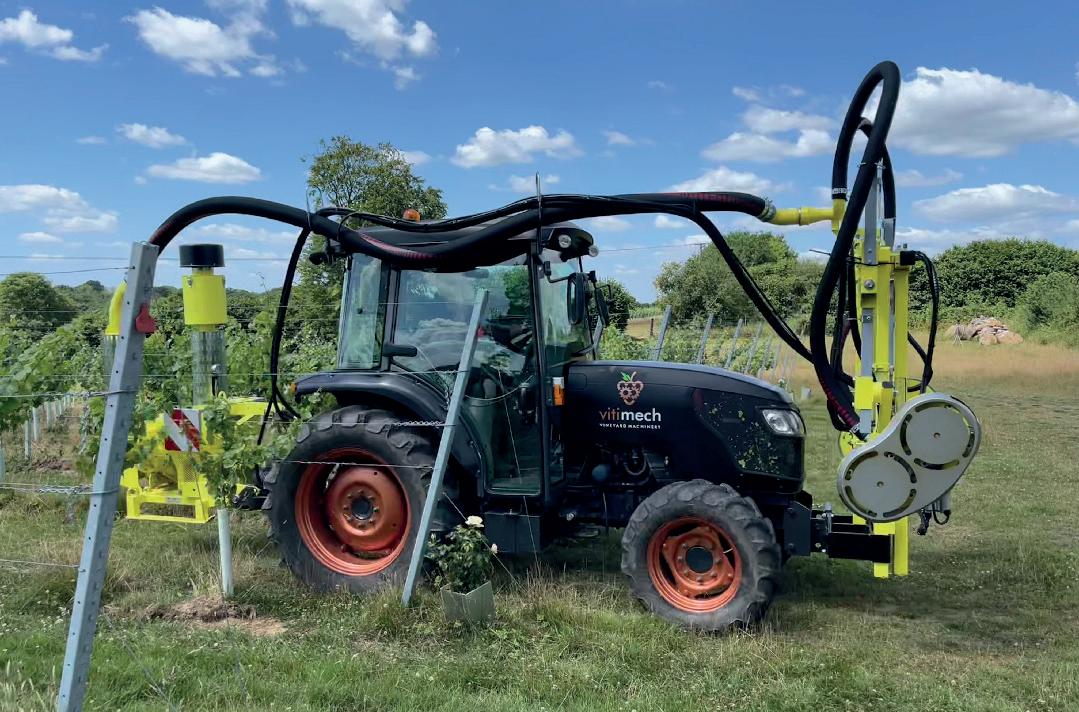

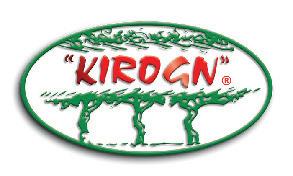

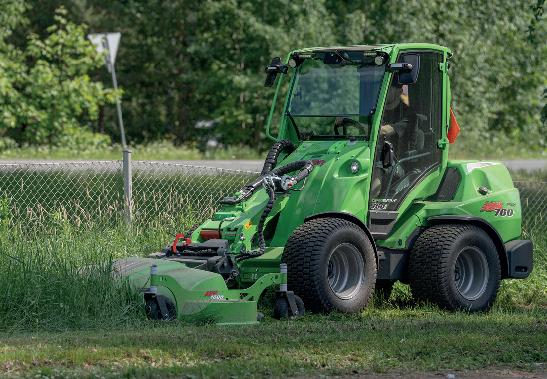
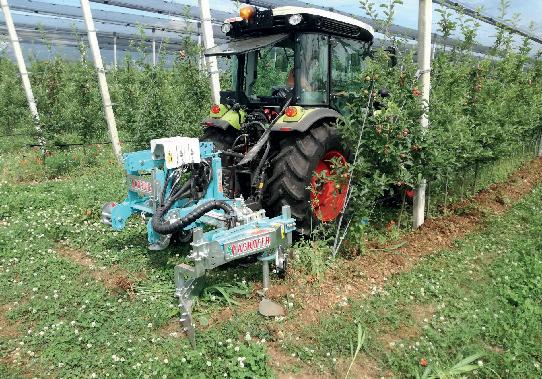

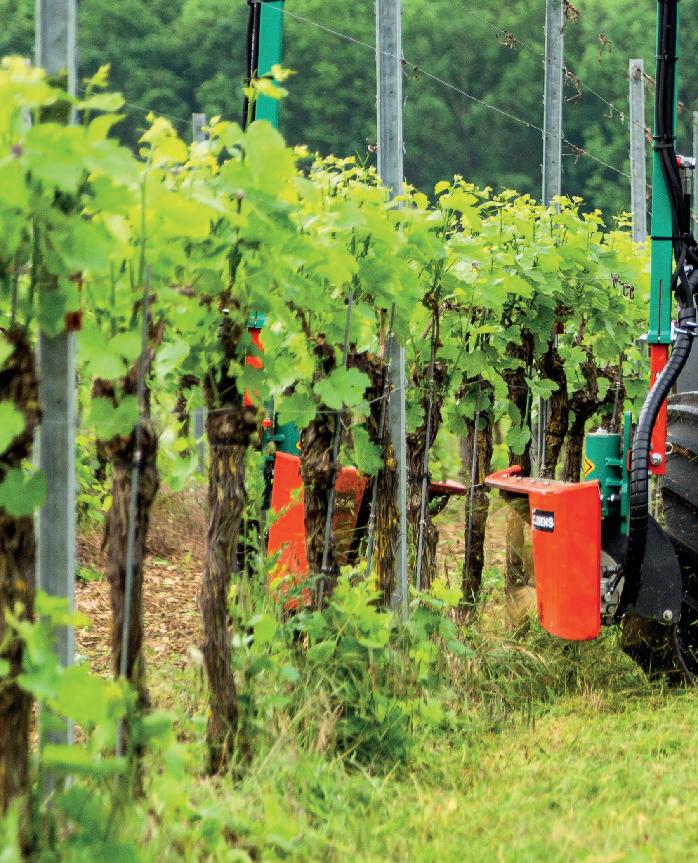




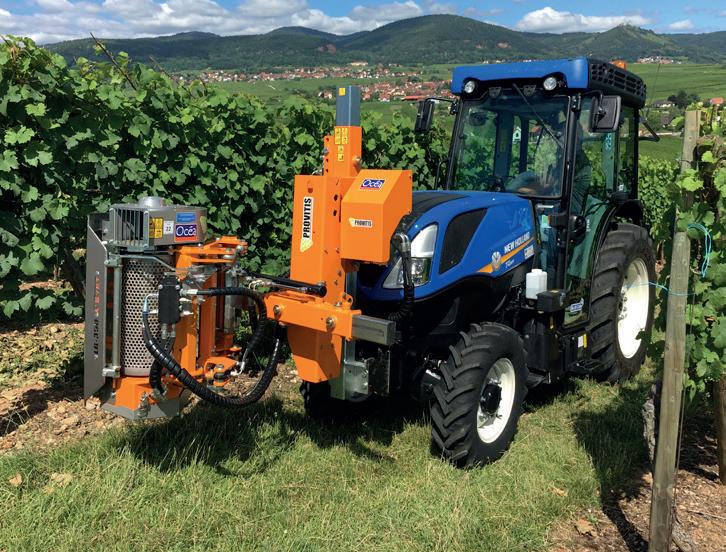
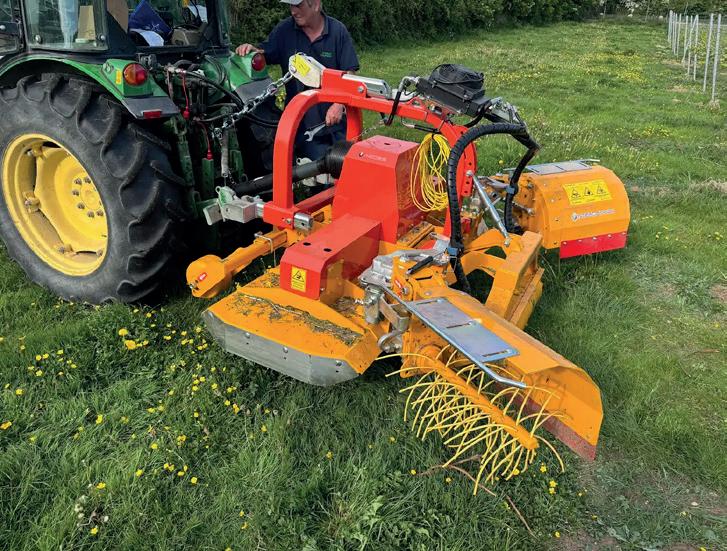
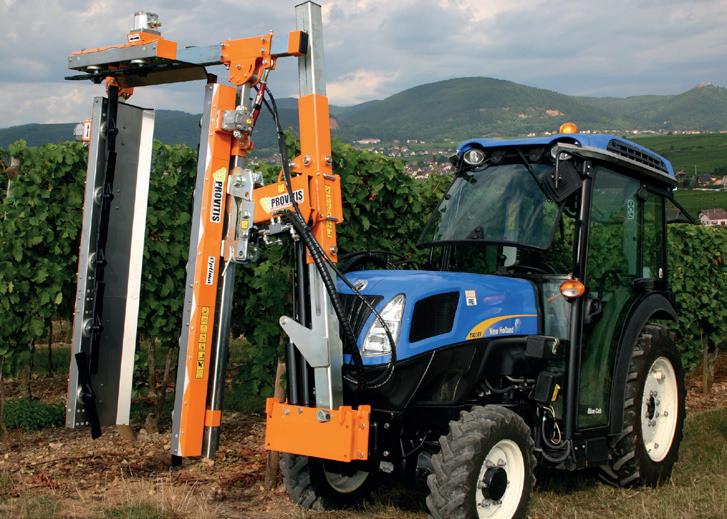
Exclusive partnership
Kirkland UK announces exclusive partnership with BURRO AI to import and distribute autonomous transport solutions across the UK revolutionising vineyard and orchard operations with next-generation robotic technology.
Kirkland UK, a leading supplier of specialist machinery to the UK fruit industry, is proud to announce an exclusive partnership with BURRO AI, the US-based pioneer in autonomous mobility platforms for agriculture. Under this partnership, Kirkland becomes the official importer and distributor of BURRO’s autonomous transport units in the UK.
BURRO is designed to streamline labour-intensive agricultural tasks through AI-powered automation. These autonomous machines can carry loads, follow workers, and even navigate complex environments without human intervention—dramatically increasing productivity and efficiency in vineyards, orchards, and other horticultural settings.
“We’re thrilled to bring BURRO to the UK market,” said Scott Worsley, Managing Director of Kirkland UK. “Our mission has always been to offer innovative solutions that reduce labour dependency and improve operational efficiency. BURRO fits perfectly with that ethos and brings game-changing automation technology right to our customers’ fields.”
Key features of the BURRO AI platform include:
◆ Hands-free operation: Using cutting-edge computer vision and GPS, BURRO can follow workers or run fully autonomously on pre-mapped routes.
◆ Modular payloads: Easily adaptable for various transport tasks, from carrying crates of fruit to hauling tools or supplies.
◆ Multiple units can operate in sync to support larger operations or replace traditional transport equipment.
◆ Multiple uses: Attach a sprayer, mower, or custom tools to fit your operation.
The partnership marks BURRO’s first major entry into the UK market, where labour shortages and rising operational costs are increasingly challenging for growers.
“There are over 550 Burros across the US and Australia, and we are racing to double production from 25 a month today towards 50+ a month as we see more and more demand for labour saving automation that works in vineyards, berries production and nurseries. We have had tons of dealers from the UK and the EU reach out to us over the past few years, but Scott and Kirkland really stood out as they knew some of our existing dealers well, and had great end customer feedback. In short, we are thrilled to be working with them and to be in the UK,” said Charlie Anderson, CEO of BURRO.
The BURRO platform will be available for demonstration and immediate delivery through Kirkland UK.
For more information, visit www.kirklanduk.com or contact info@kirklanduk.com
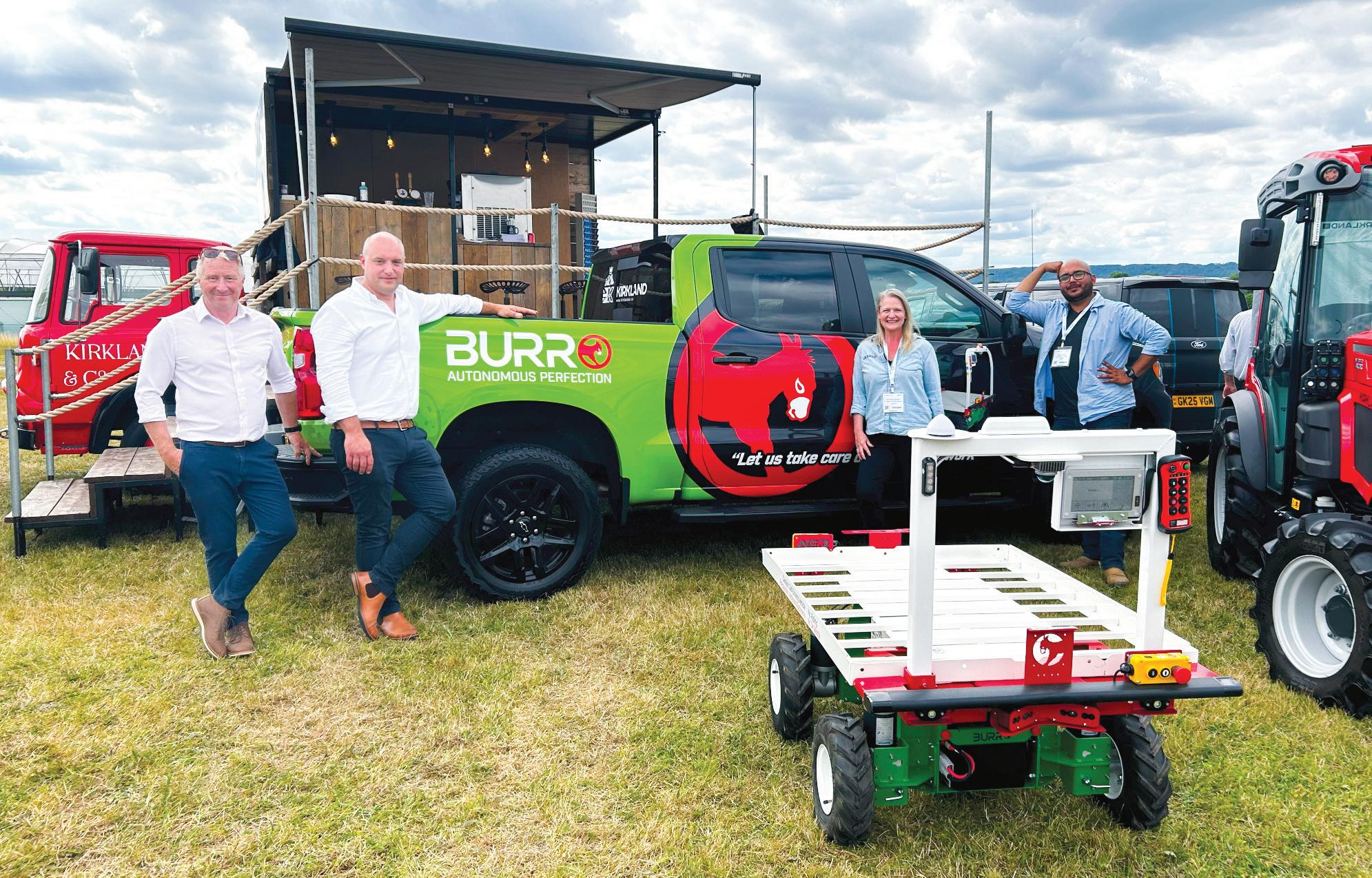
A range of trimmers
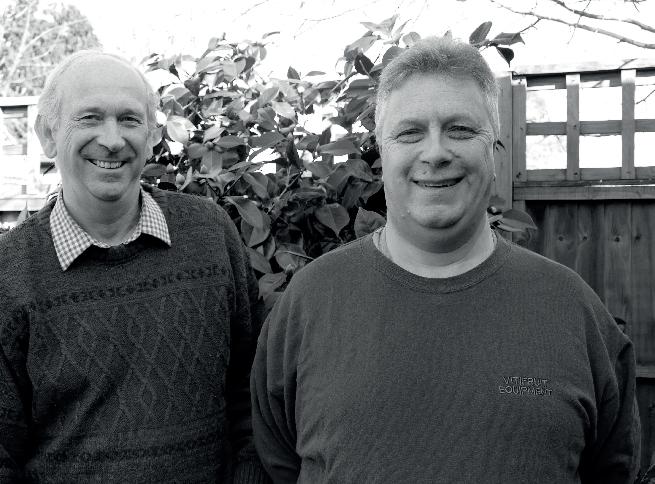
VITIFRUIT
EQUIPMENT
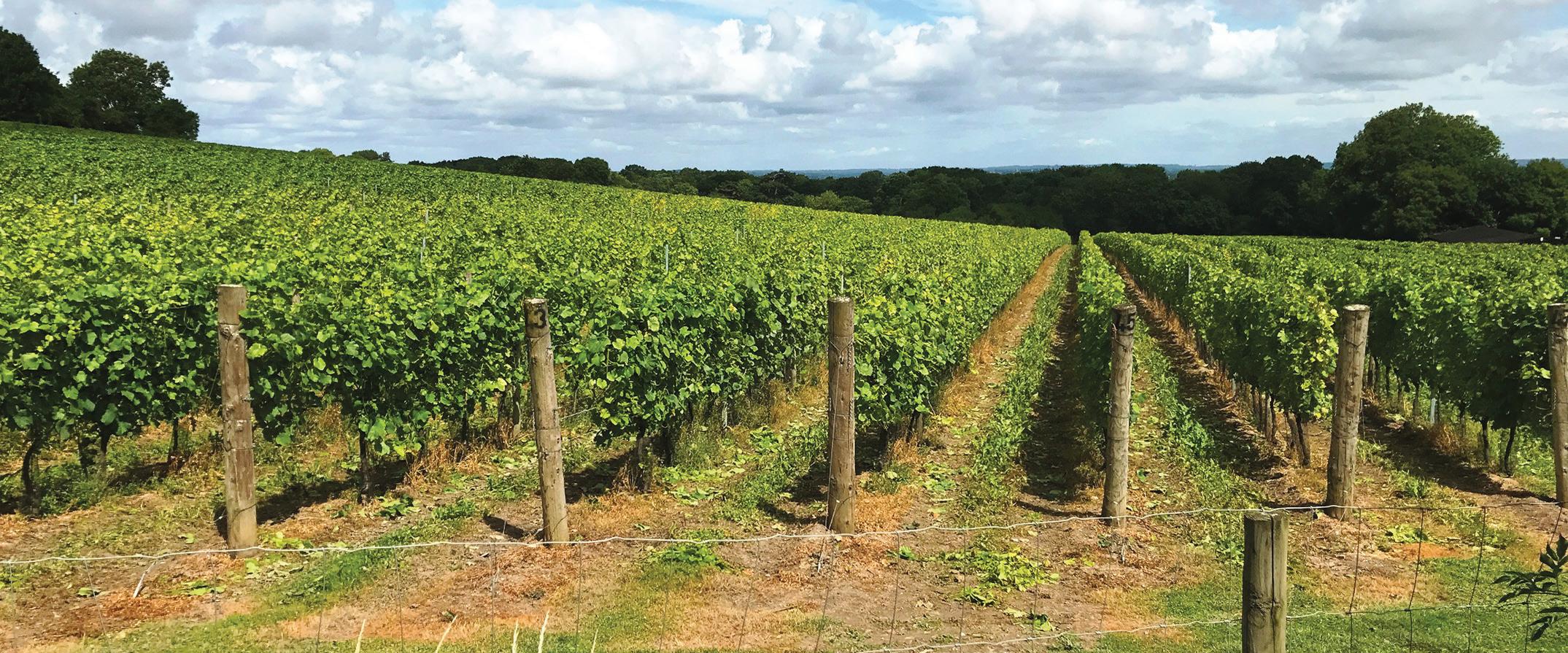
After wrapping up another successful academic year and as the school holidays roll around once more, my wife and I thought it was time for a family treat, and lunch at our local winery seemed like the perfect plan, writes Chris George of Vitifruit Equipment.
A few hours before we arrived the vineyard’s trimmer had been hard at work, it would have been nice for my wife and kids to see this machine in action, so as we wondered around the vines I explained the process and they could see the results first hand.
Spending so much time in vineyards can sometimes make the scale of our work feel routine, however as I explained it was particularly pleasant to see the looks of astonishment as they realised the magnitude of just the trimming, not to mention everything else.
Provitis have been a trusted name in vineyard machinery for nearly two decades, recognising that each vineyard has its unique needs. Provitis understand that performing efficient summer trimming leads to easier and more cost-effective winter pruning and cane pulling, contributing to overall savings. They offer a range of trimmers that
suit various budgets, starting with the ‘one half row’ model and progressing to the ‘one complete row’ model. Both these machines utilize the standard Provitis mast system, which is compatible with most of the Provitis equipment.
For those in need of more heft, there are larger models available, including the ‘two half rows’ and ‘two complete rows’. Both larger machines have independent fixing systems and do not need the Provitis mast system. Despite the price differences, all the Provitis Trimmers are essentially the same, you just have more vertical cutting heads. When specifying a machine, you can opt for three, four, or five vertical blades, allowing a vertical cutting heights ranging from 109cm to 189cm.
Boasting numerous features for heightened efficiency and user-friendliness, the trimmers are equipped with 430 mm cutting blades made of hardened steel, ensuring durability and precision. These blades are angled at a 5° incline towards the vegetation, preventing repetitive cuts and minimizing backwards projection.
Powered by conventional tractor hydraulic connections, these trimmers
employ maintenance-free flat transmission belts, driving the robust 43cm blades at an impressive 2000 rpm – equating to 33 revolutions per second! Crafted from durable stainless steel and aluminium, they are designed to withstand the elements and resist rust.
Trimmers are available to hire at Vitifruit Equipment, though availability is limited, so early reservations are recommended. Explore Provitis’s full range by downloading their catalogue from their website at www.provitis.fr
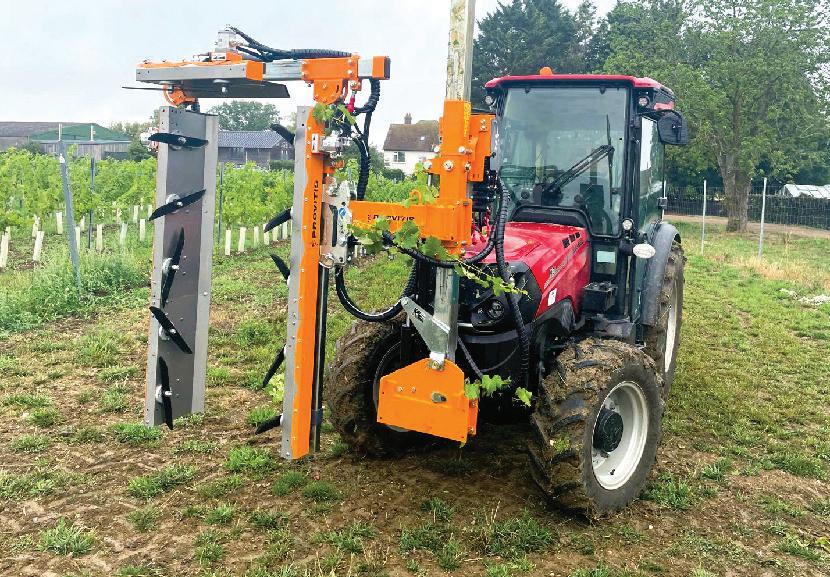
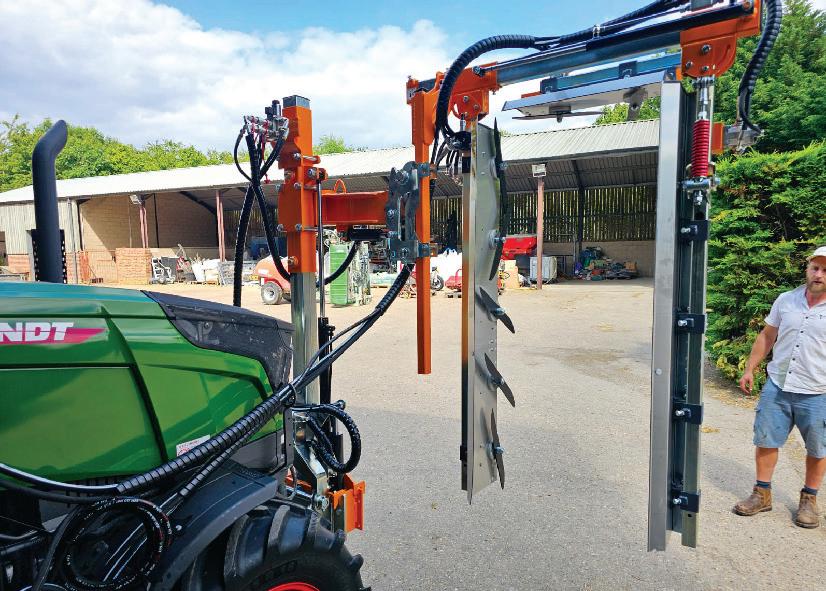
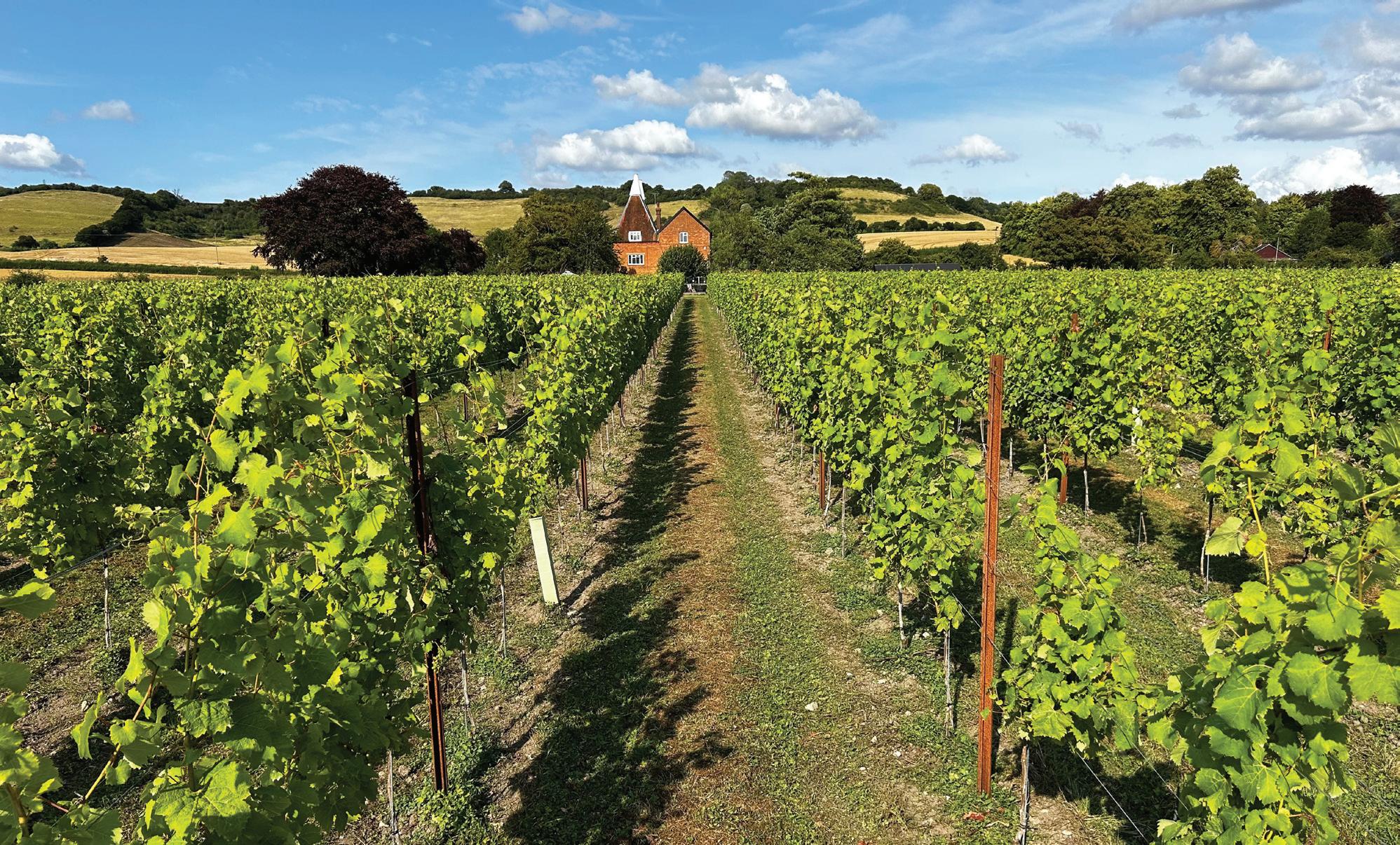
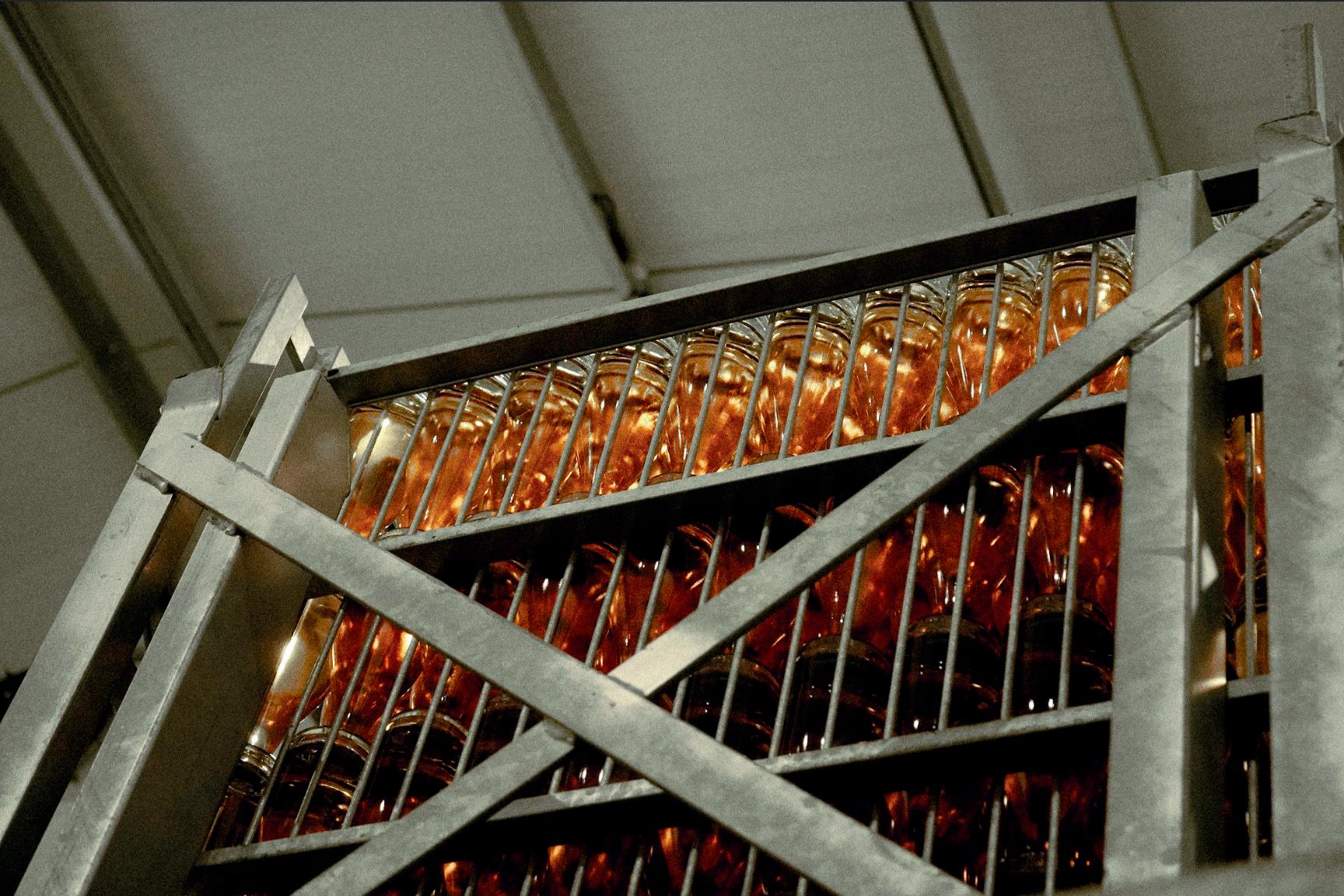
www.itascawines.com
